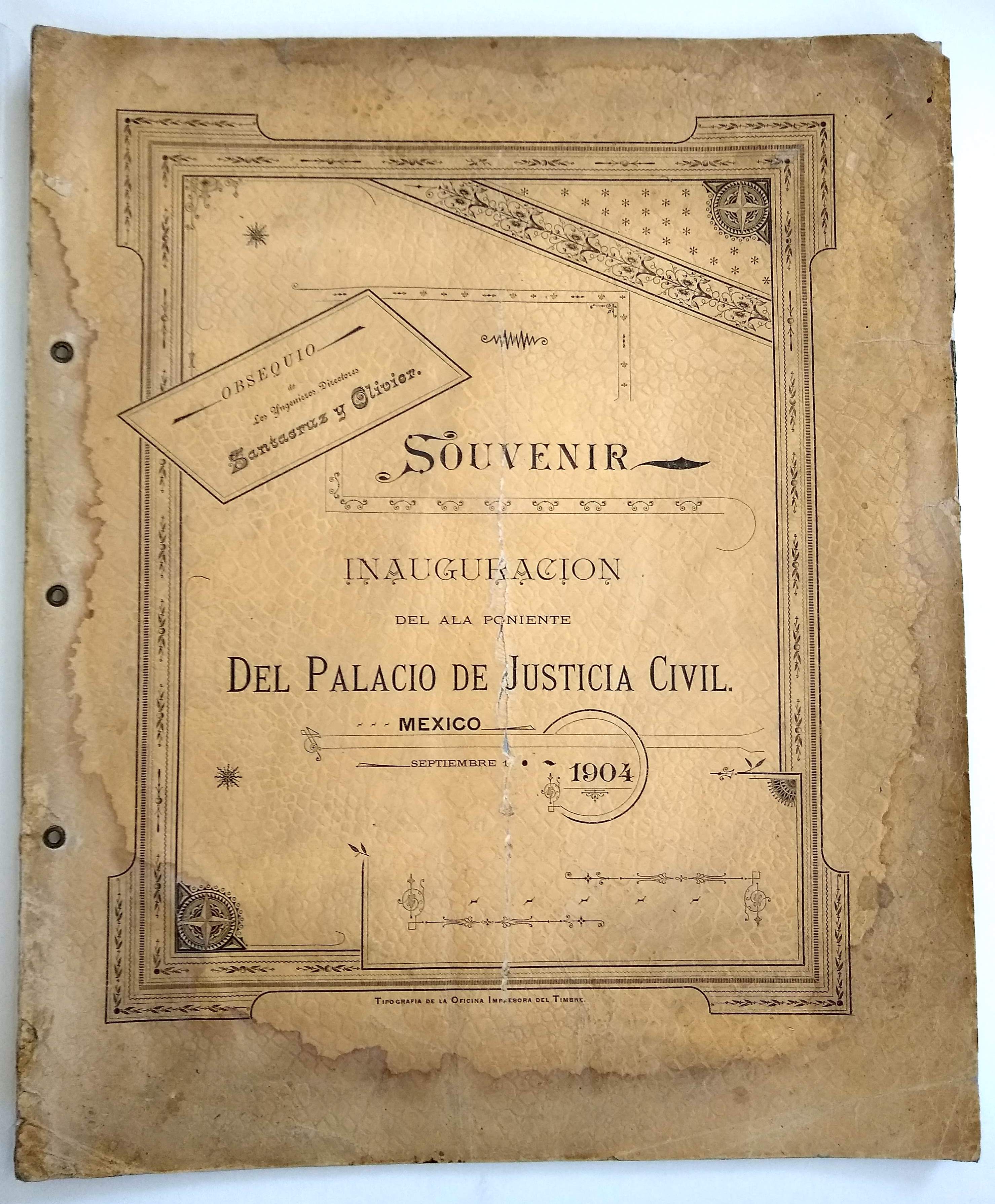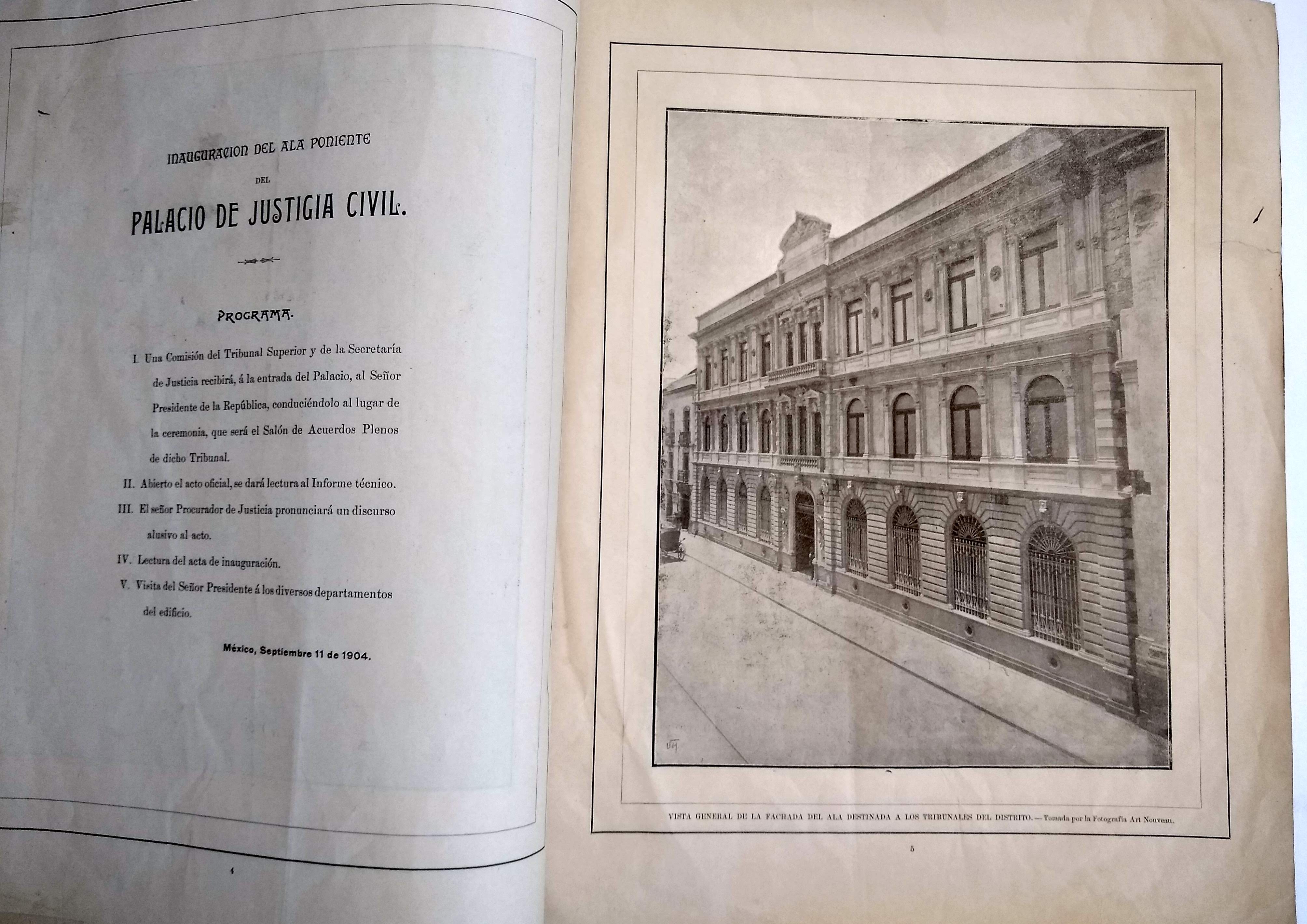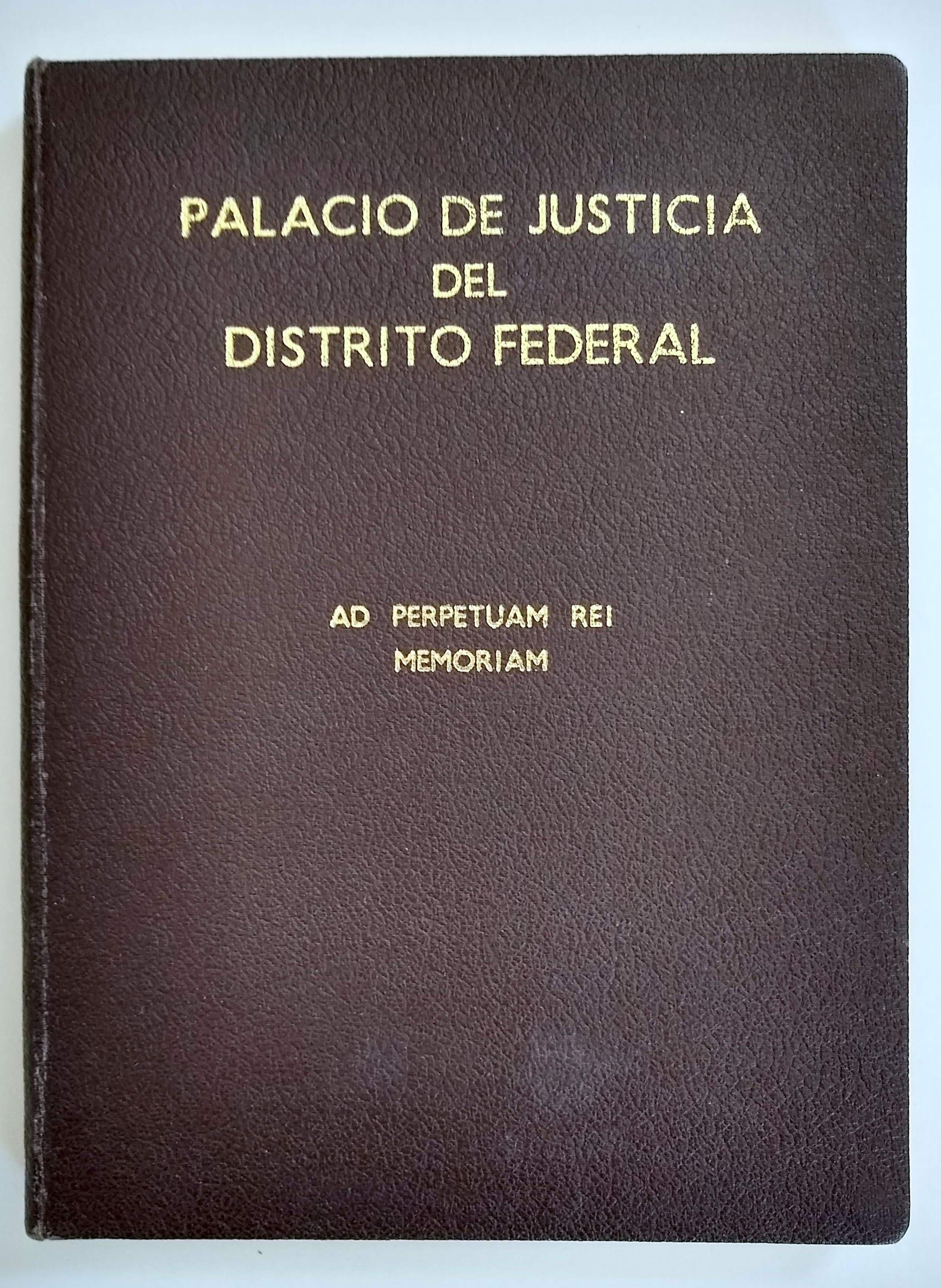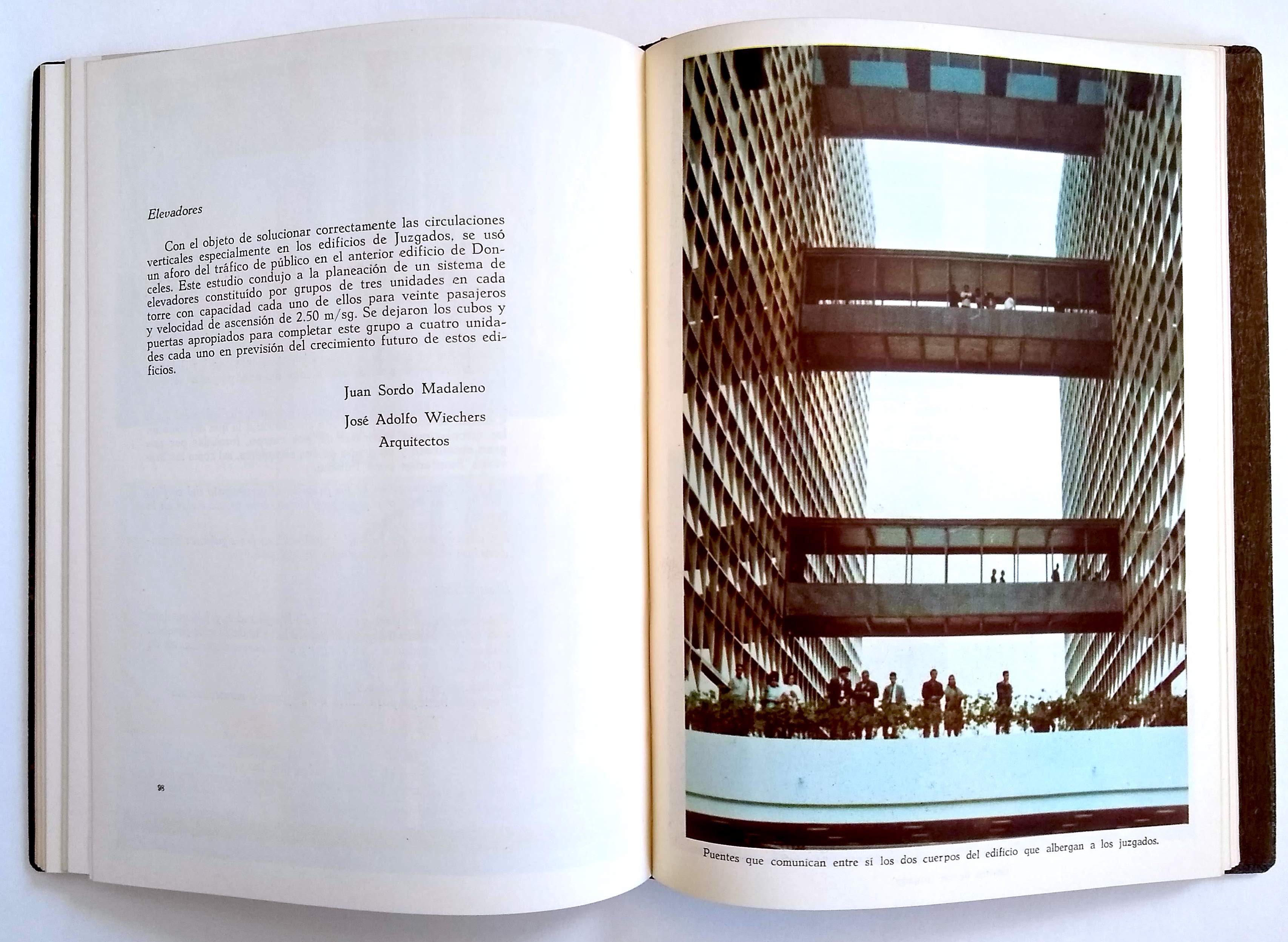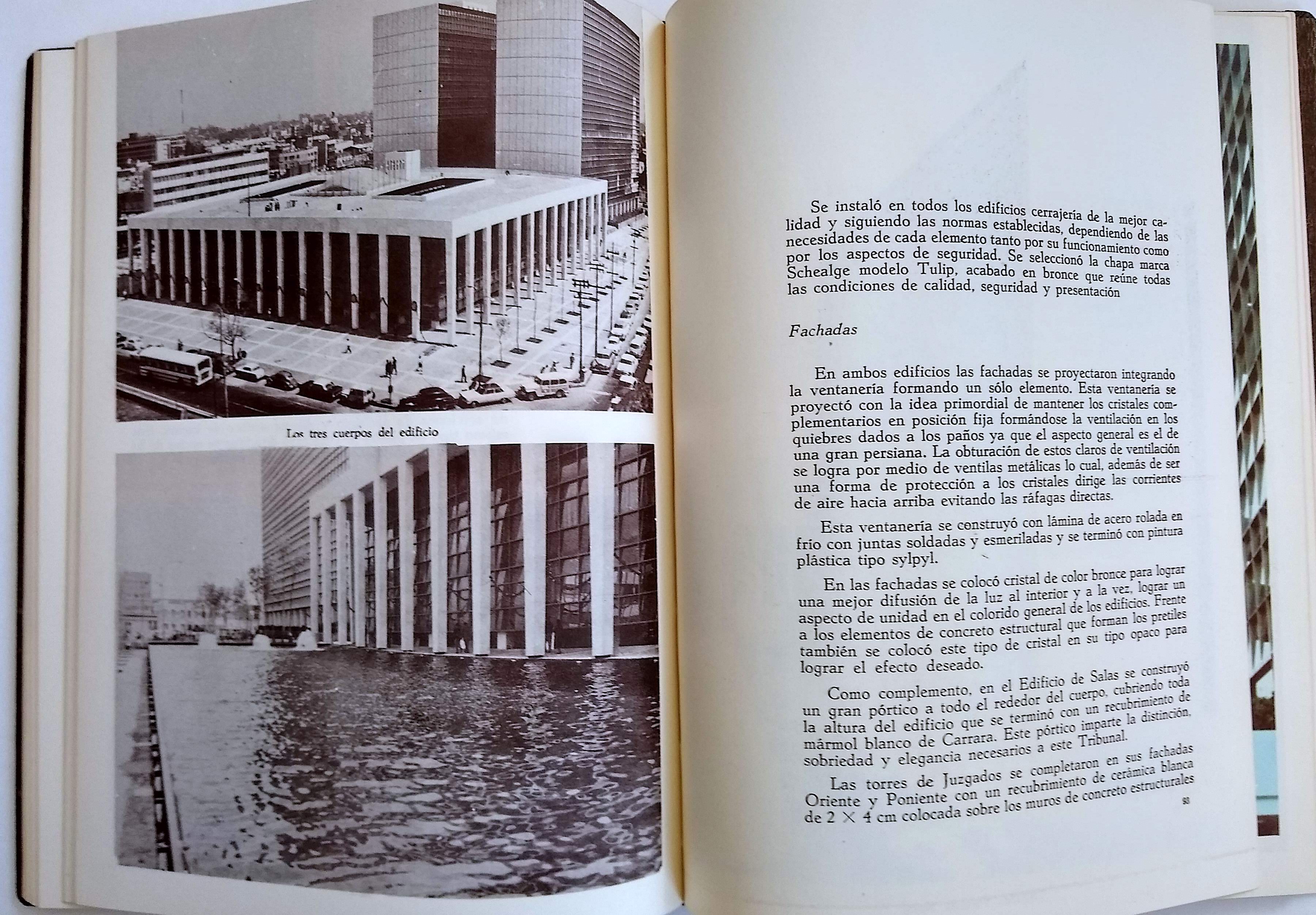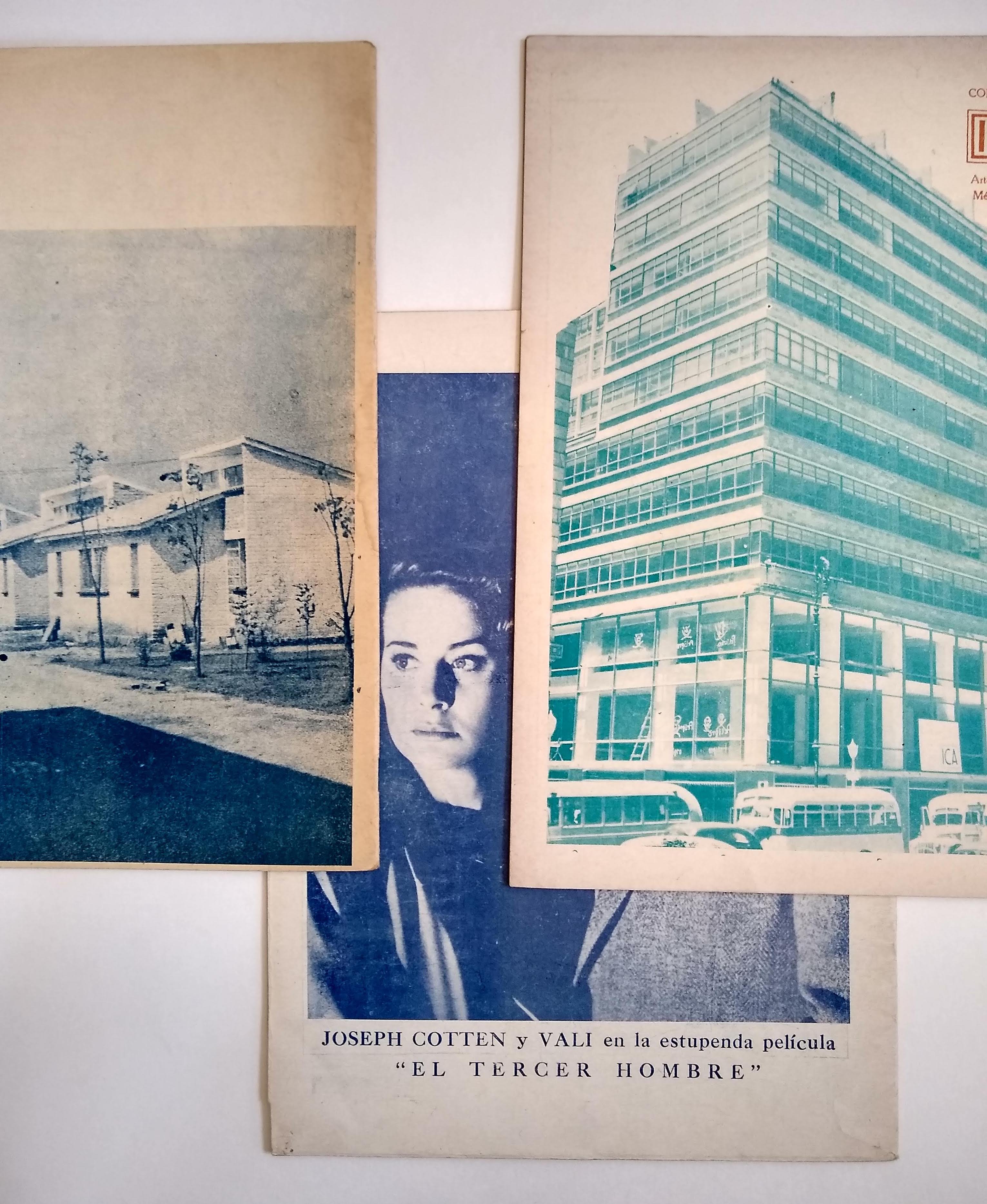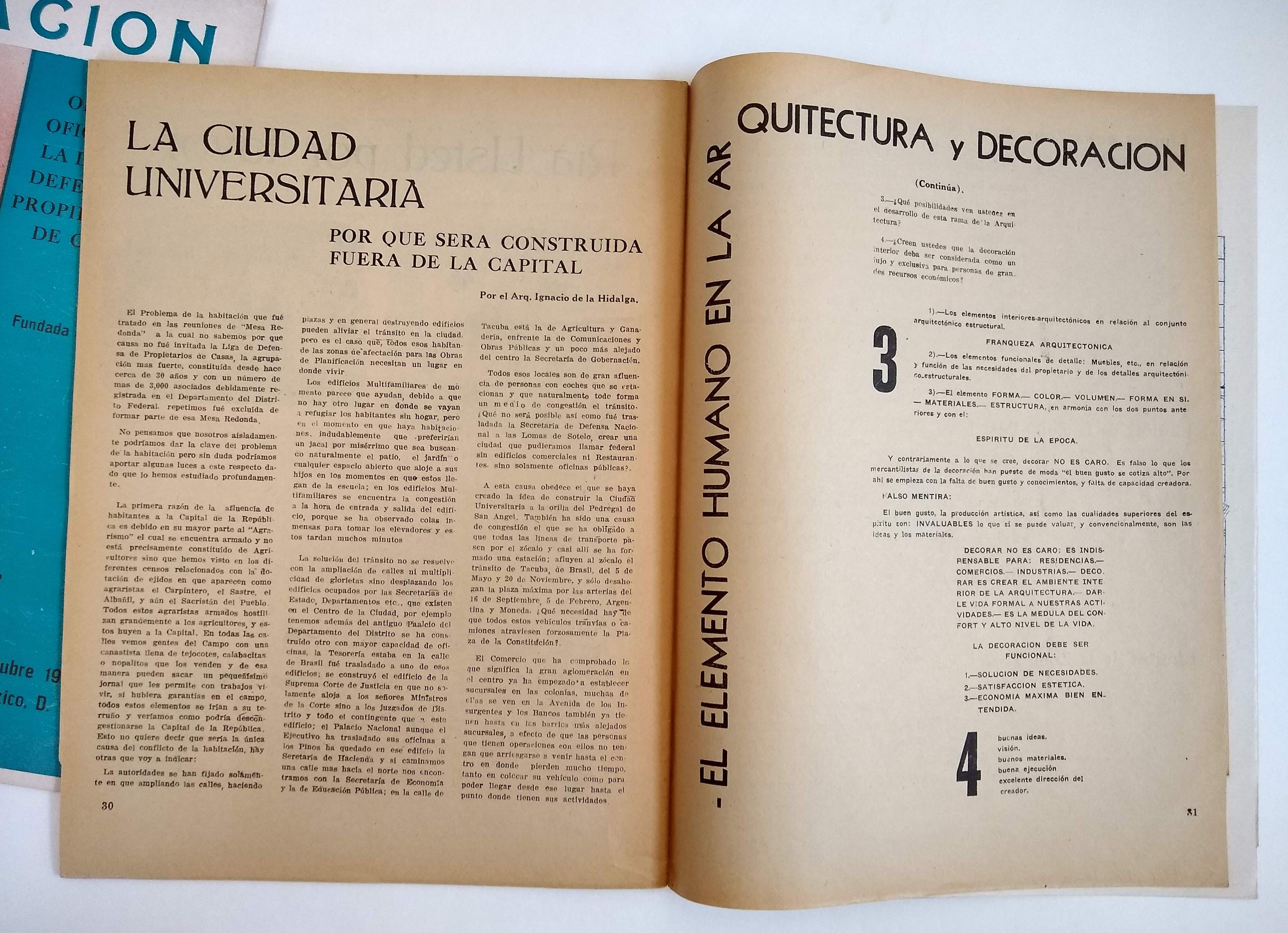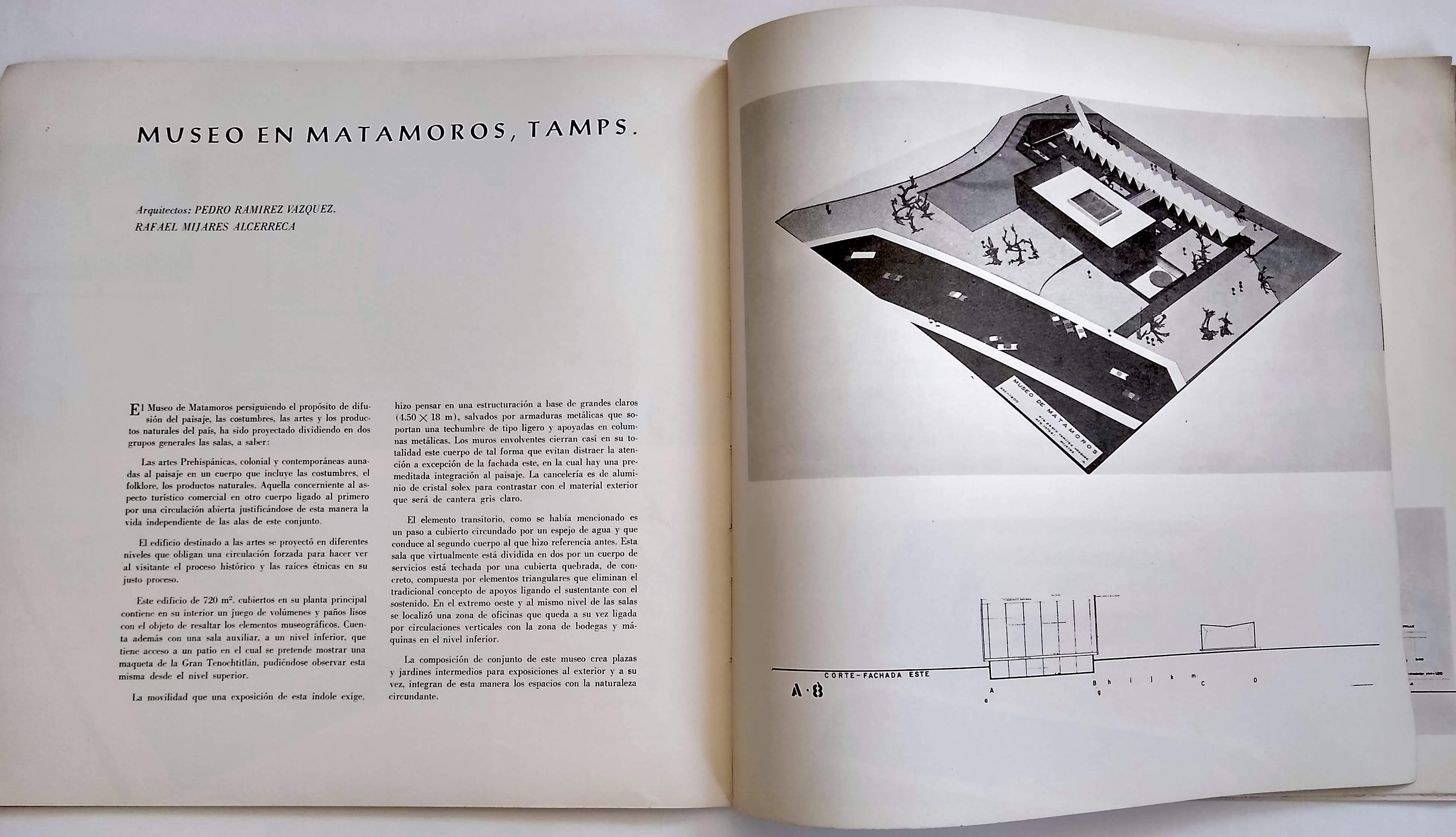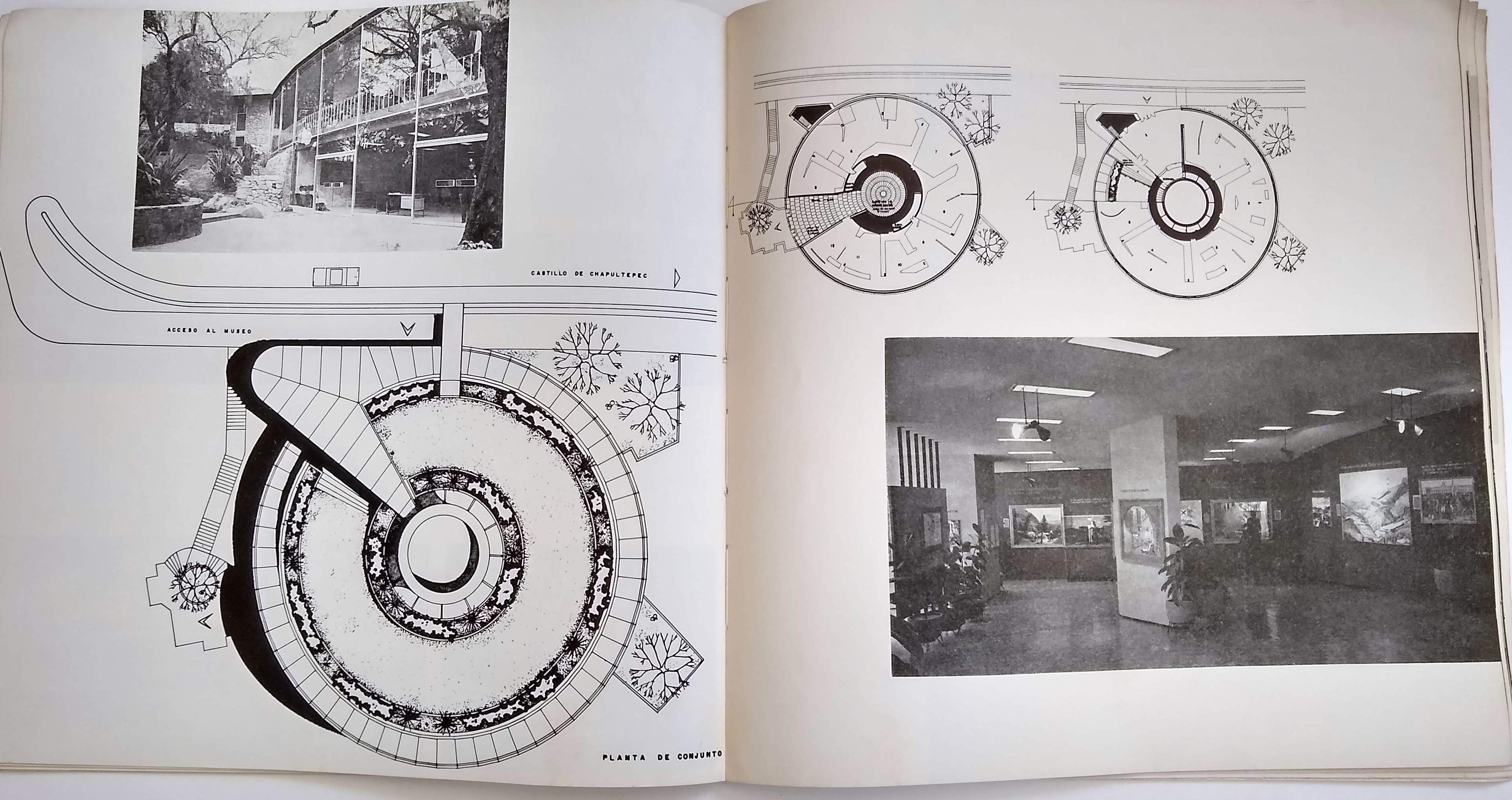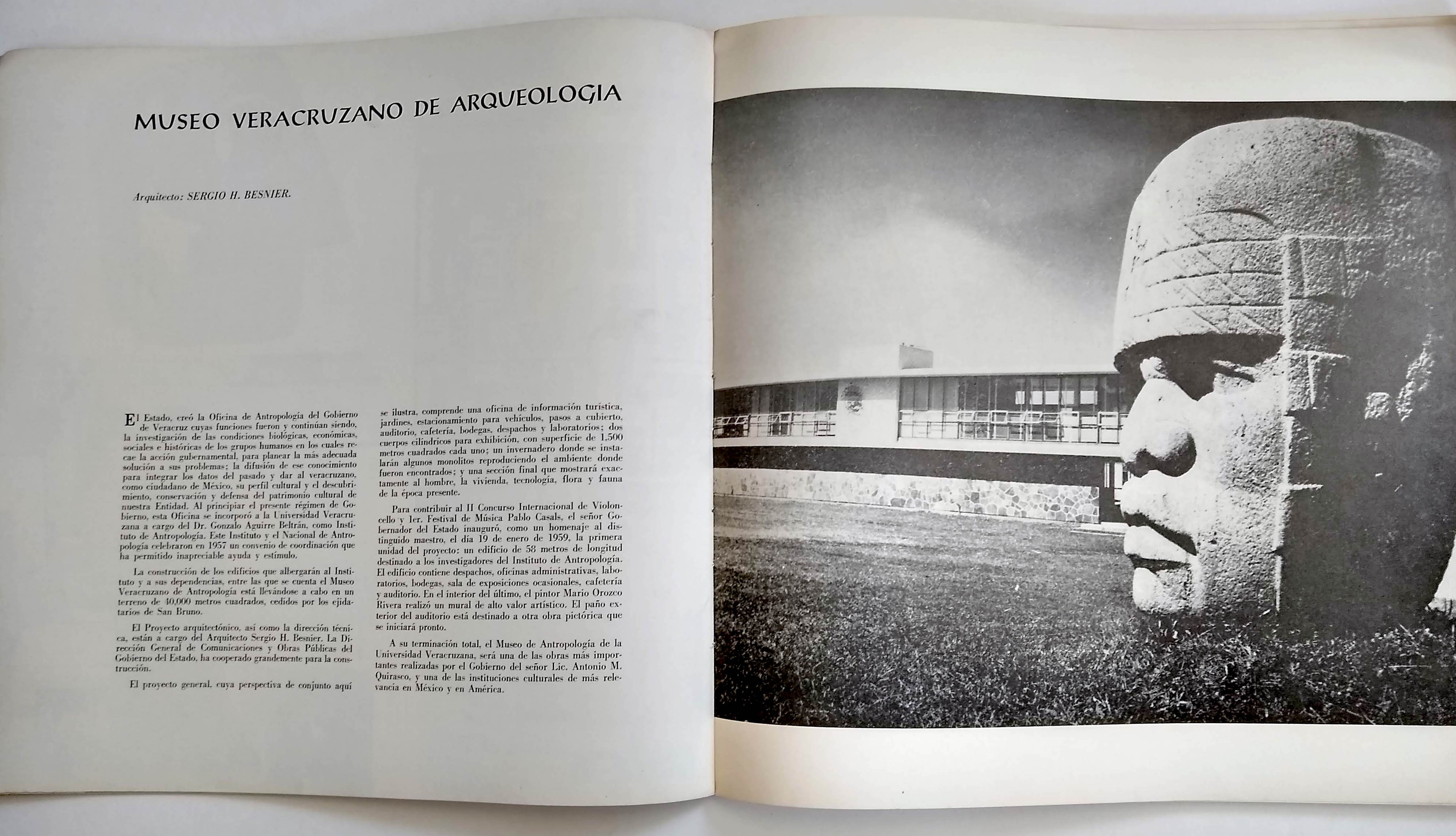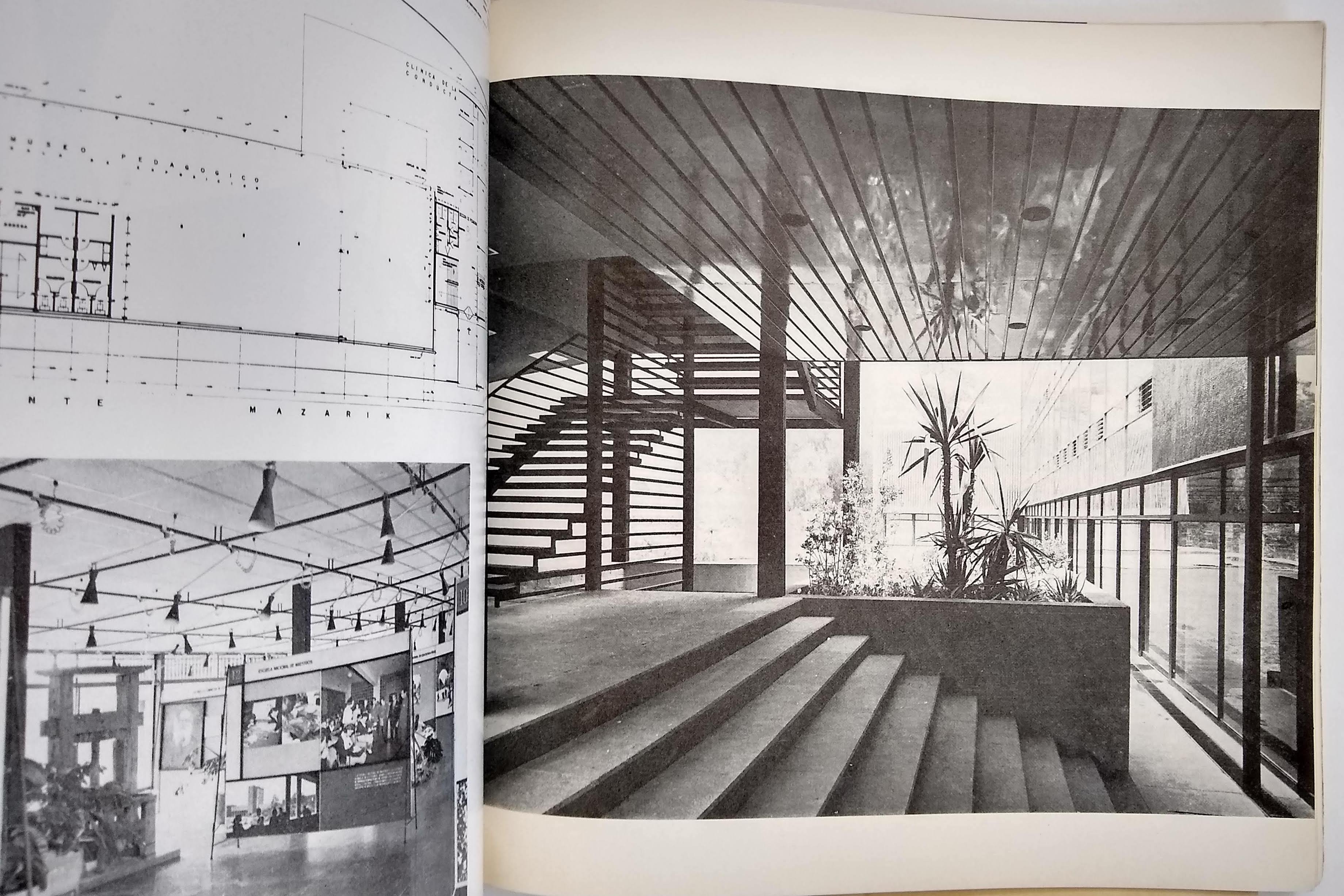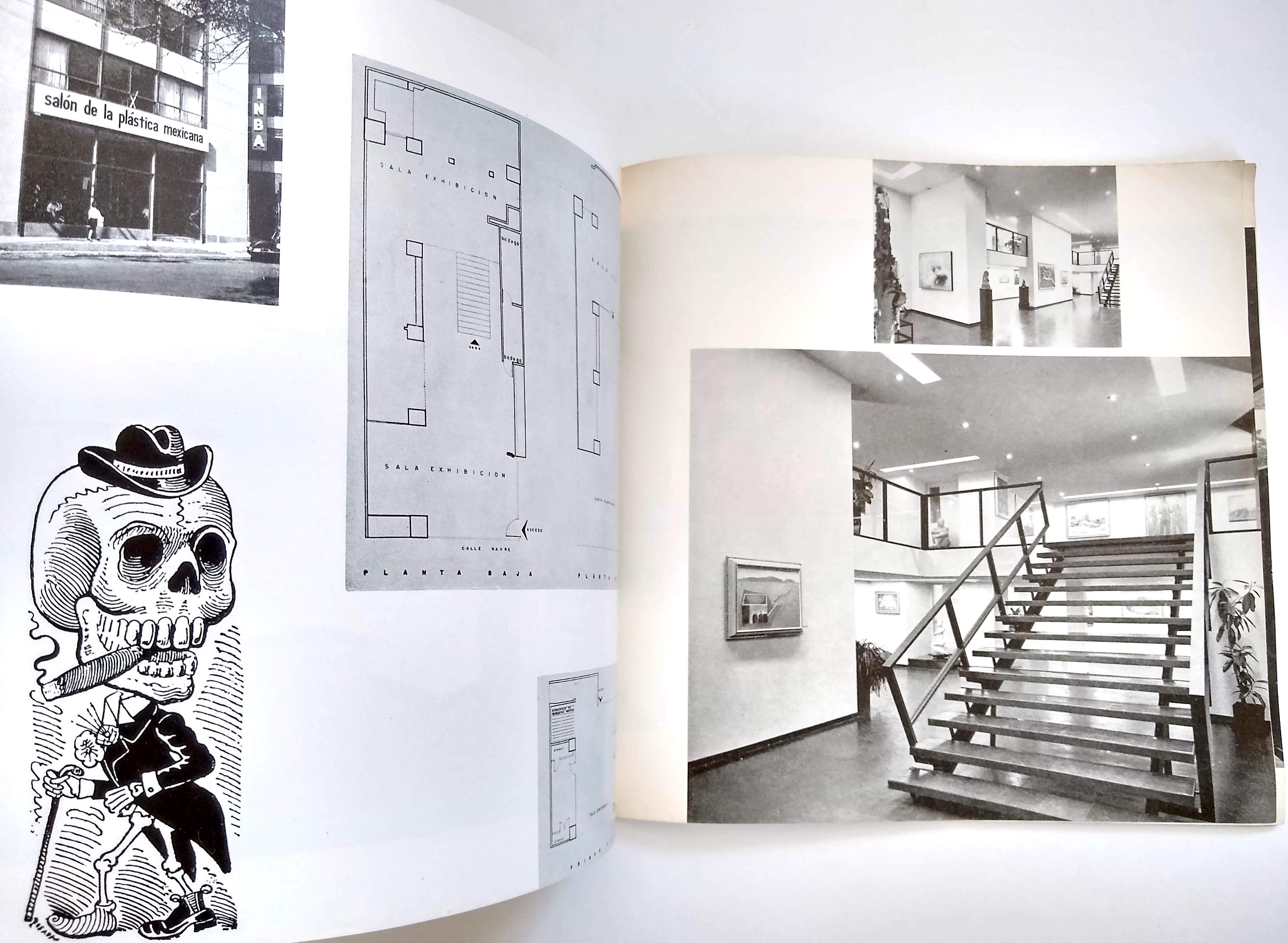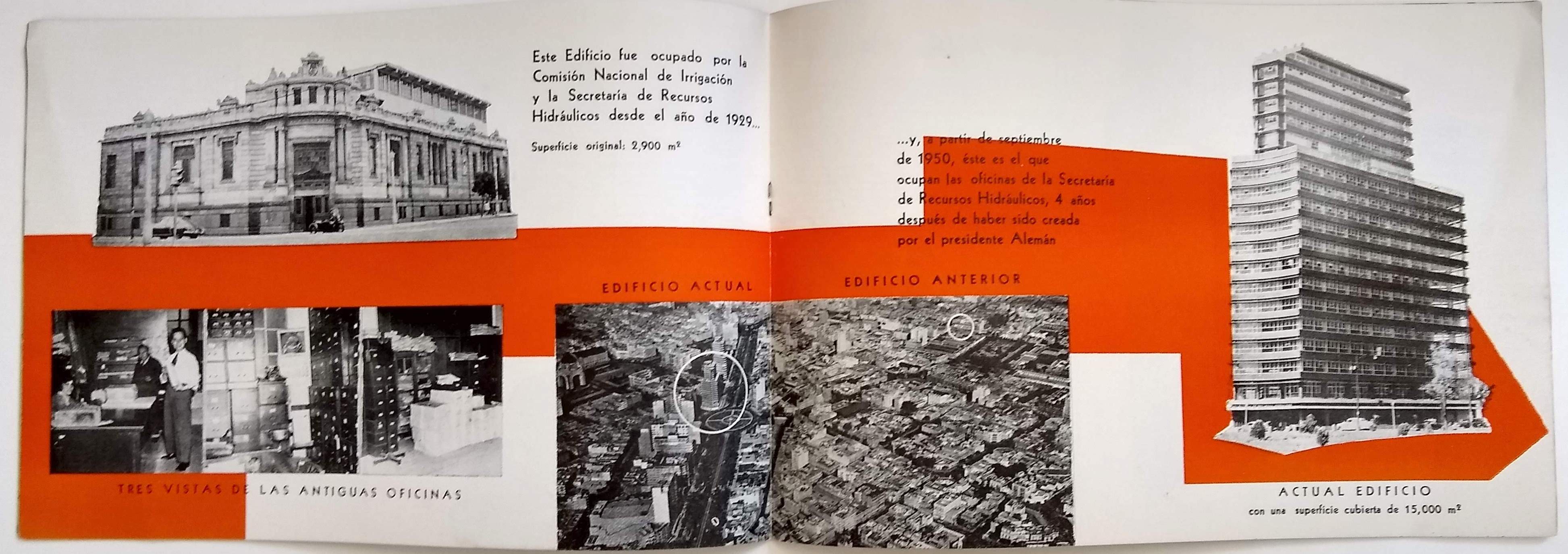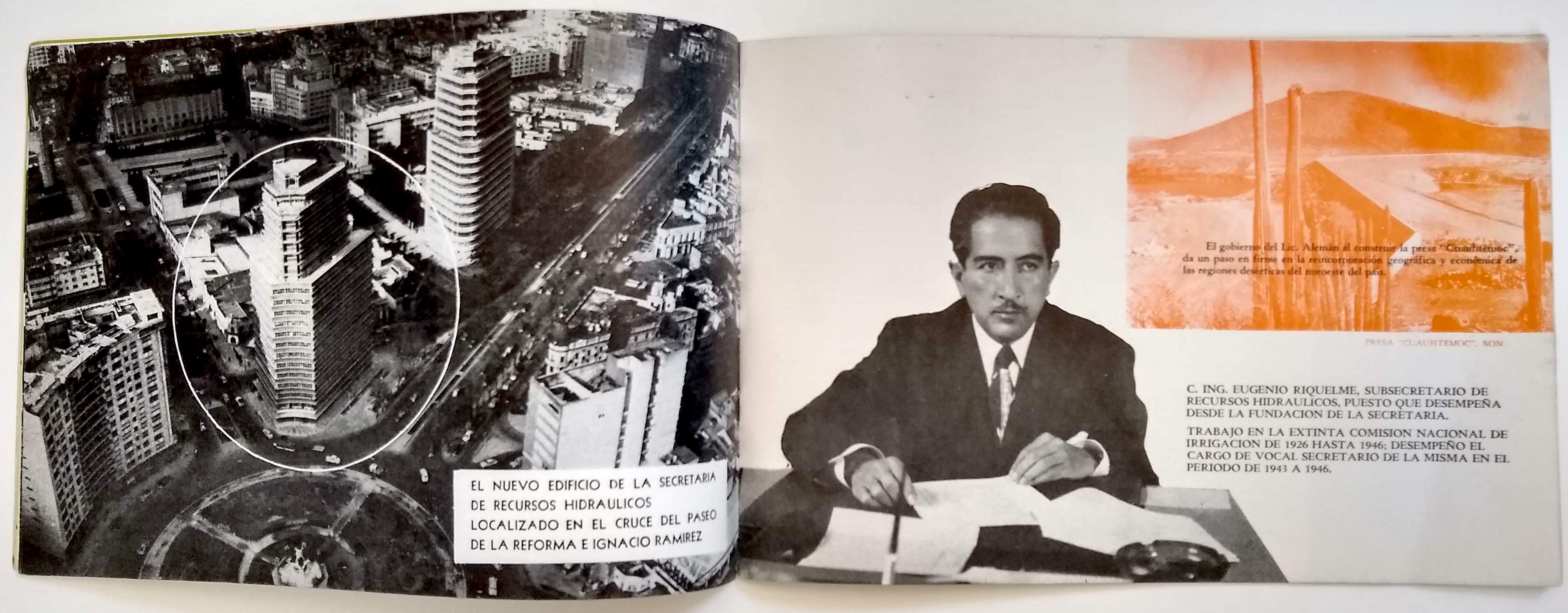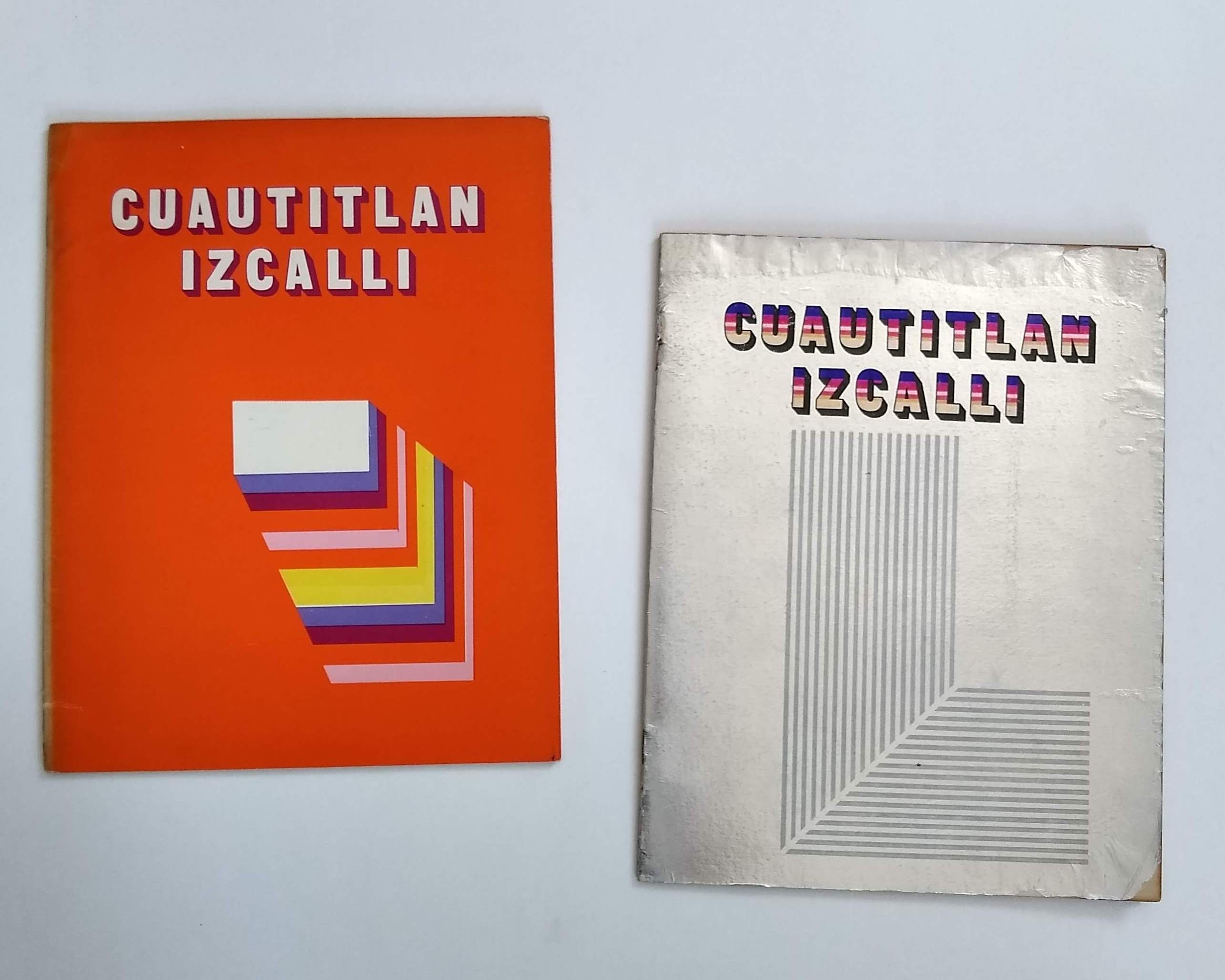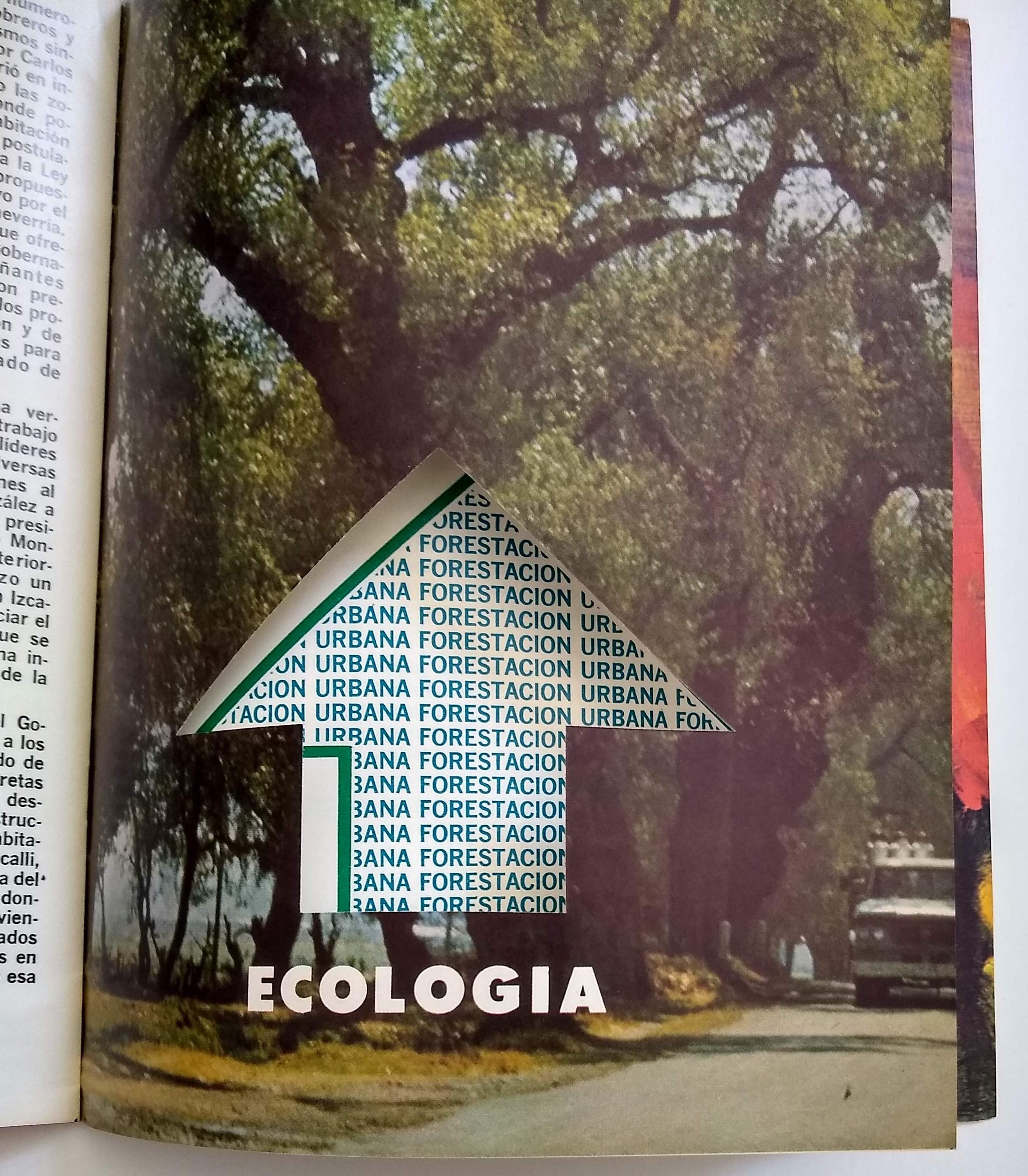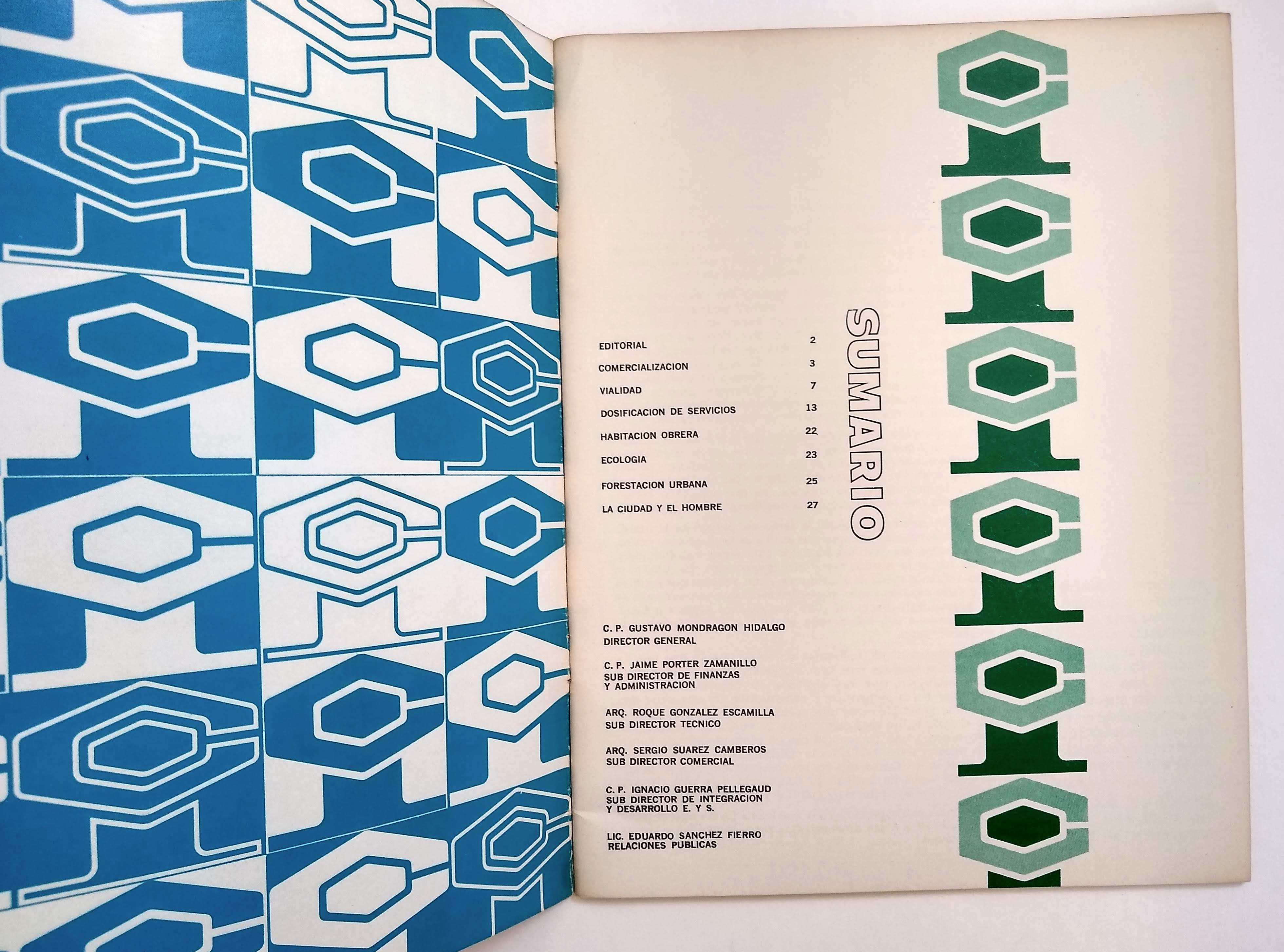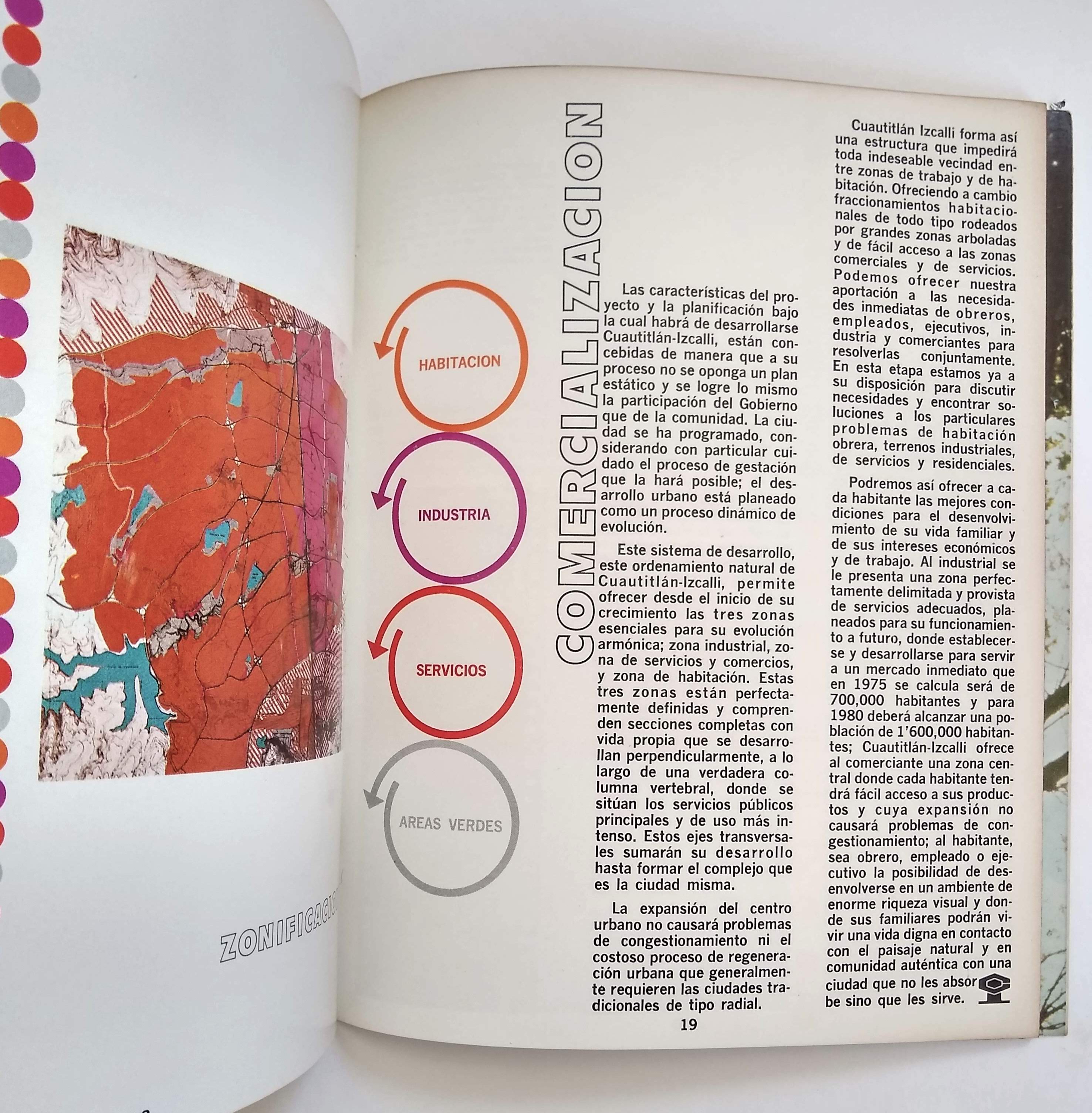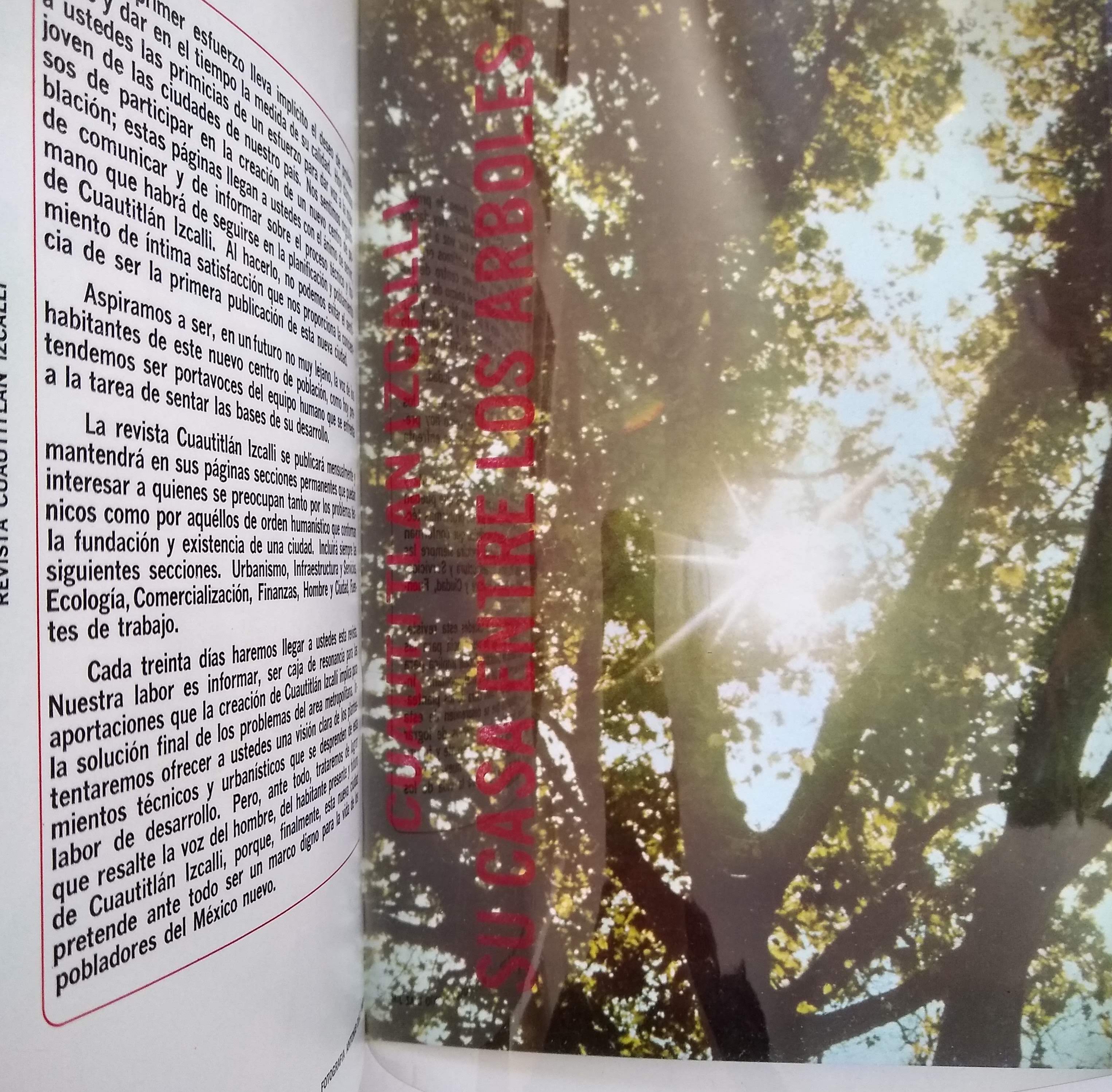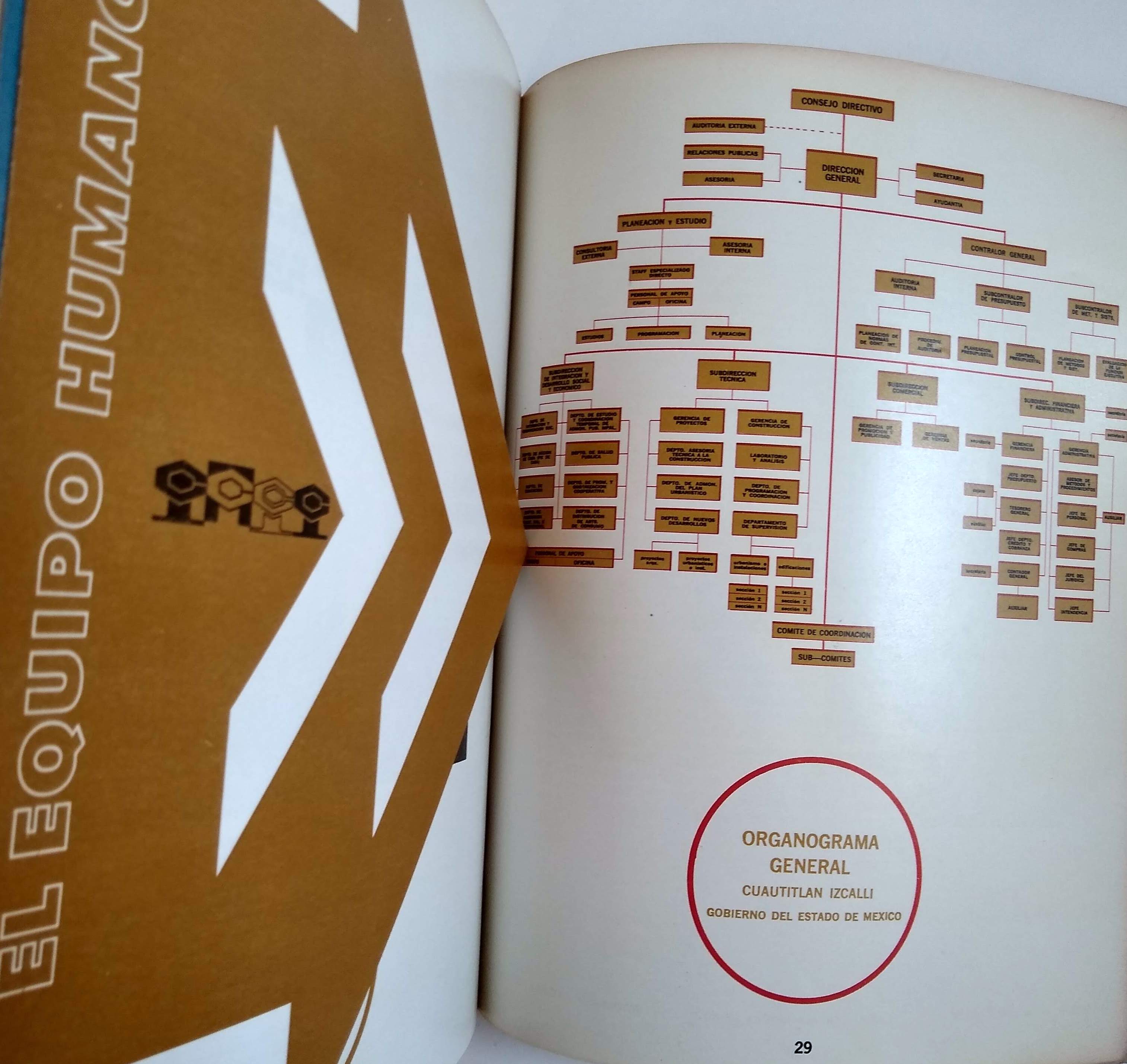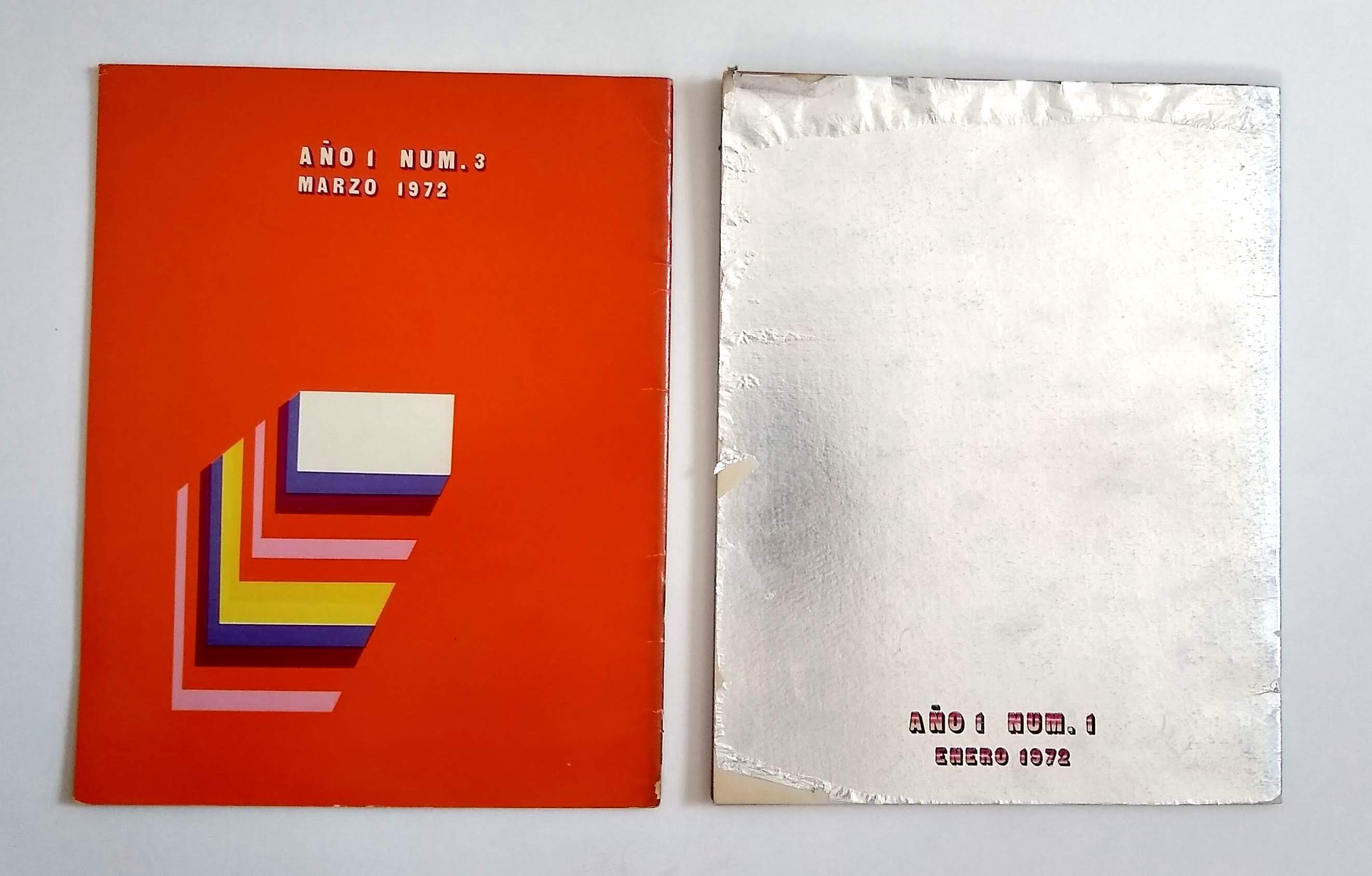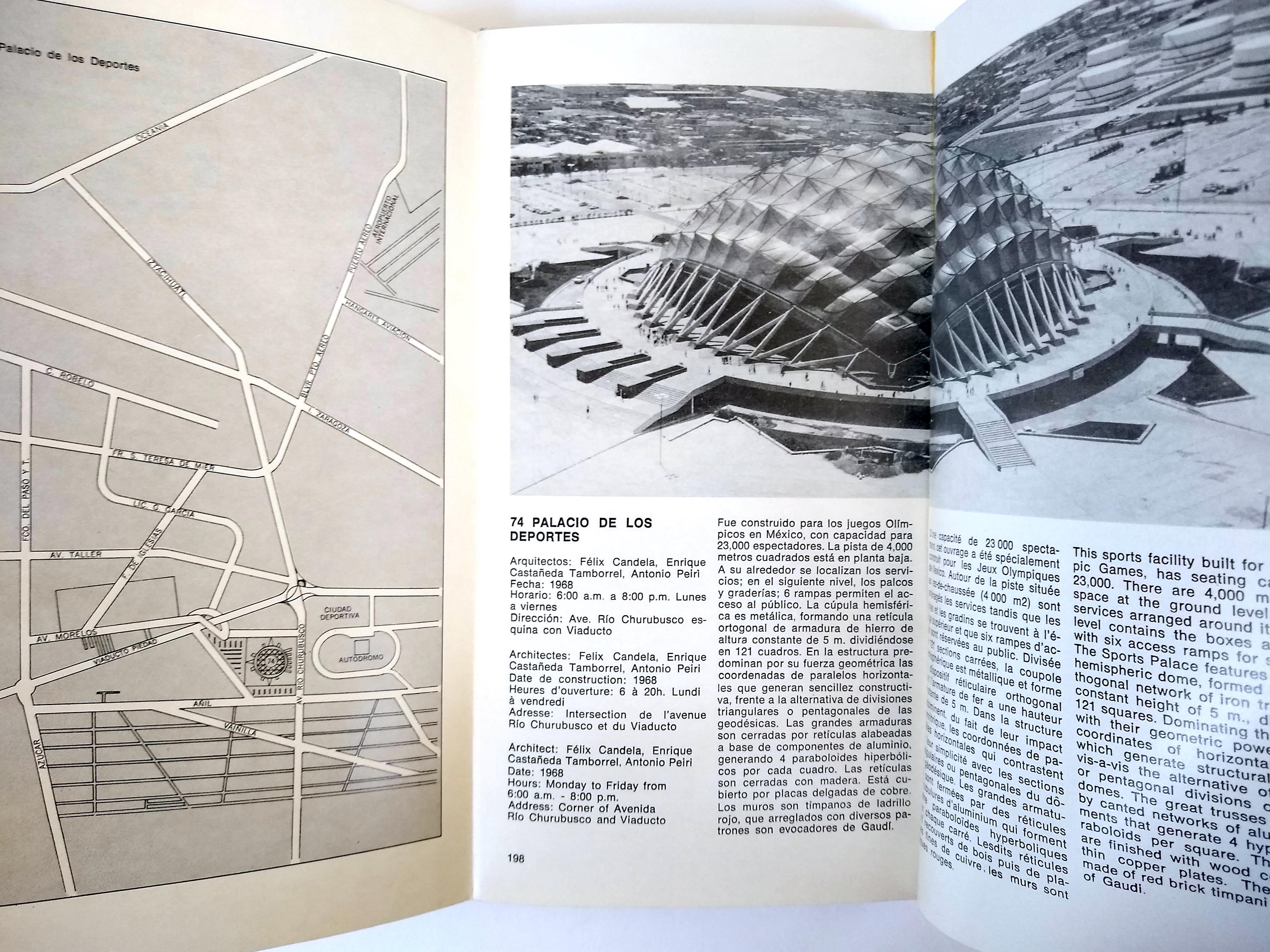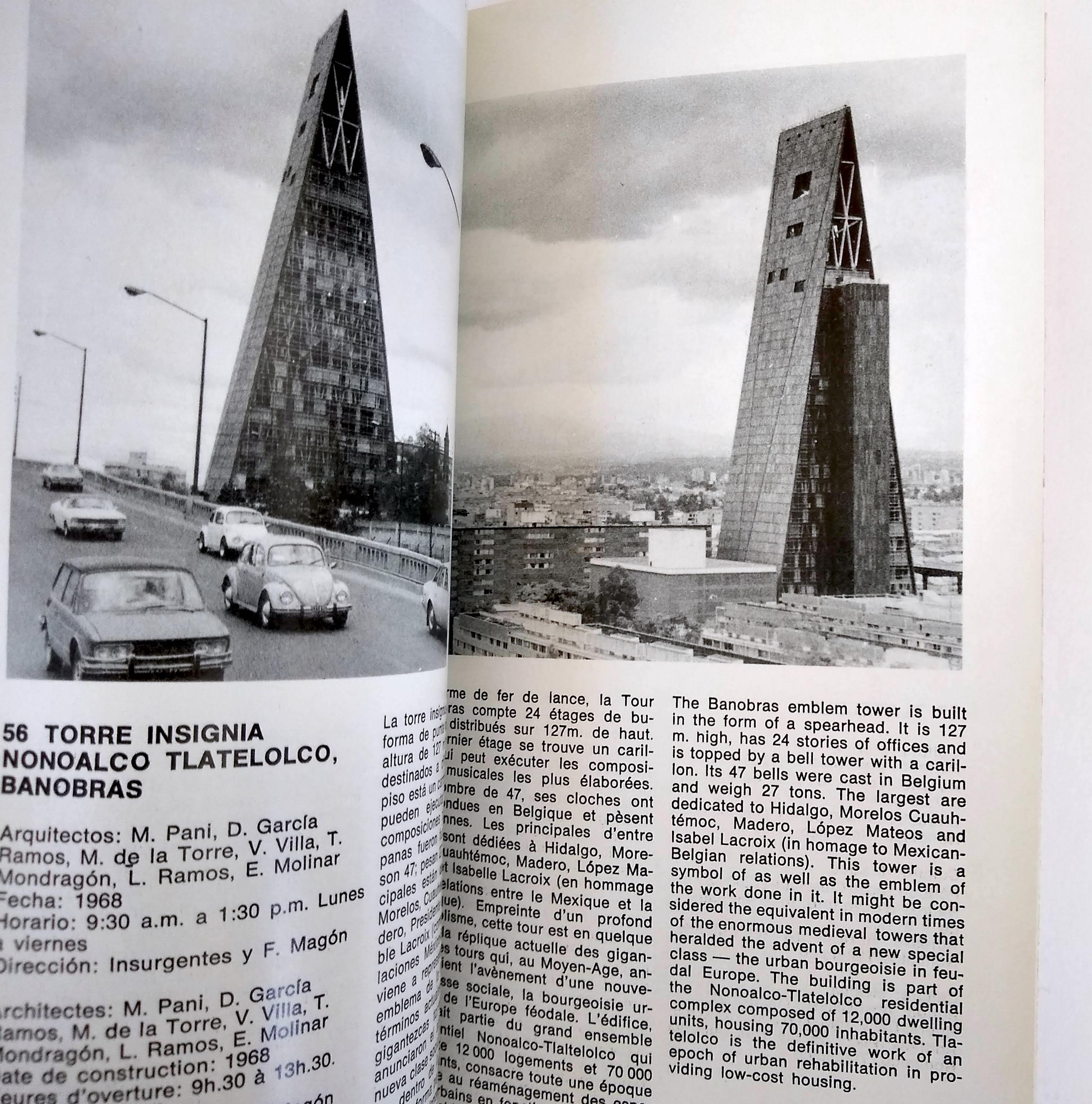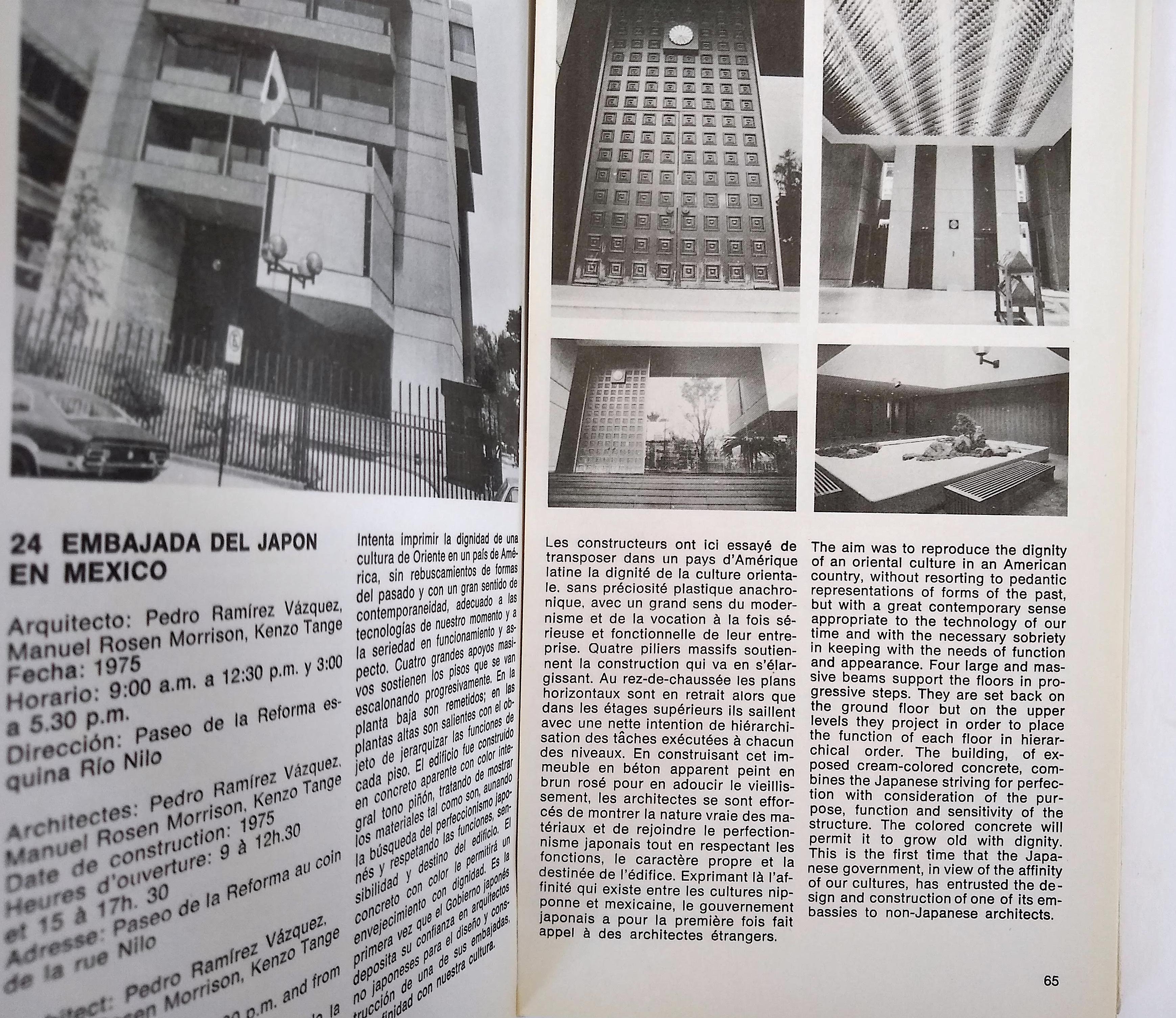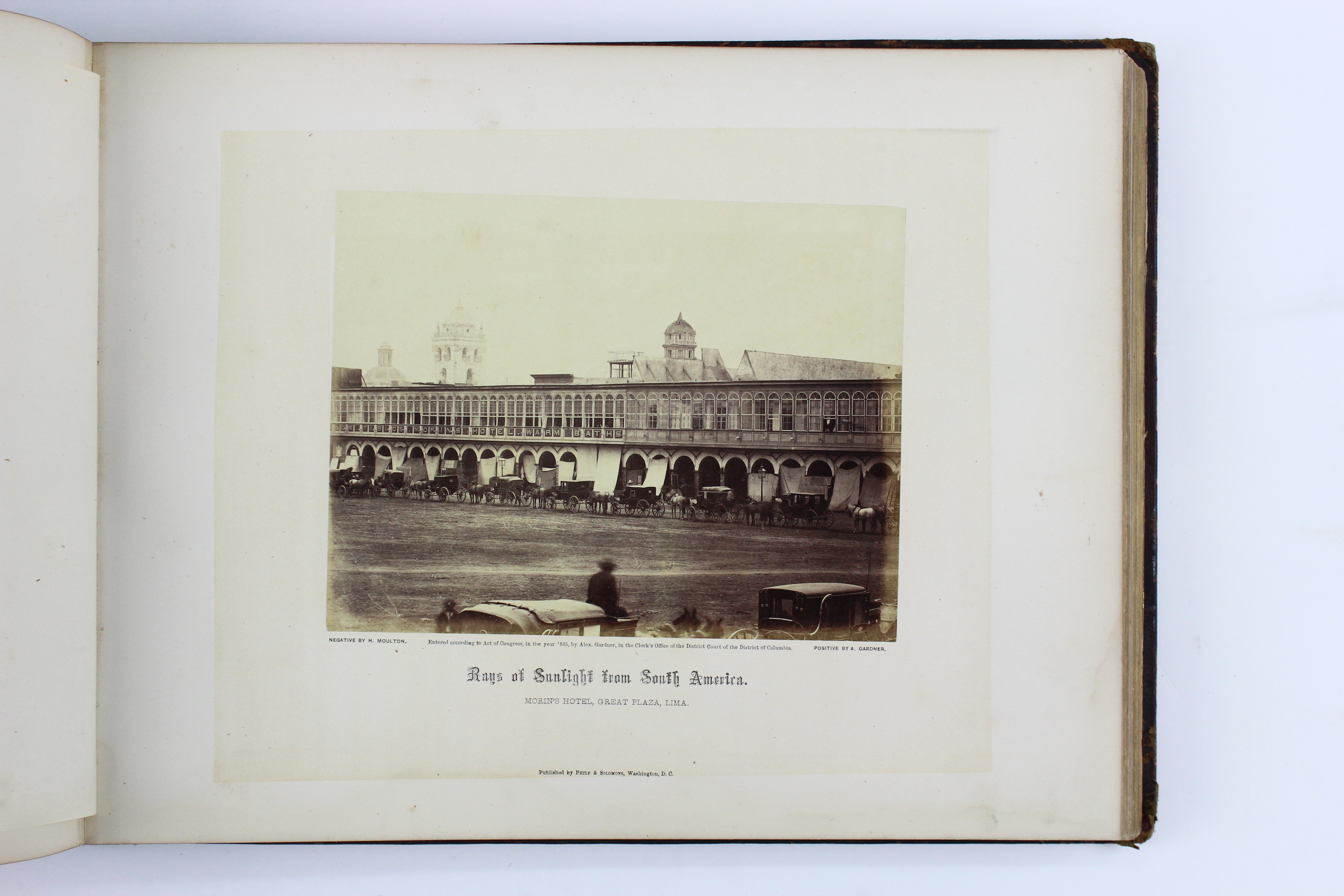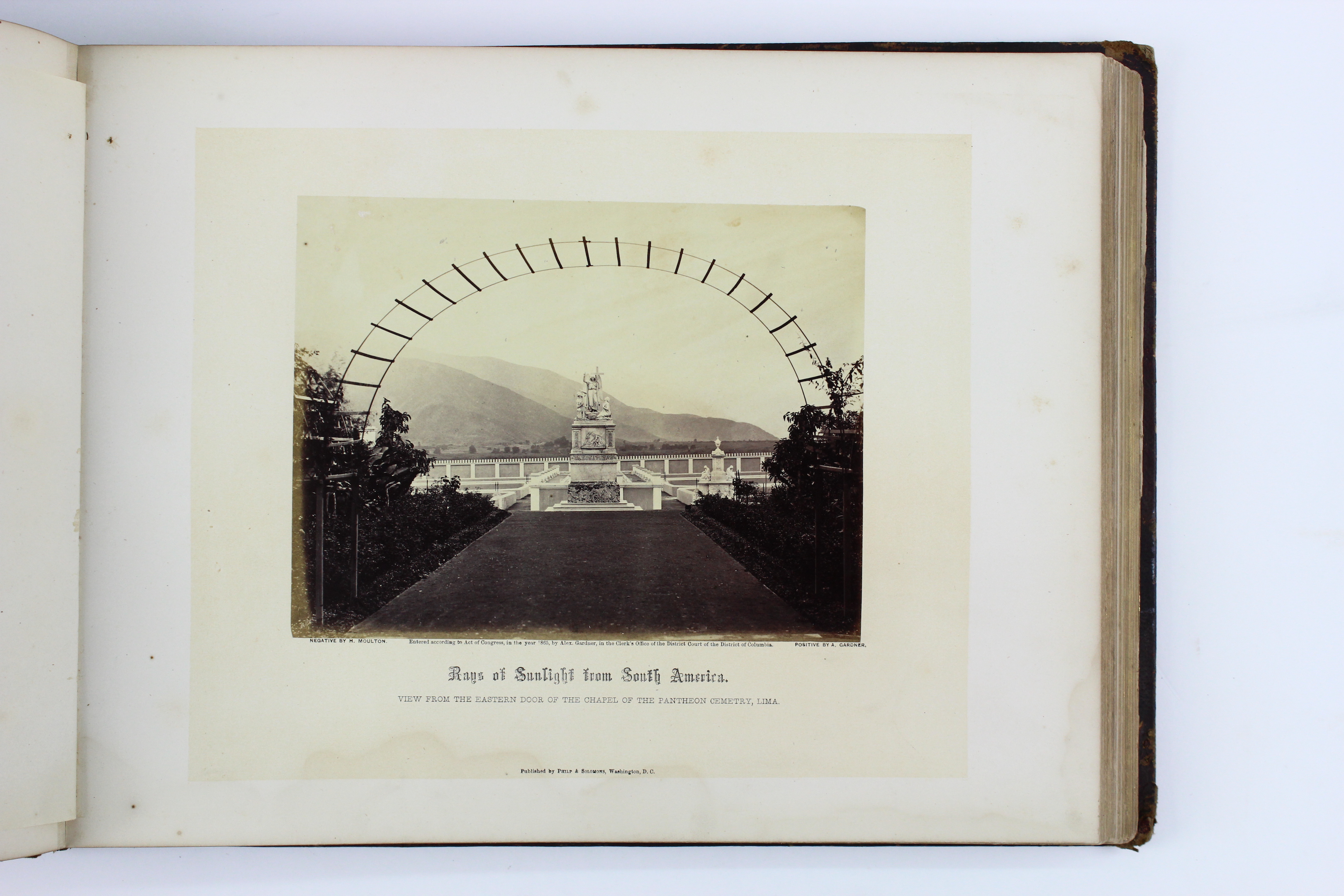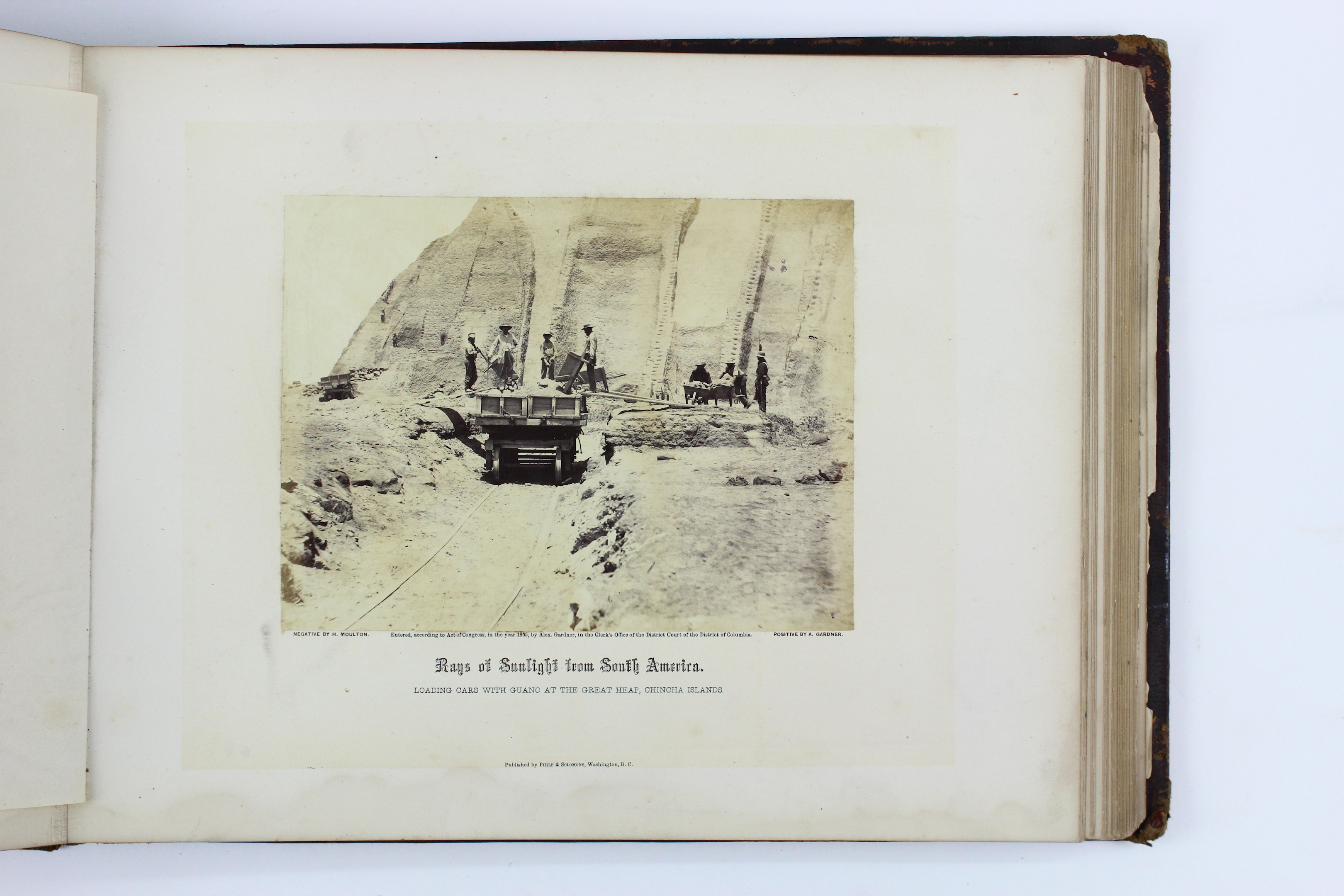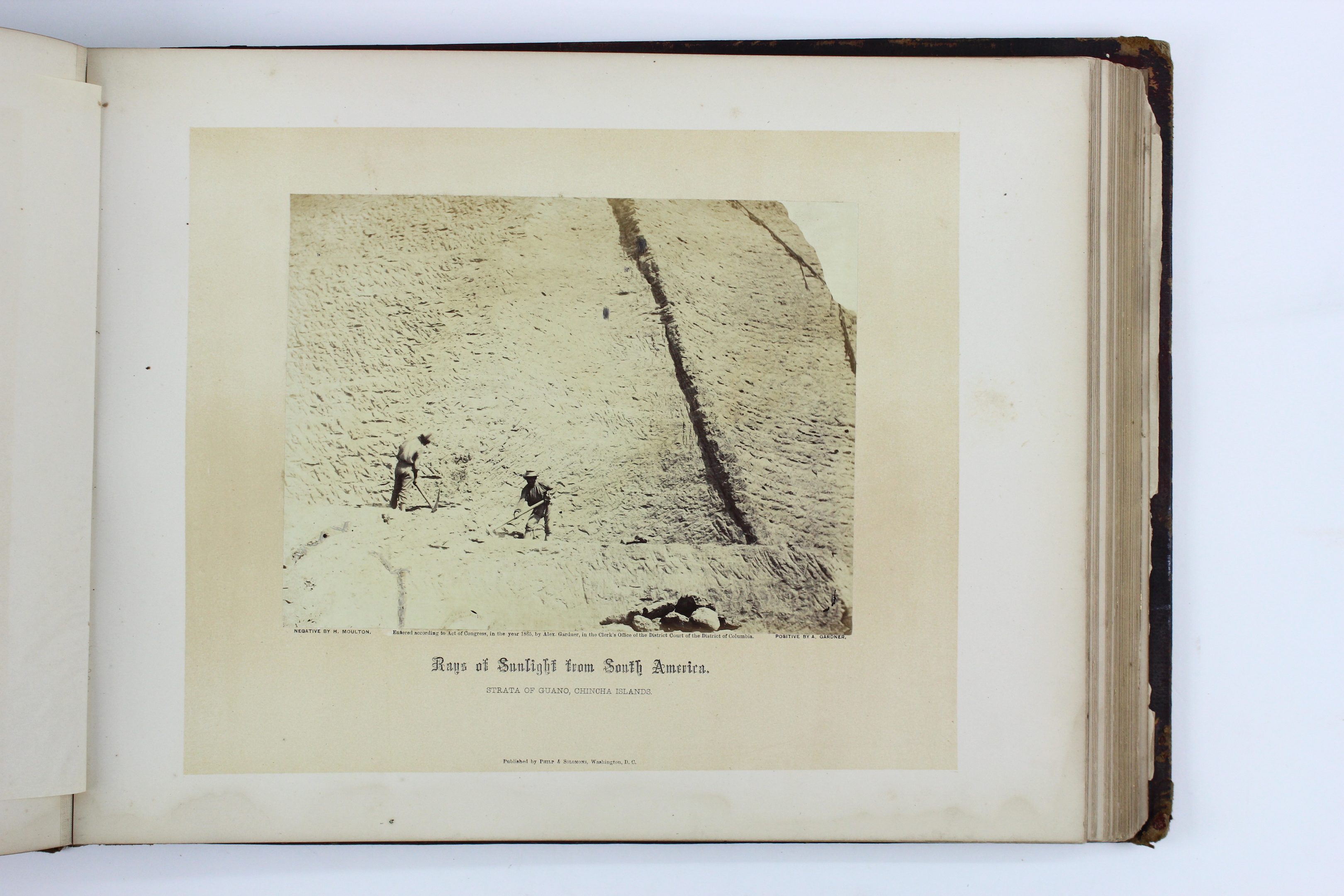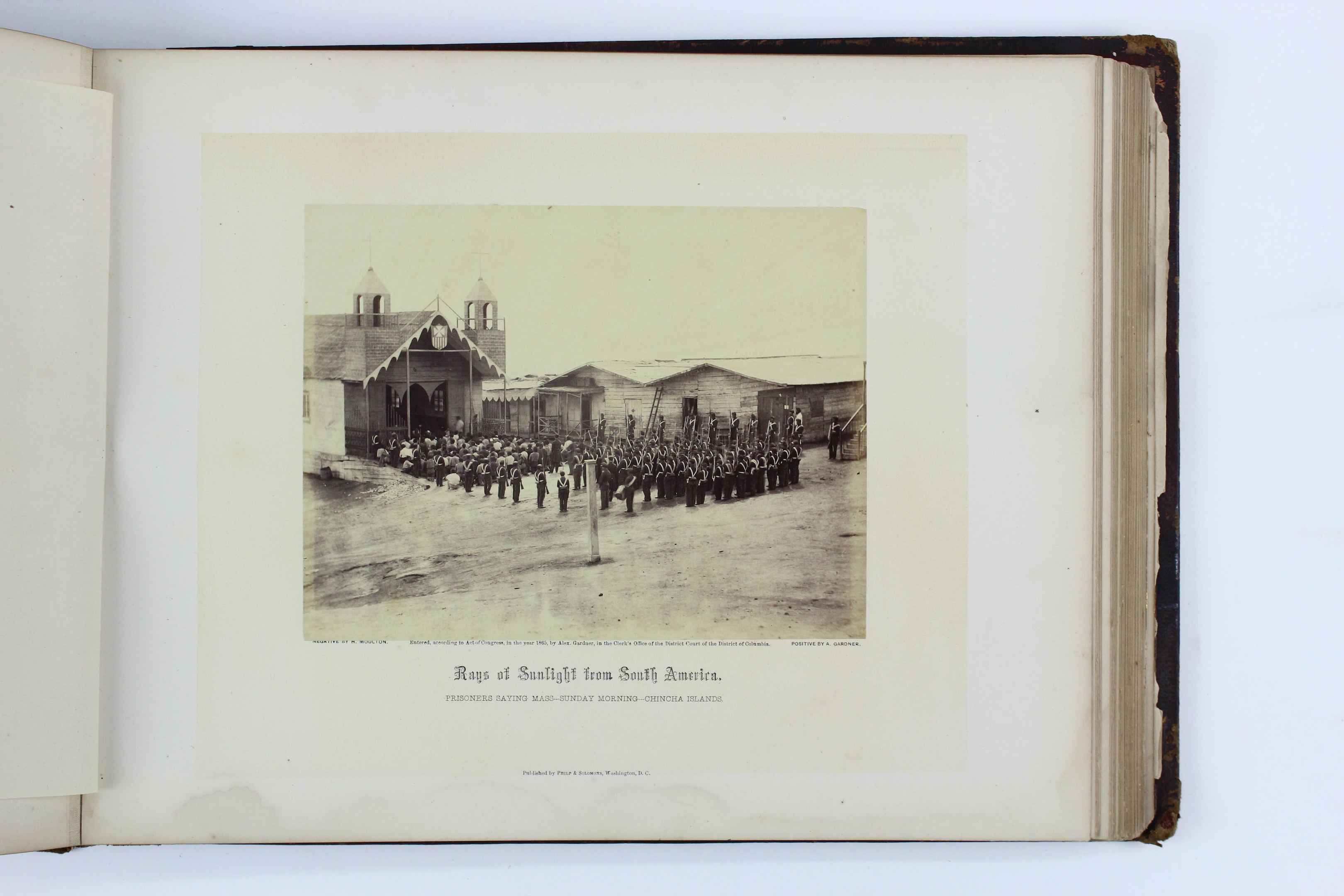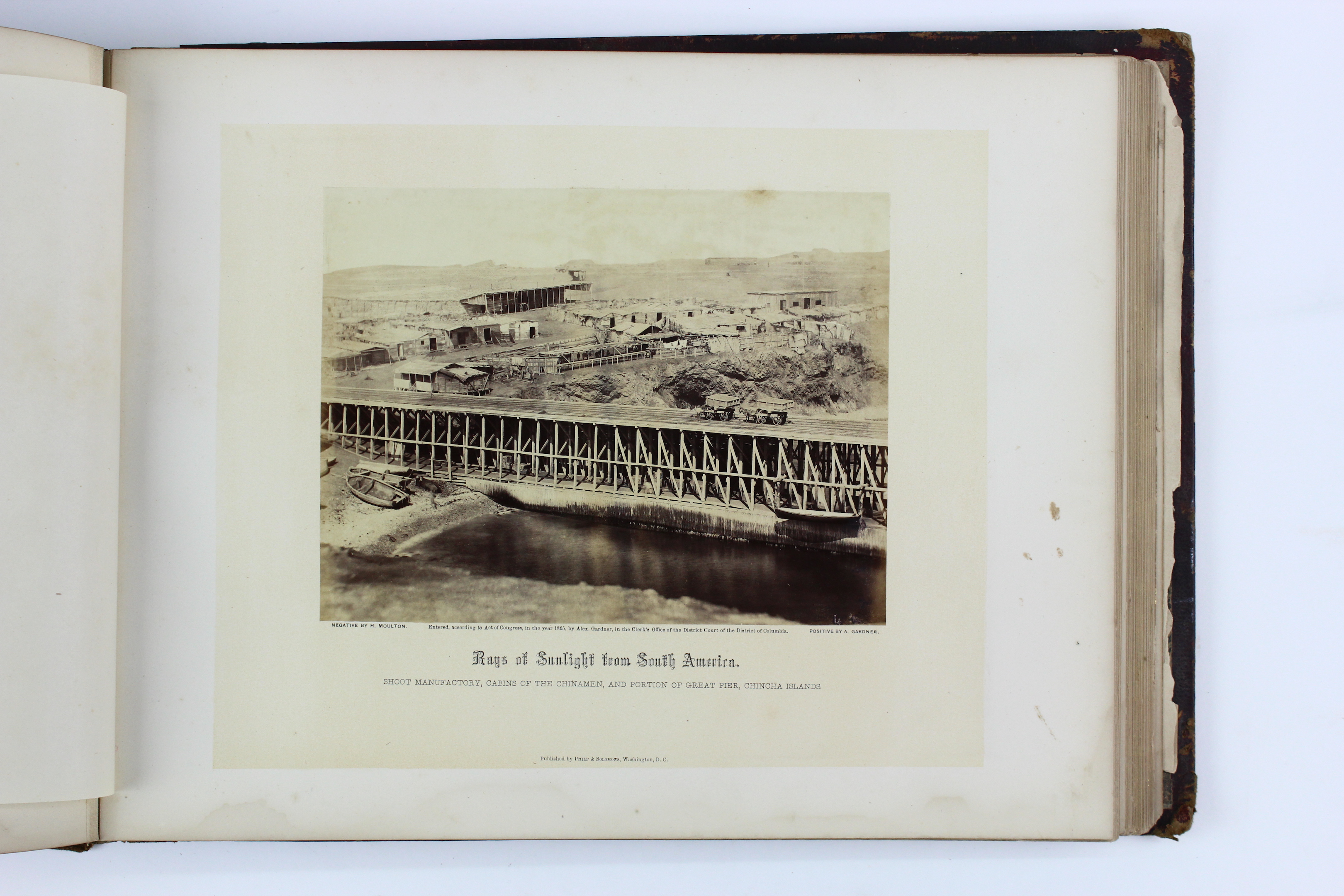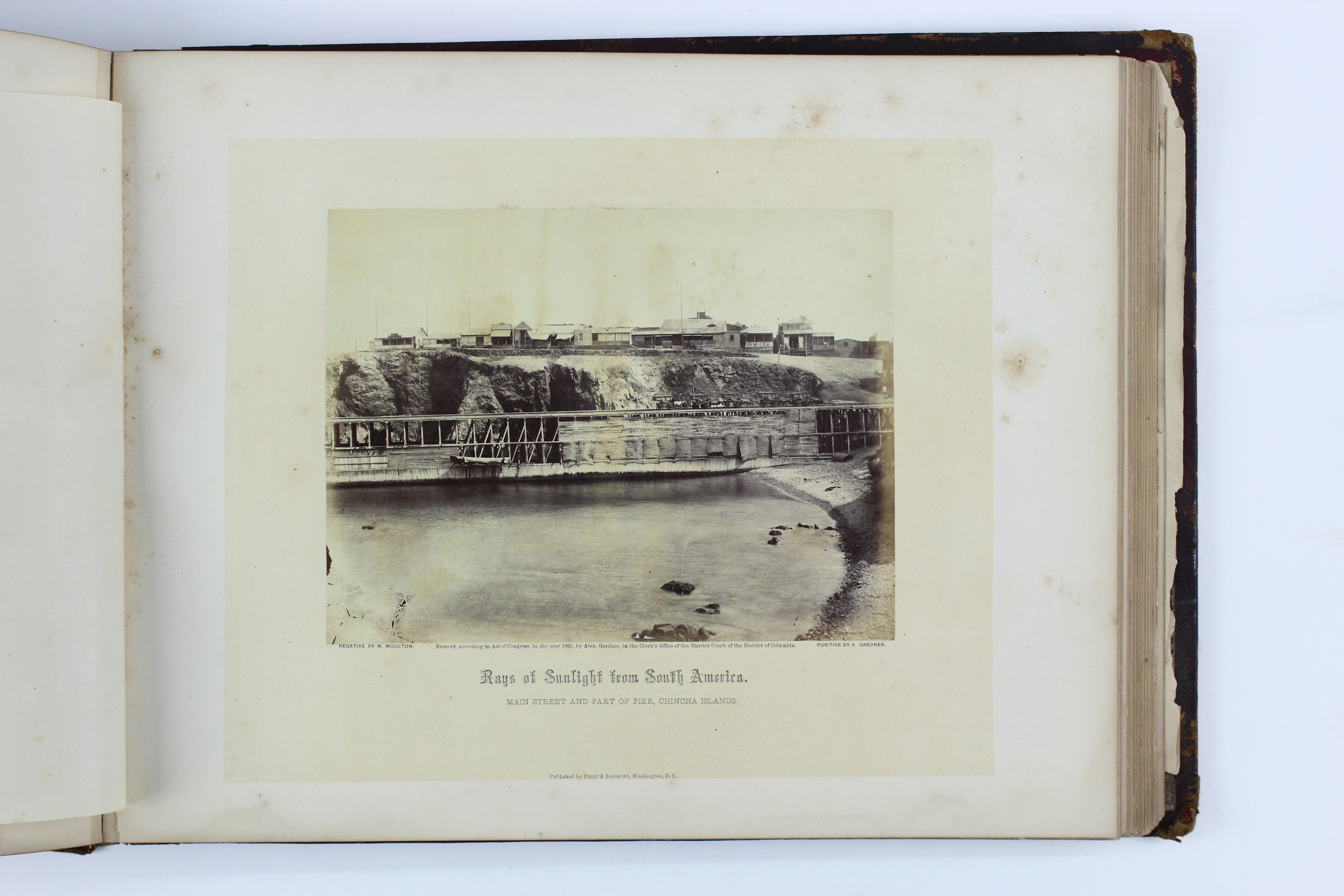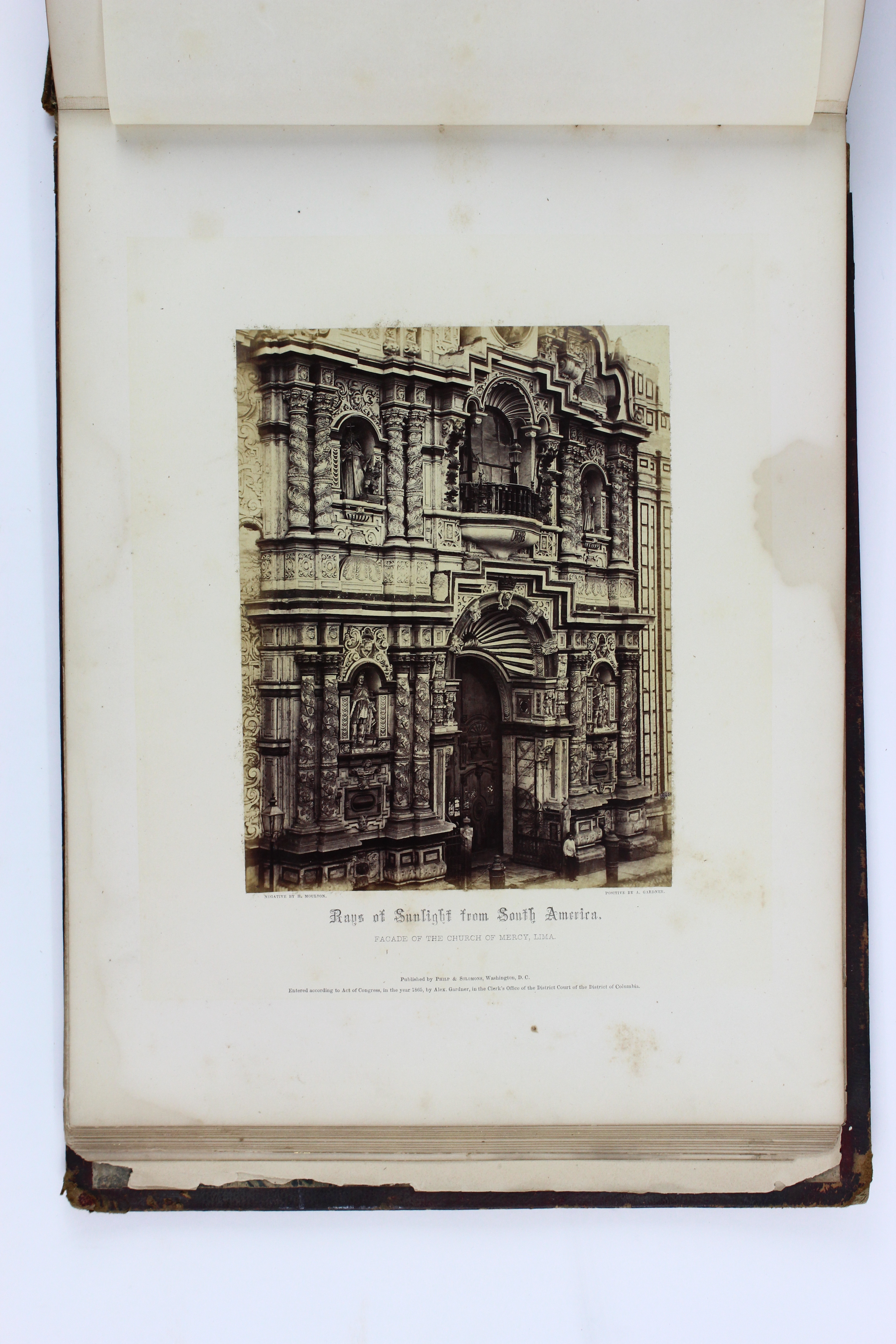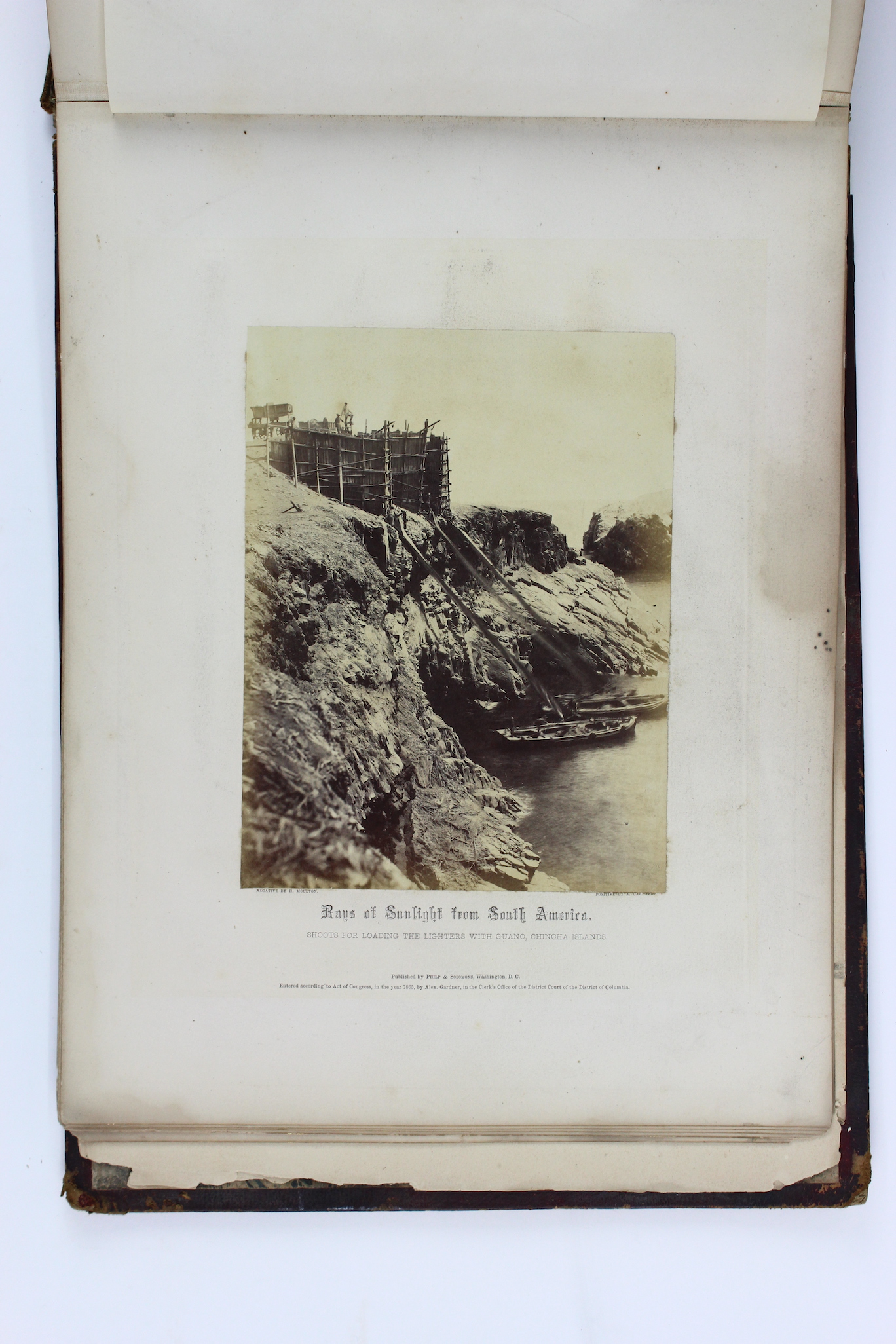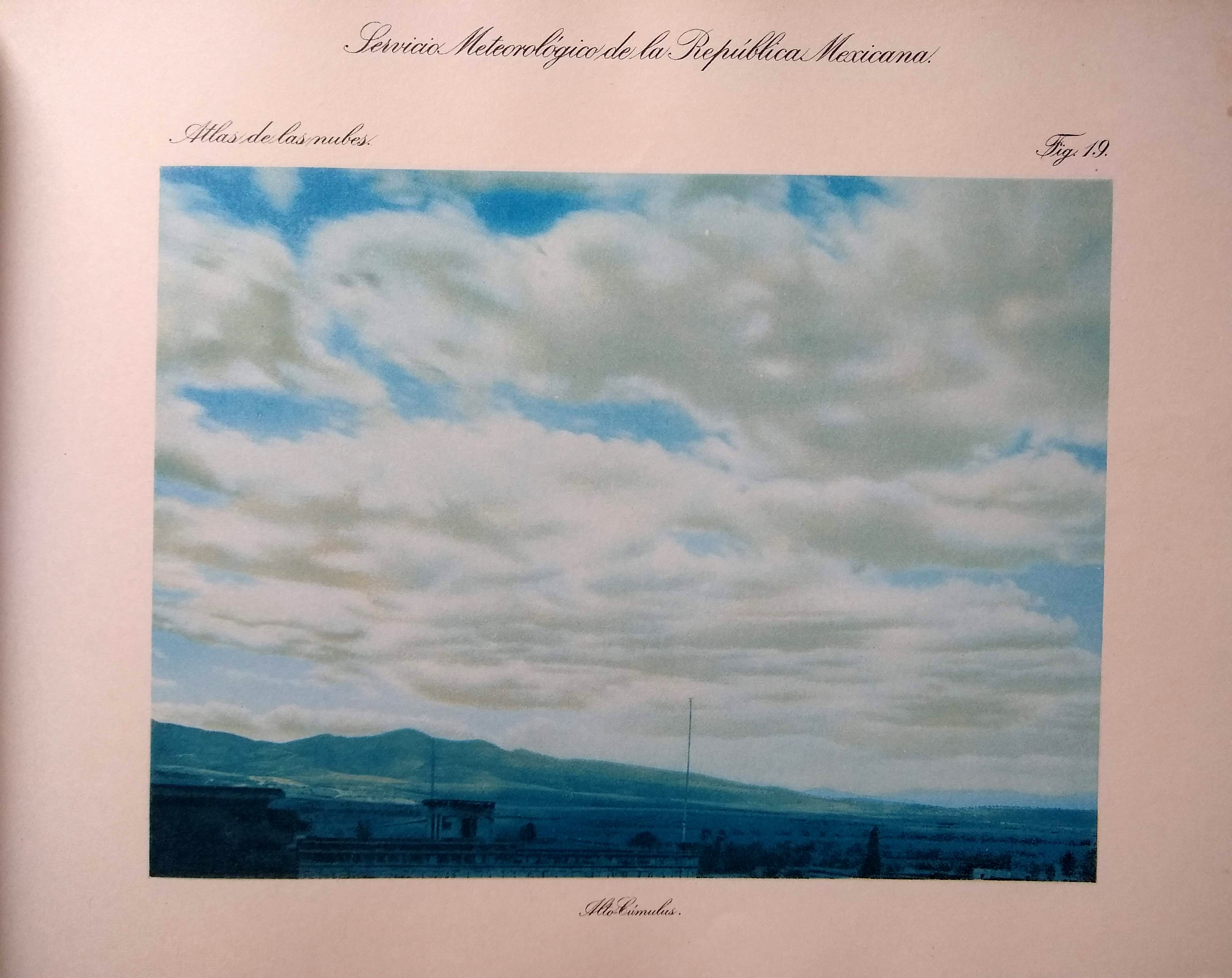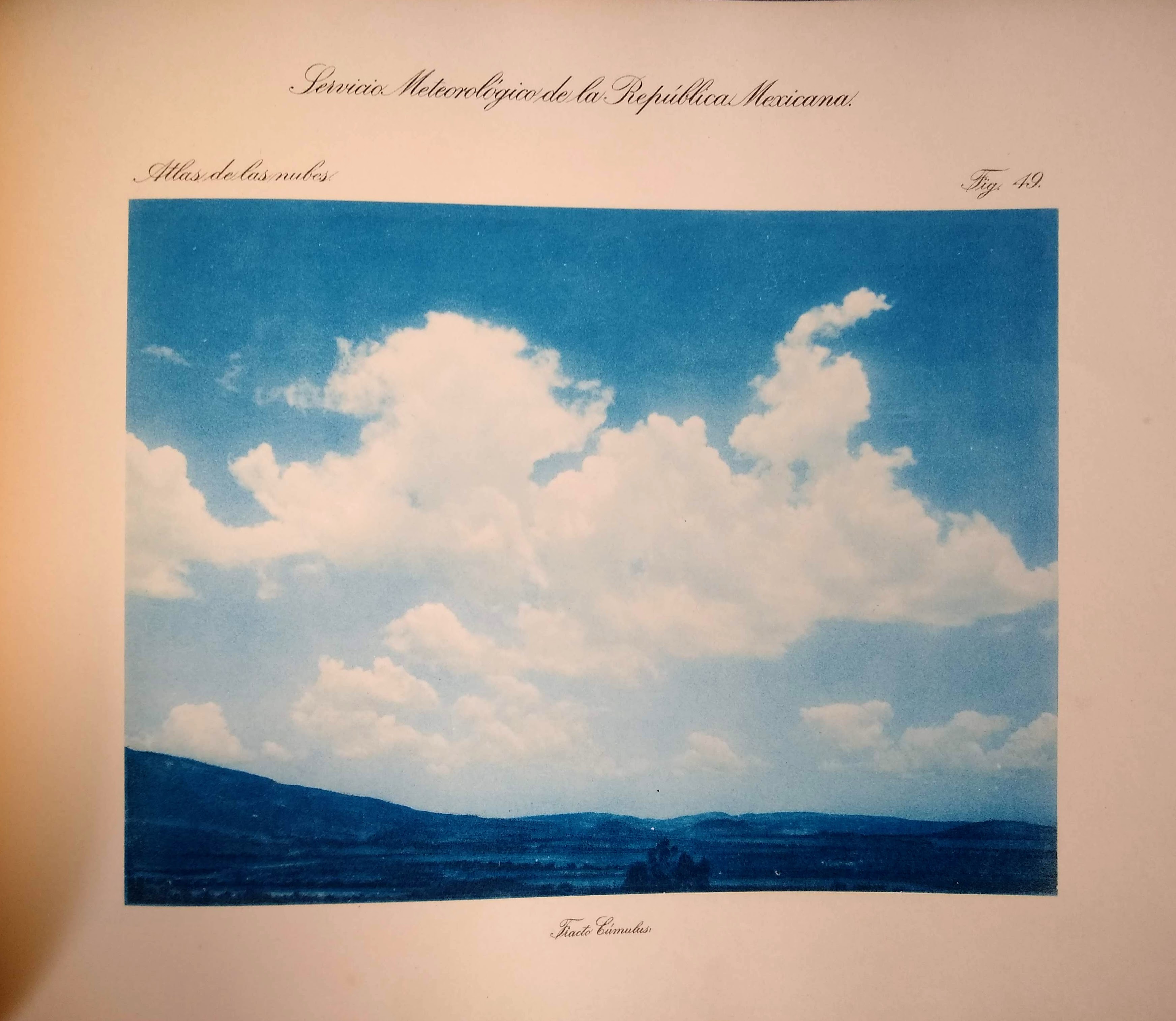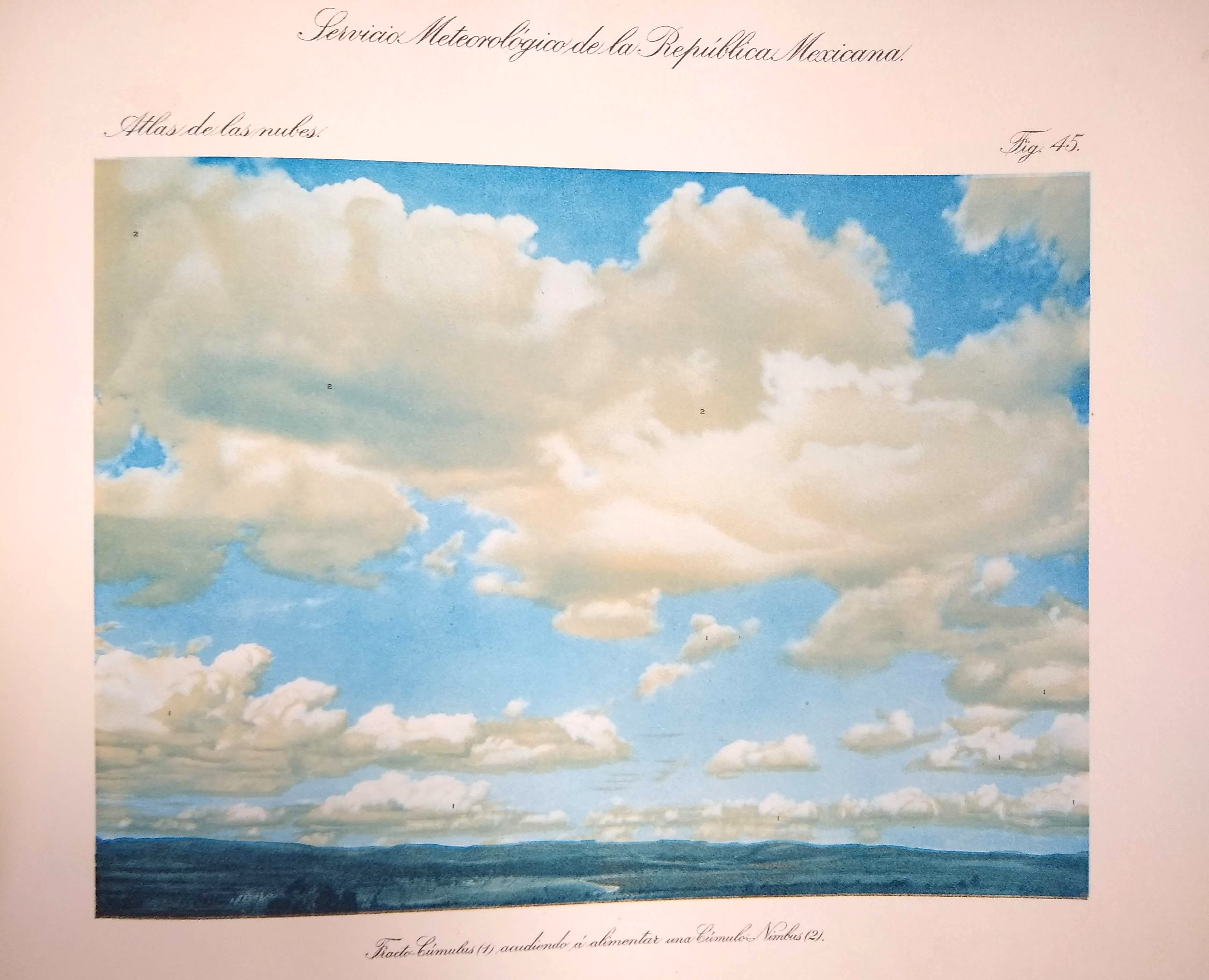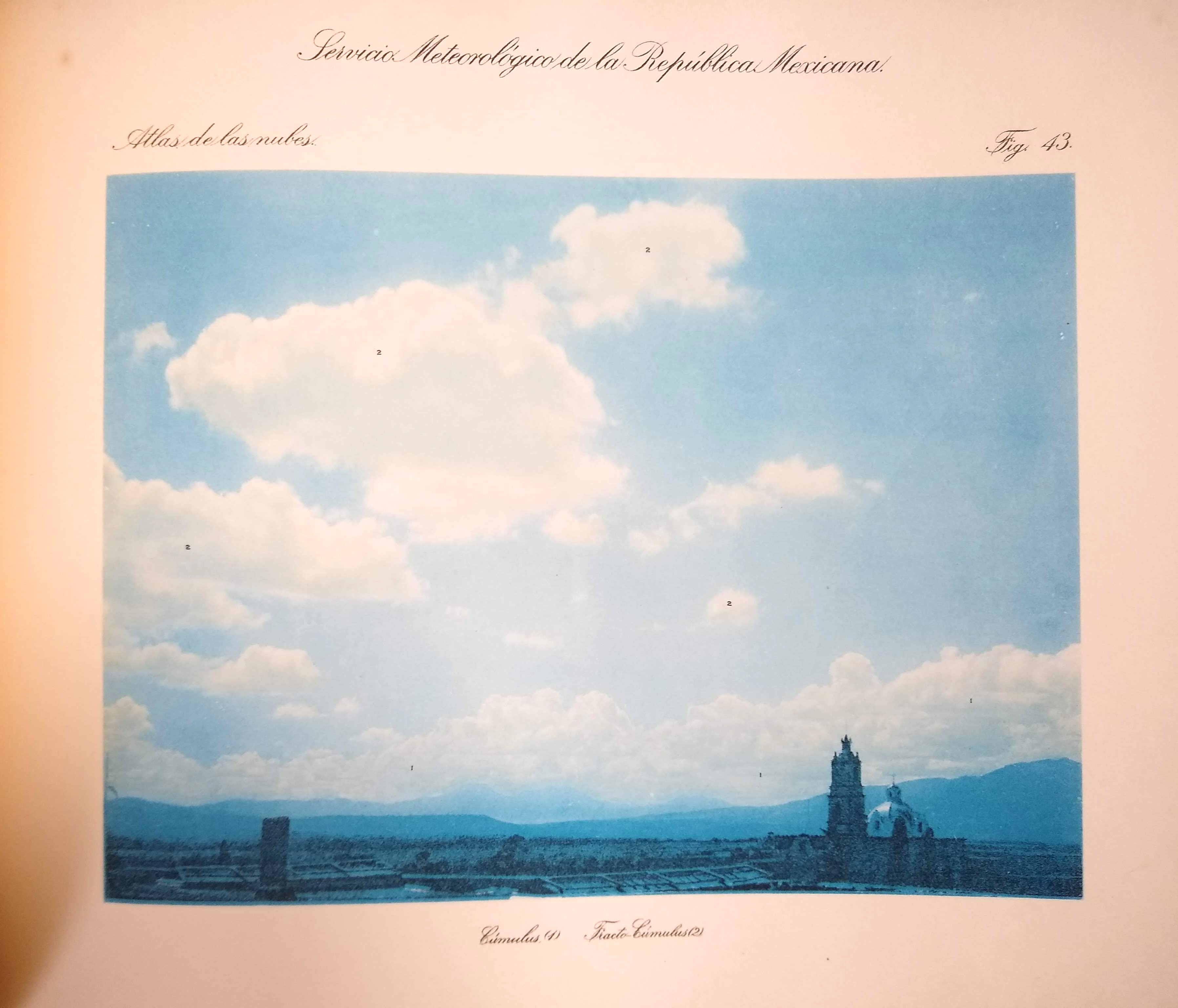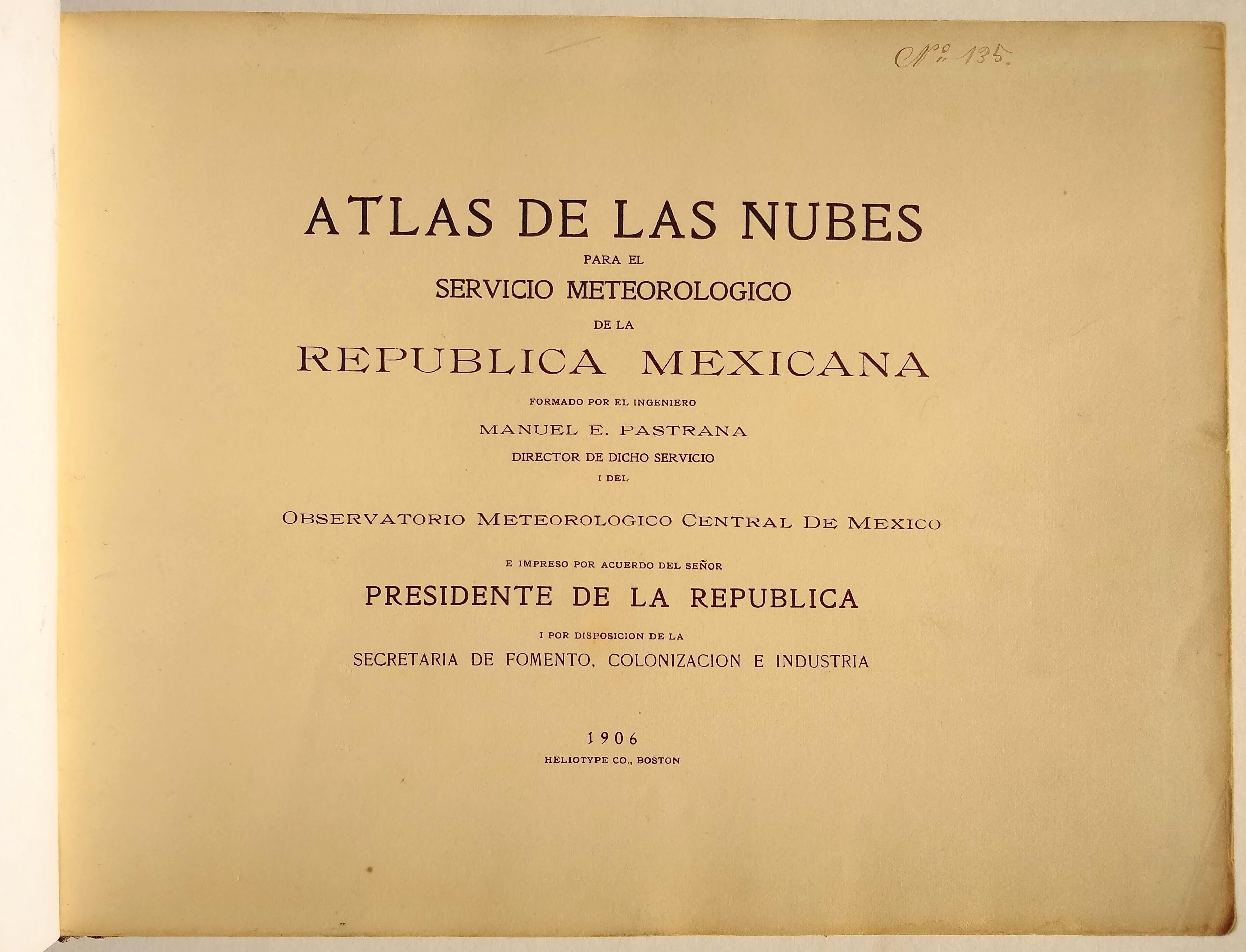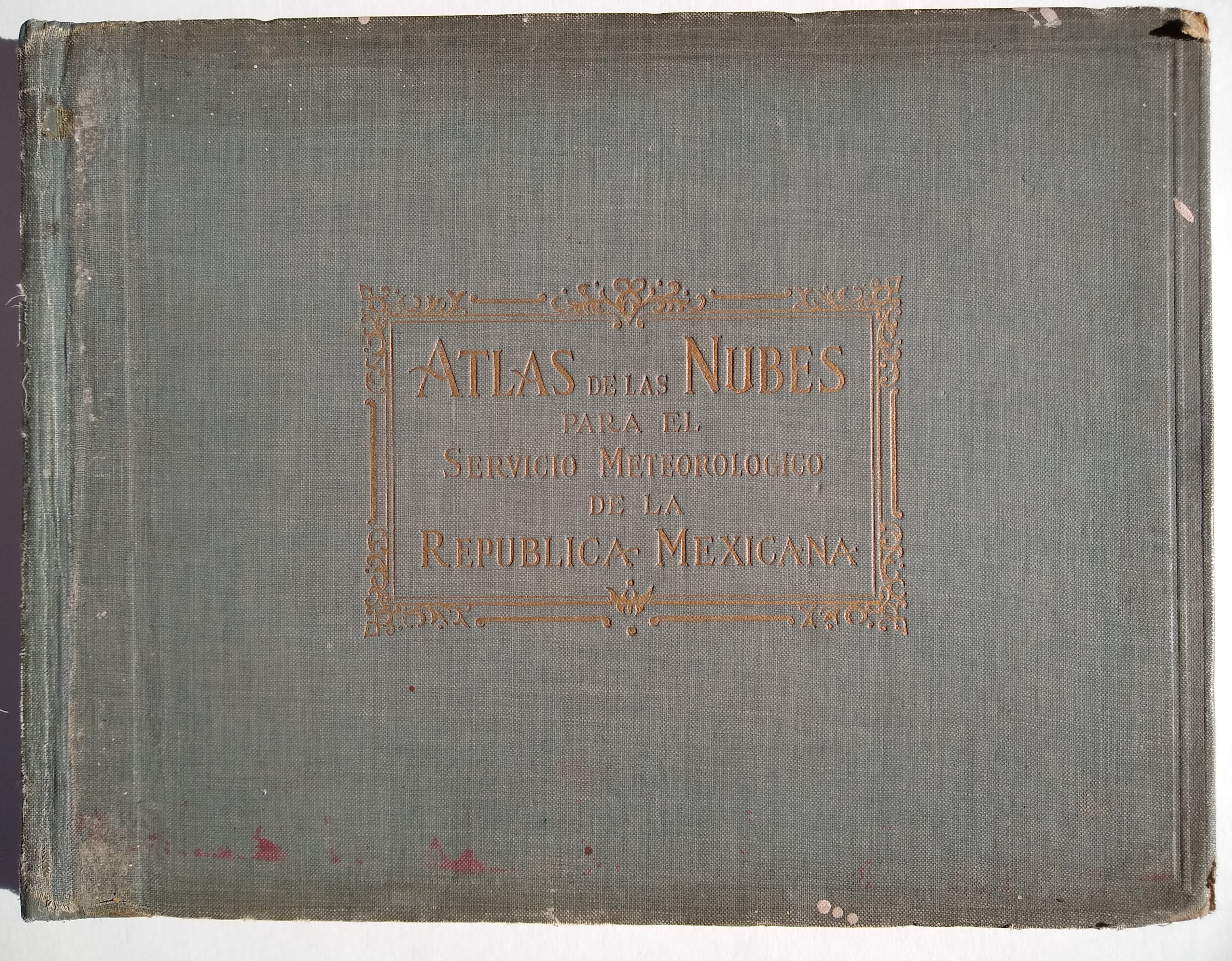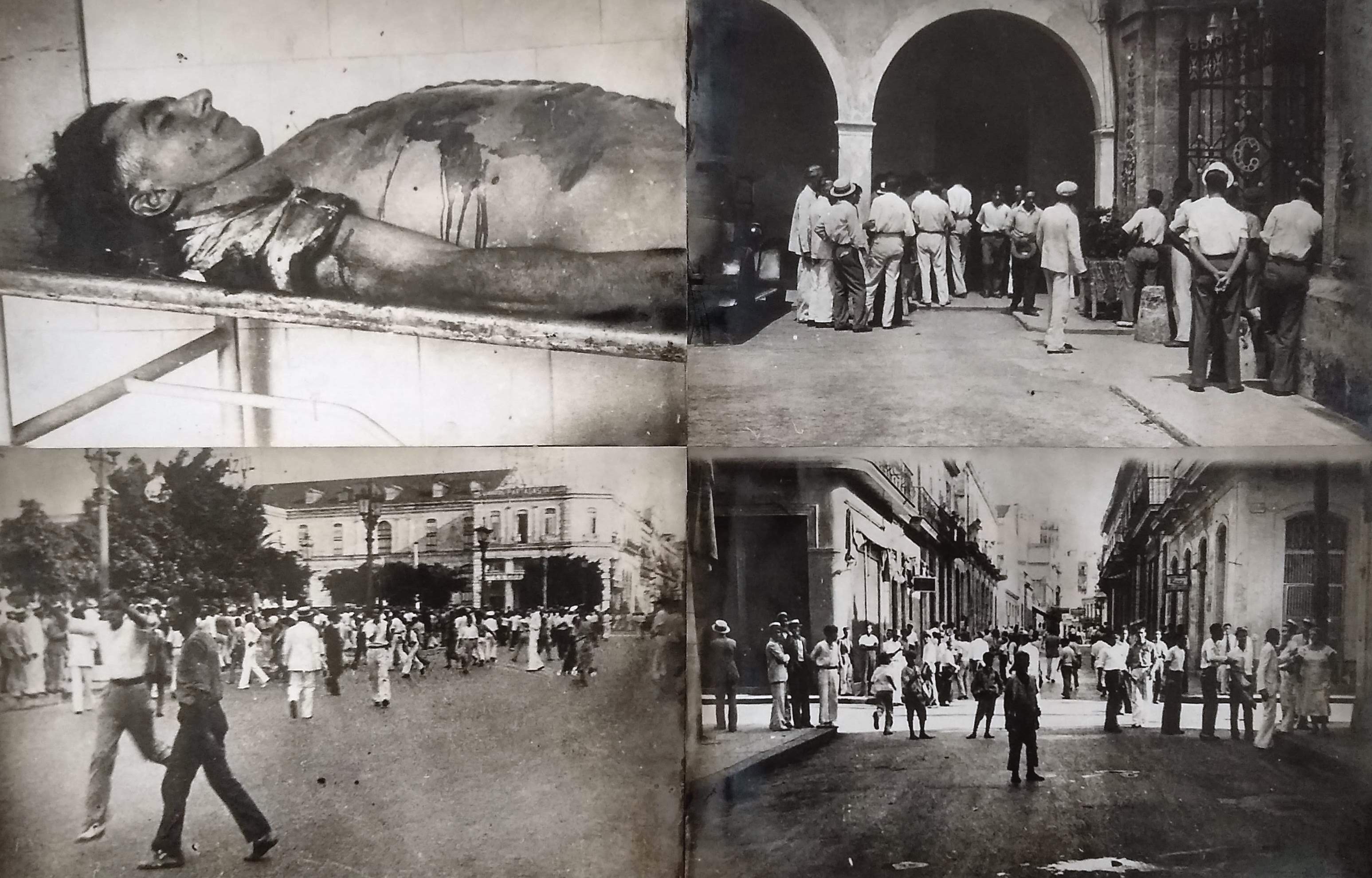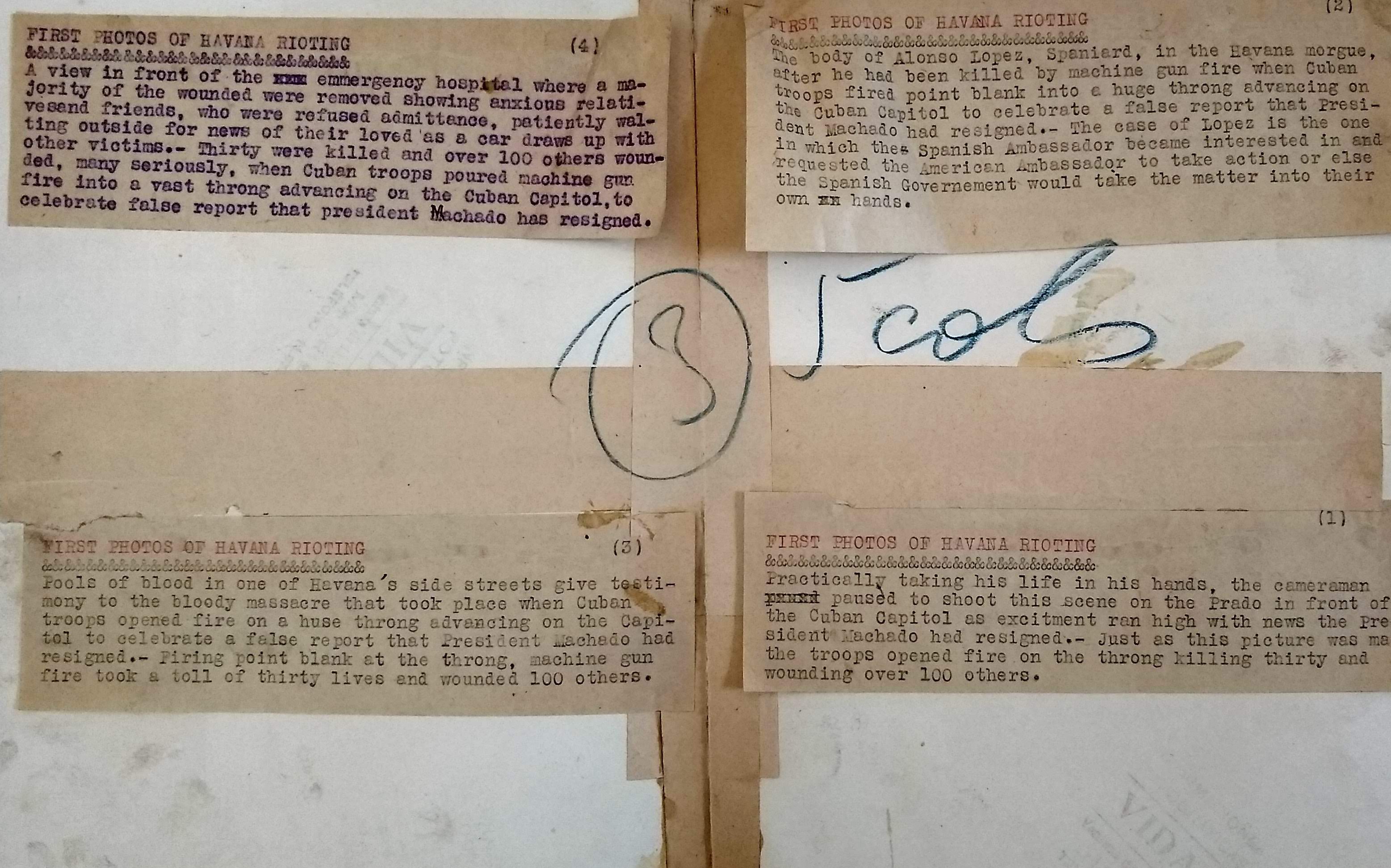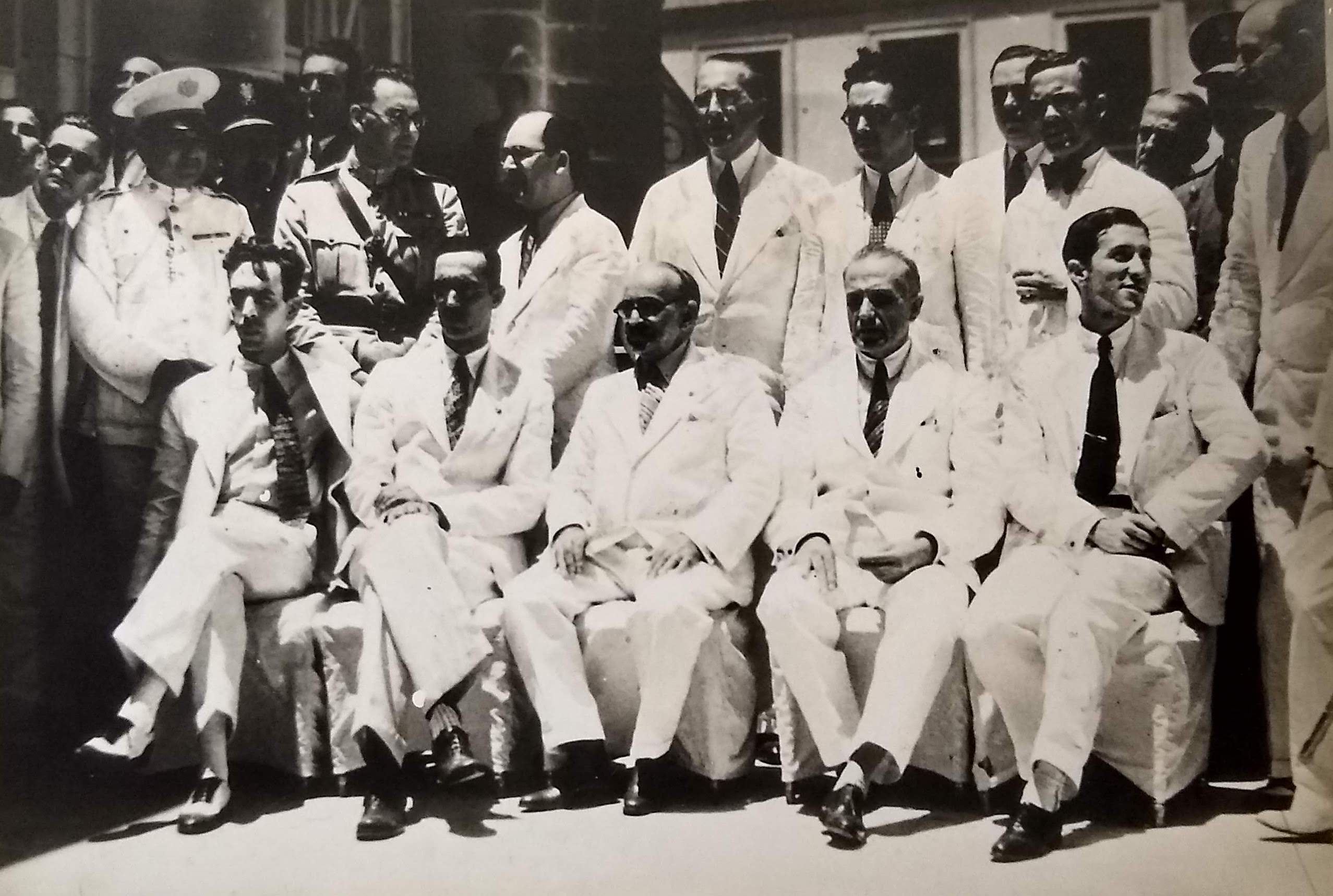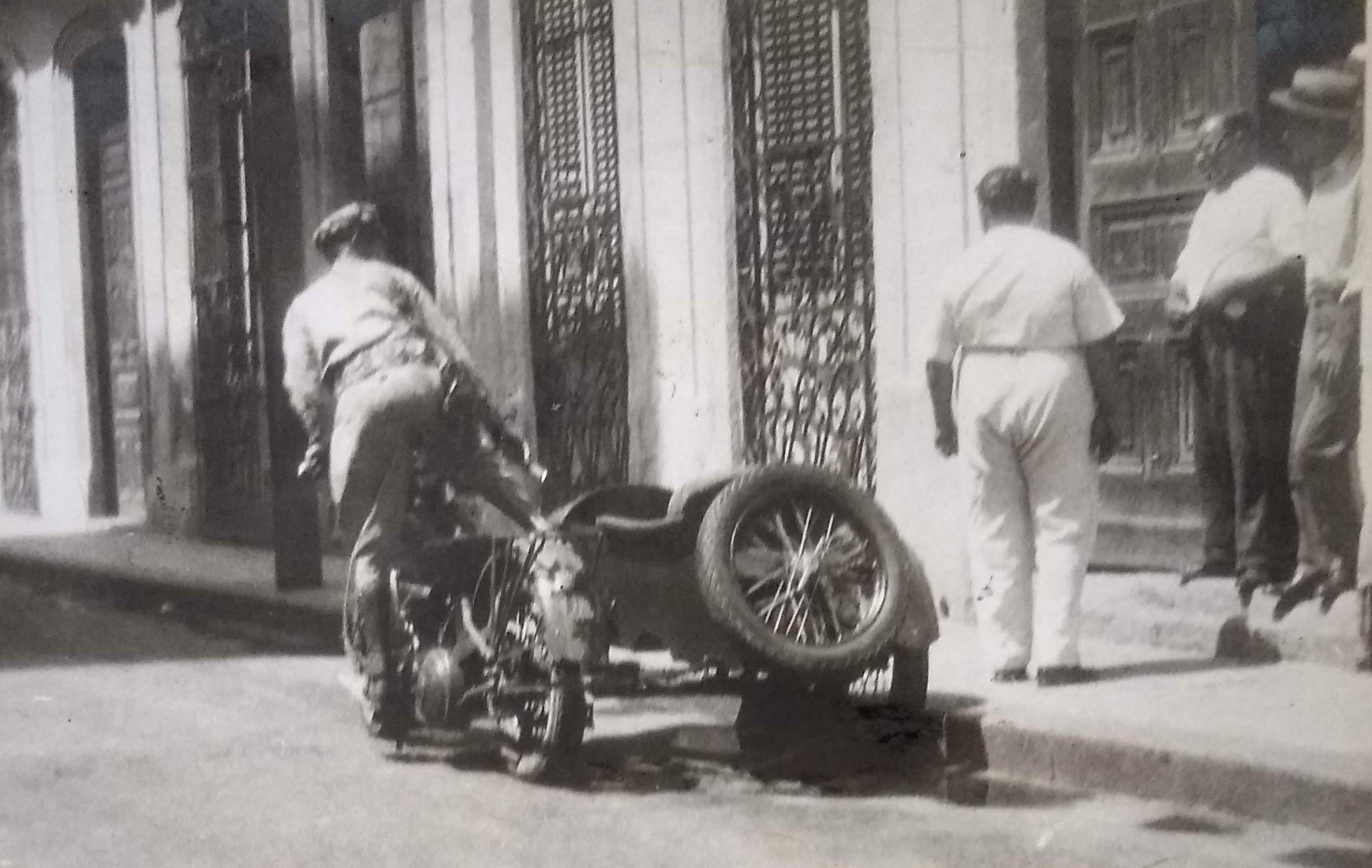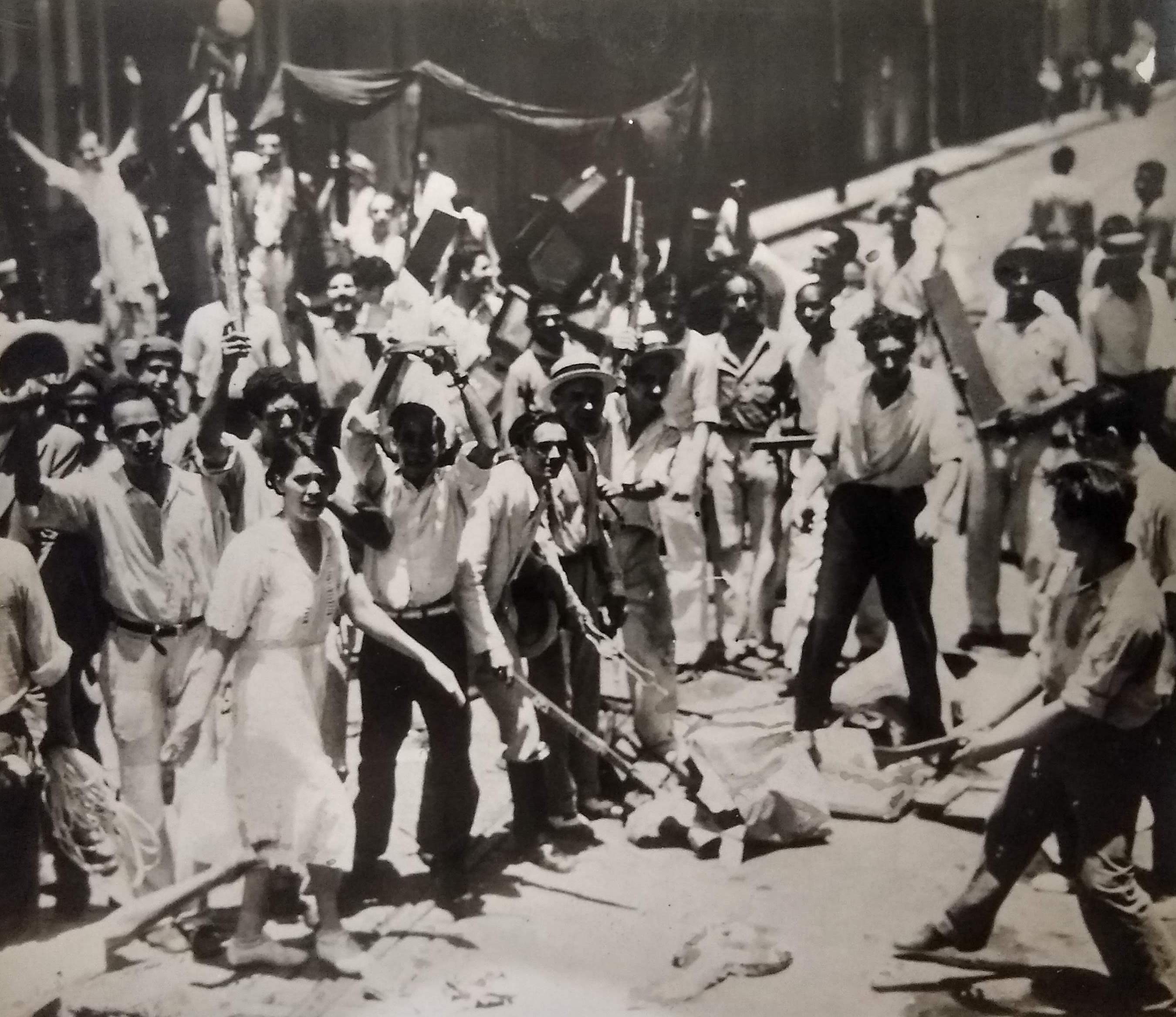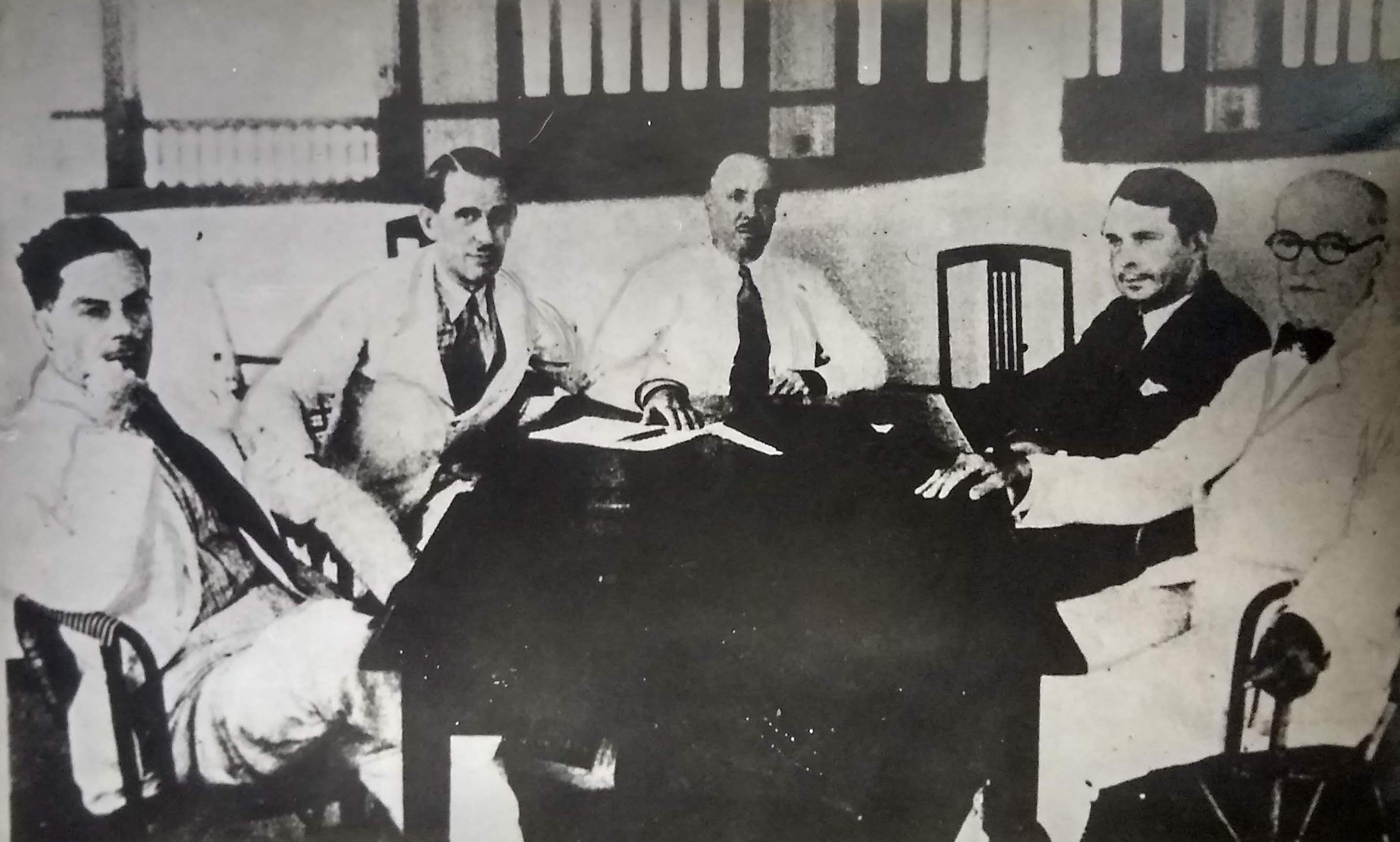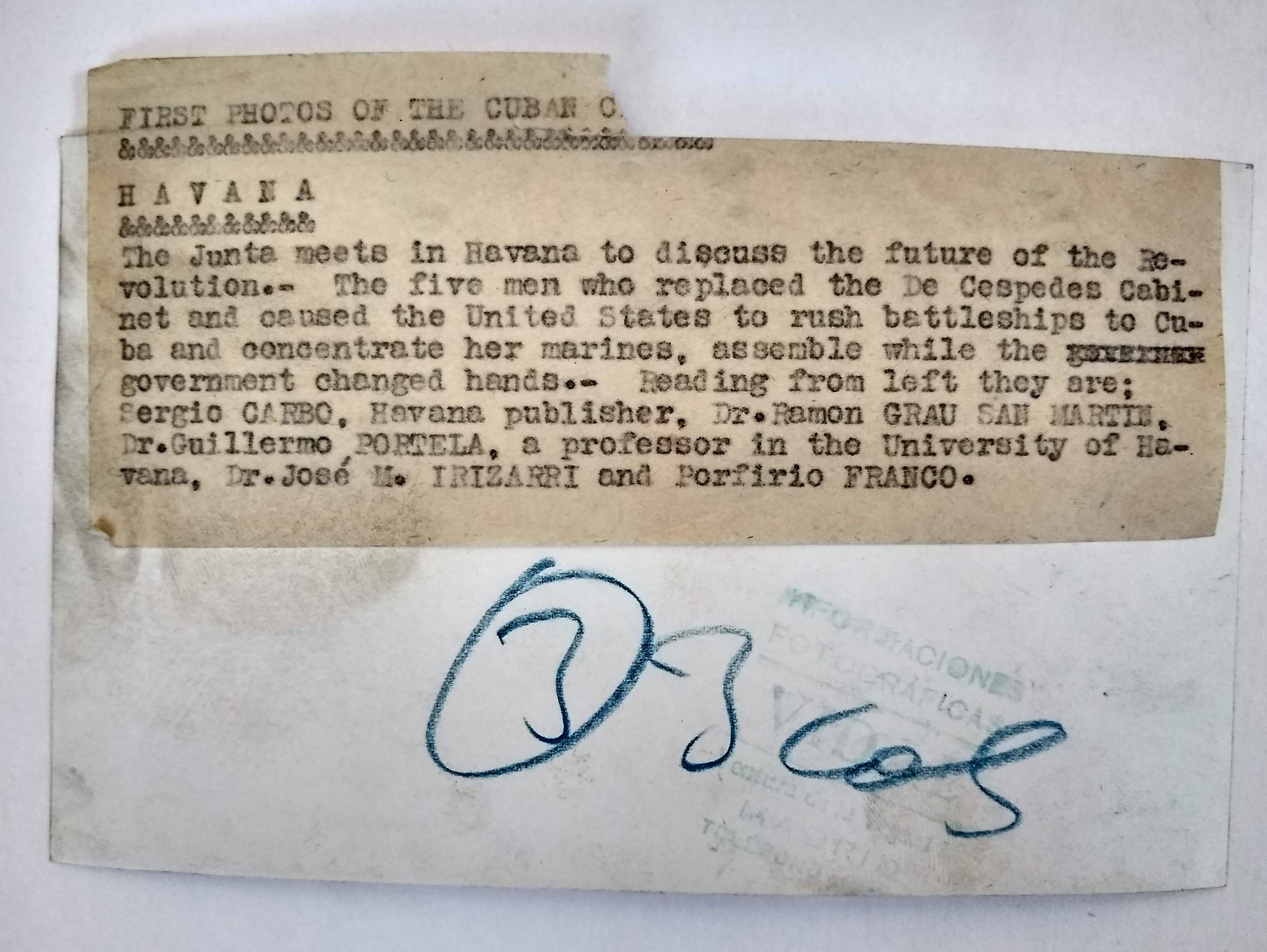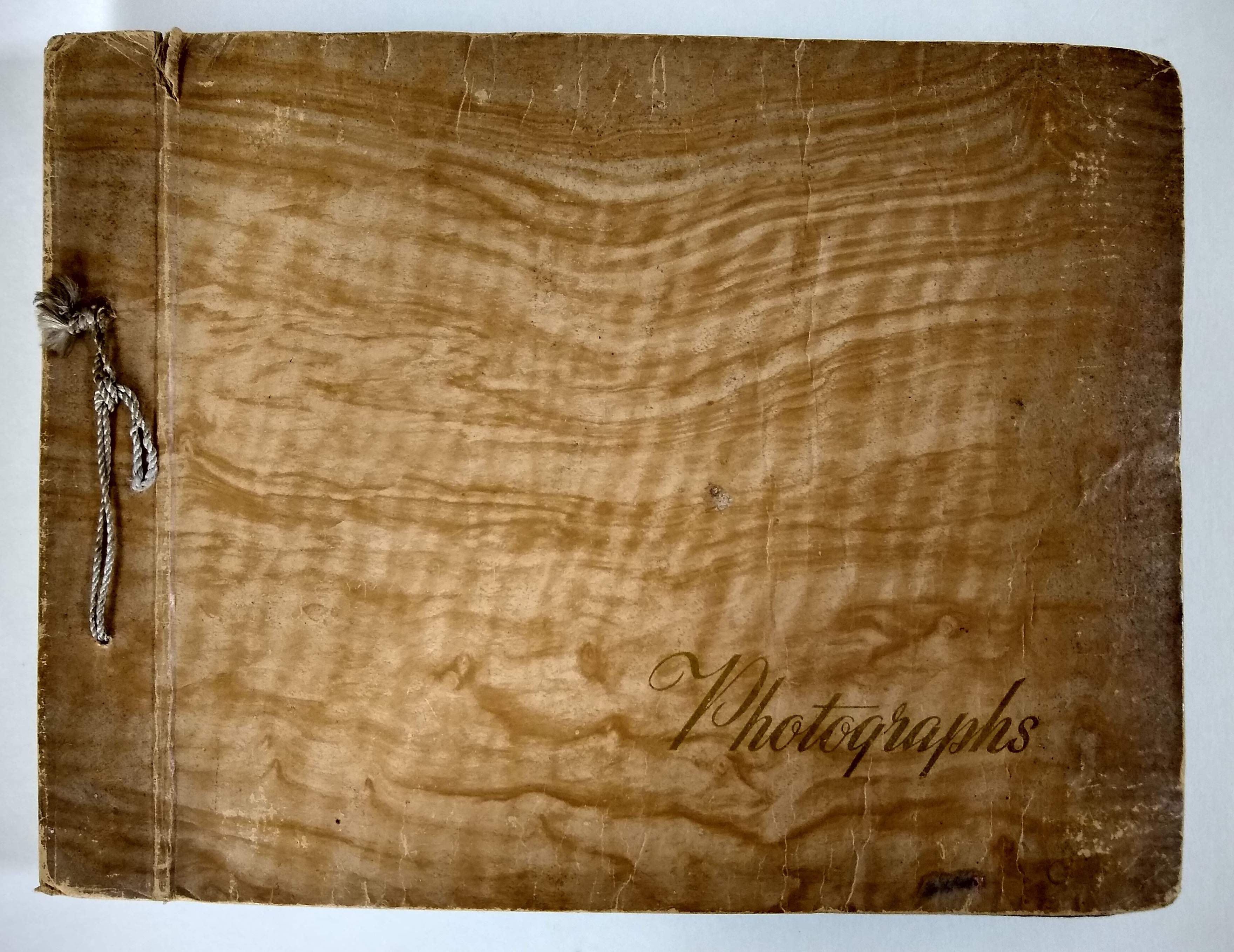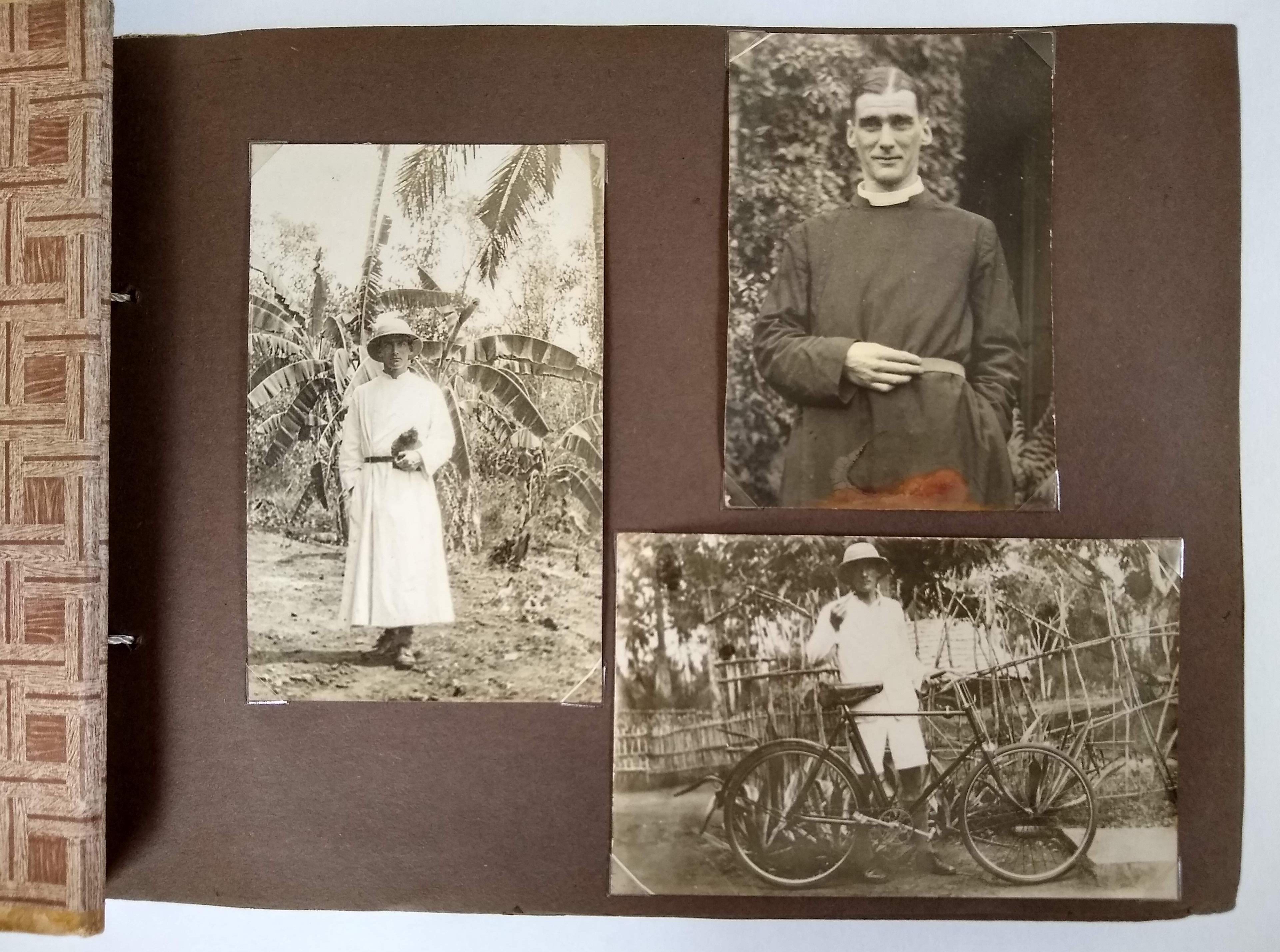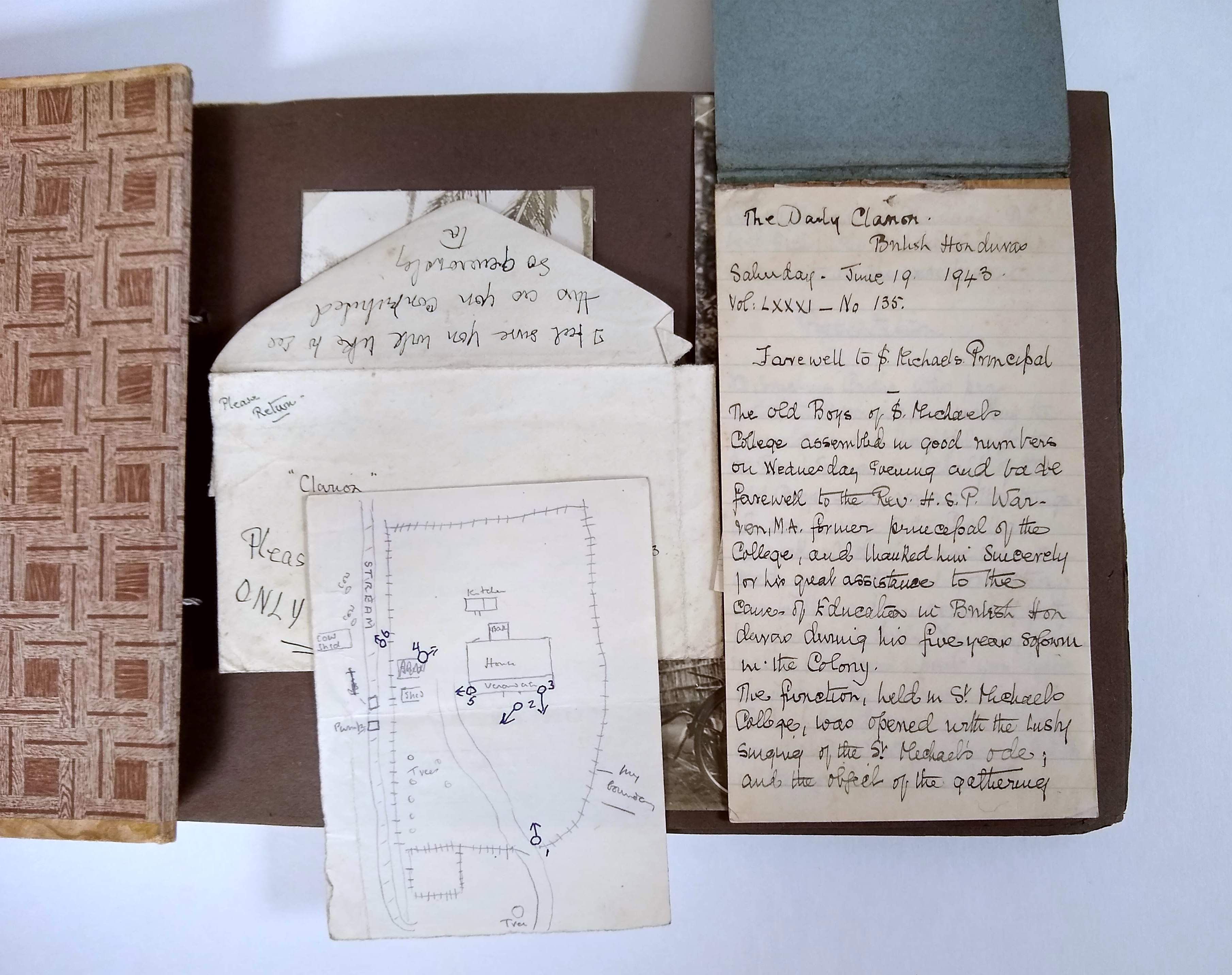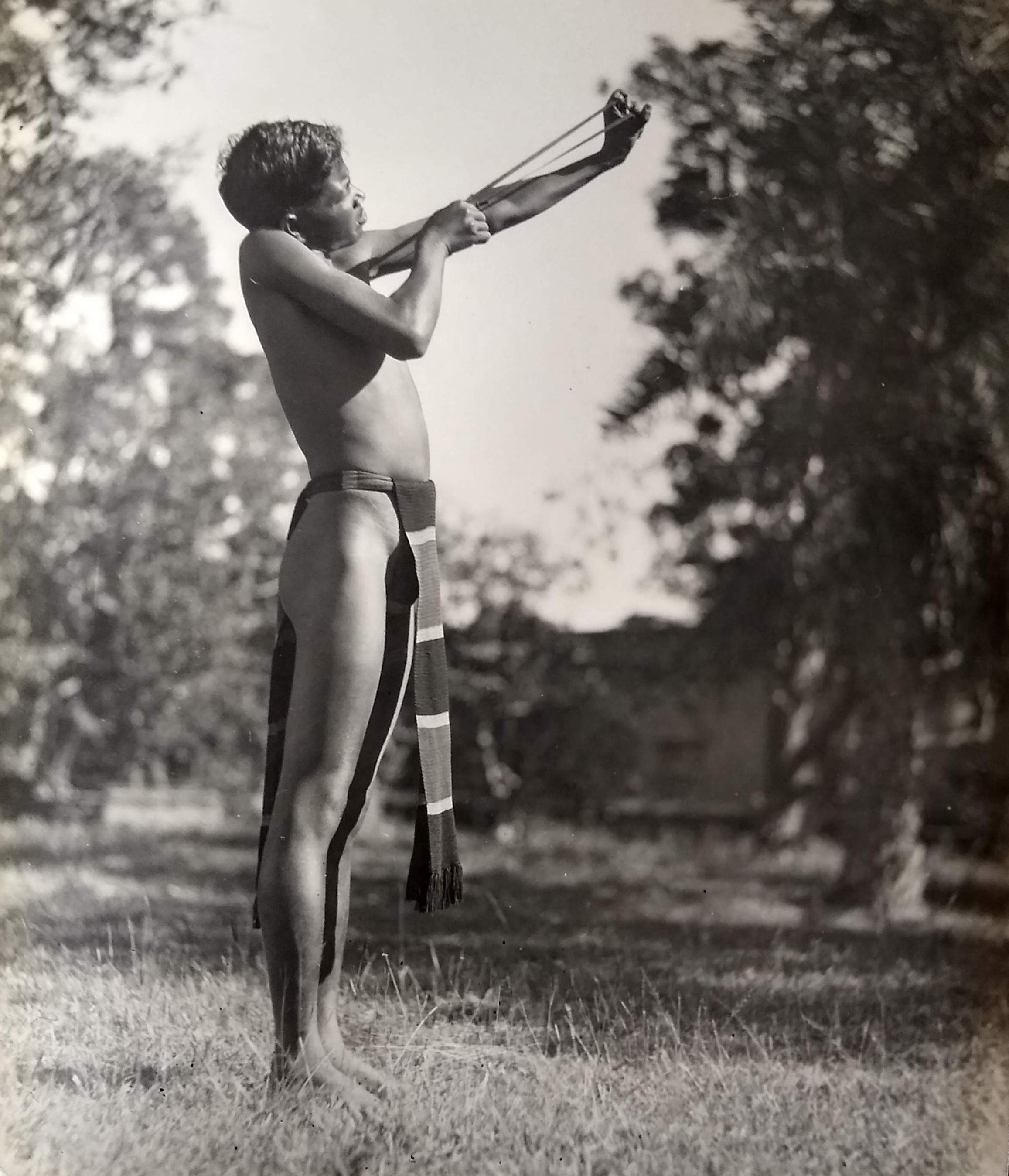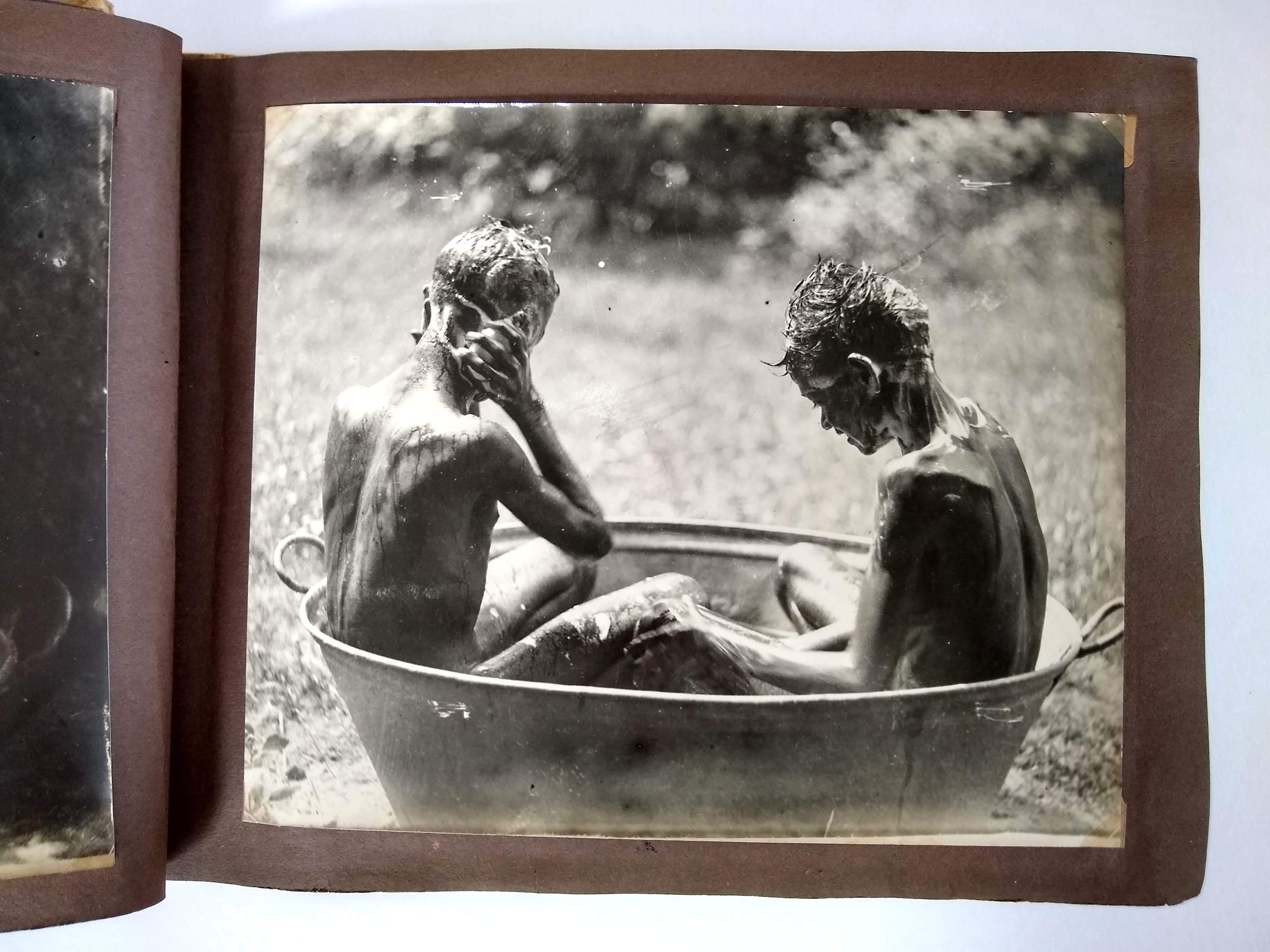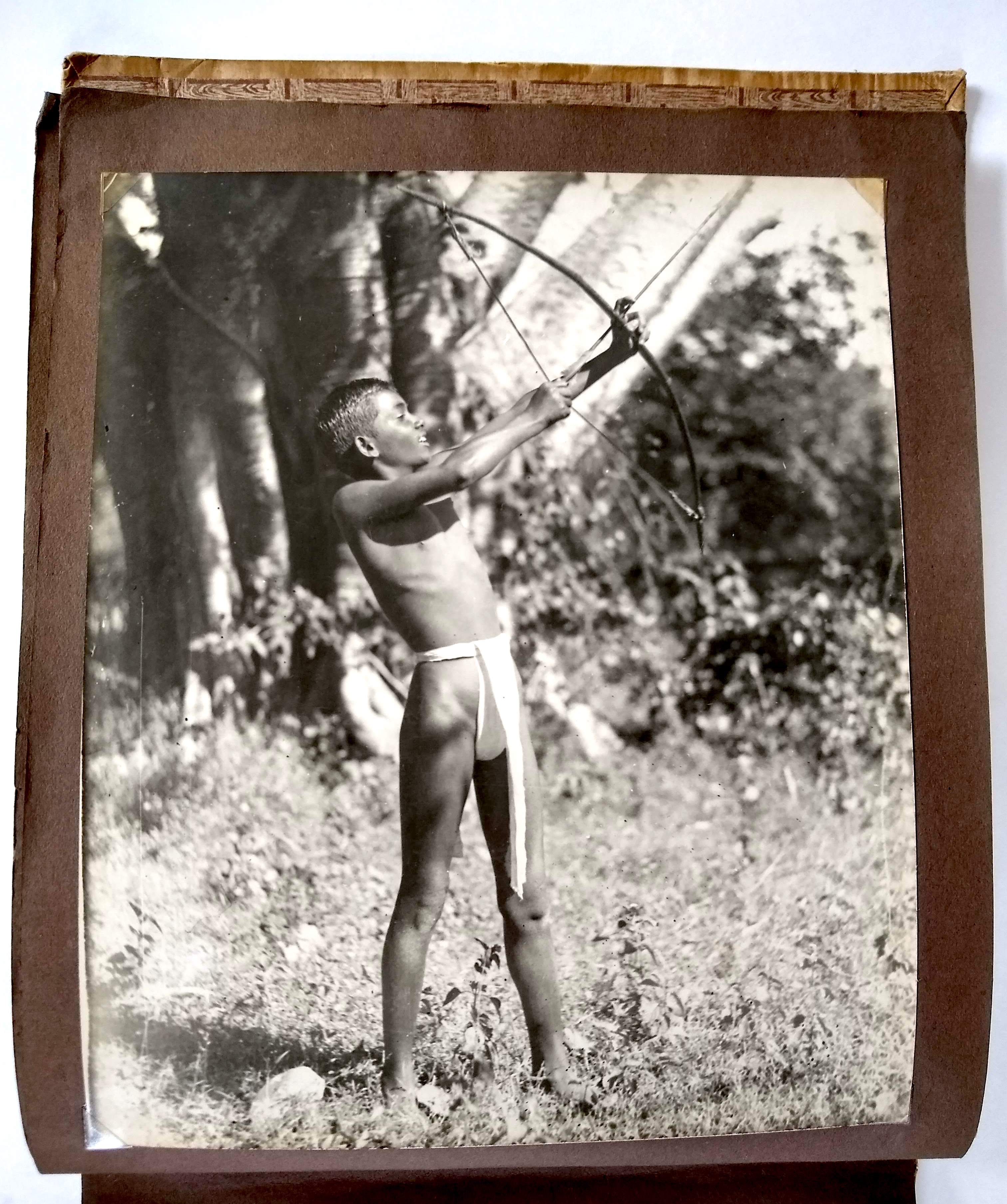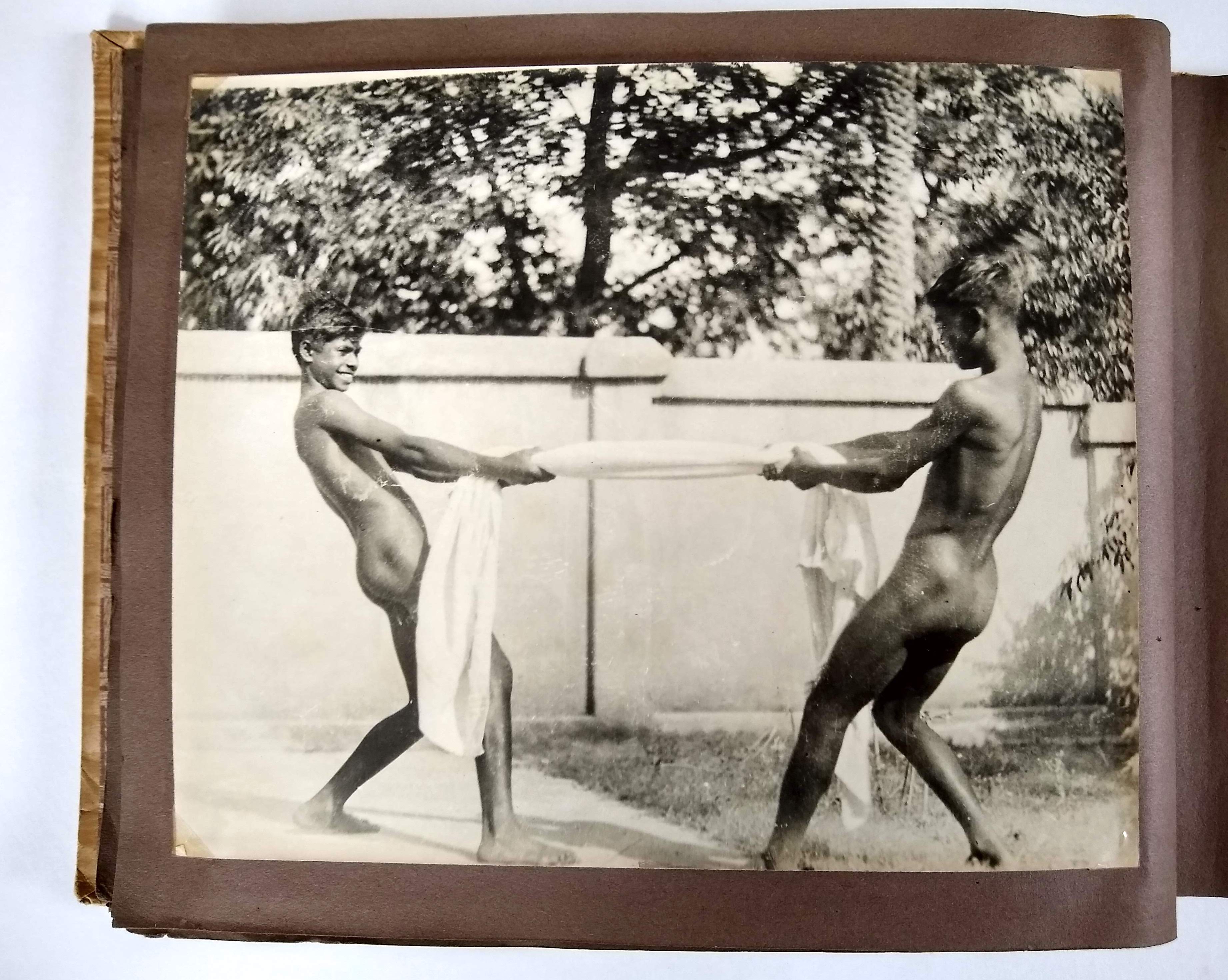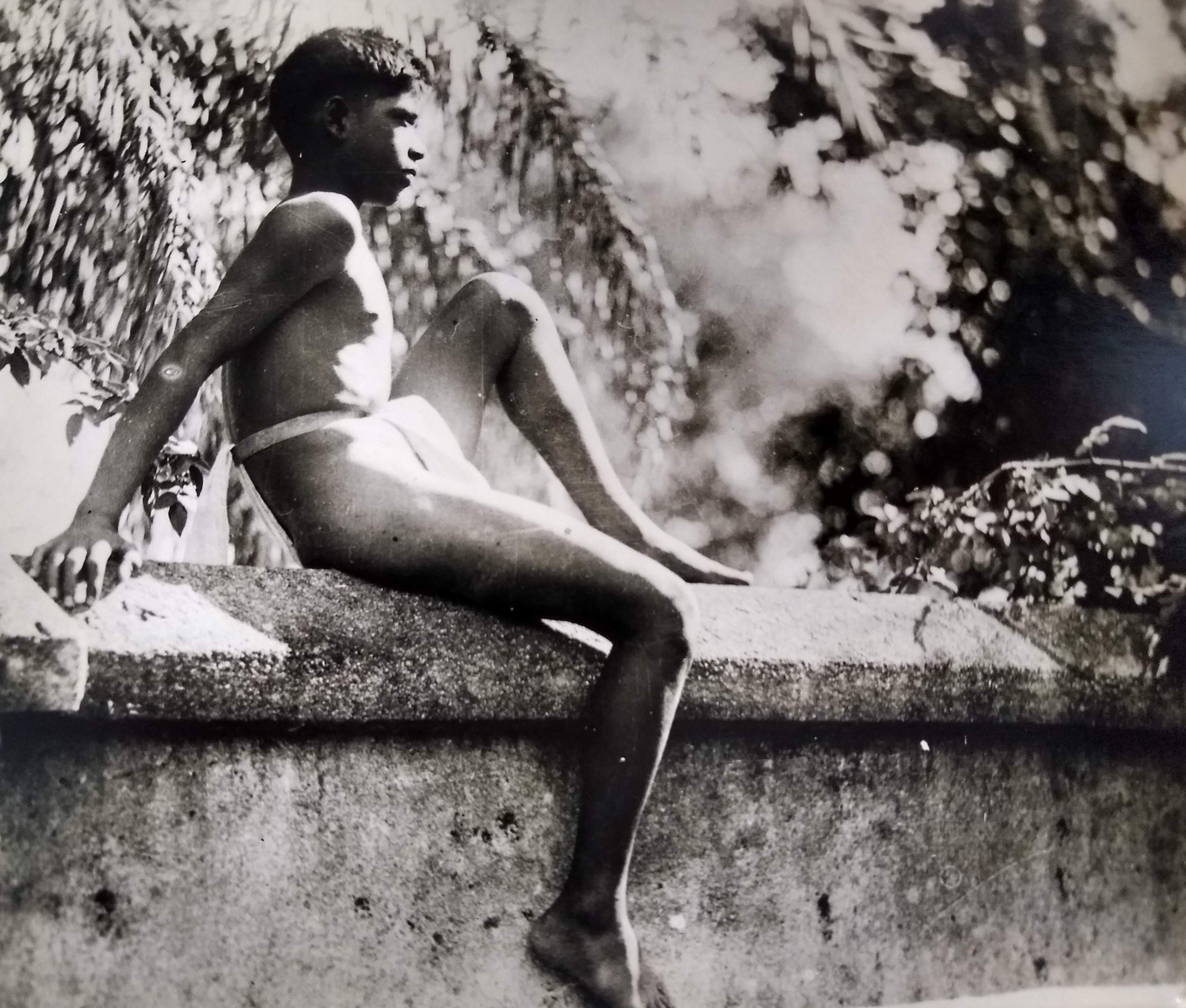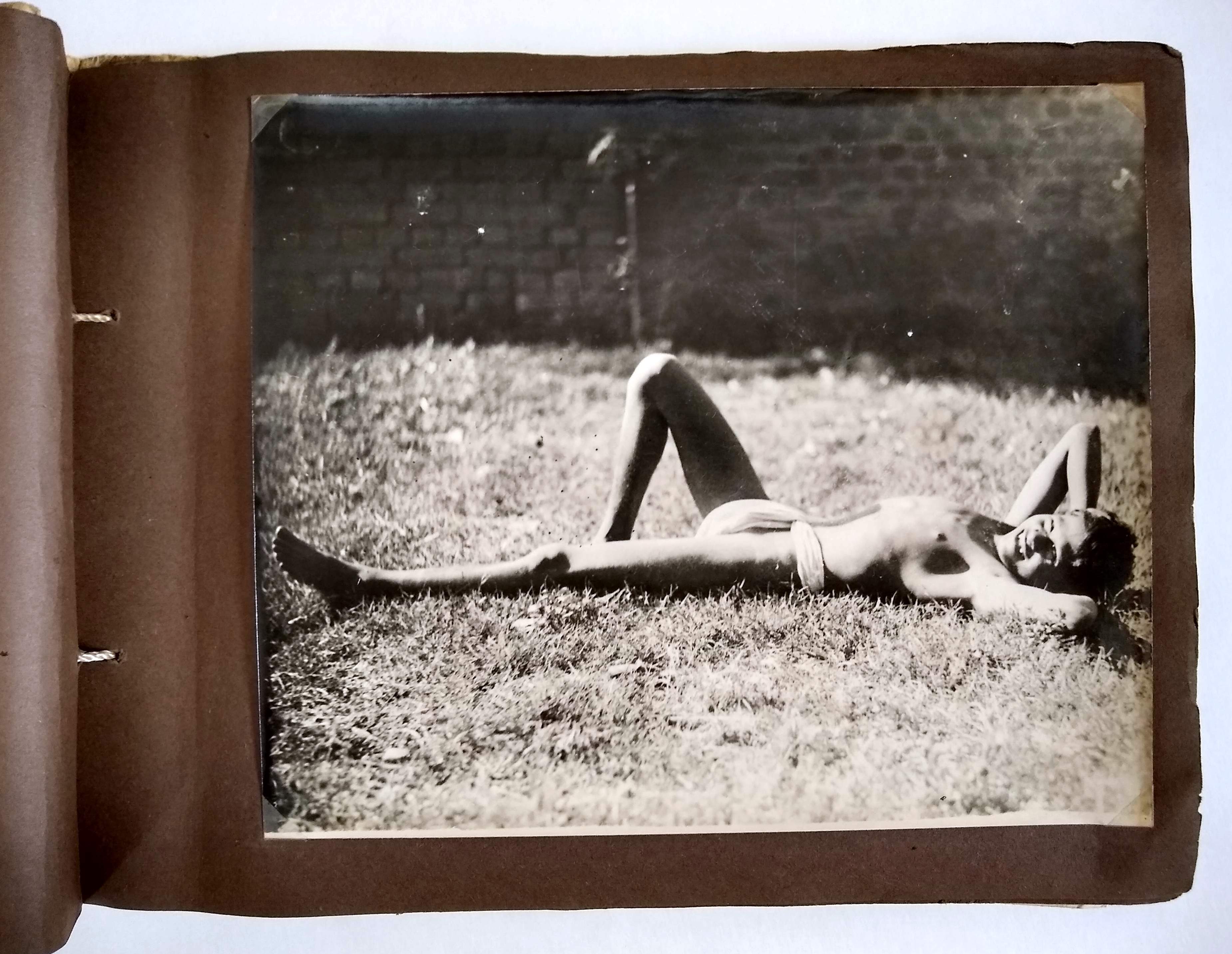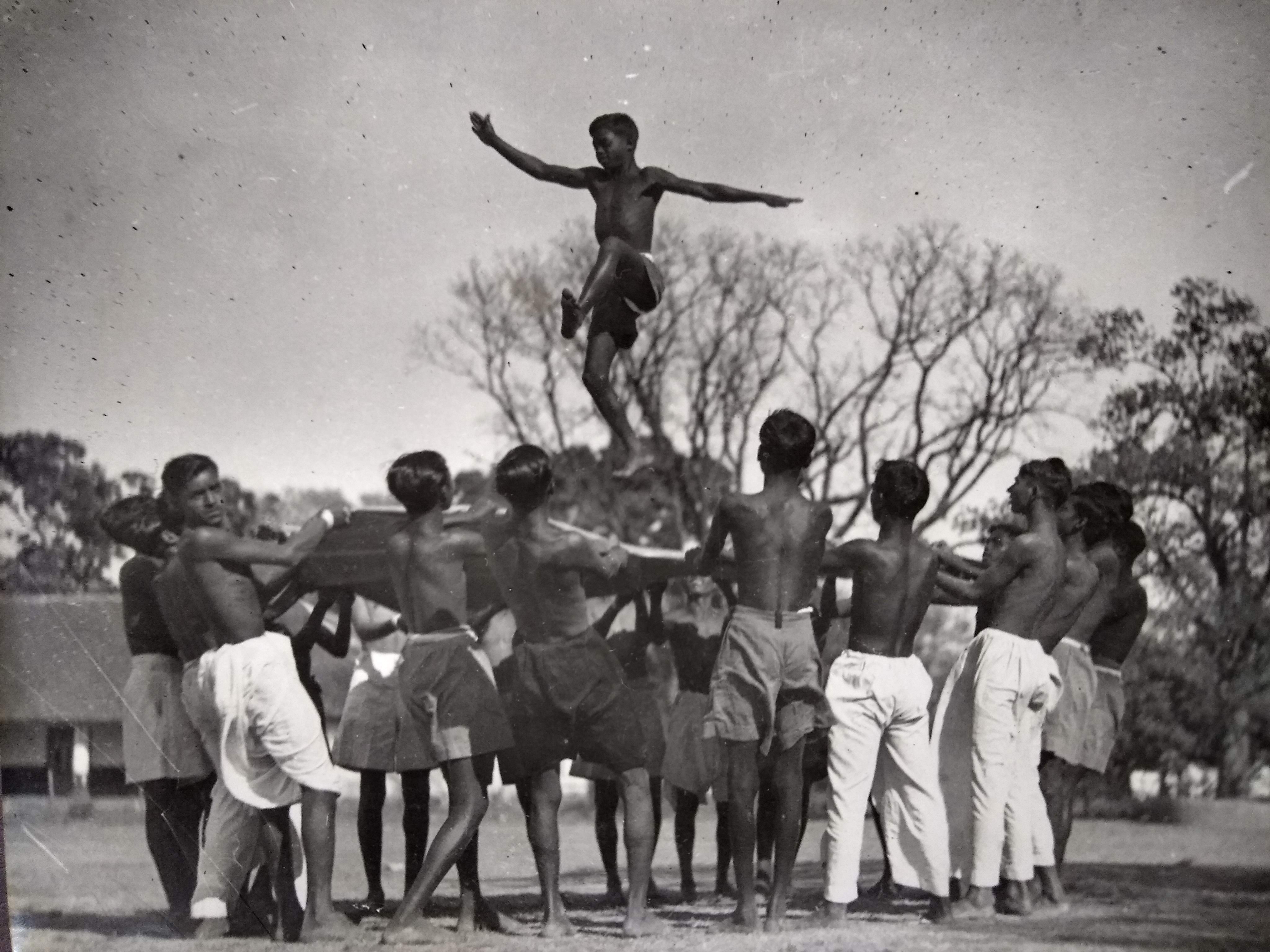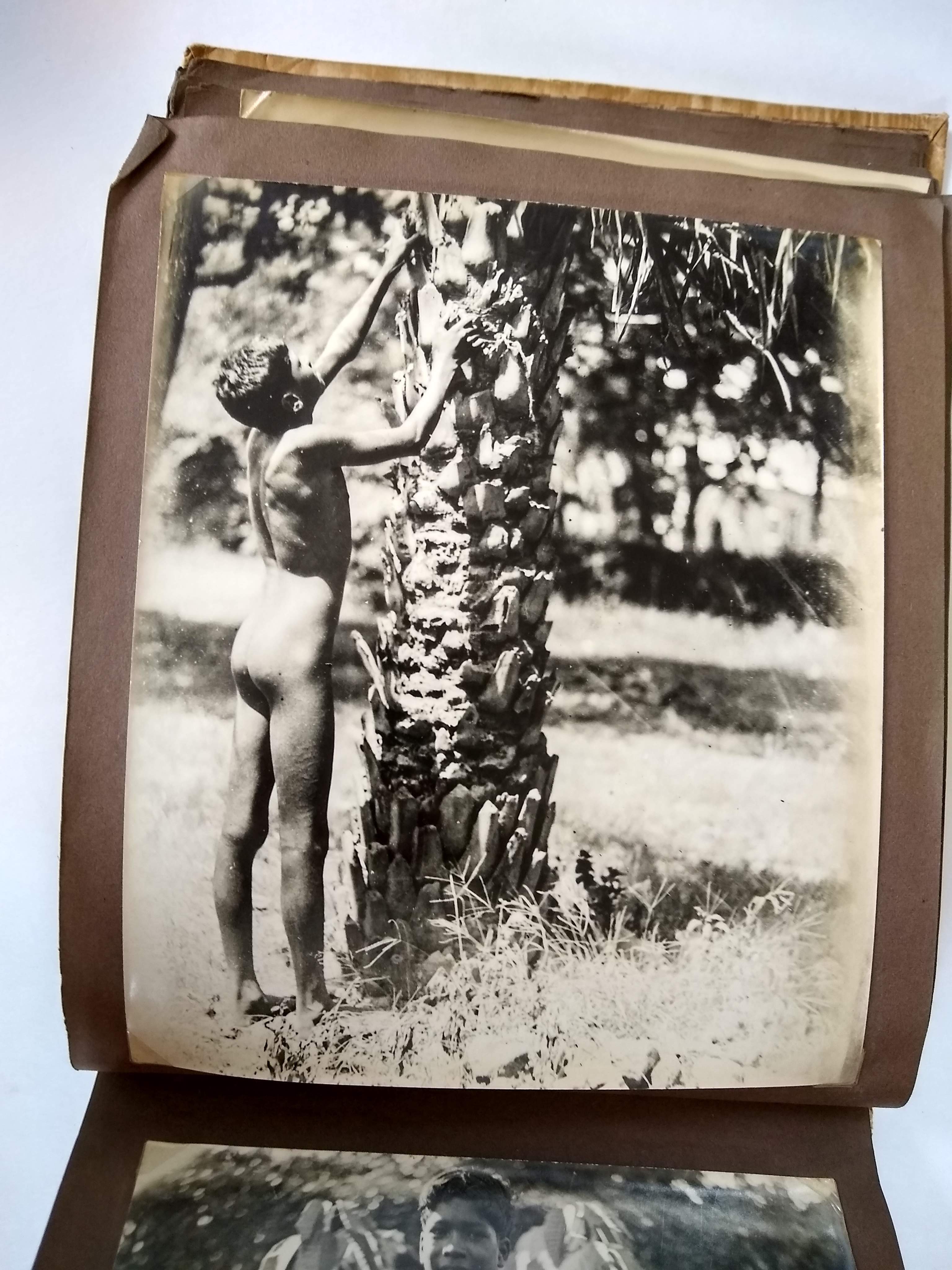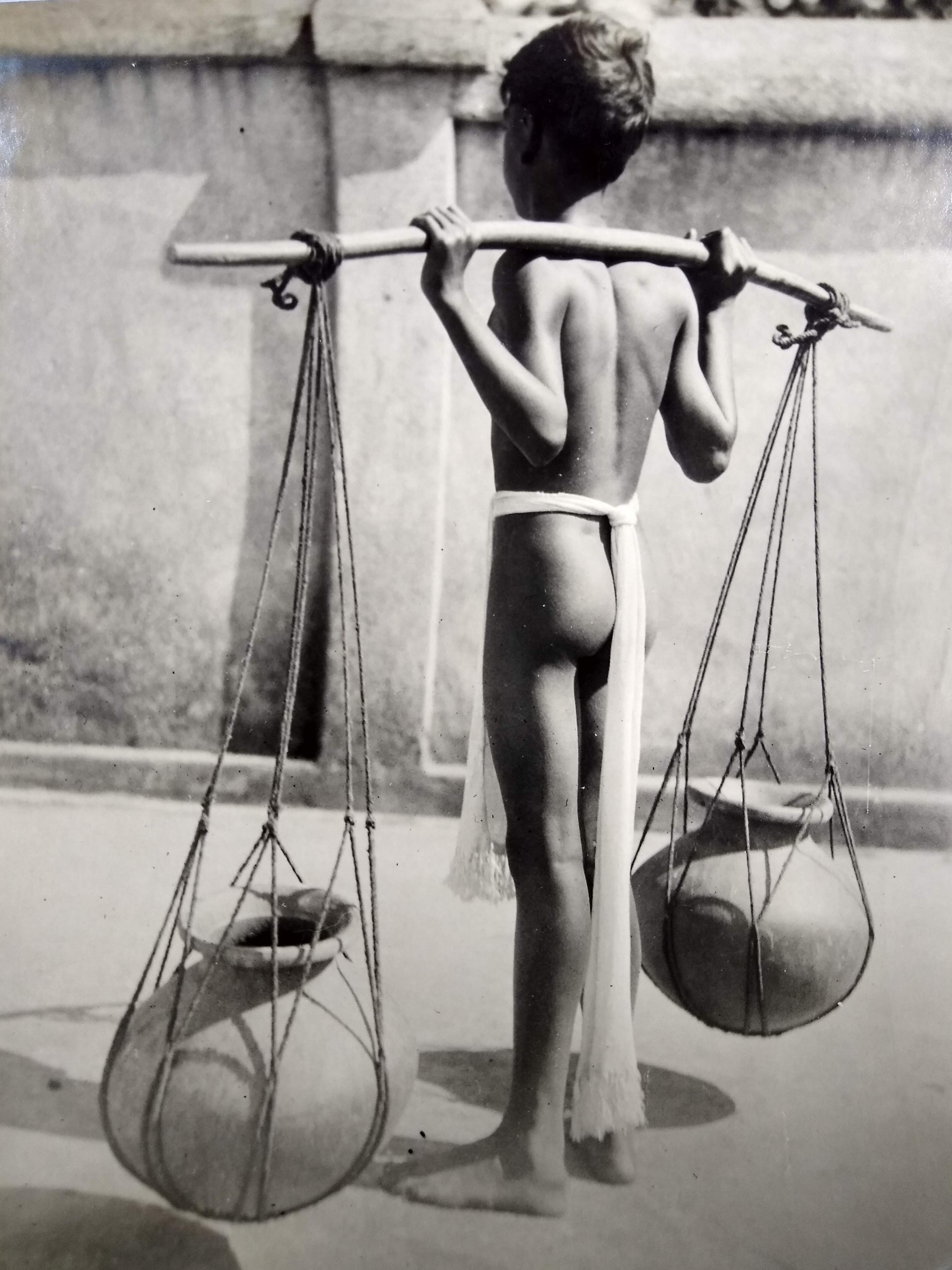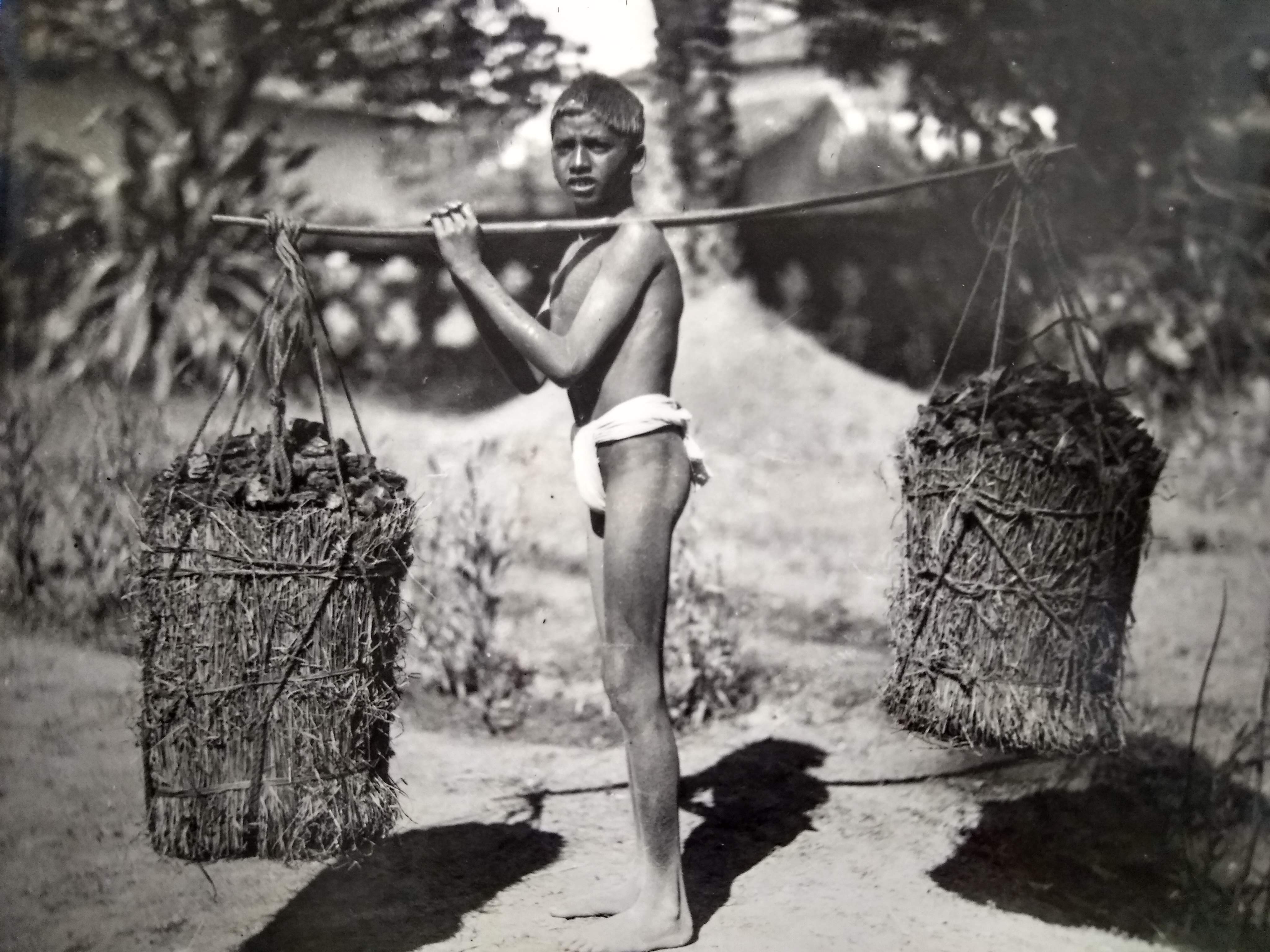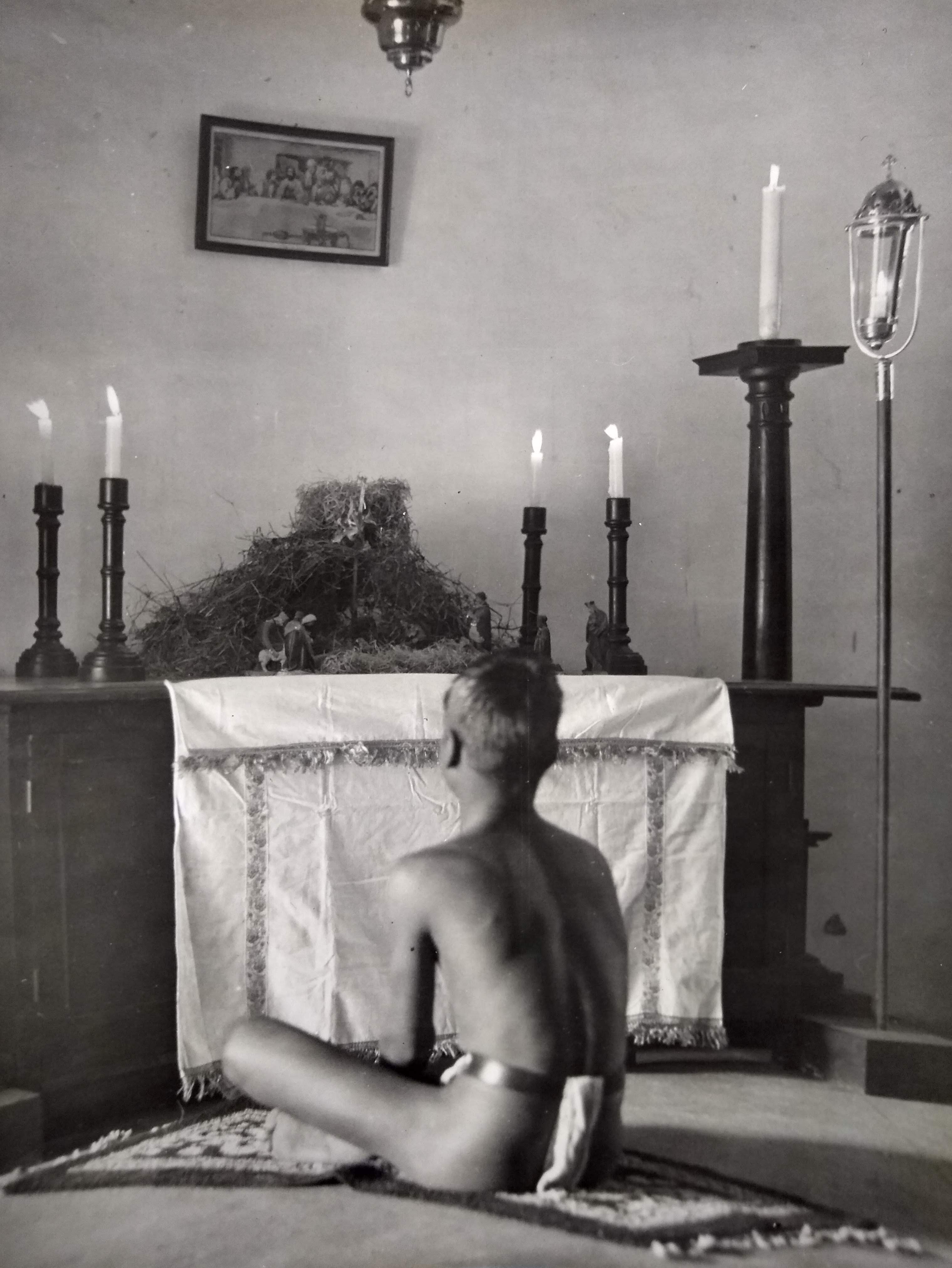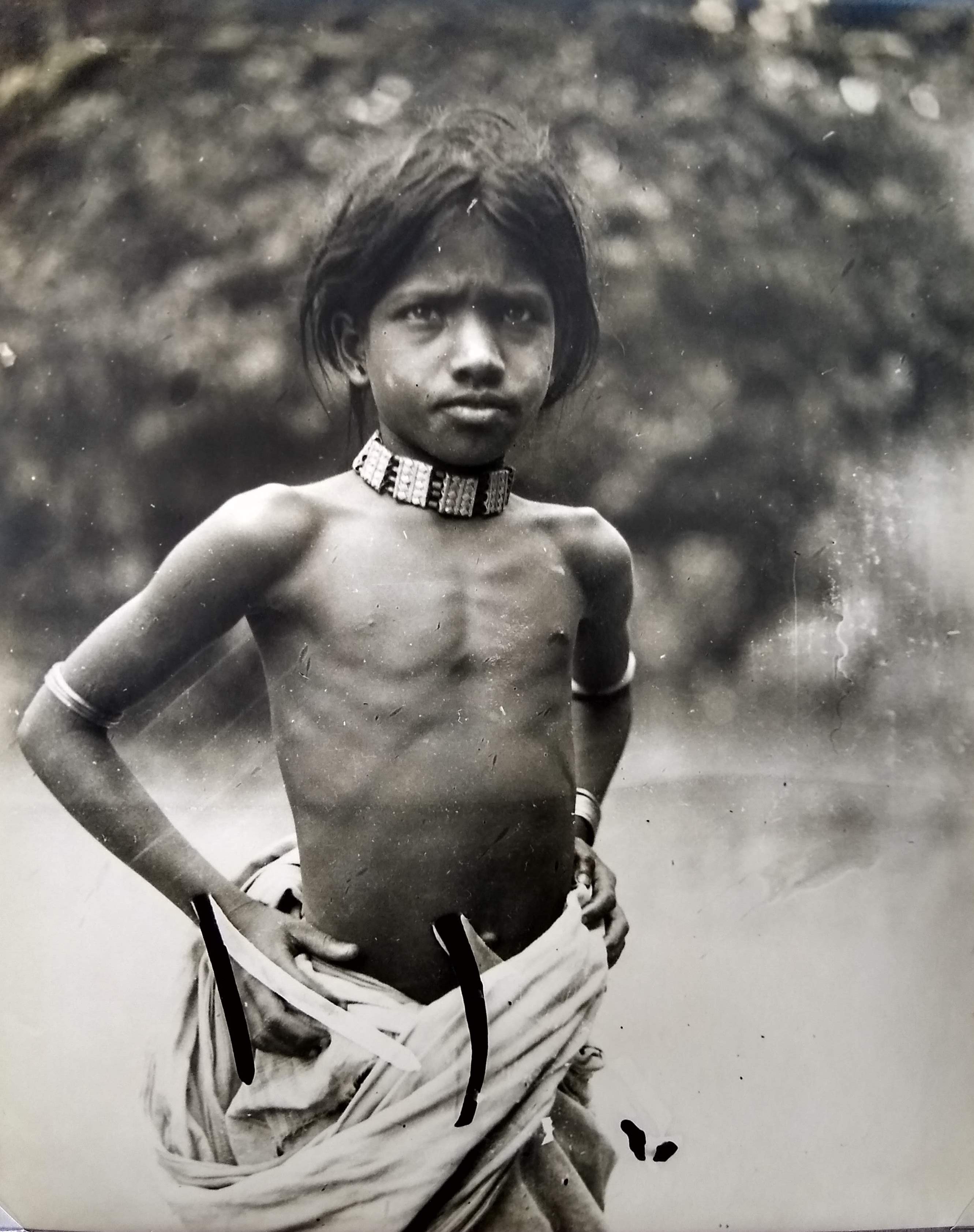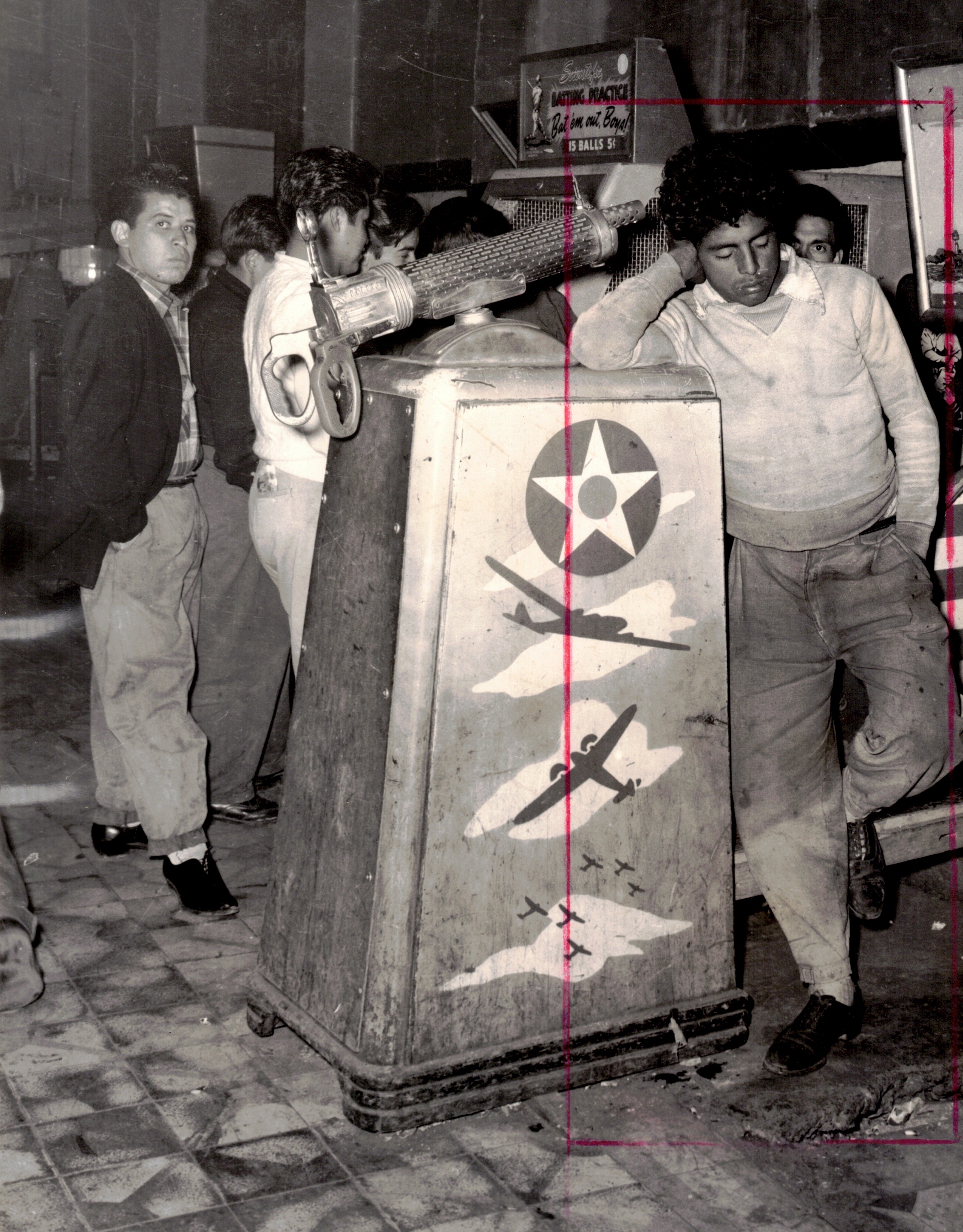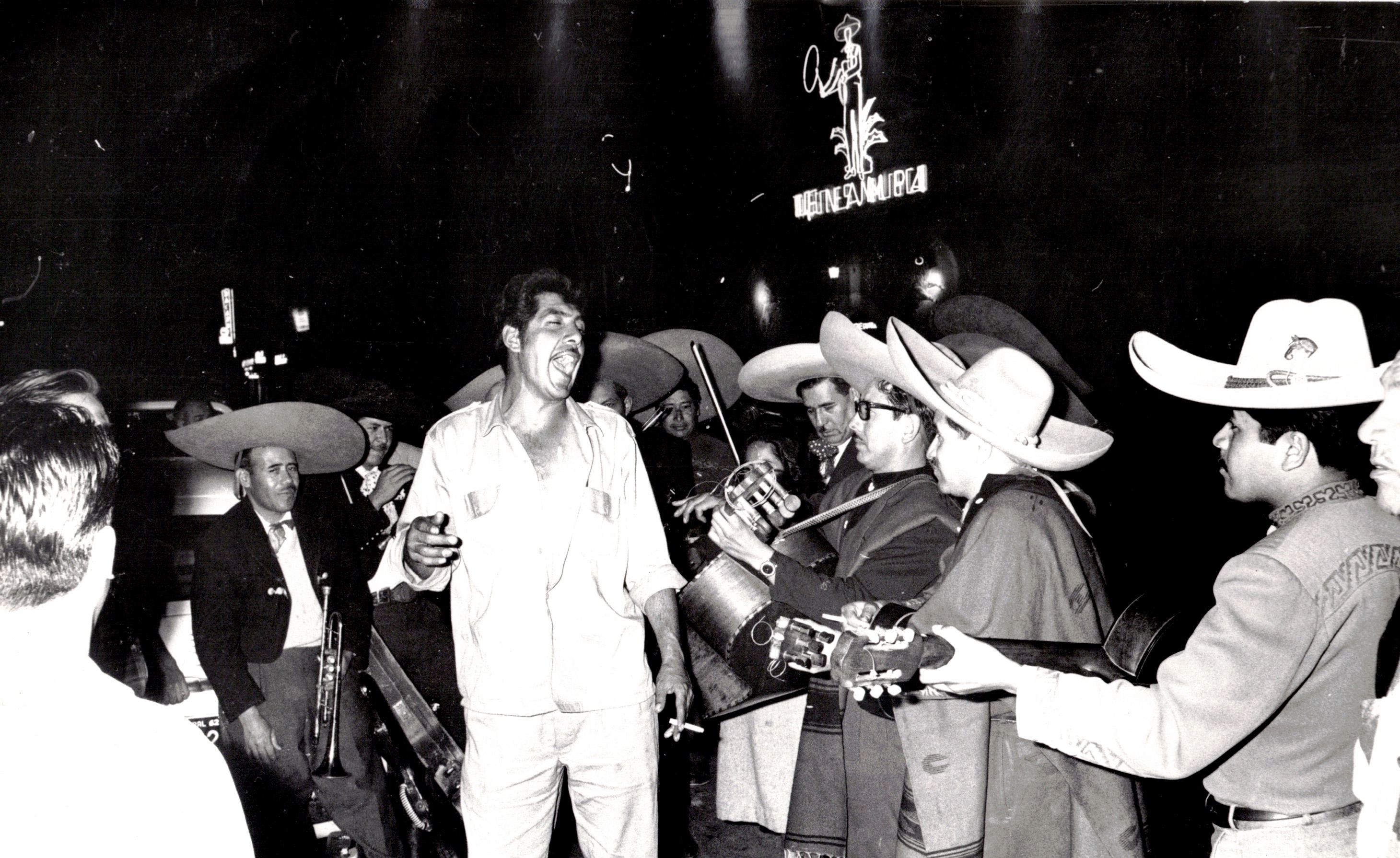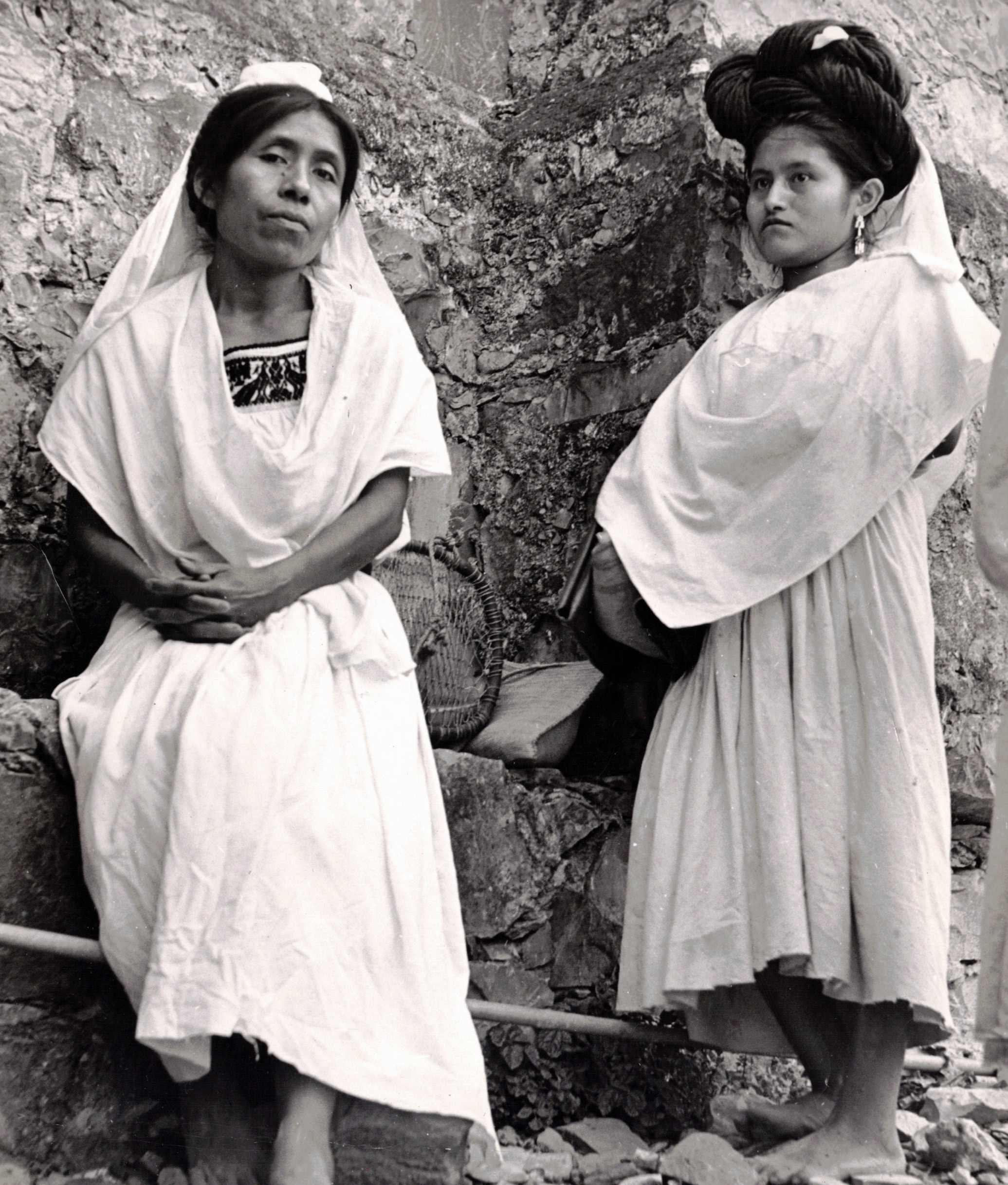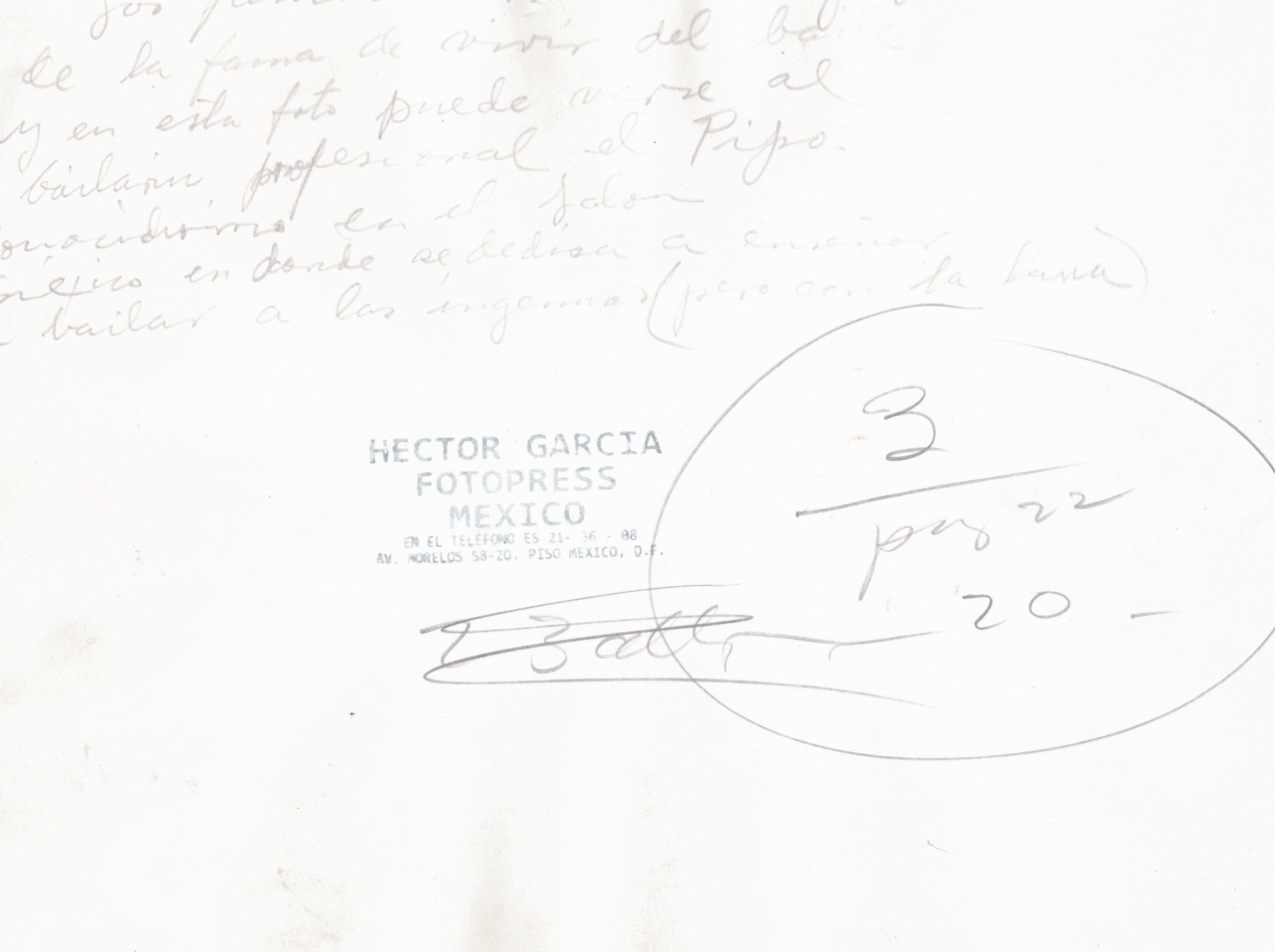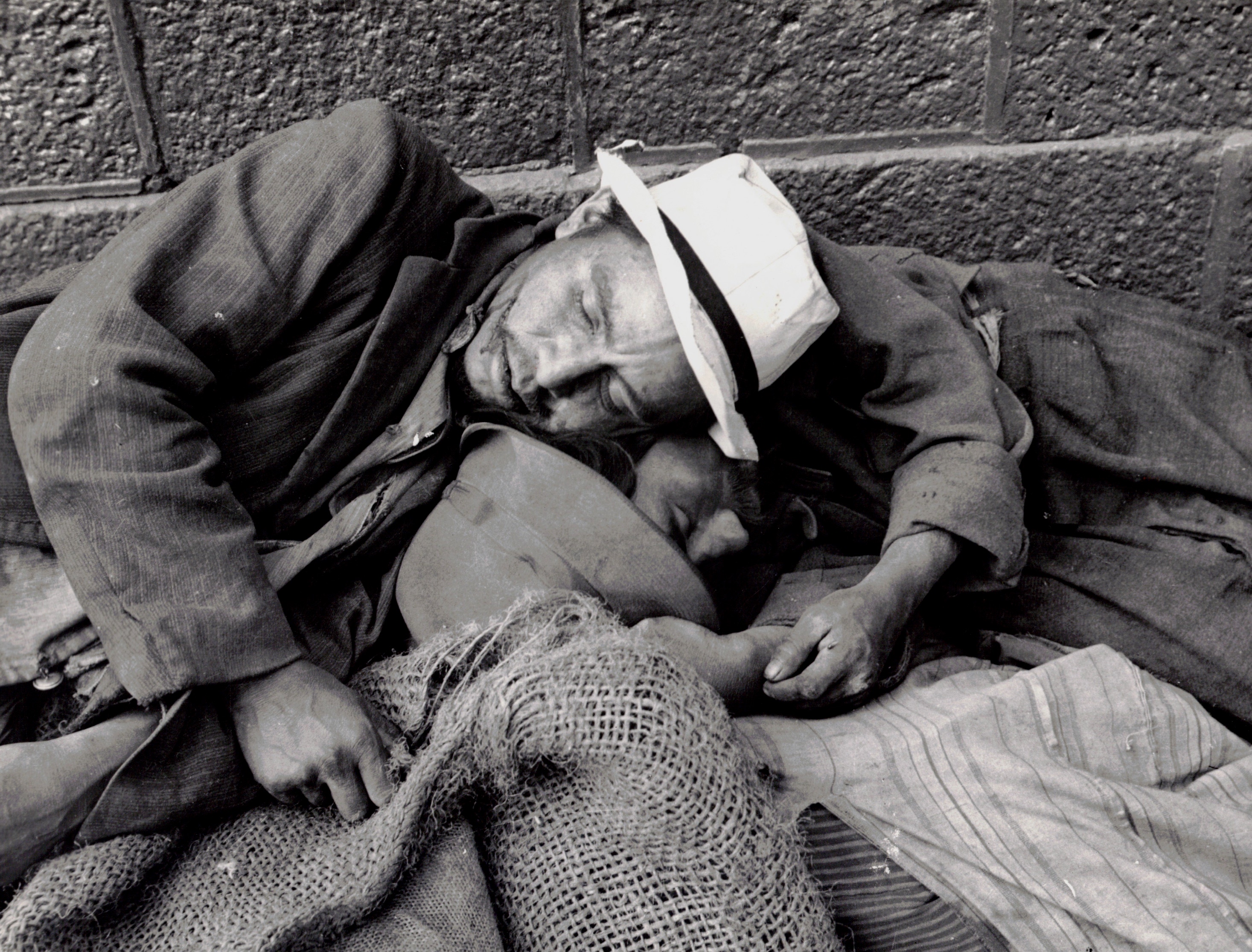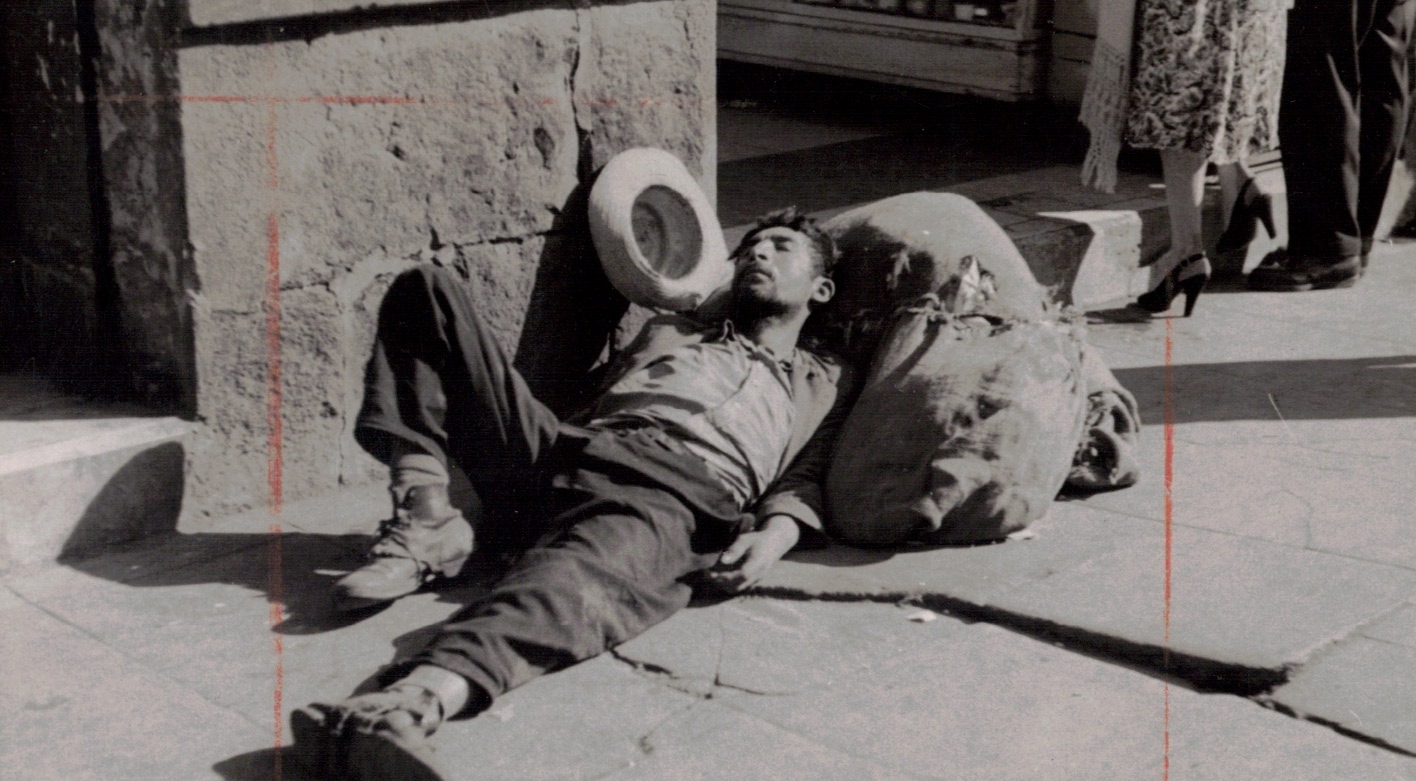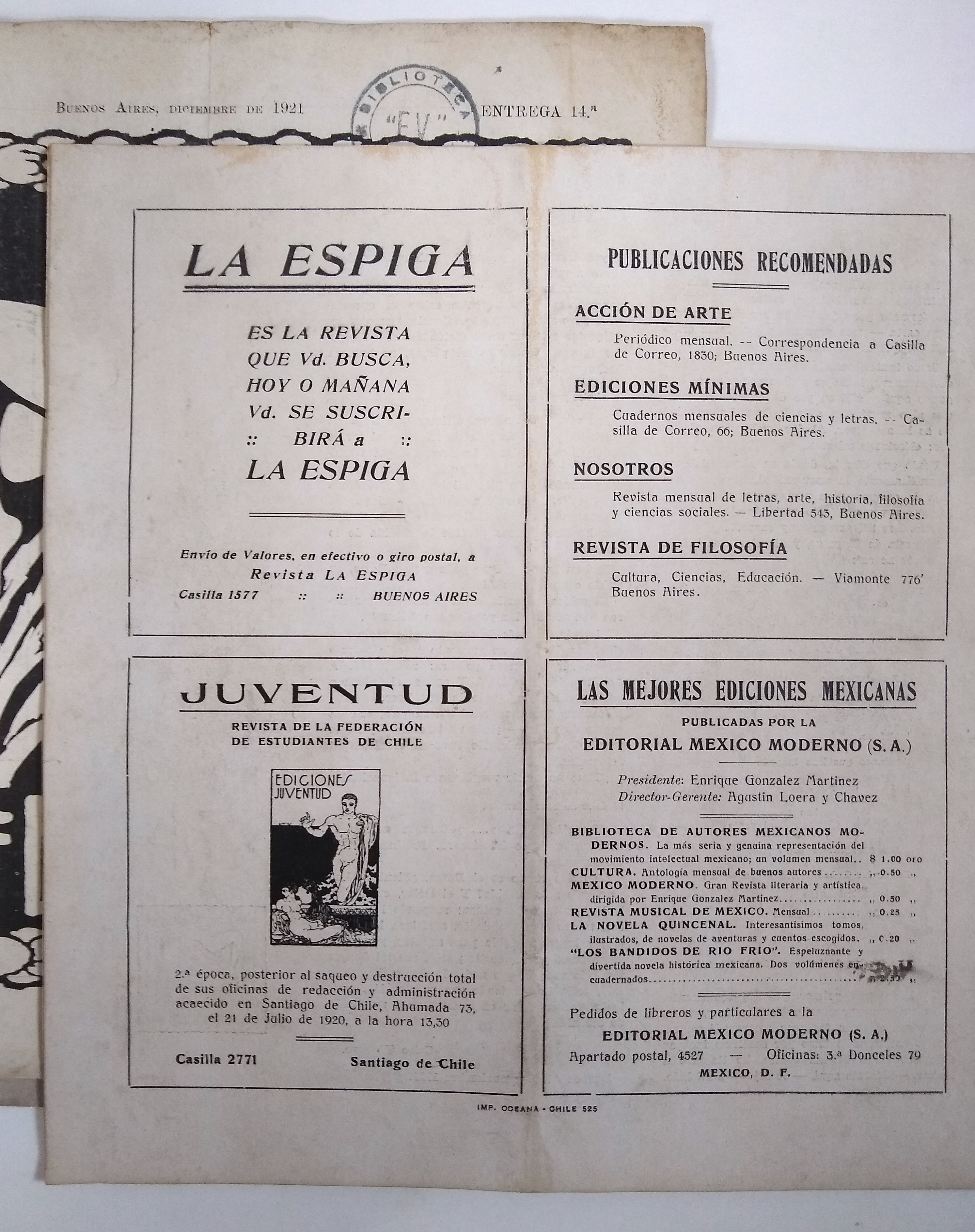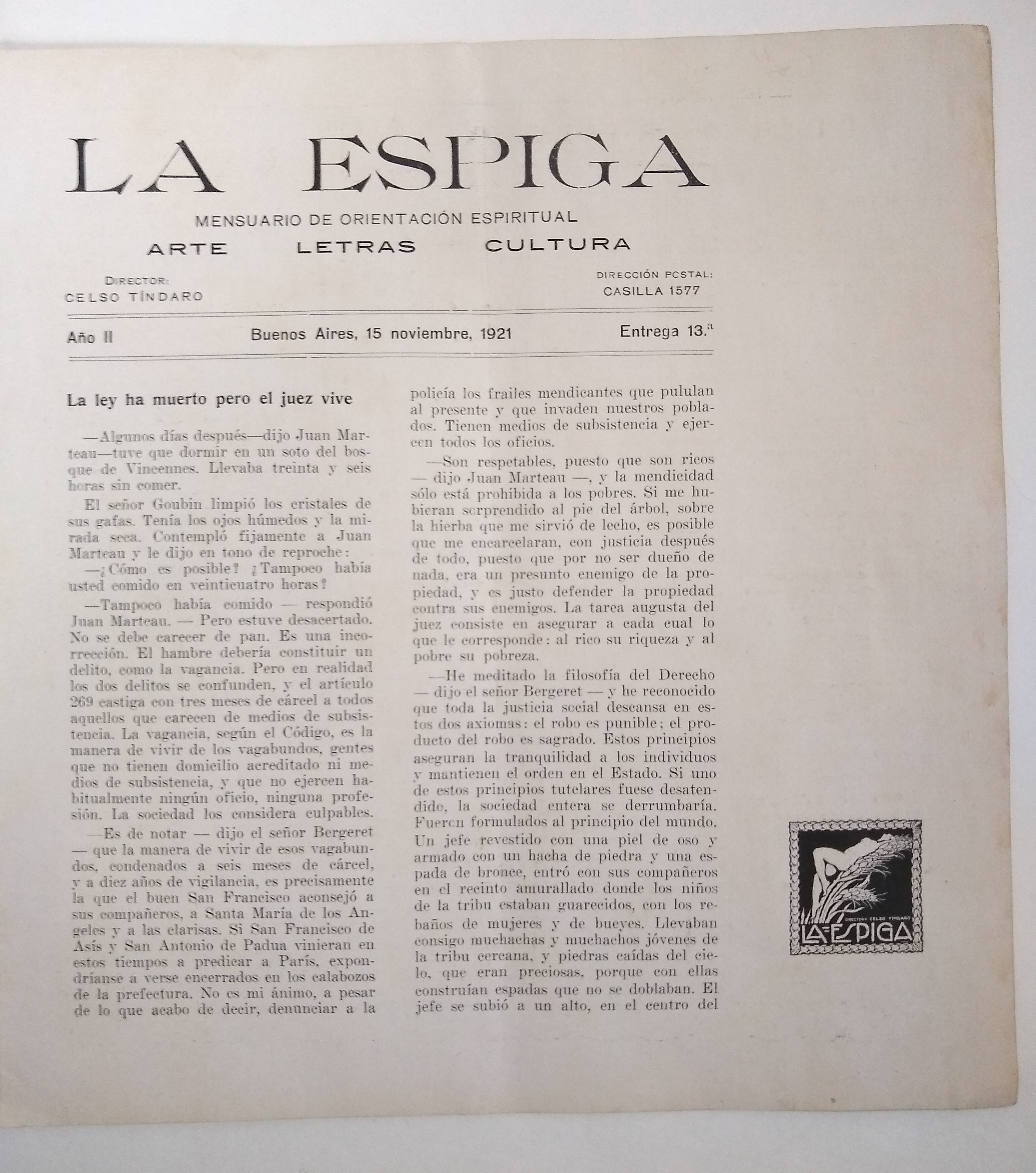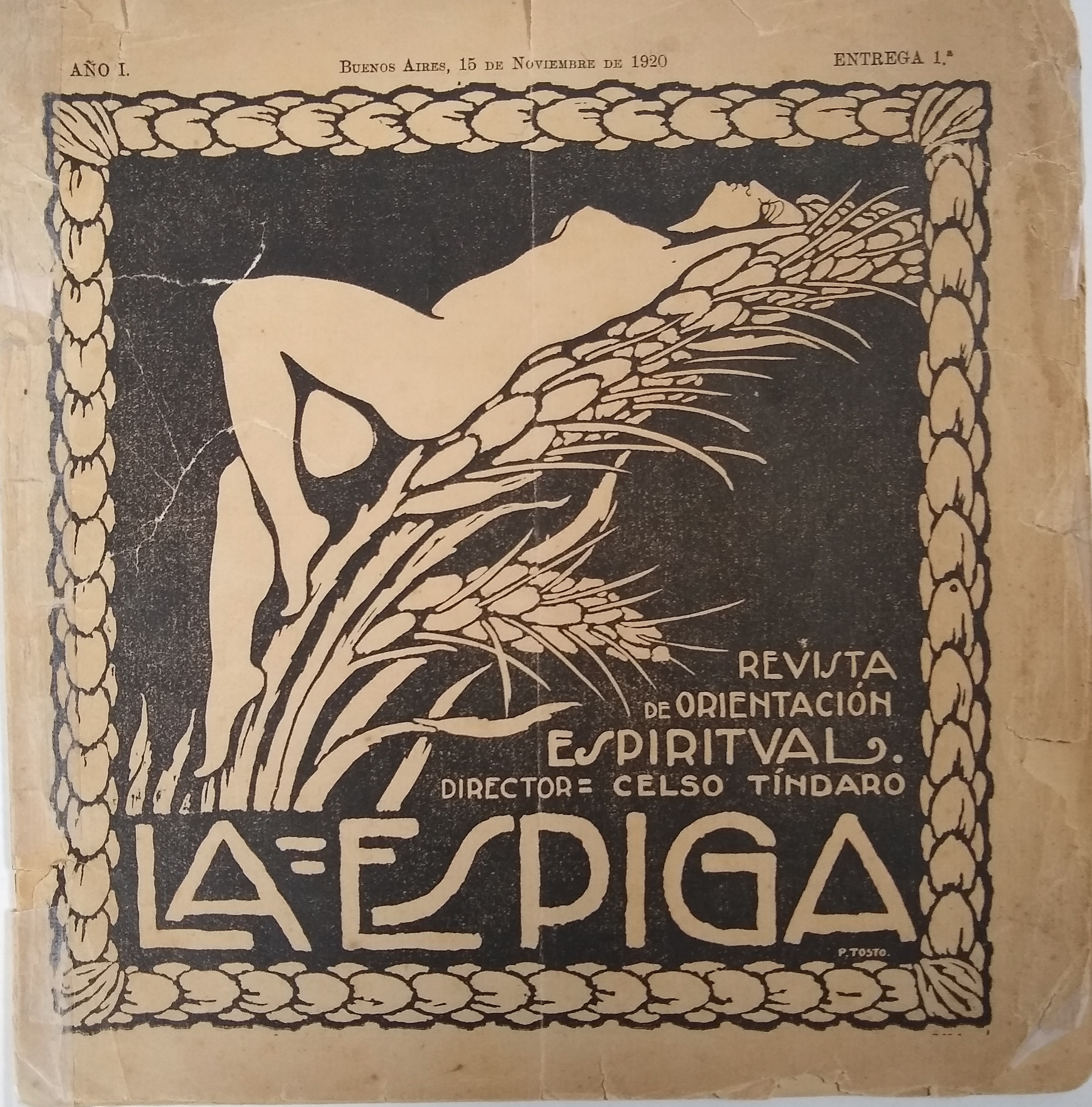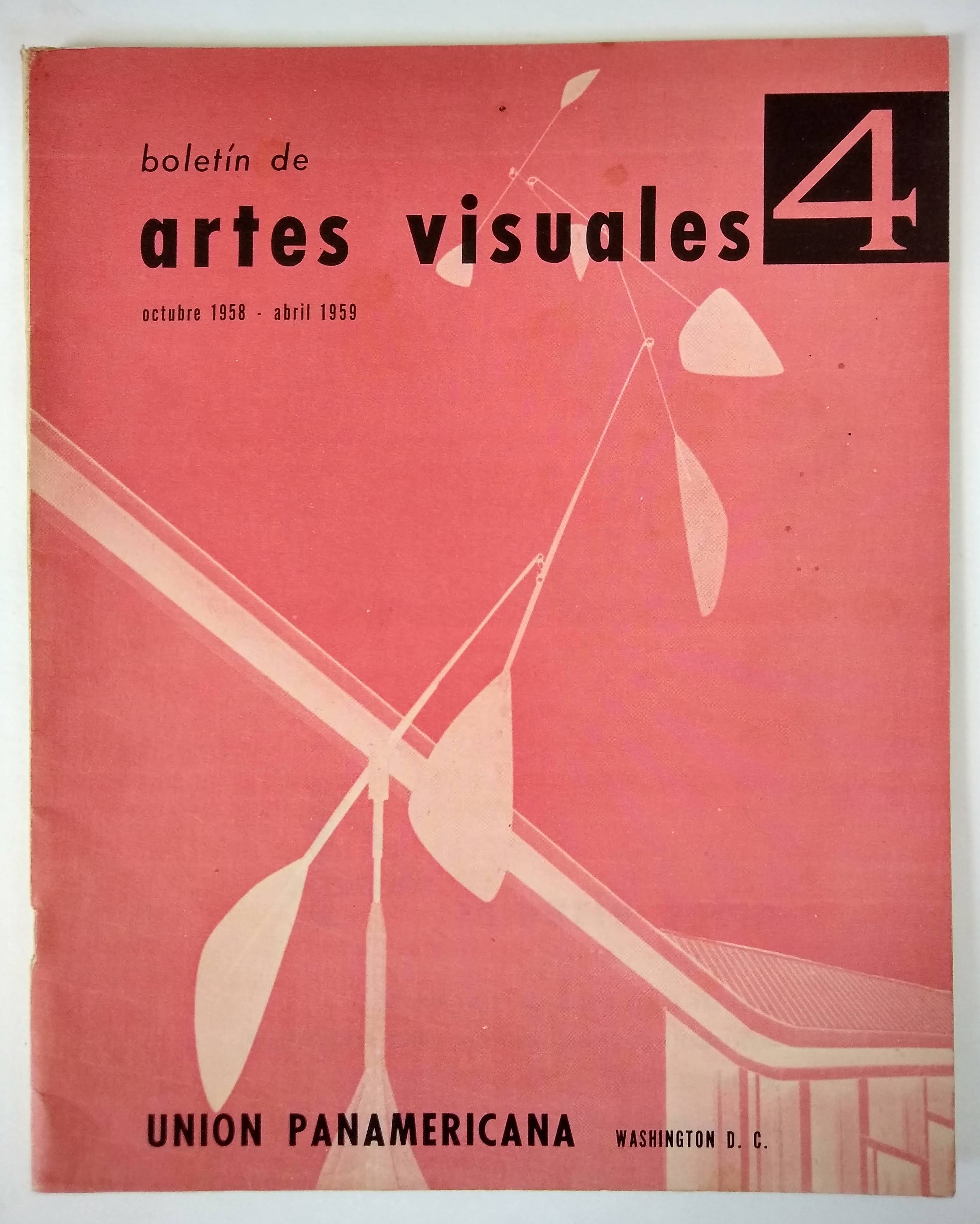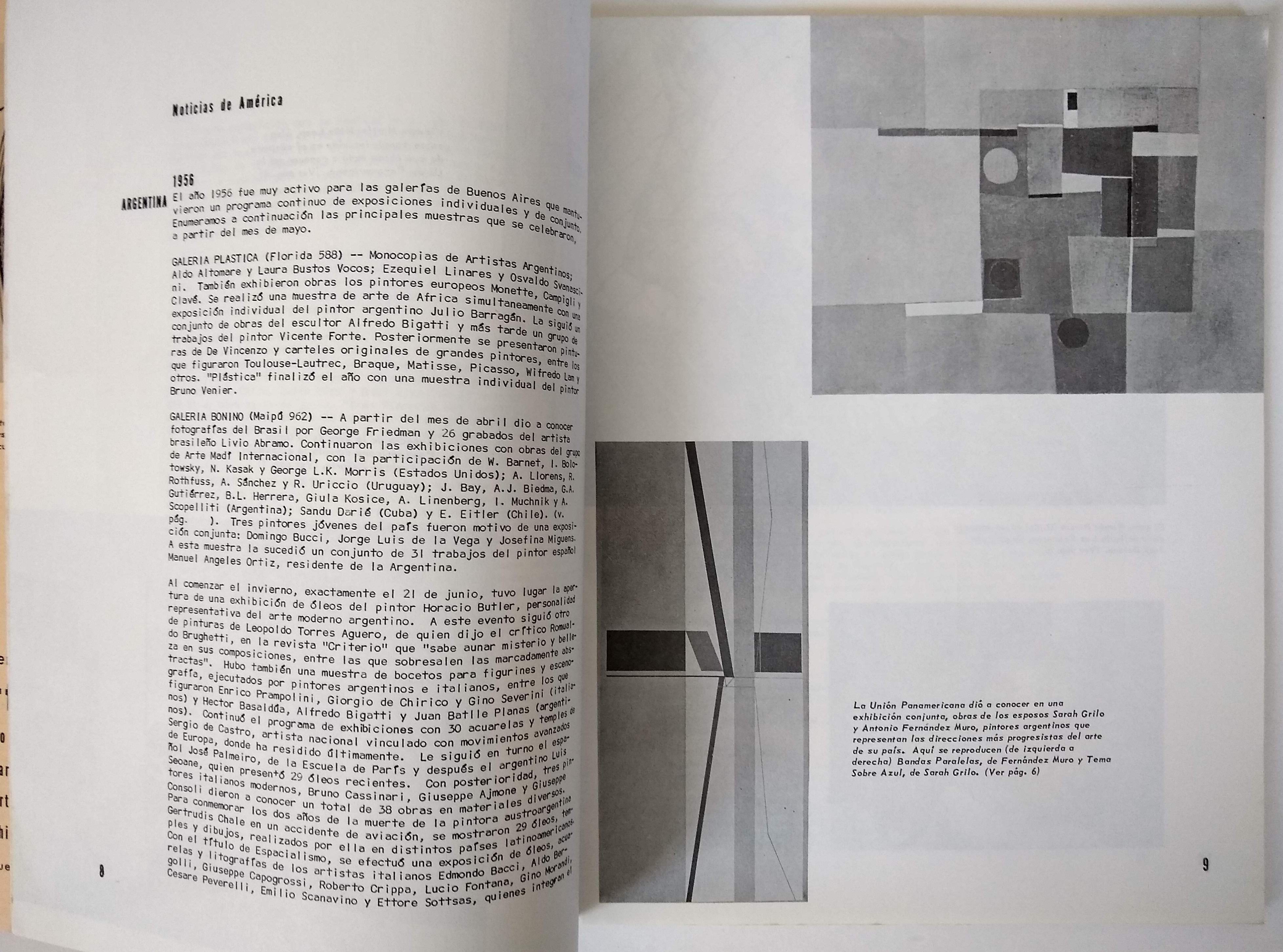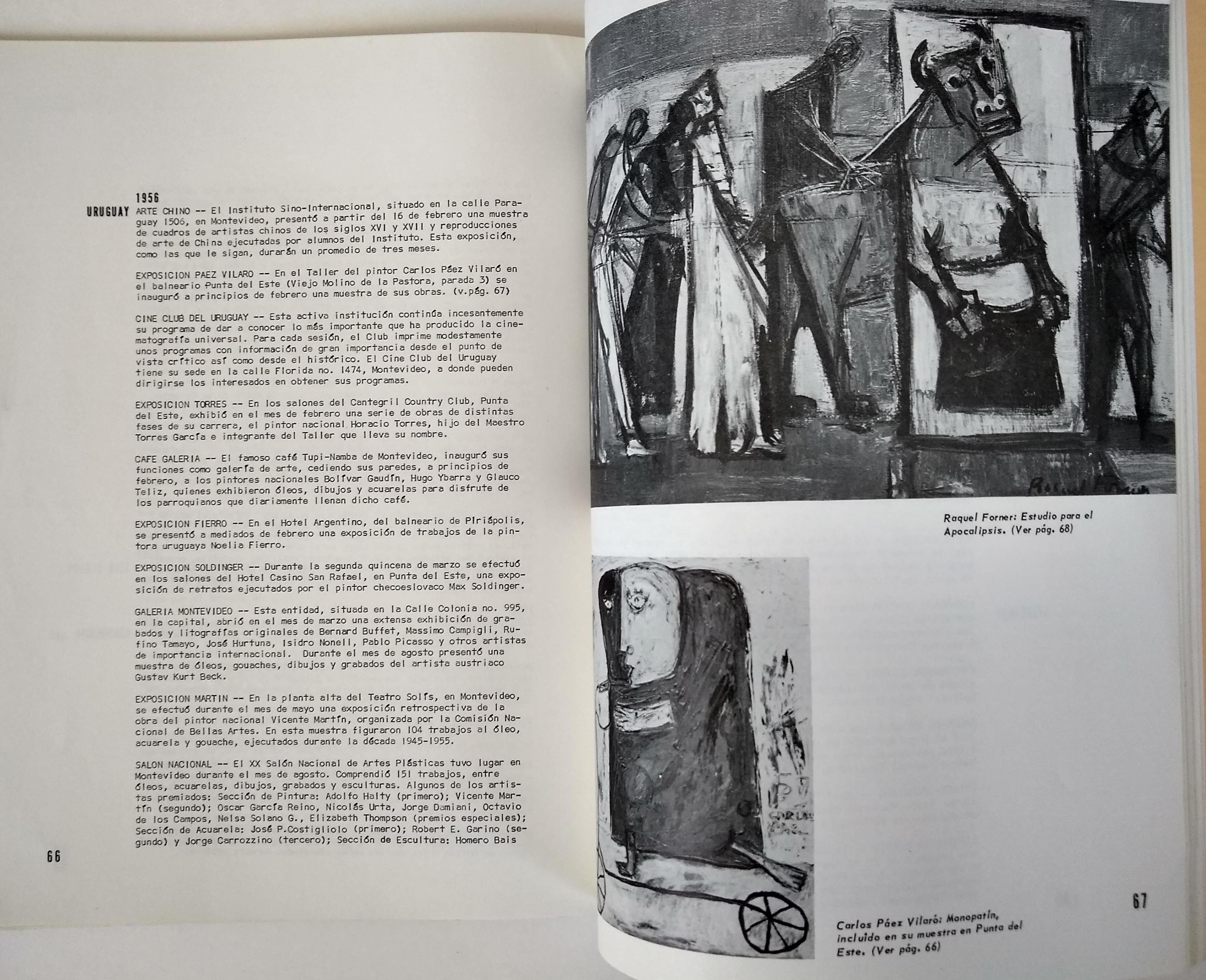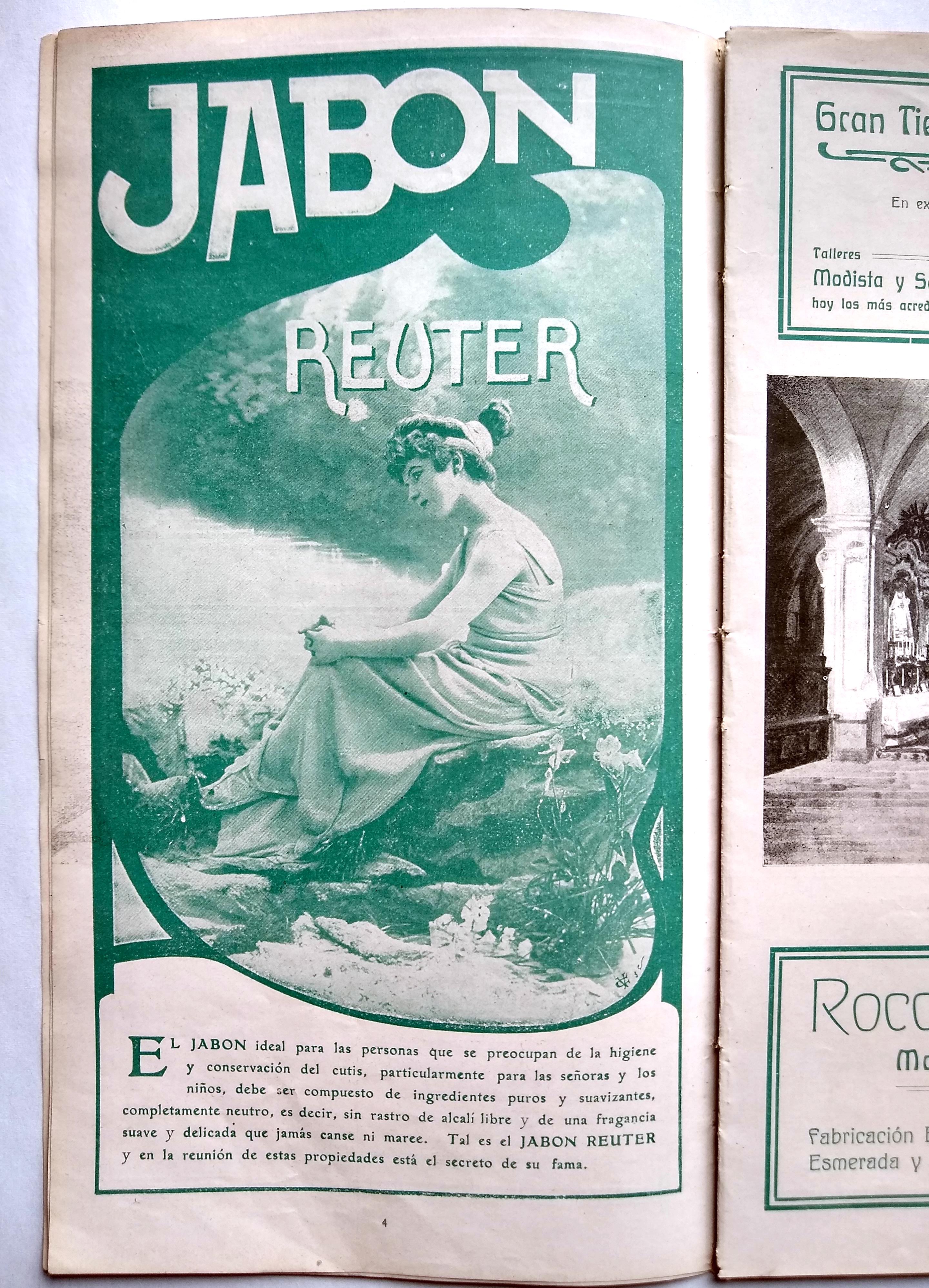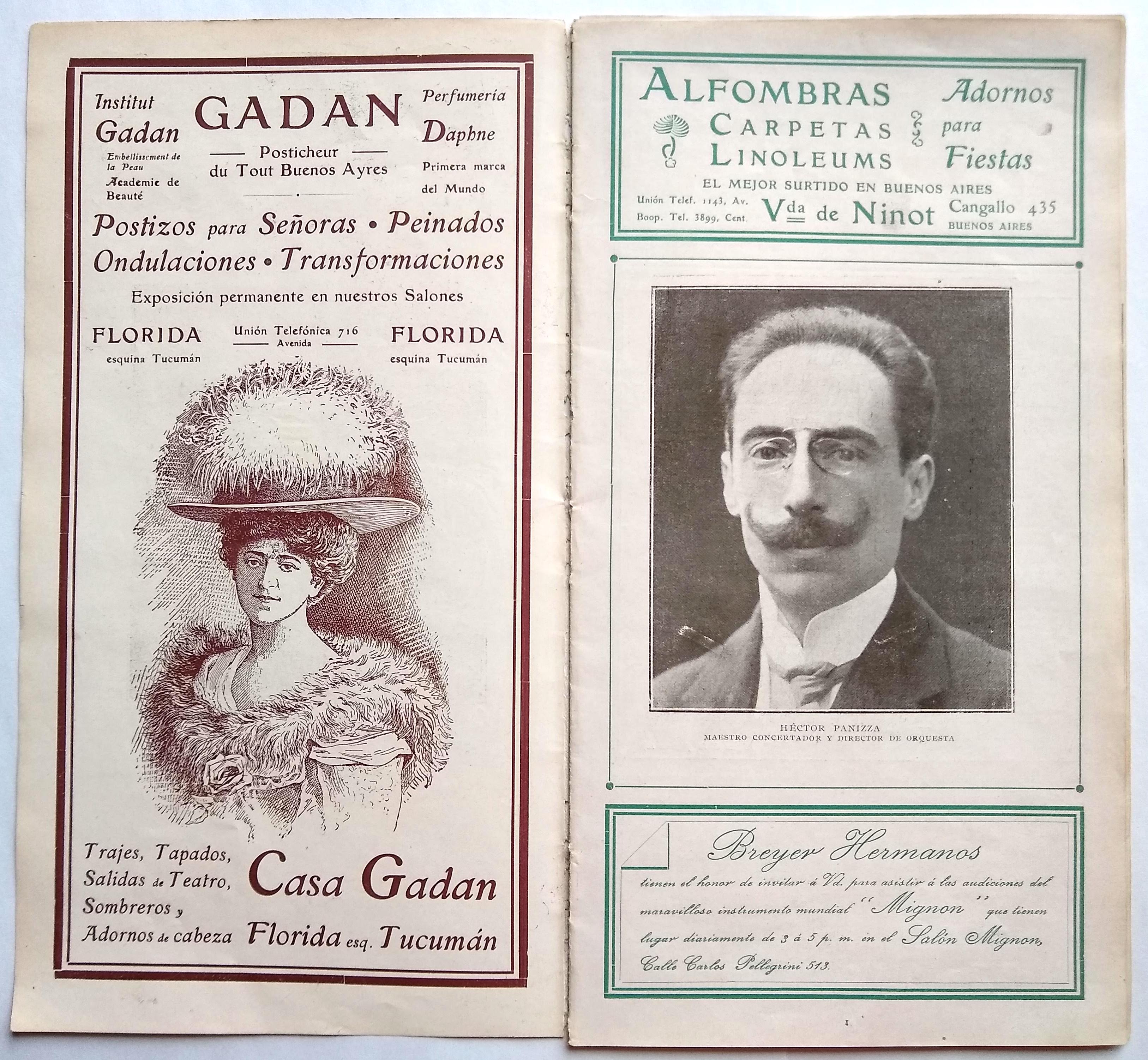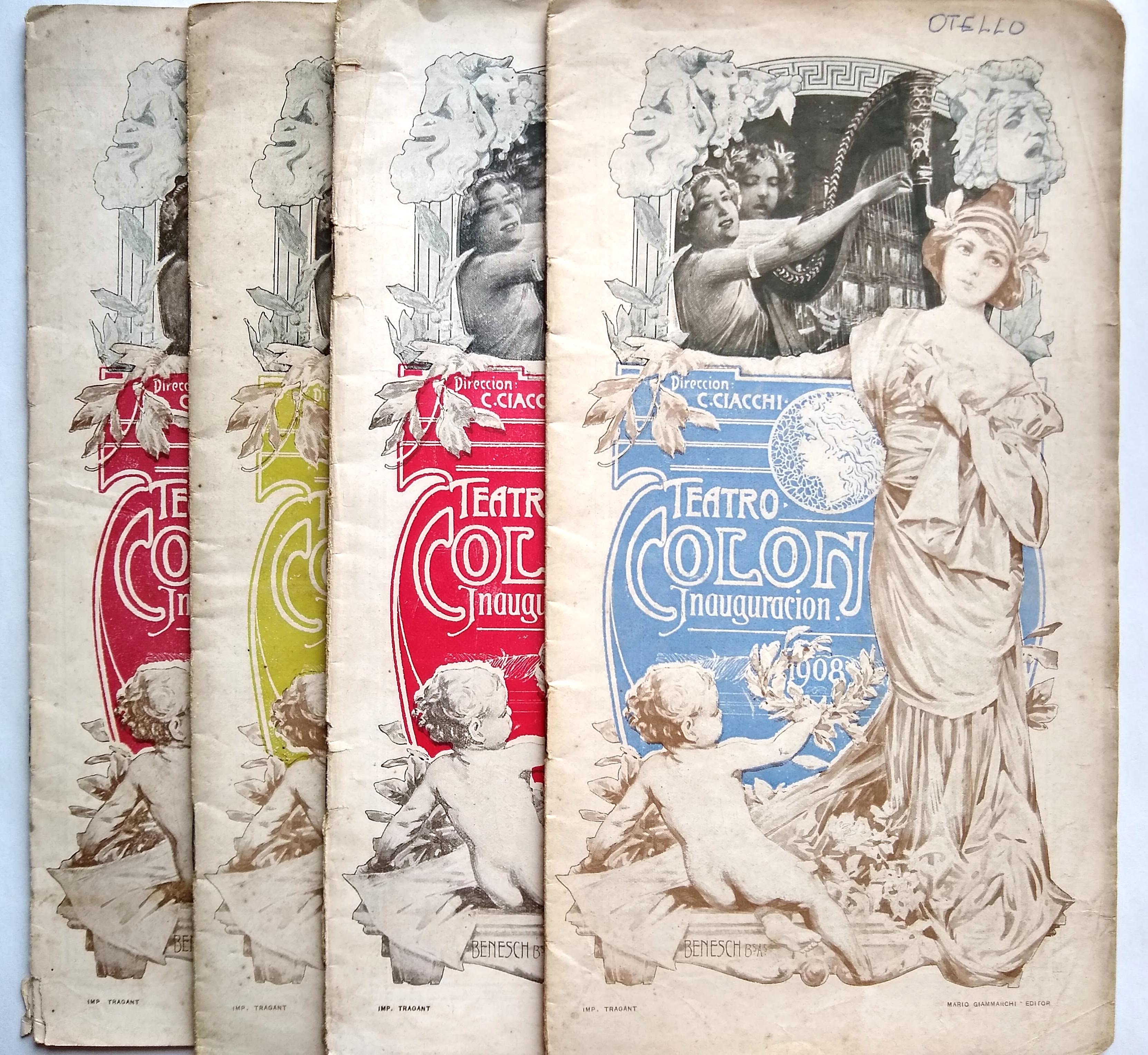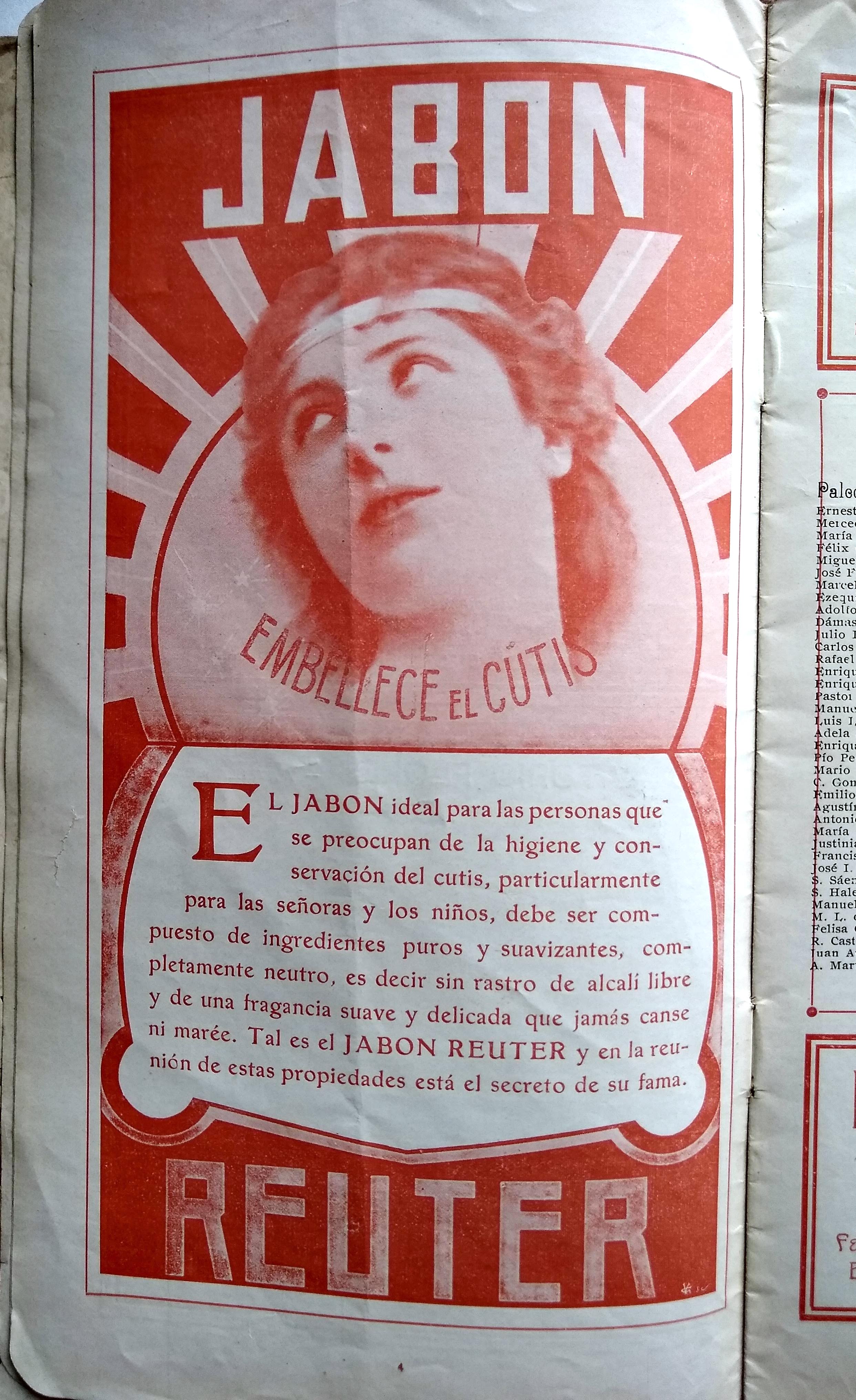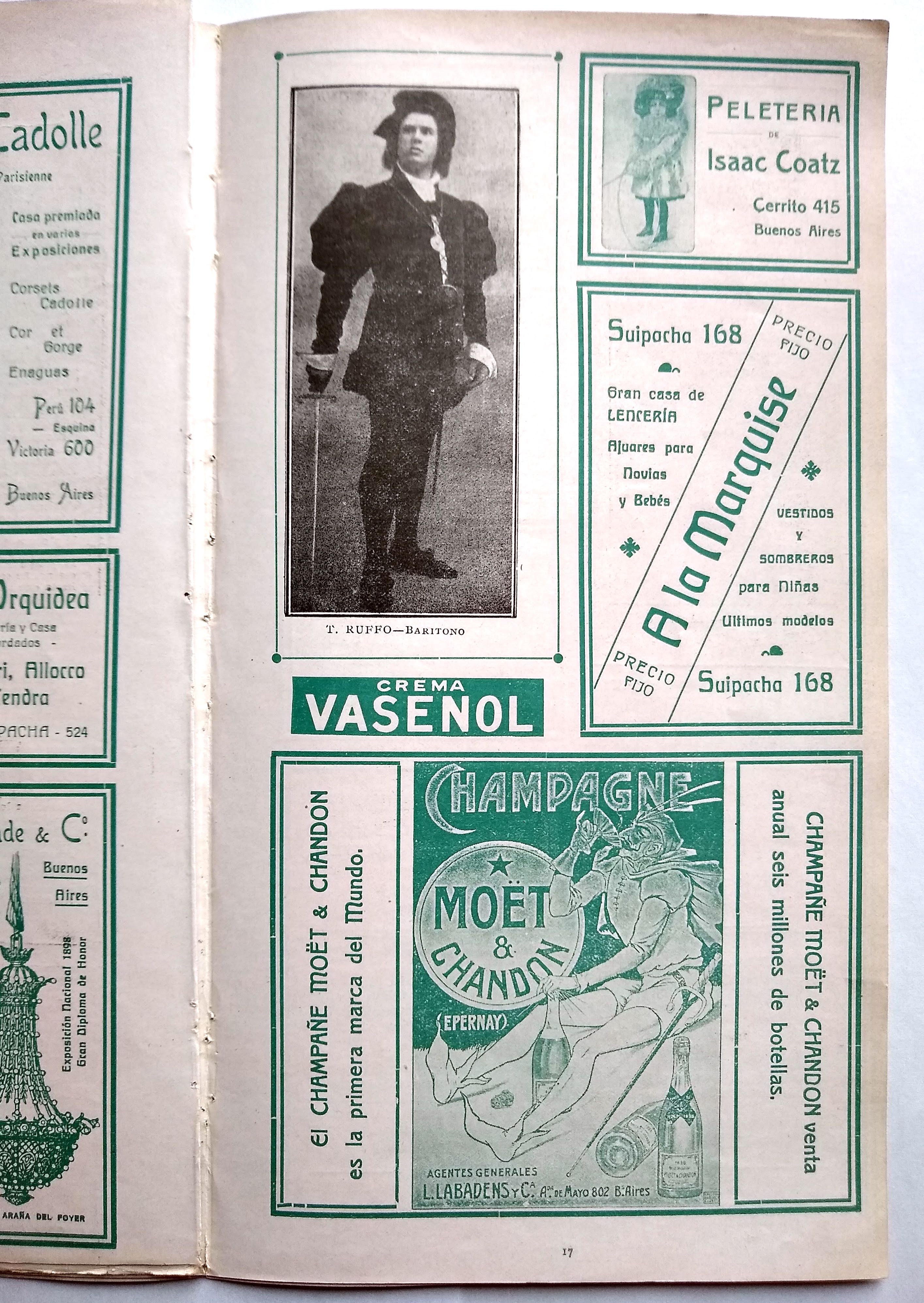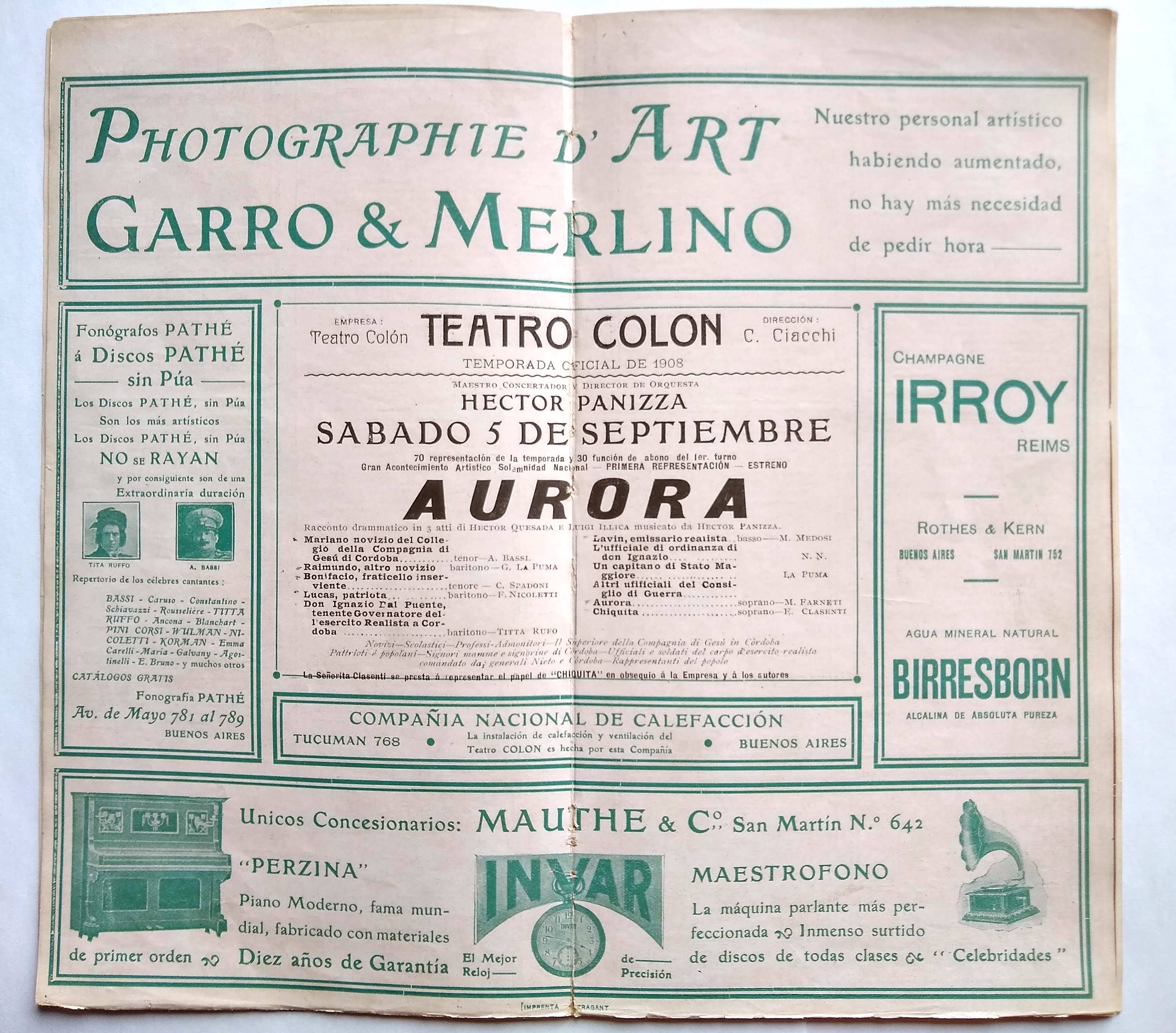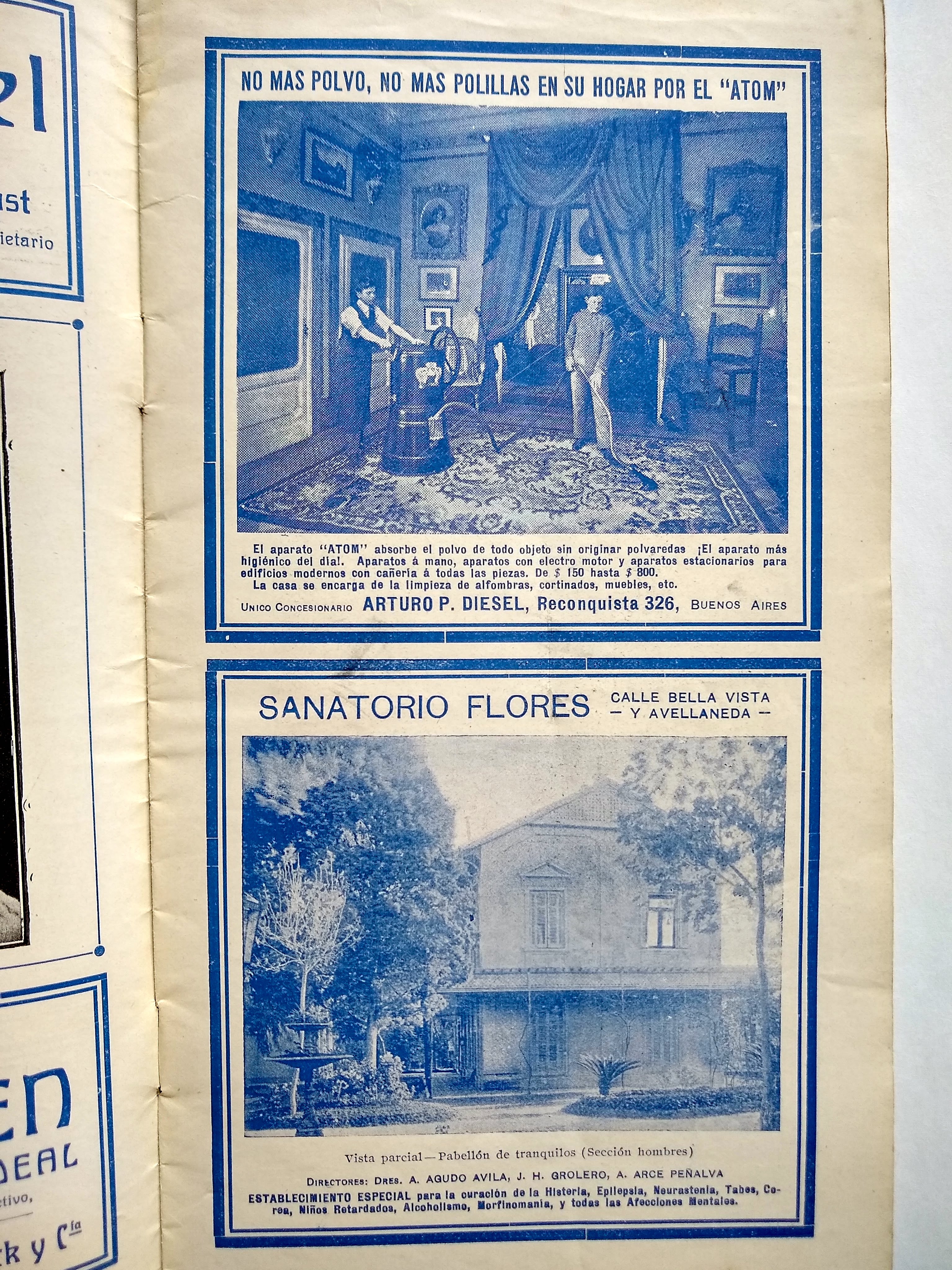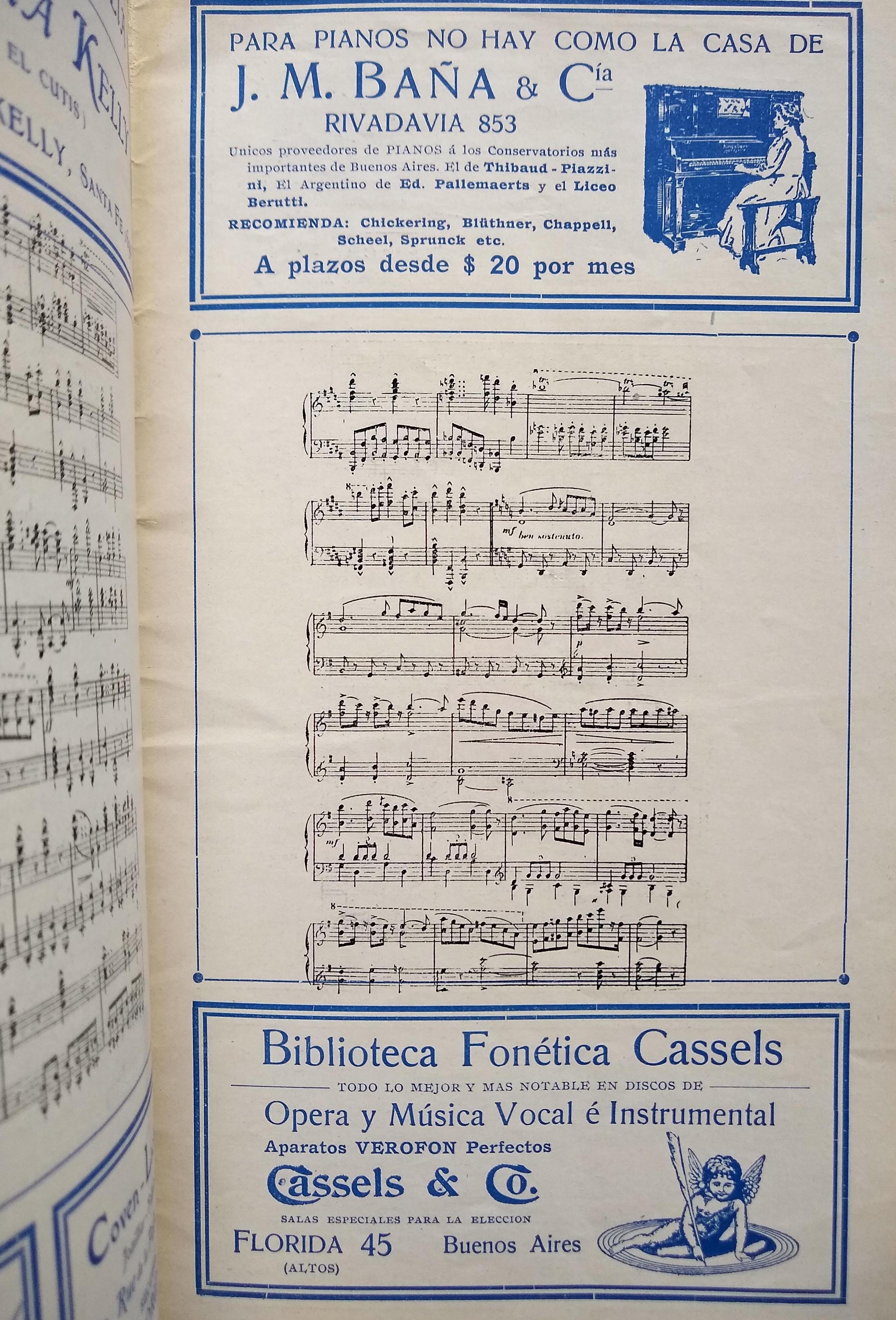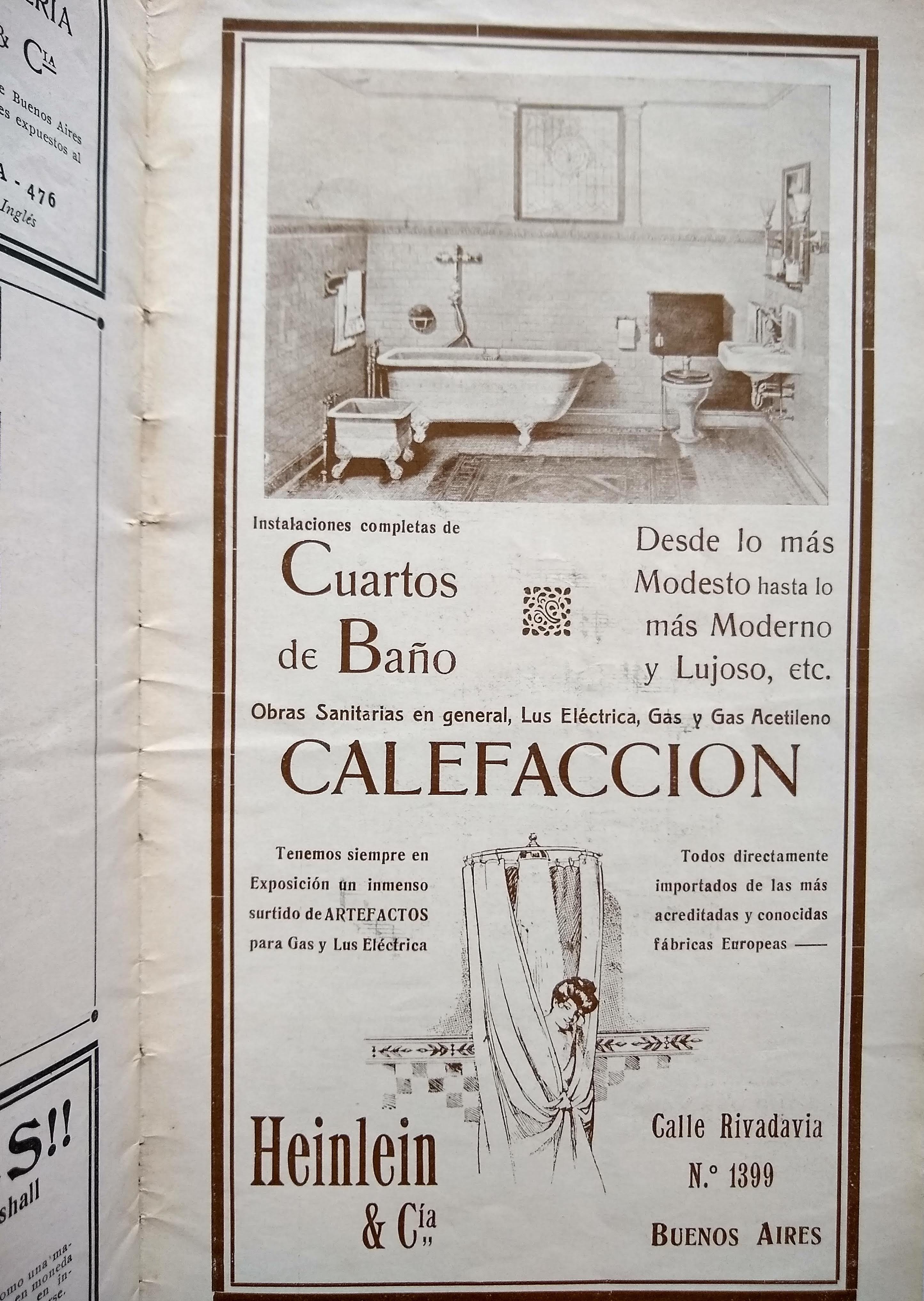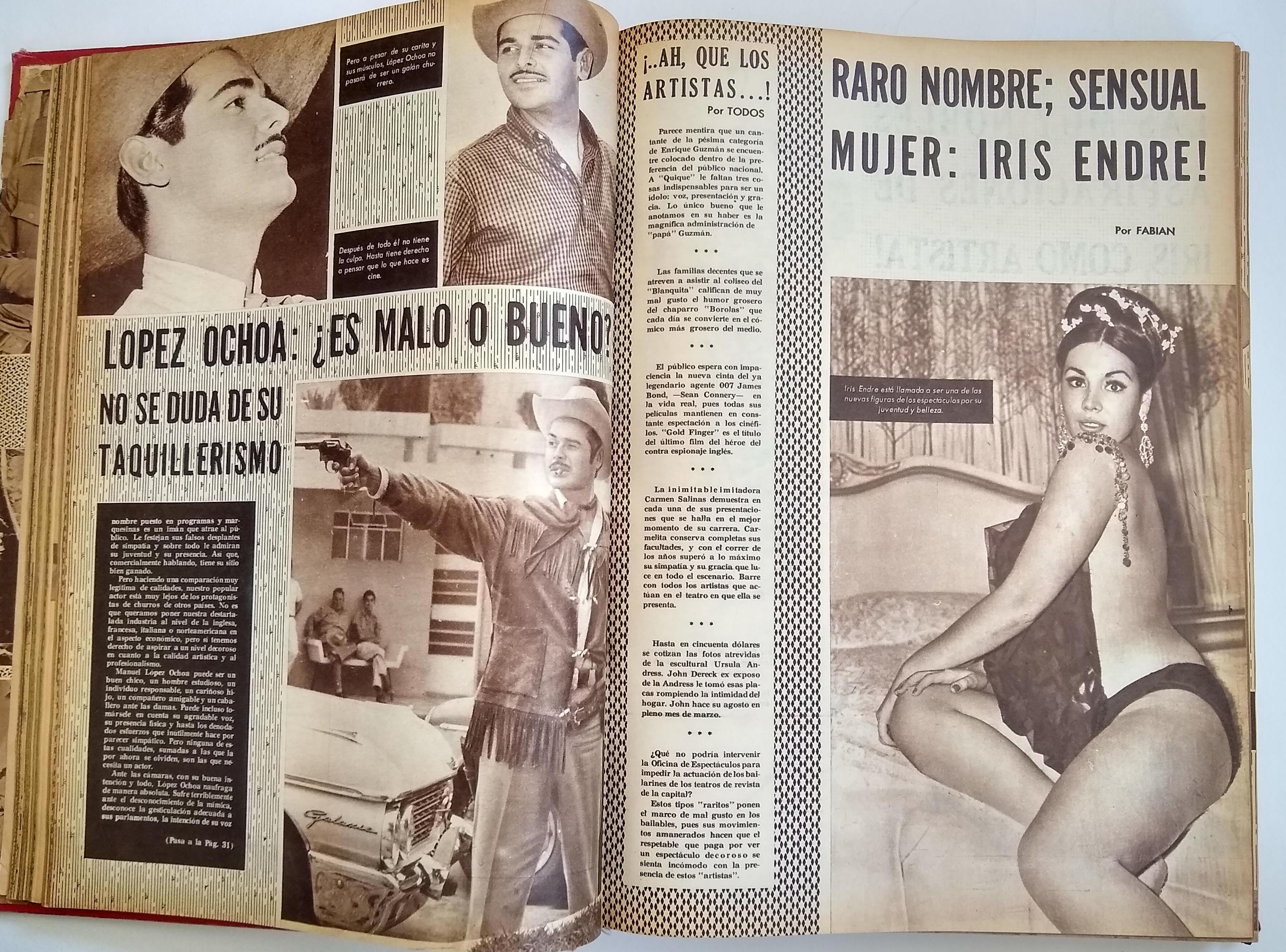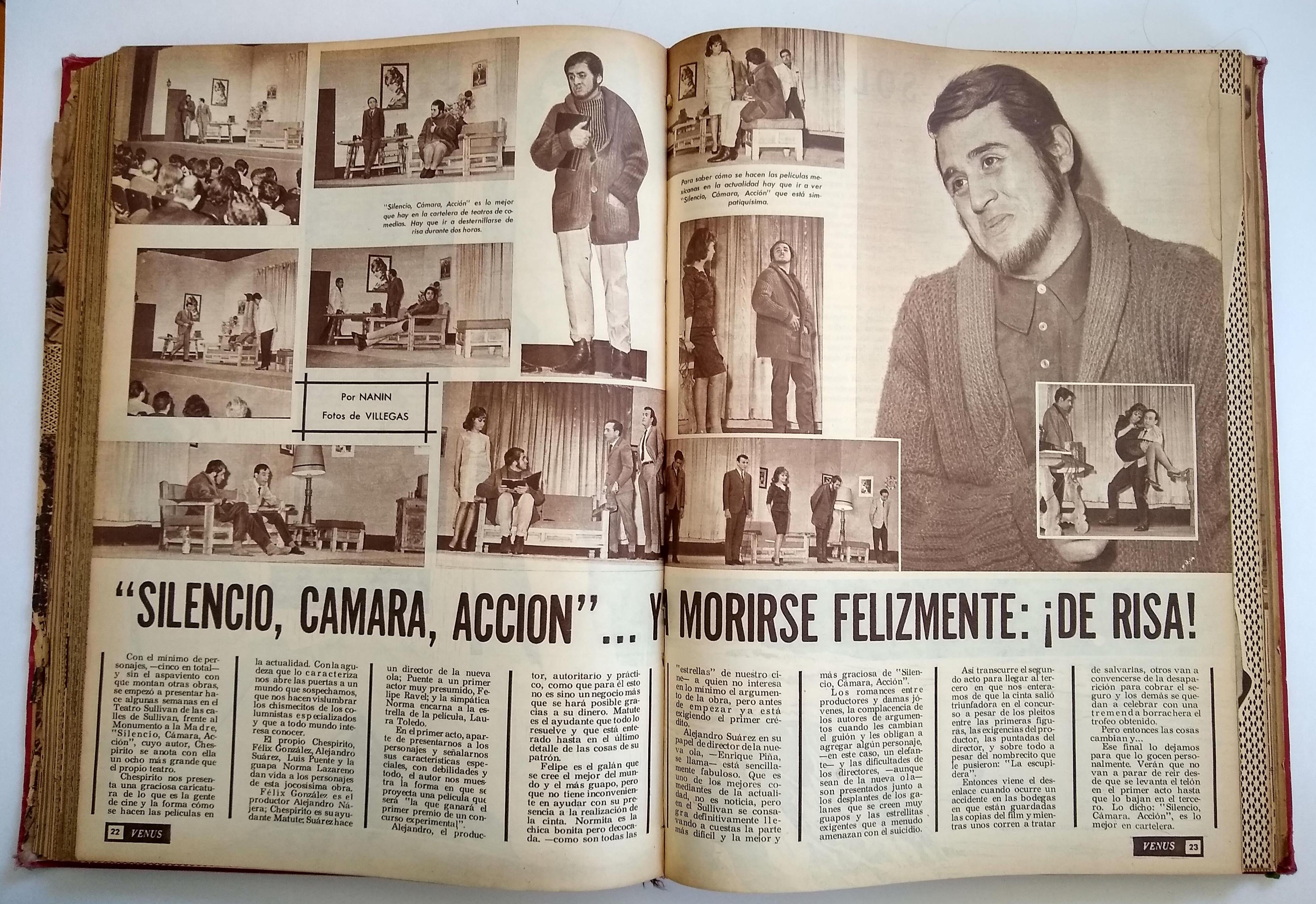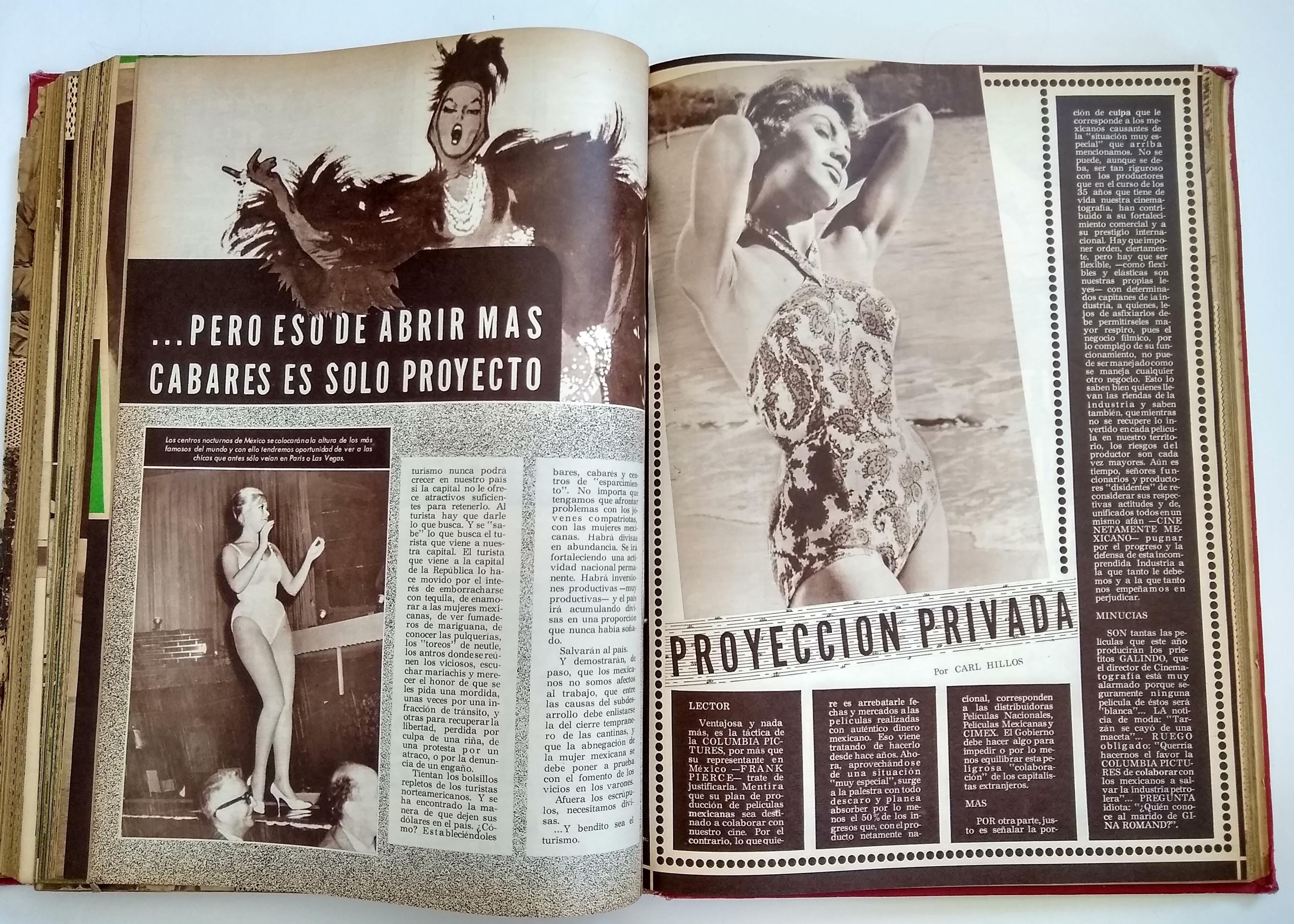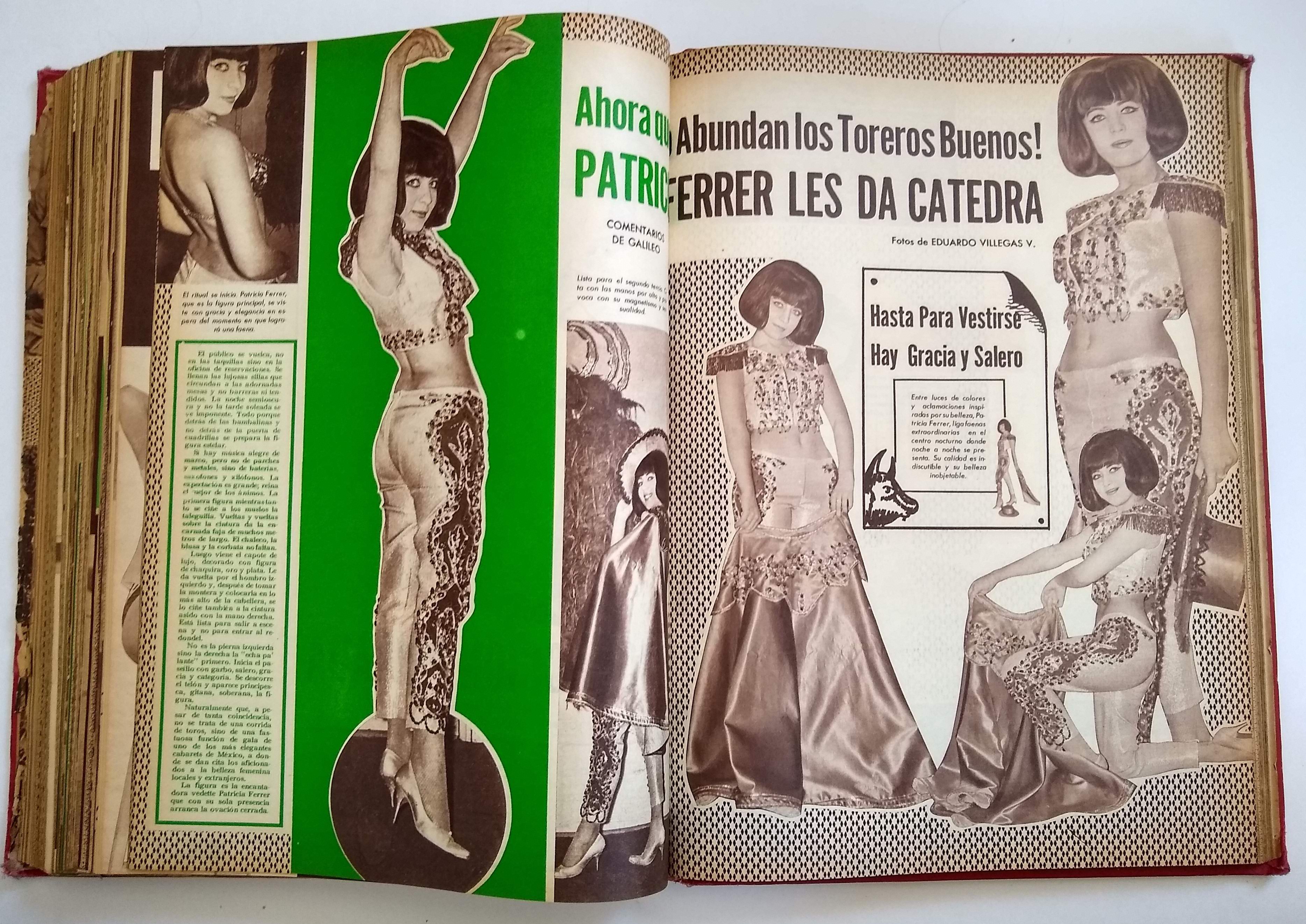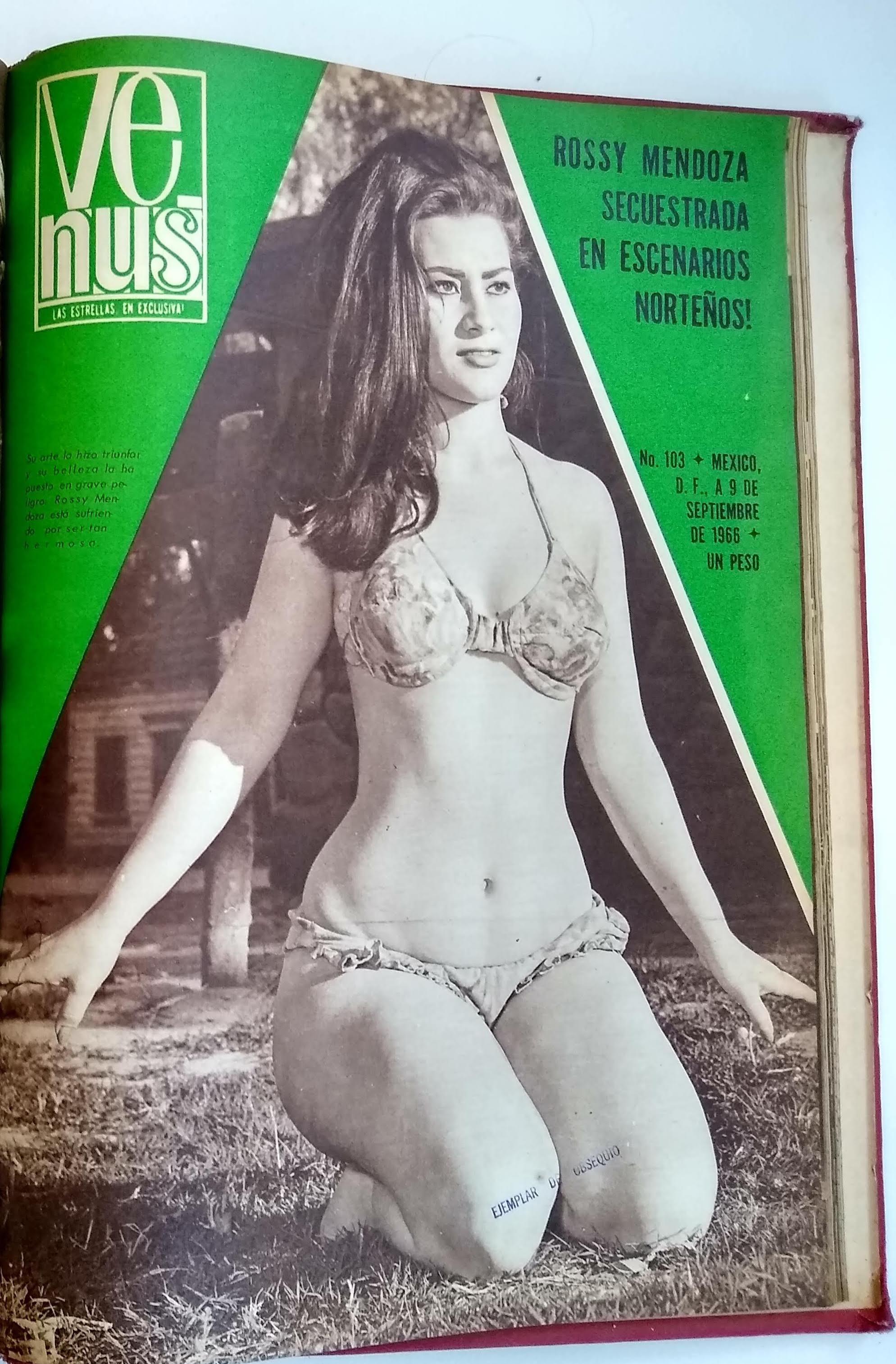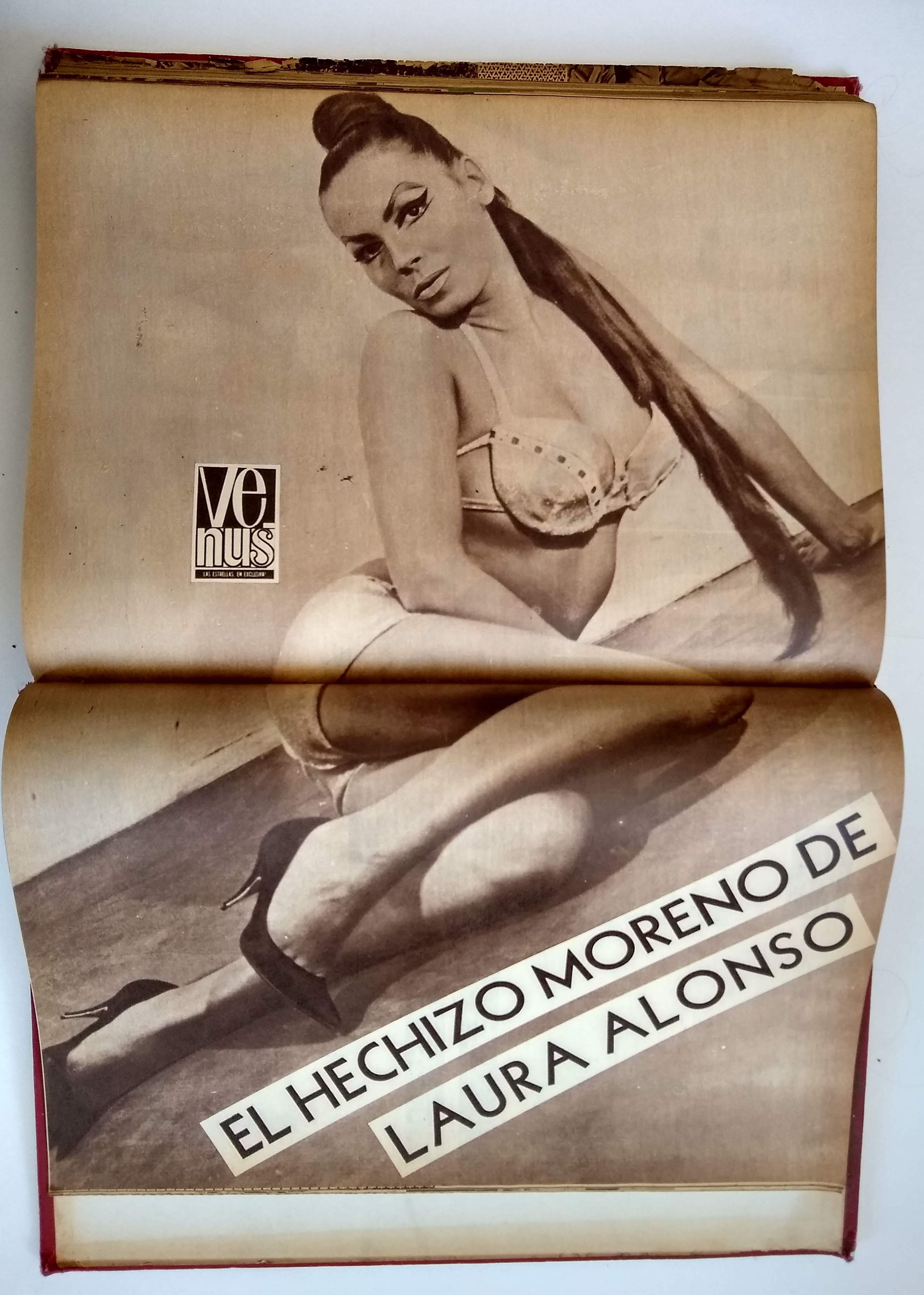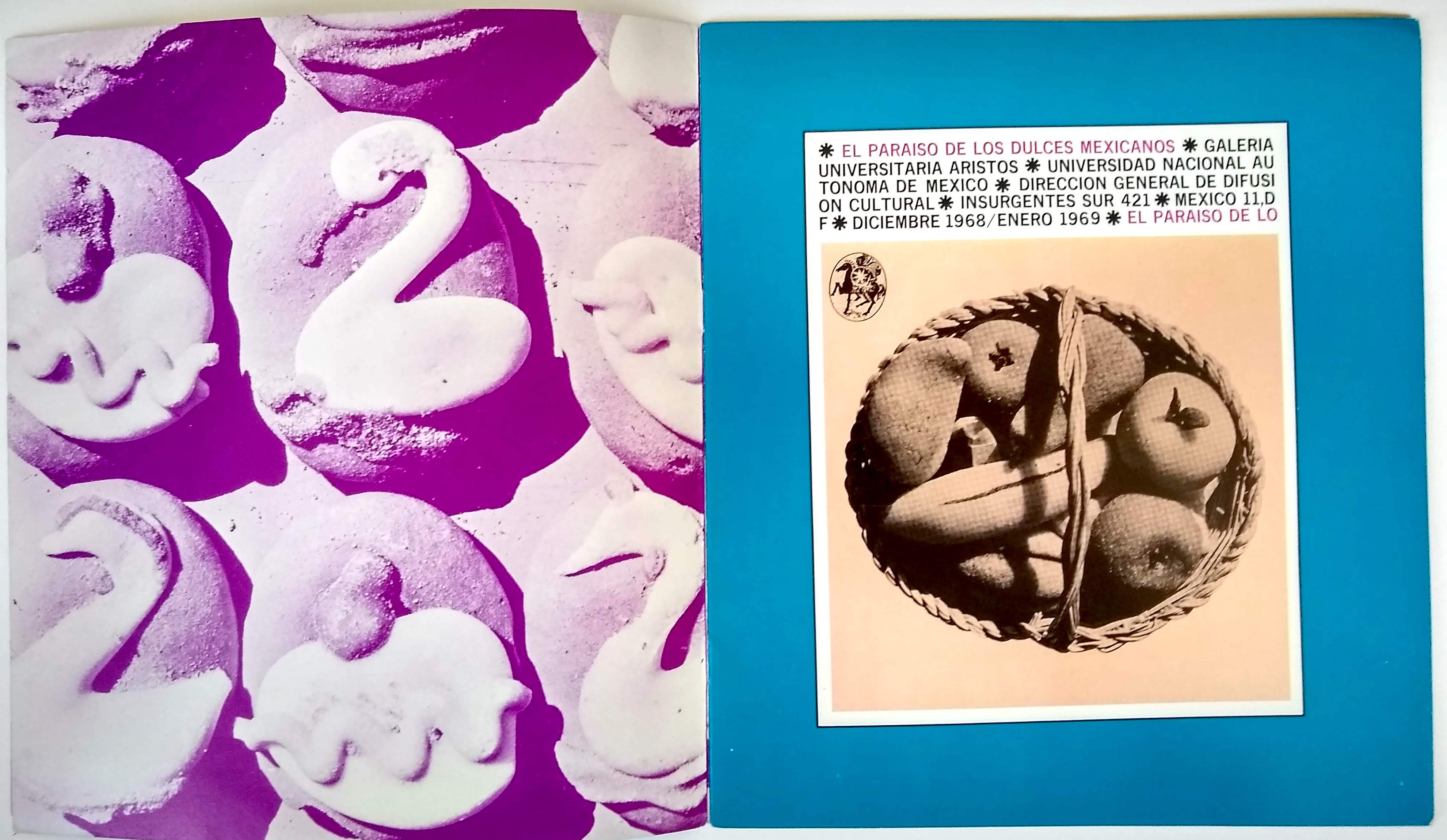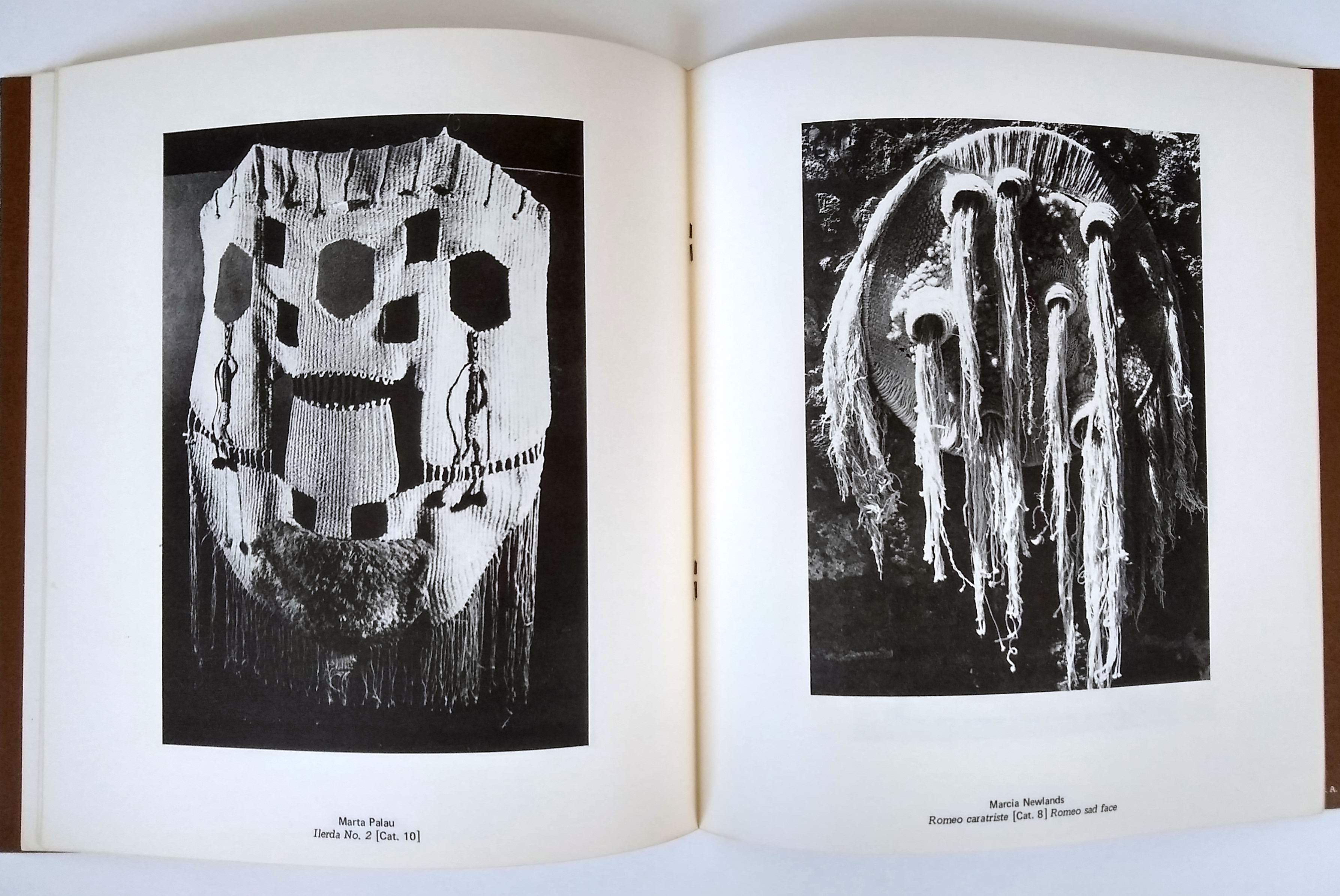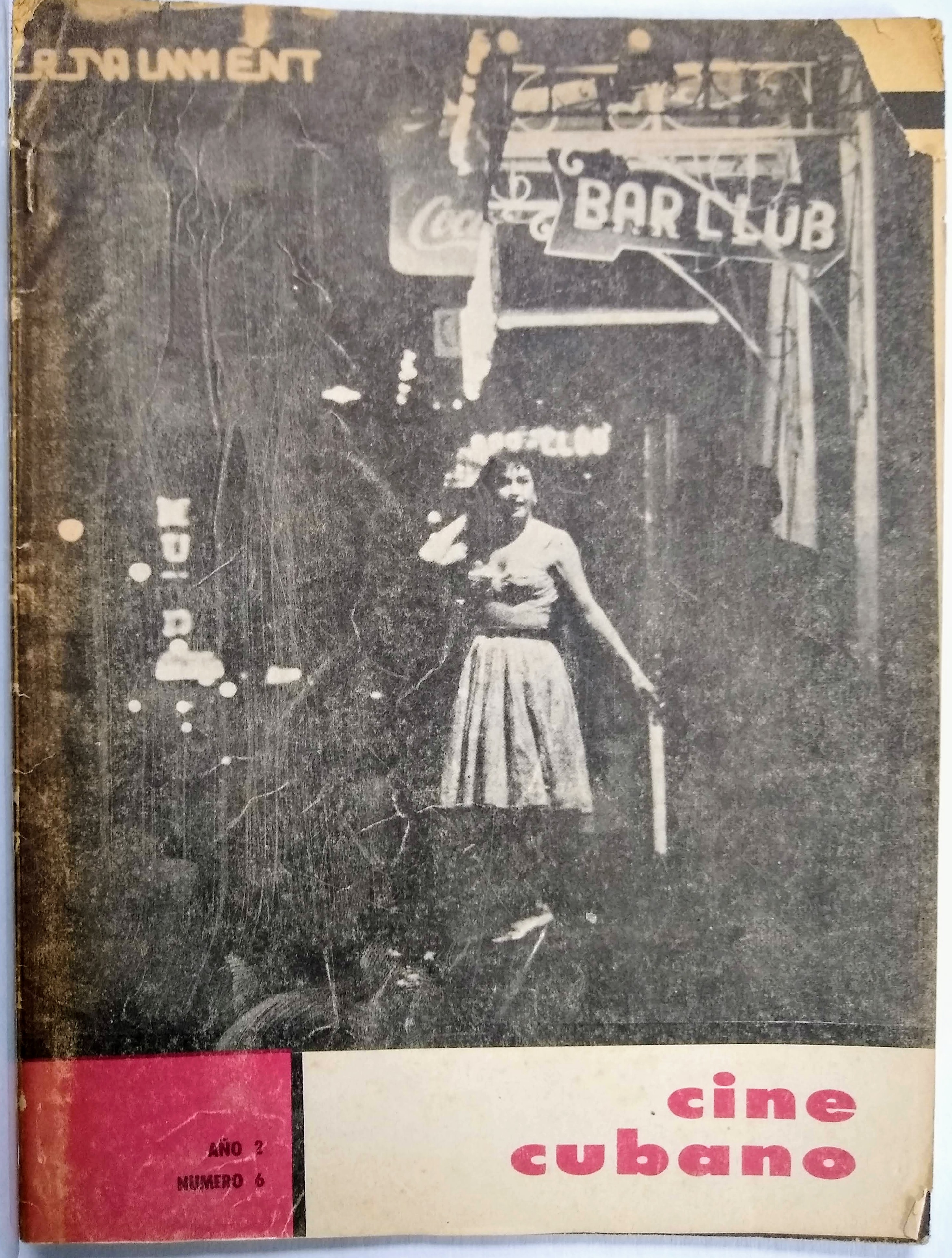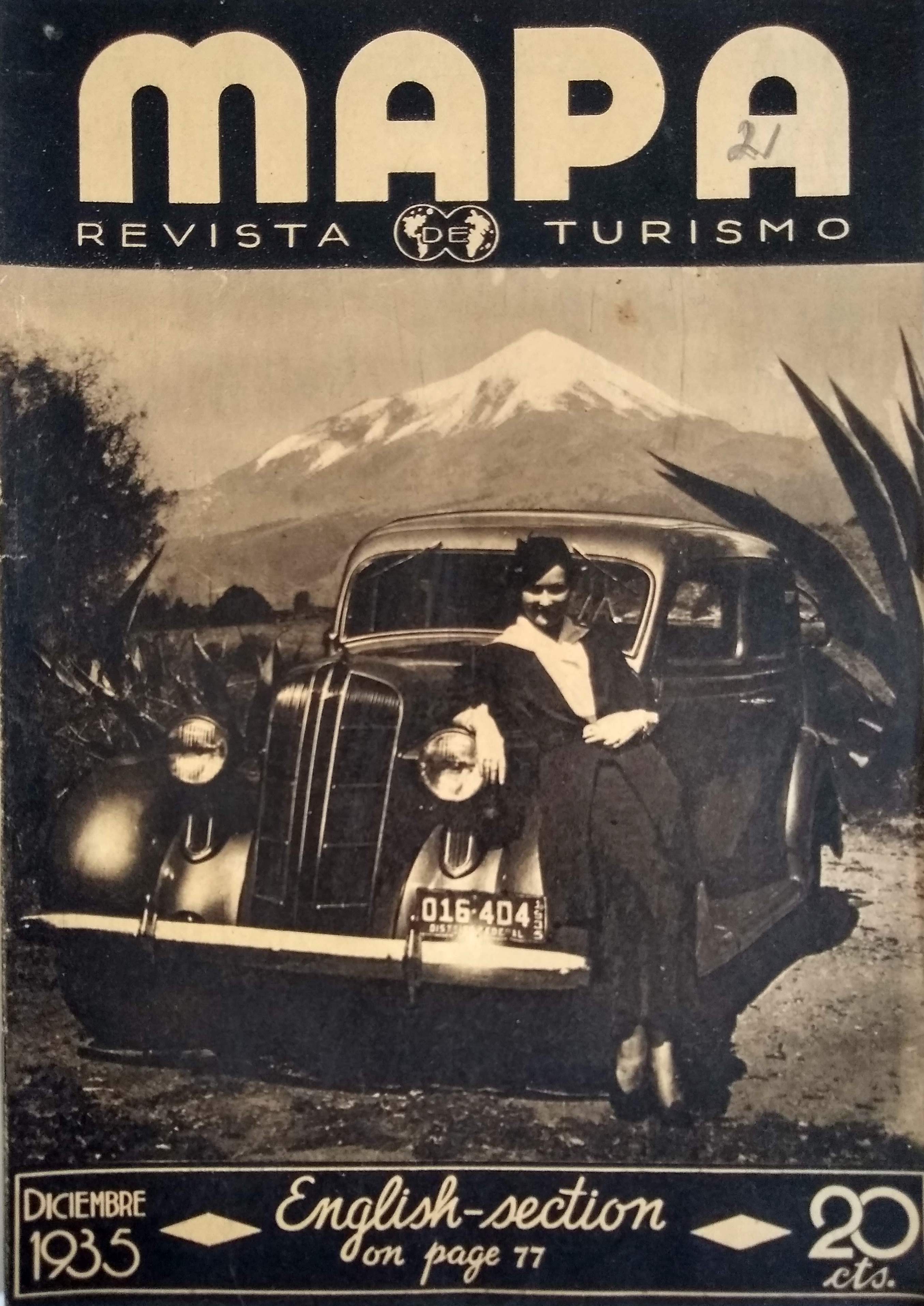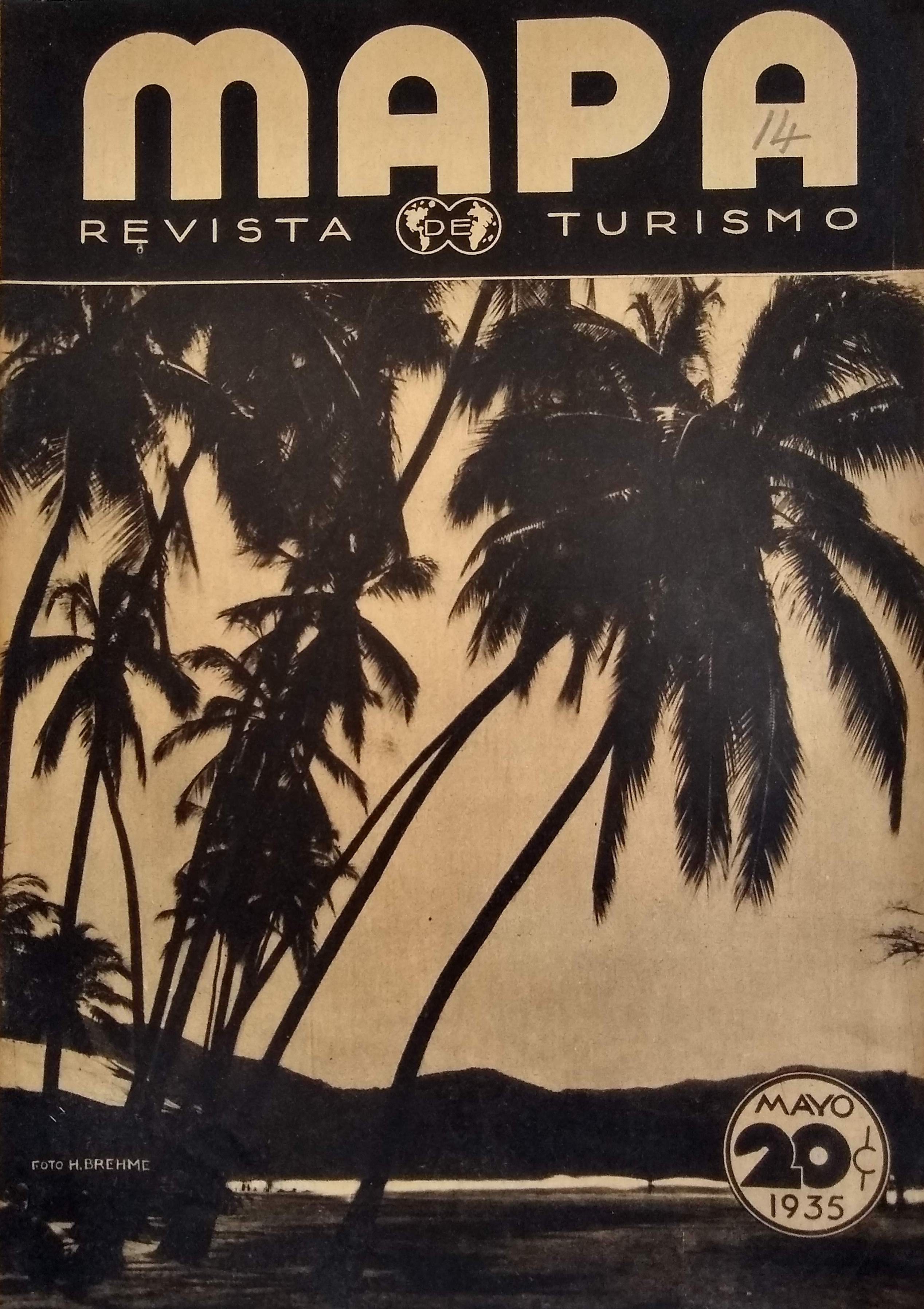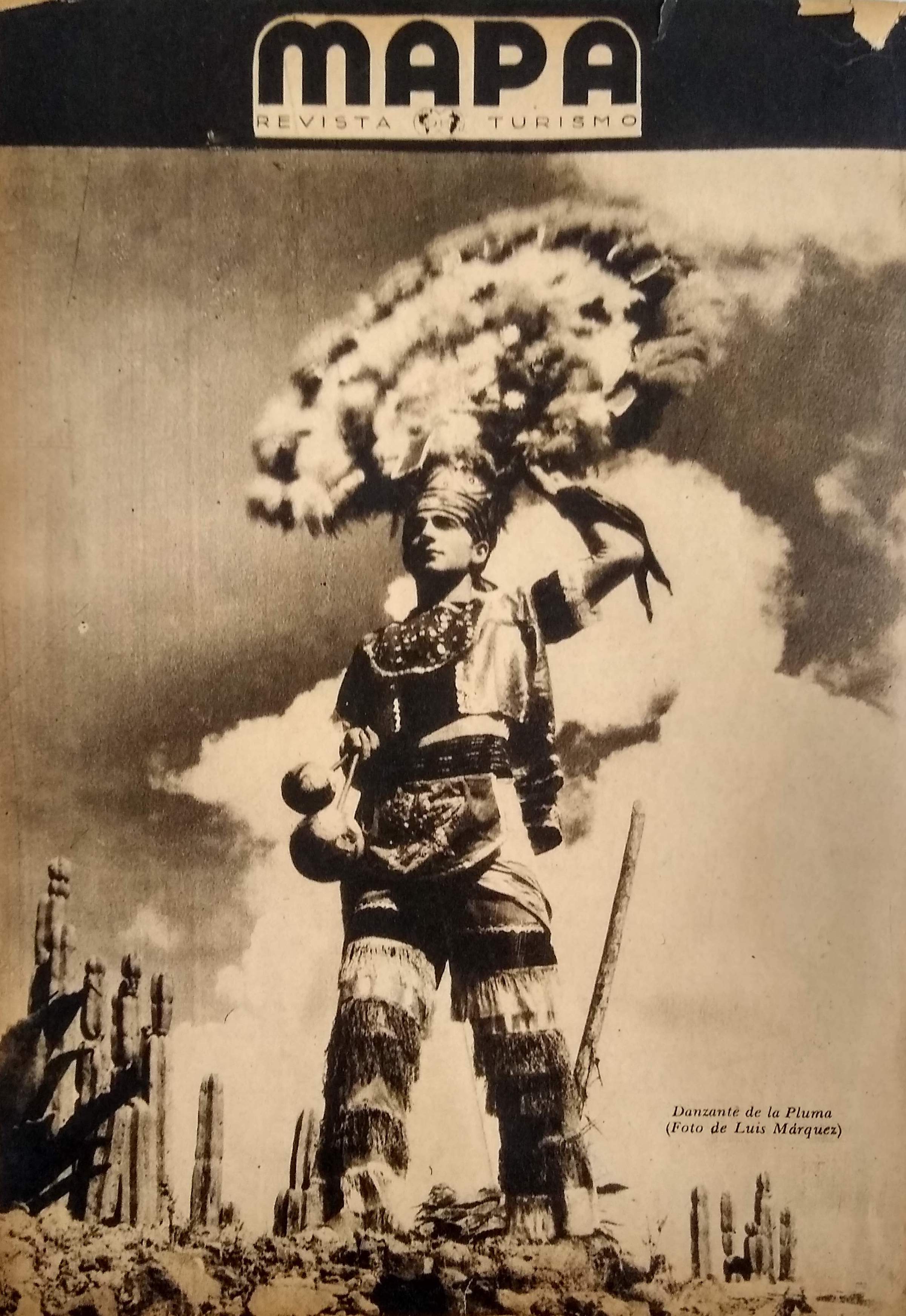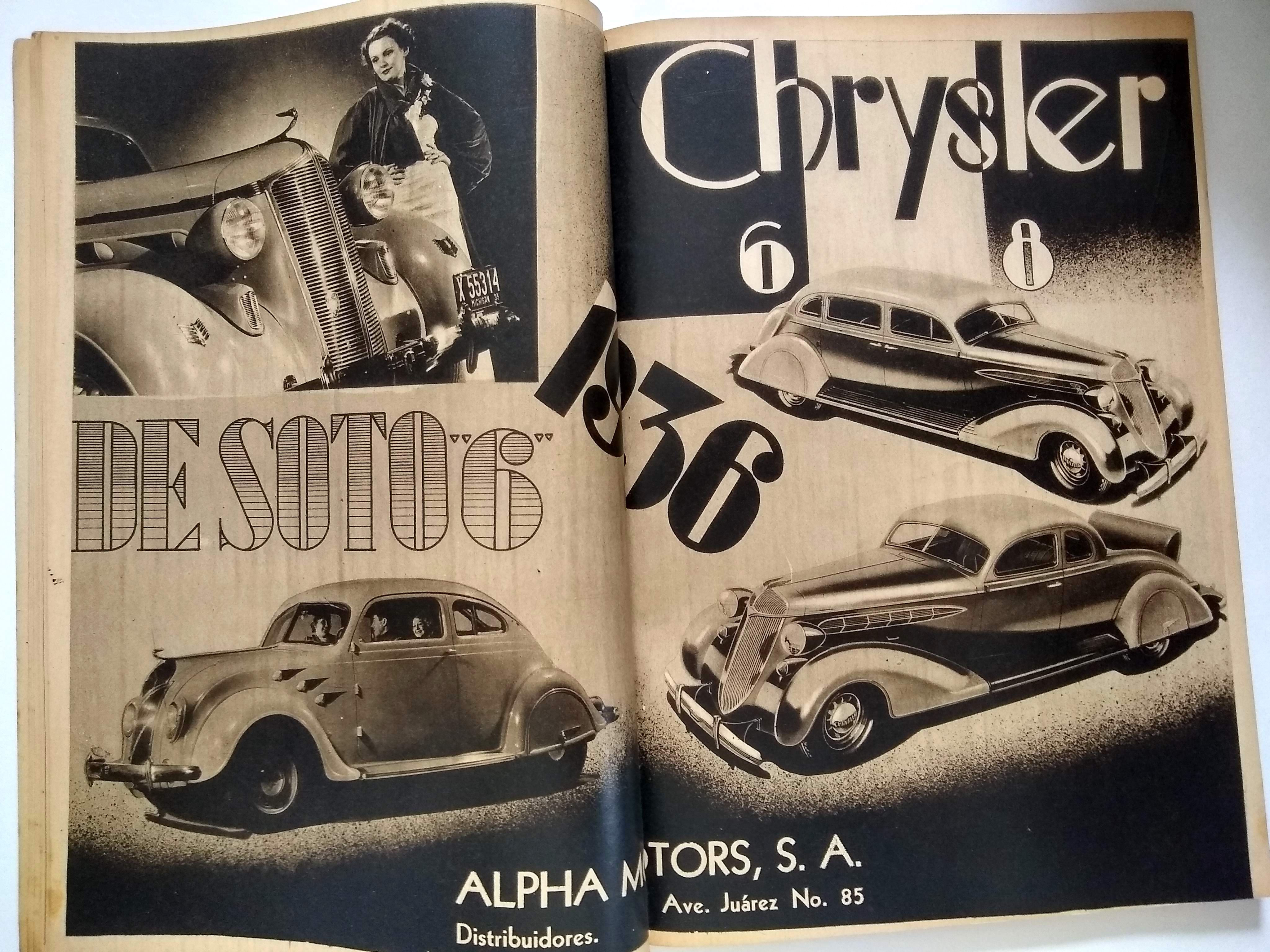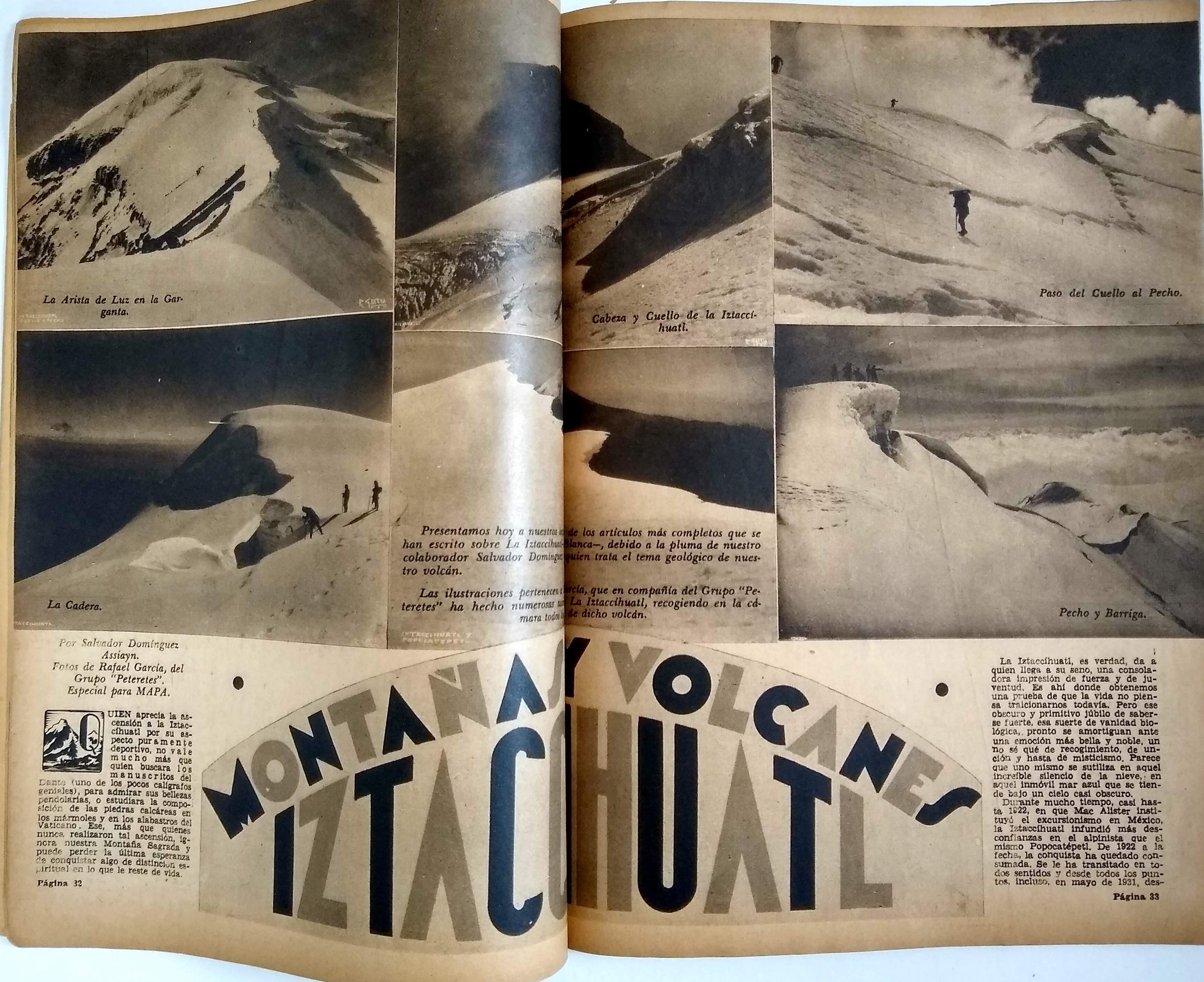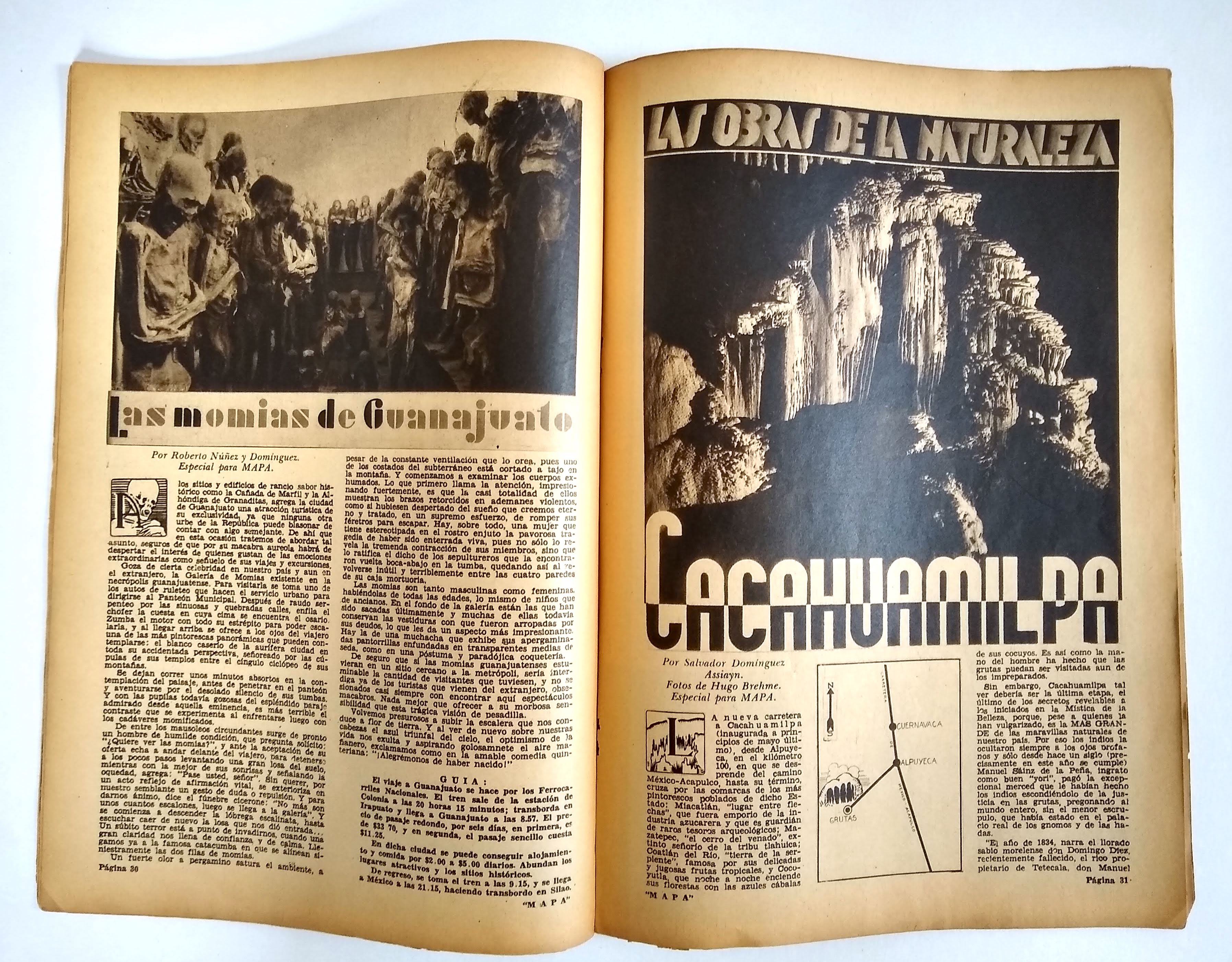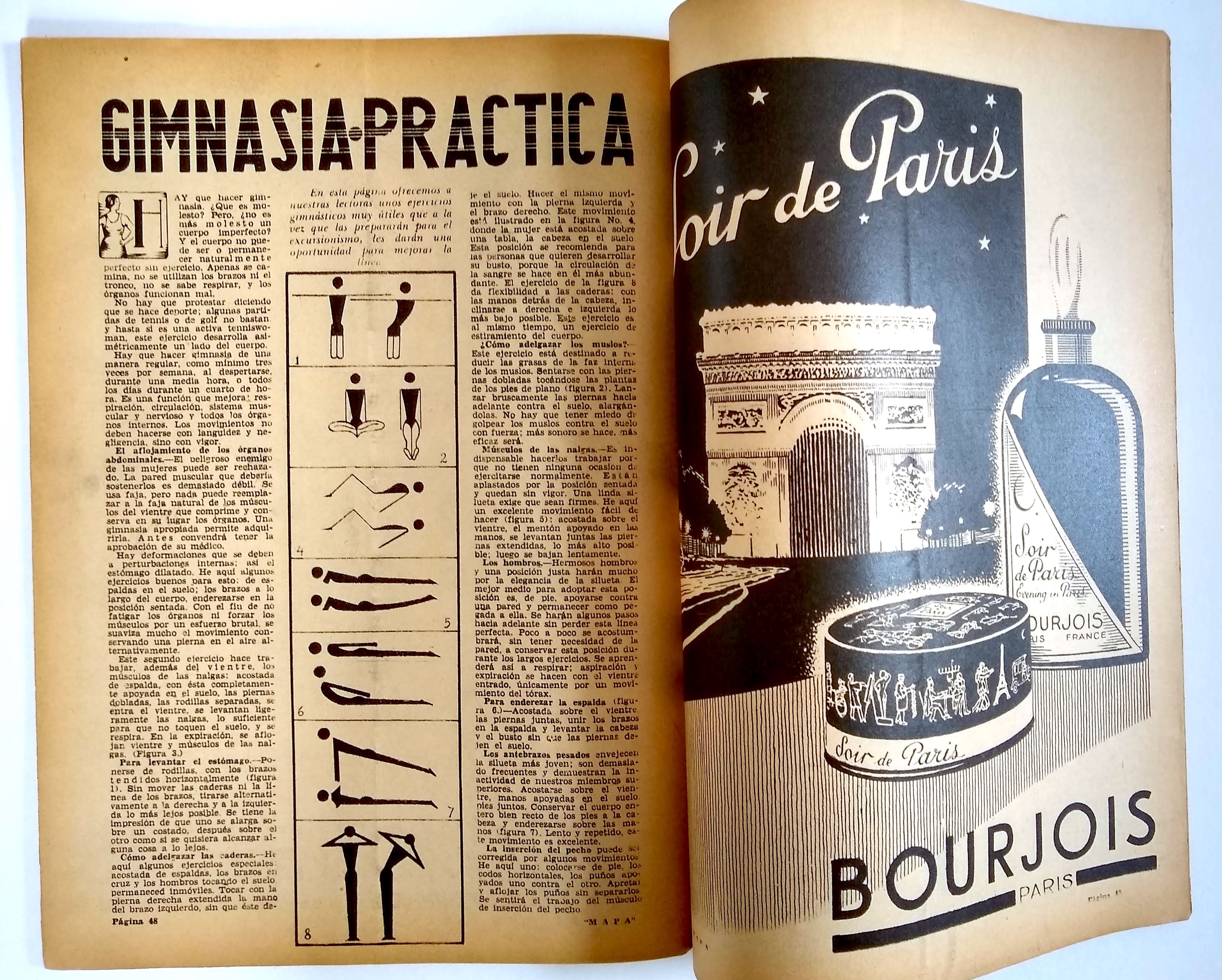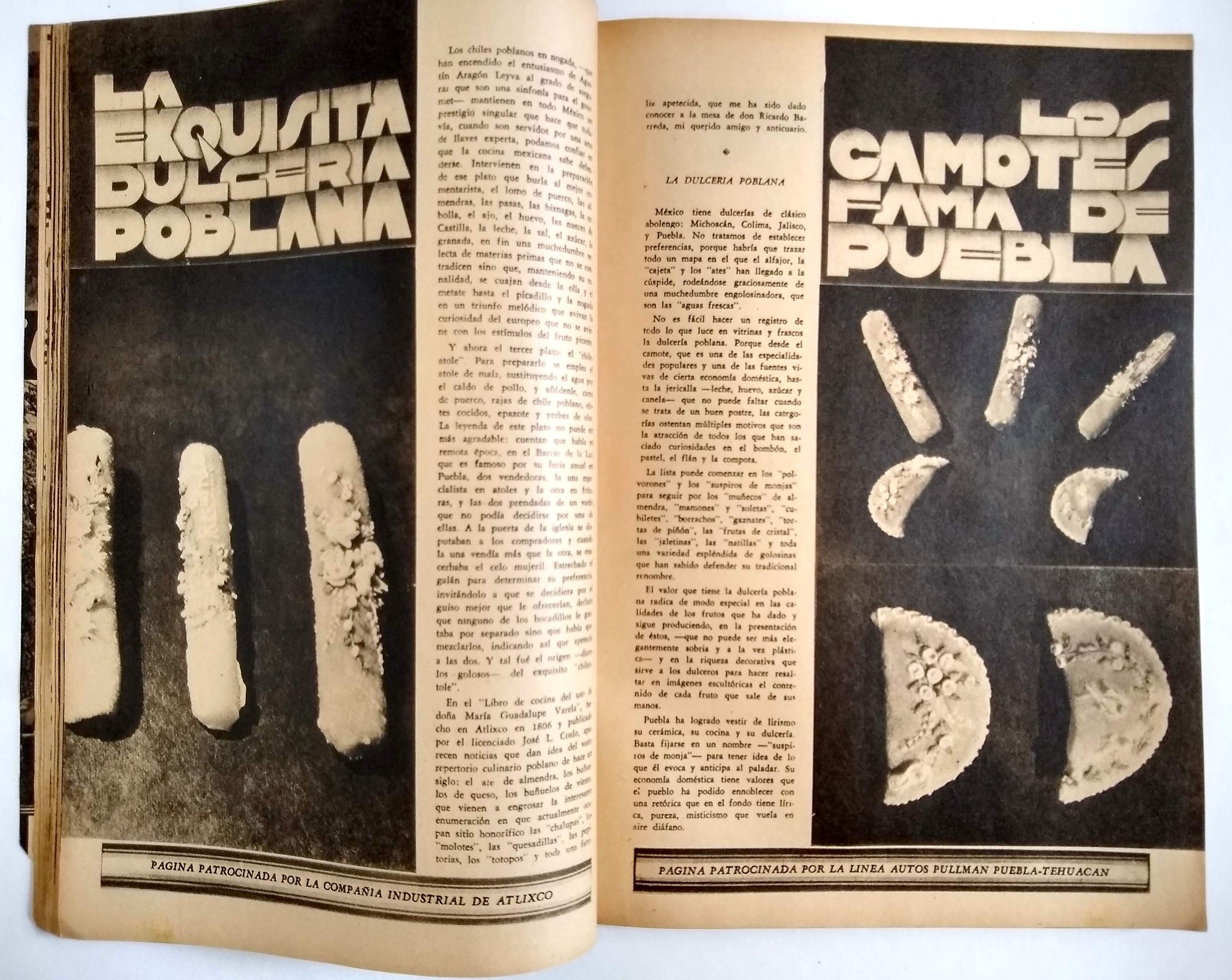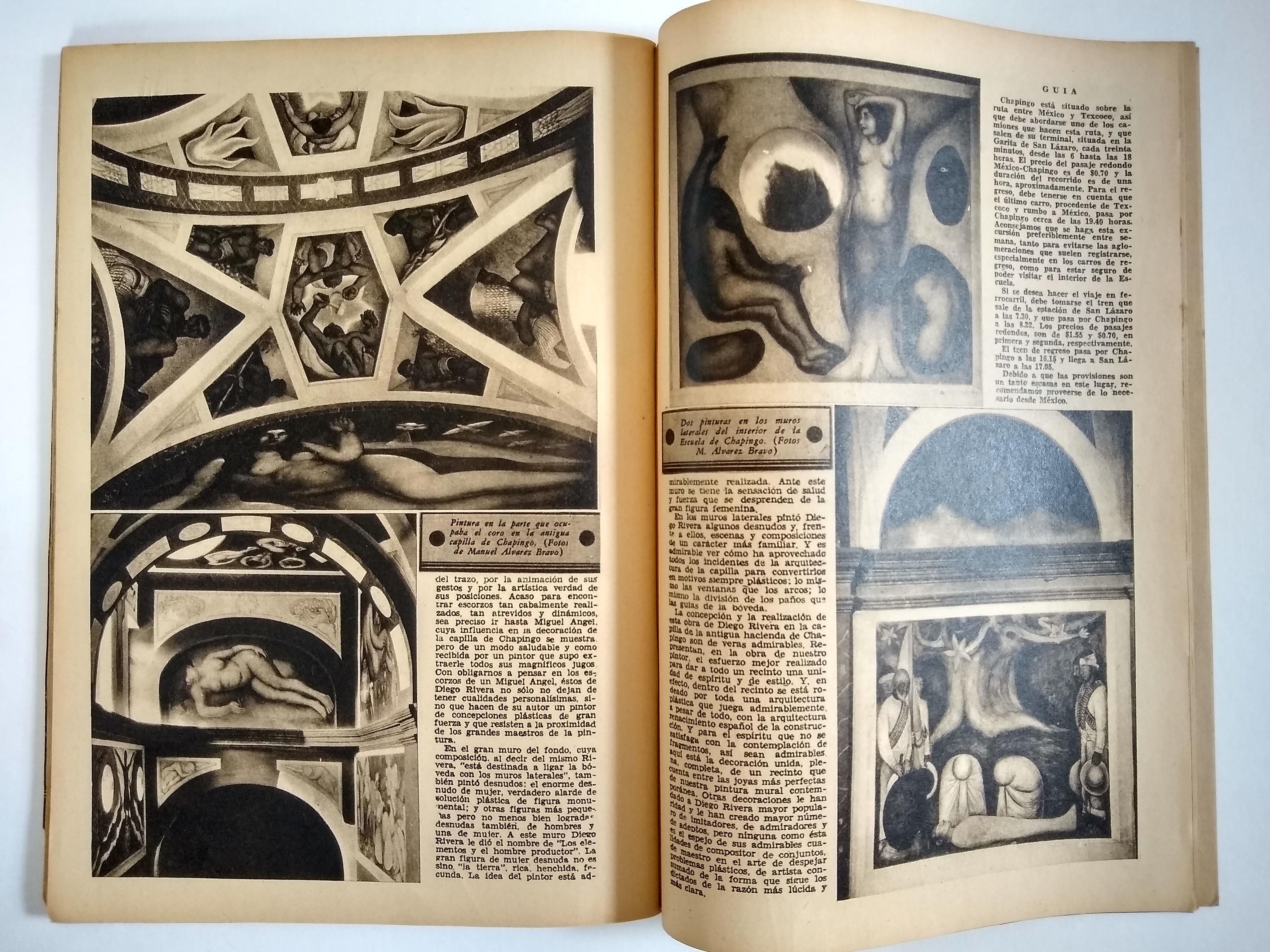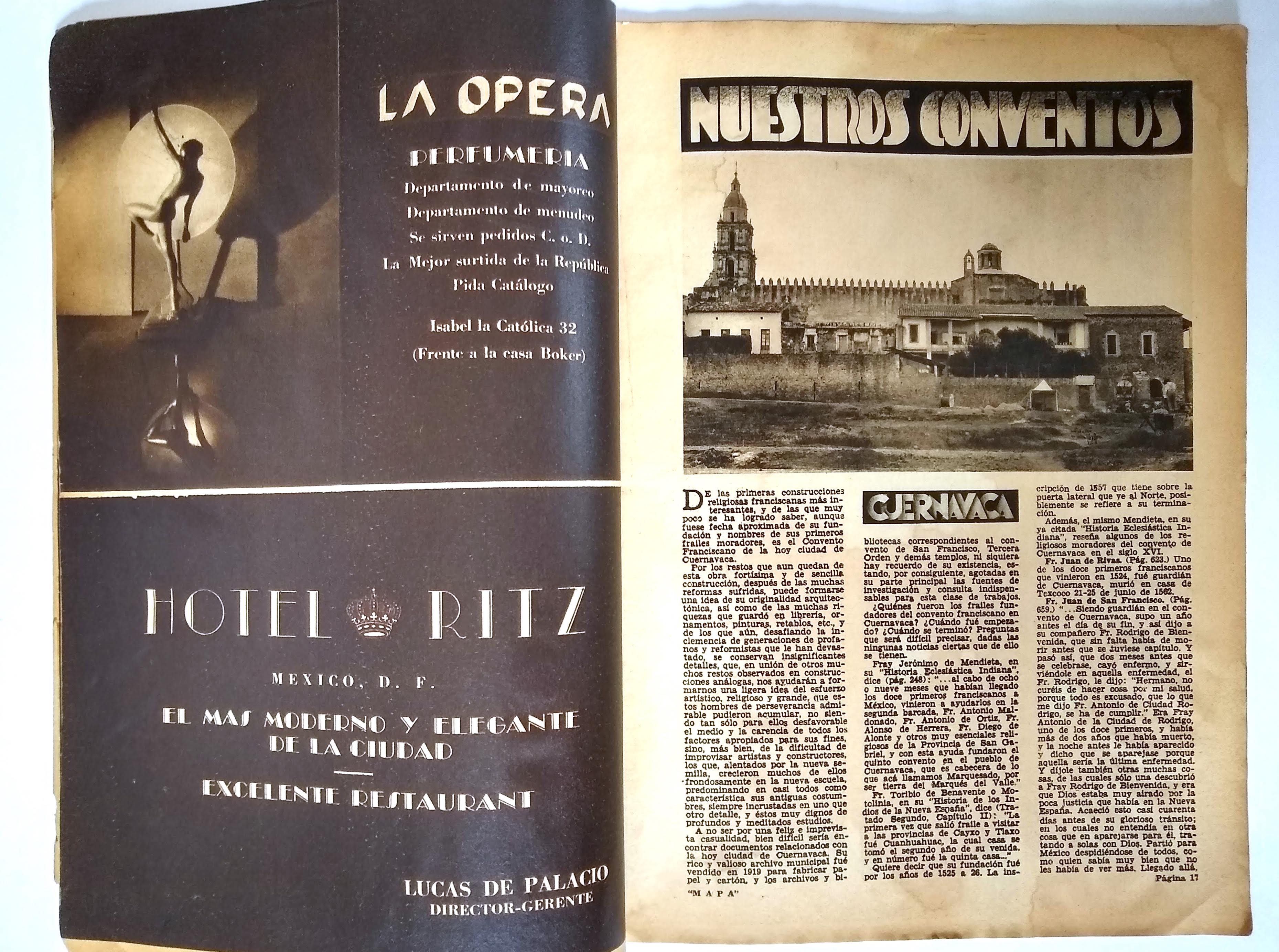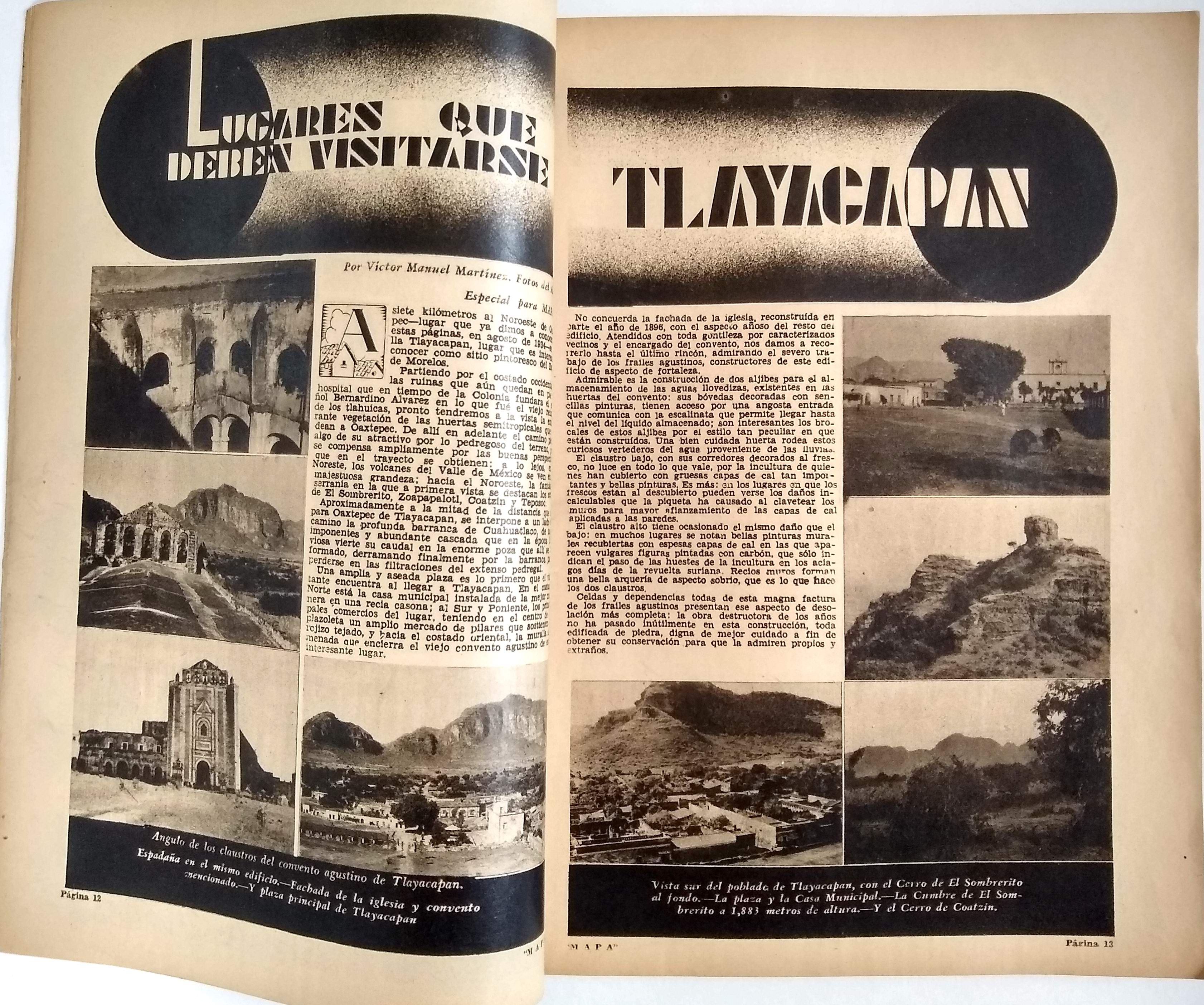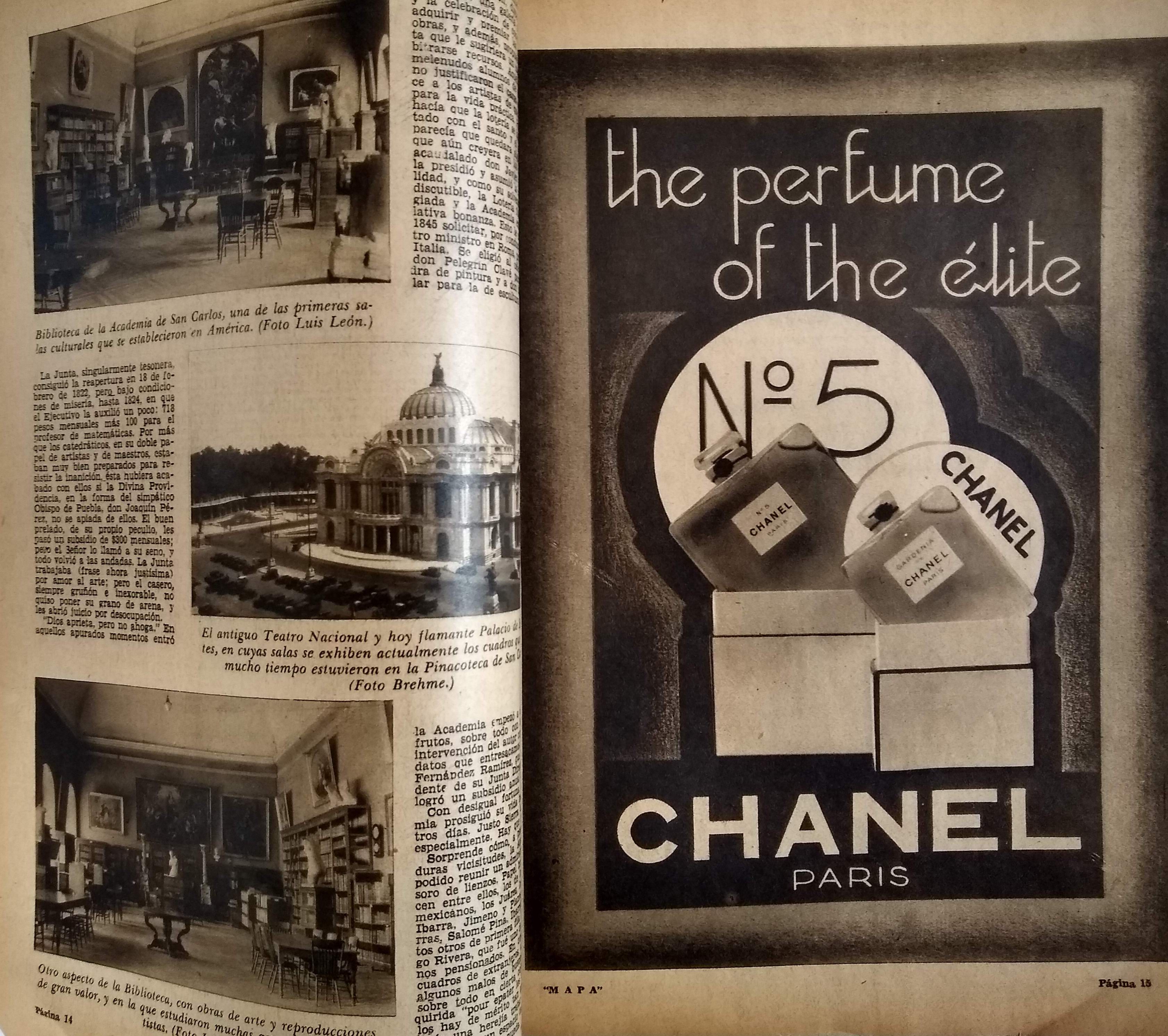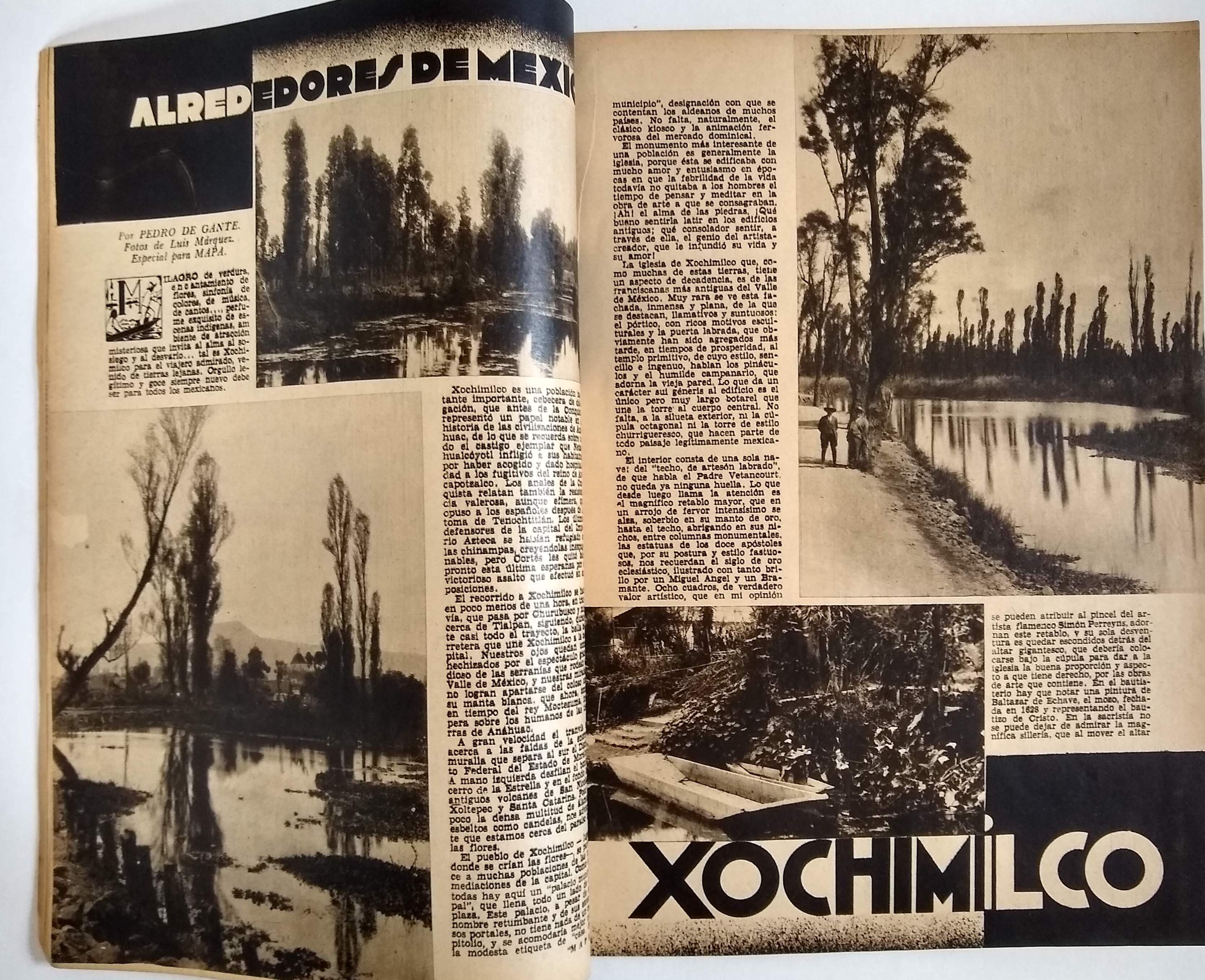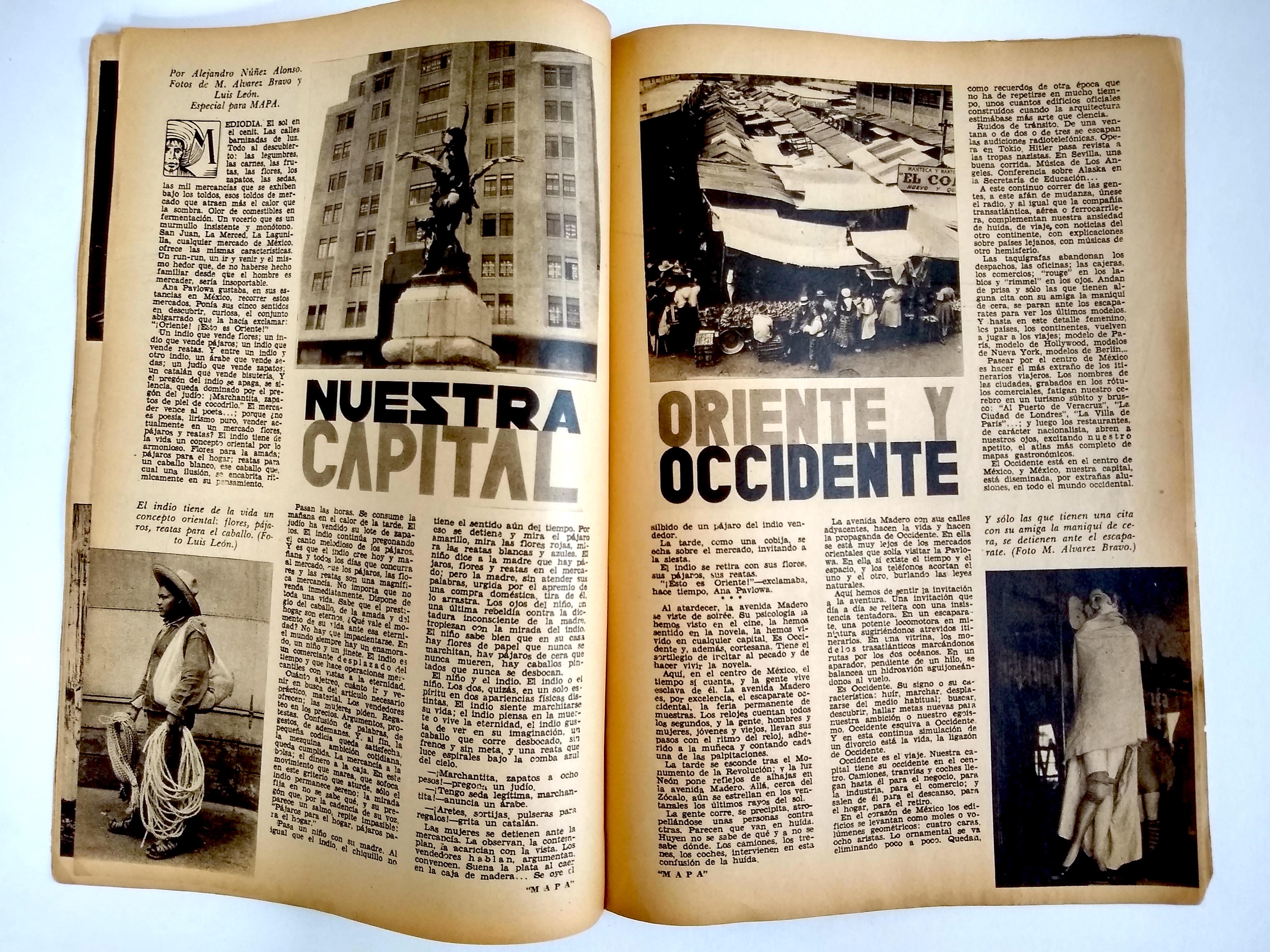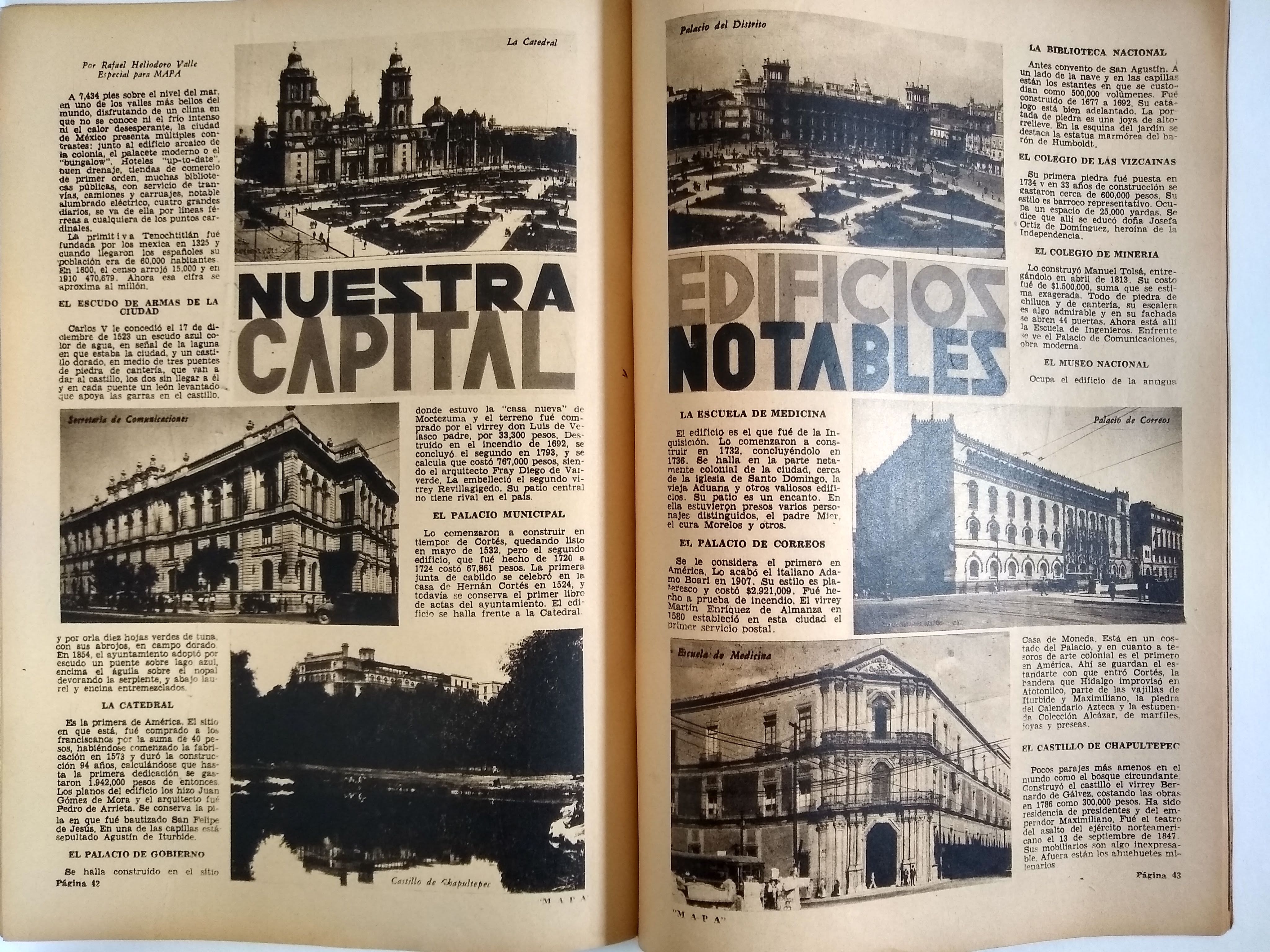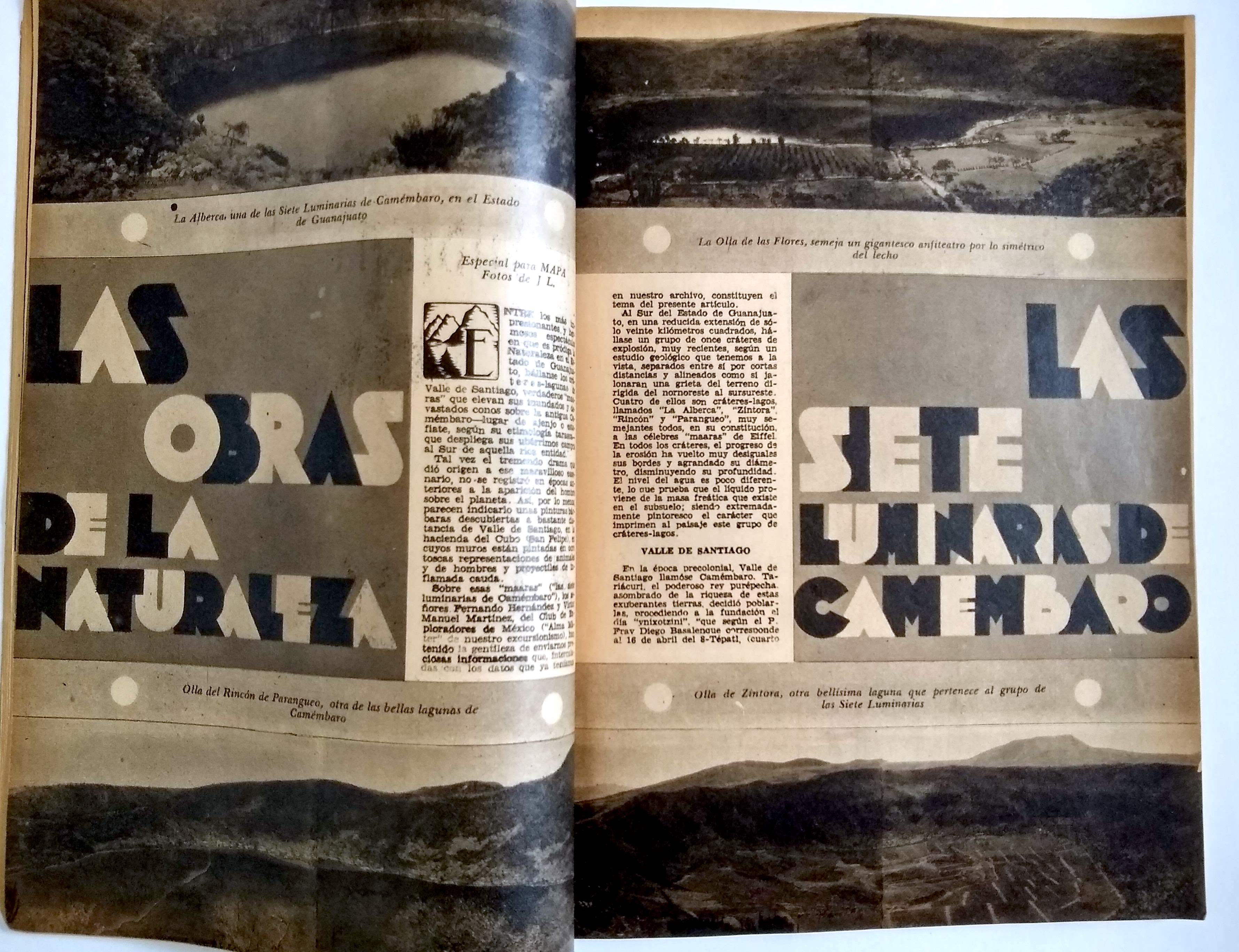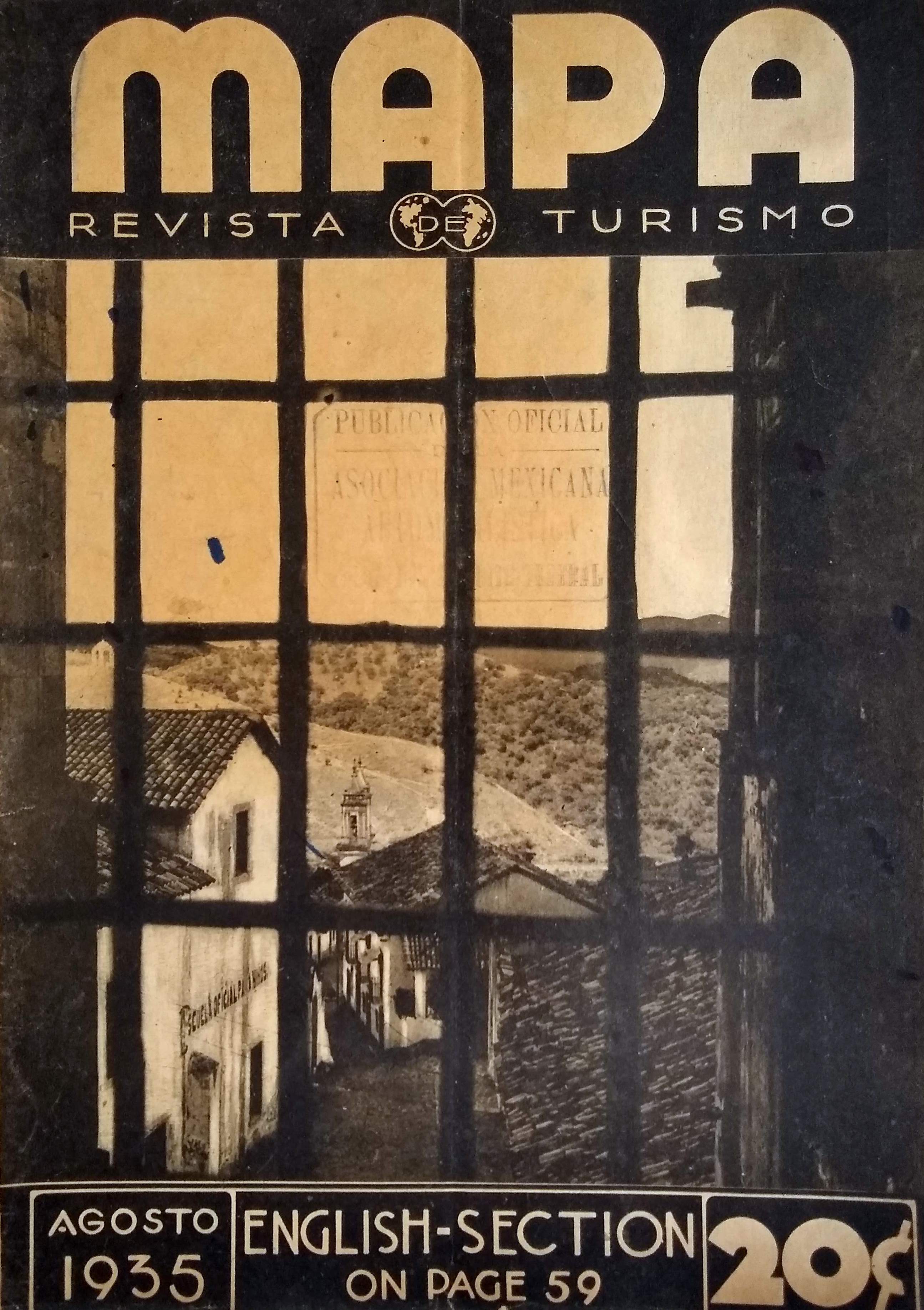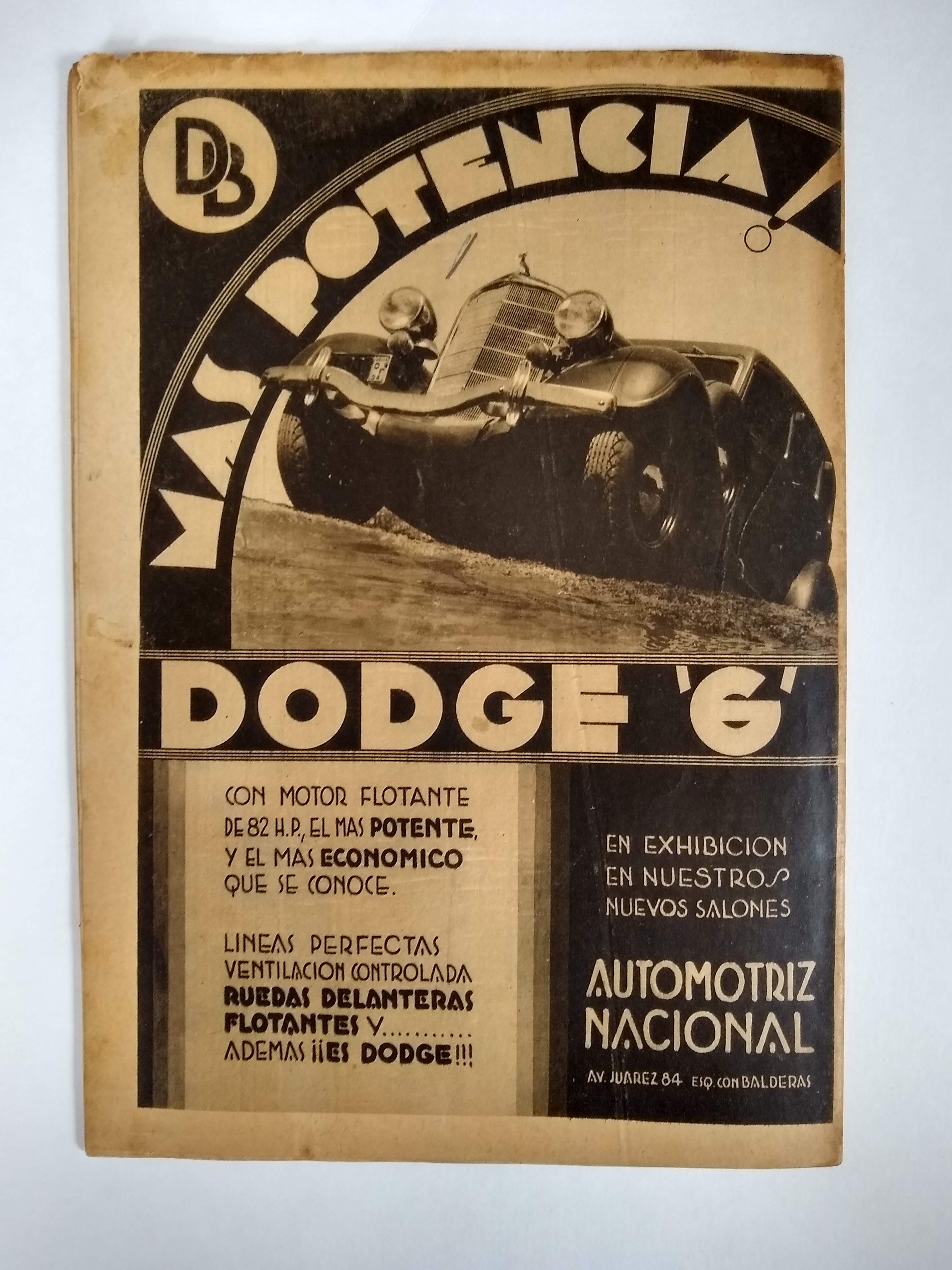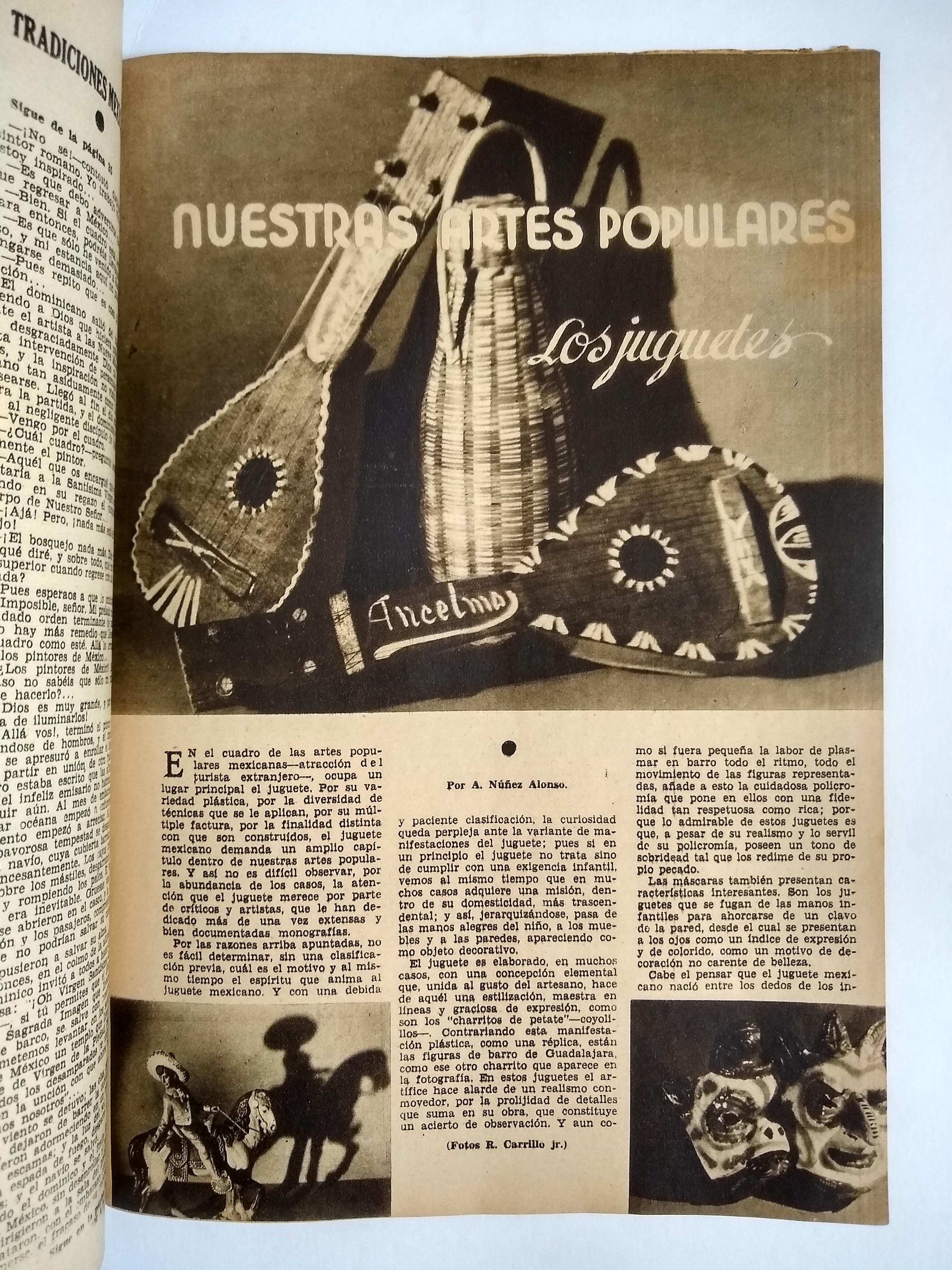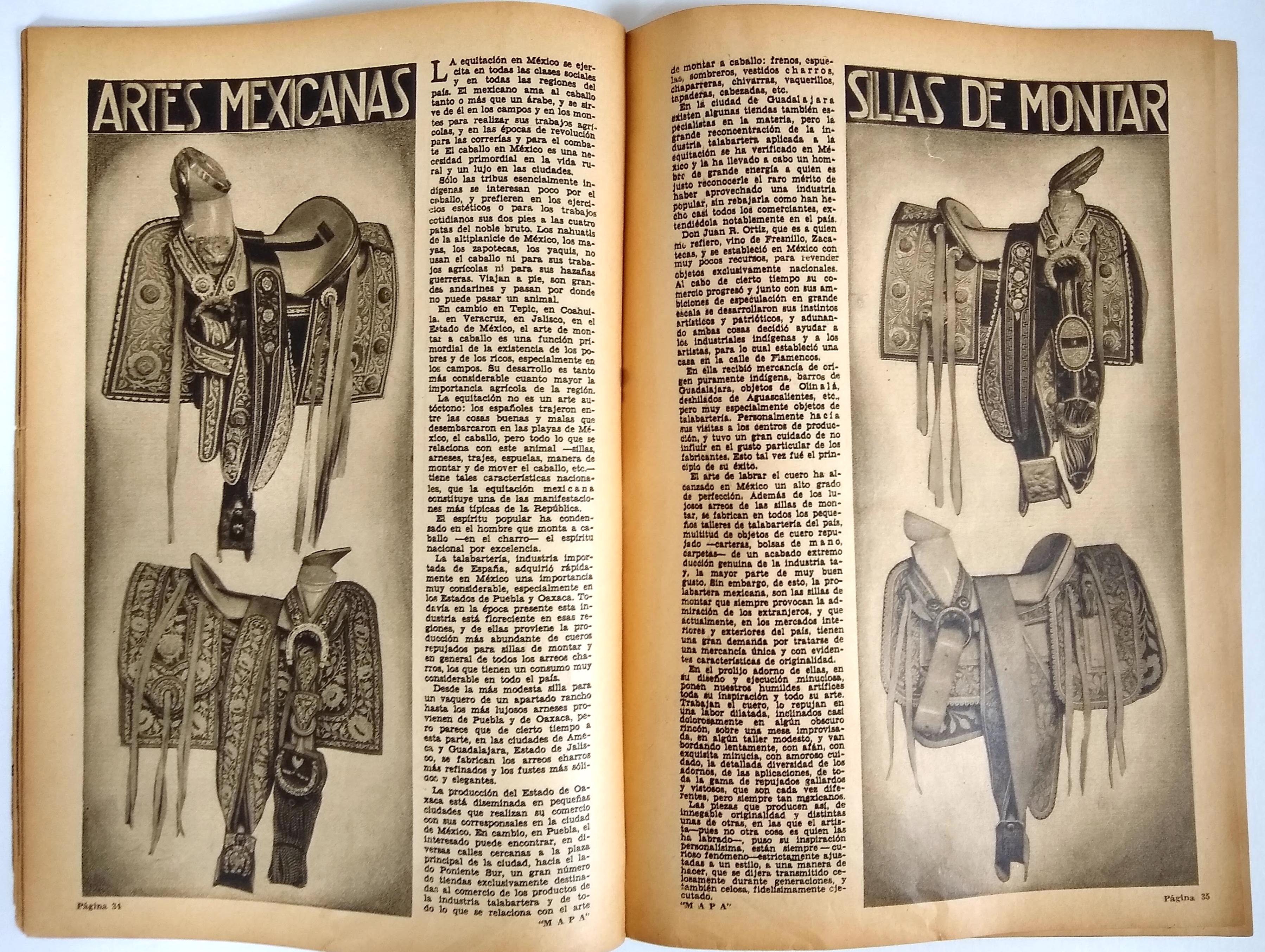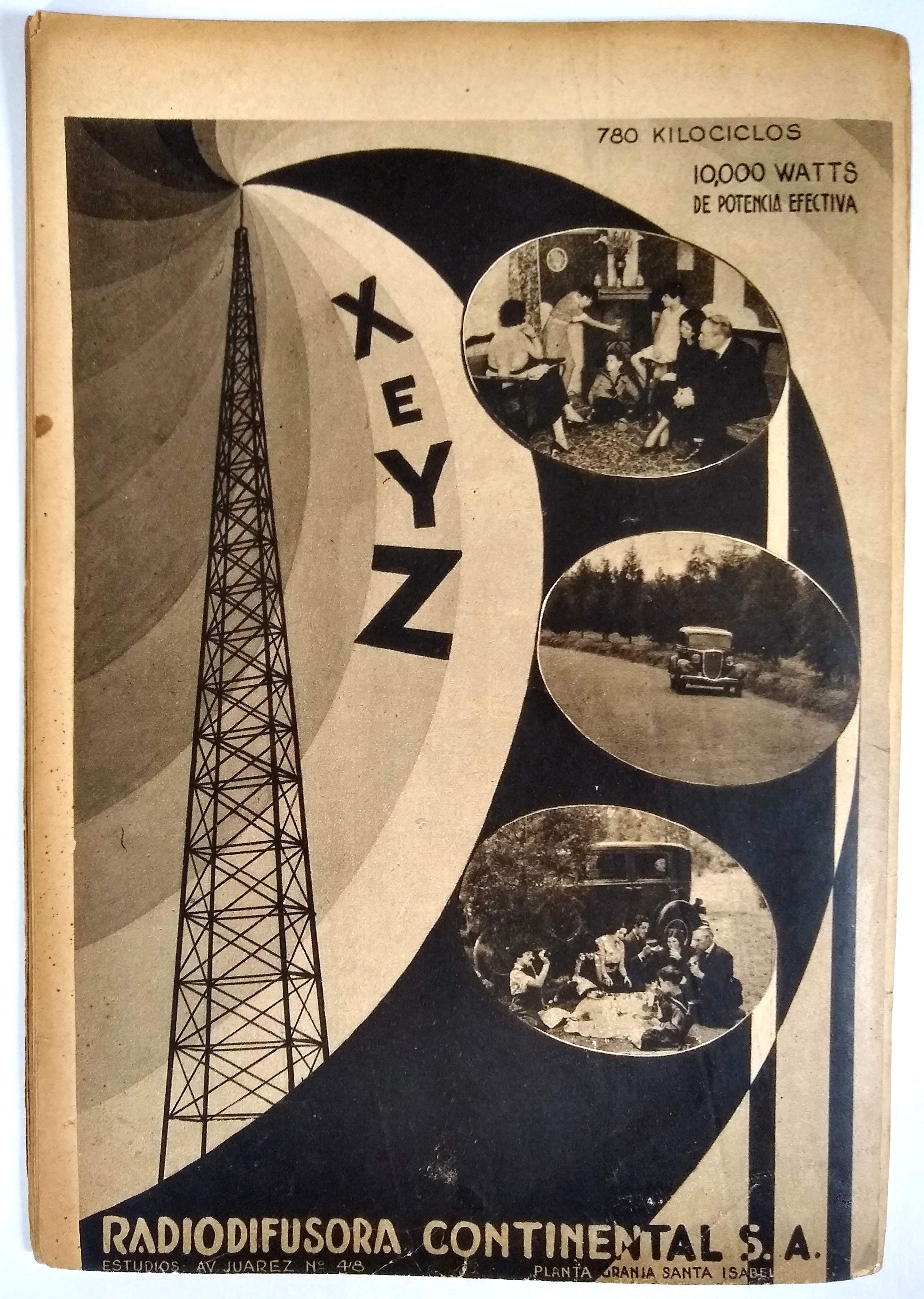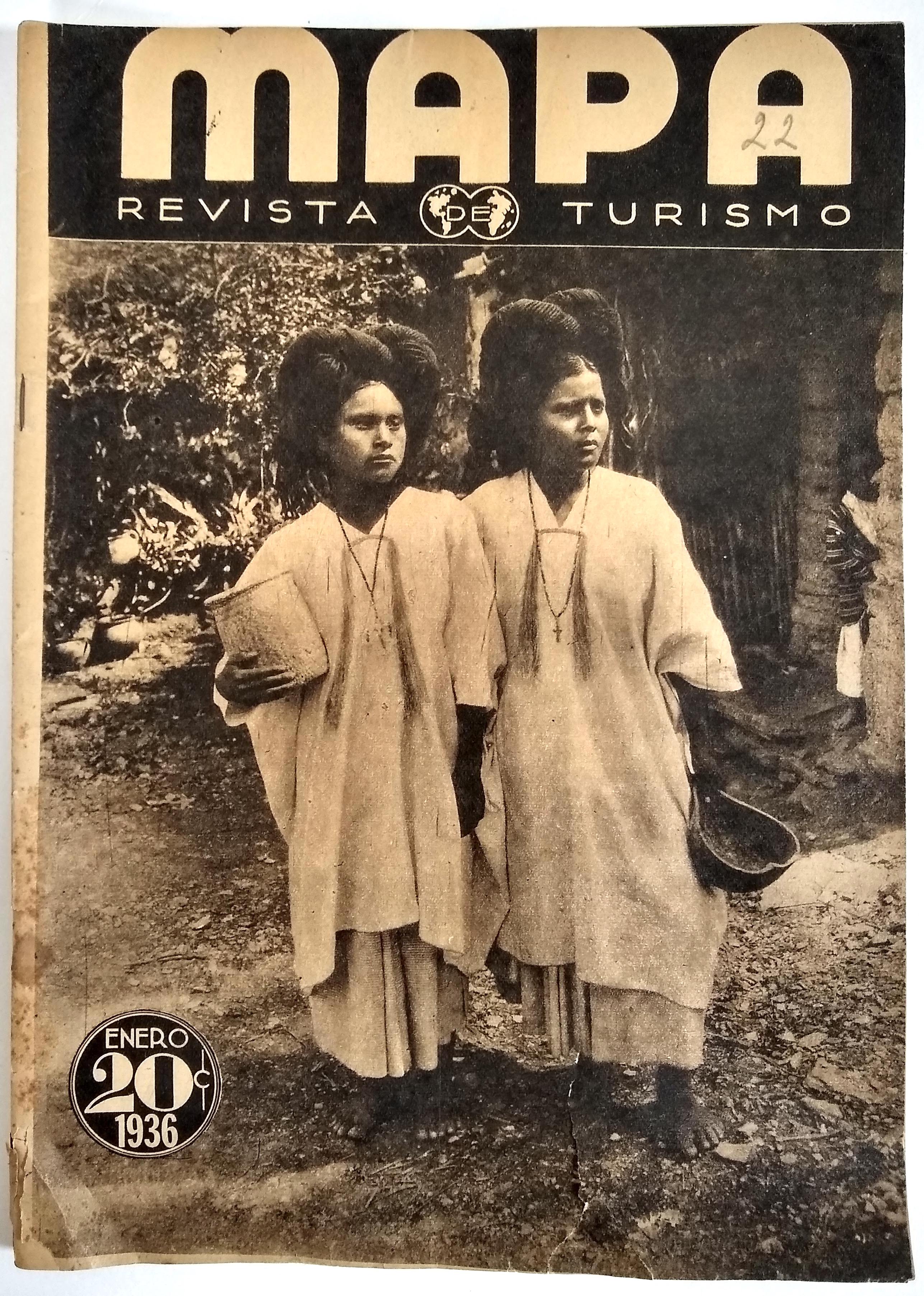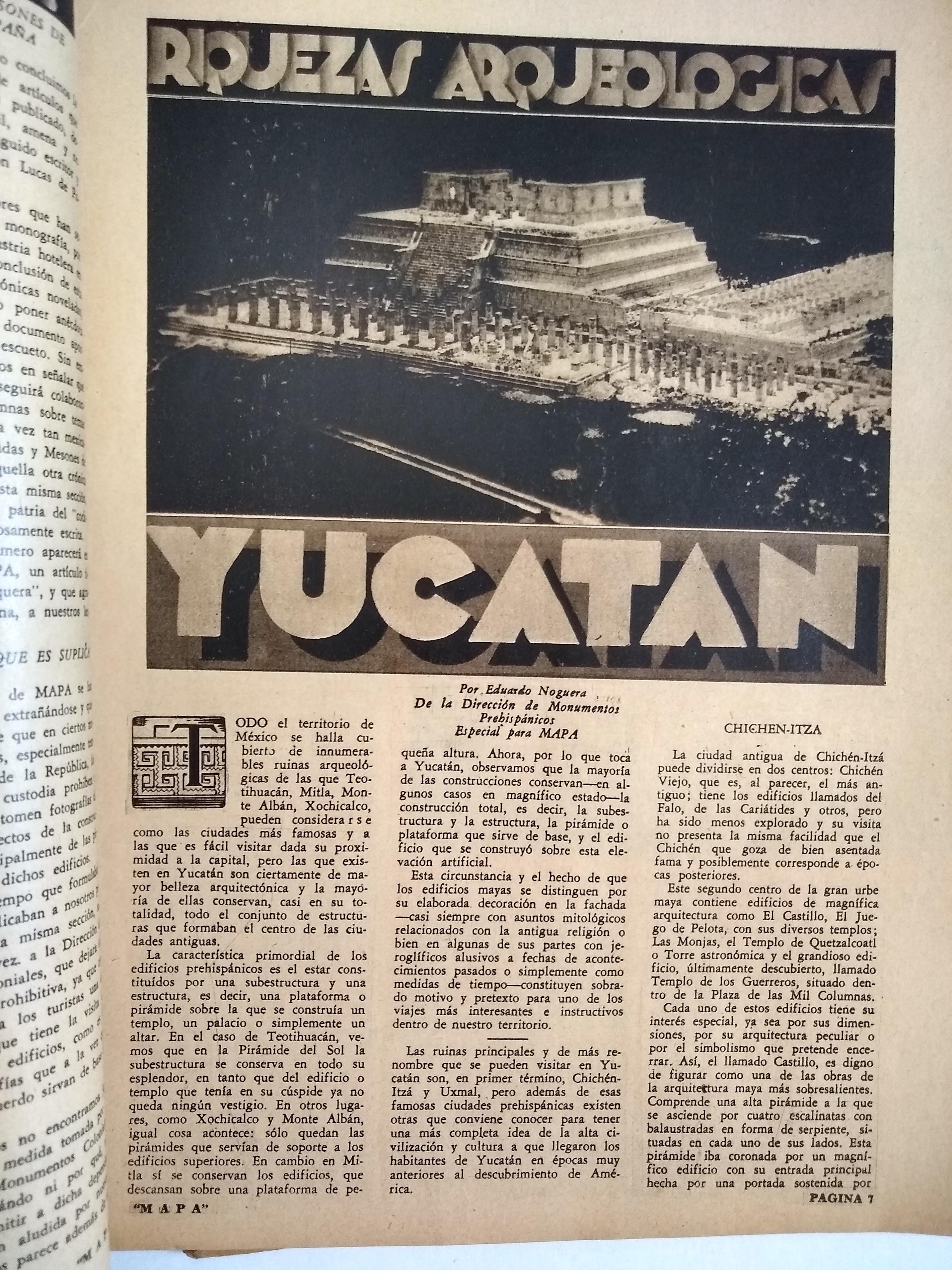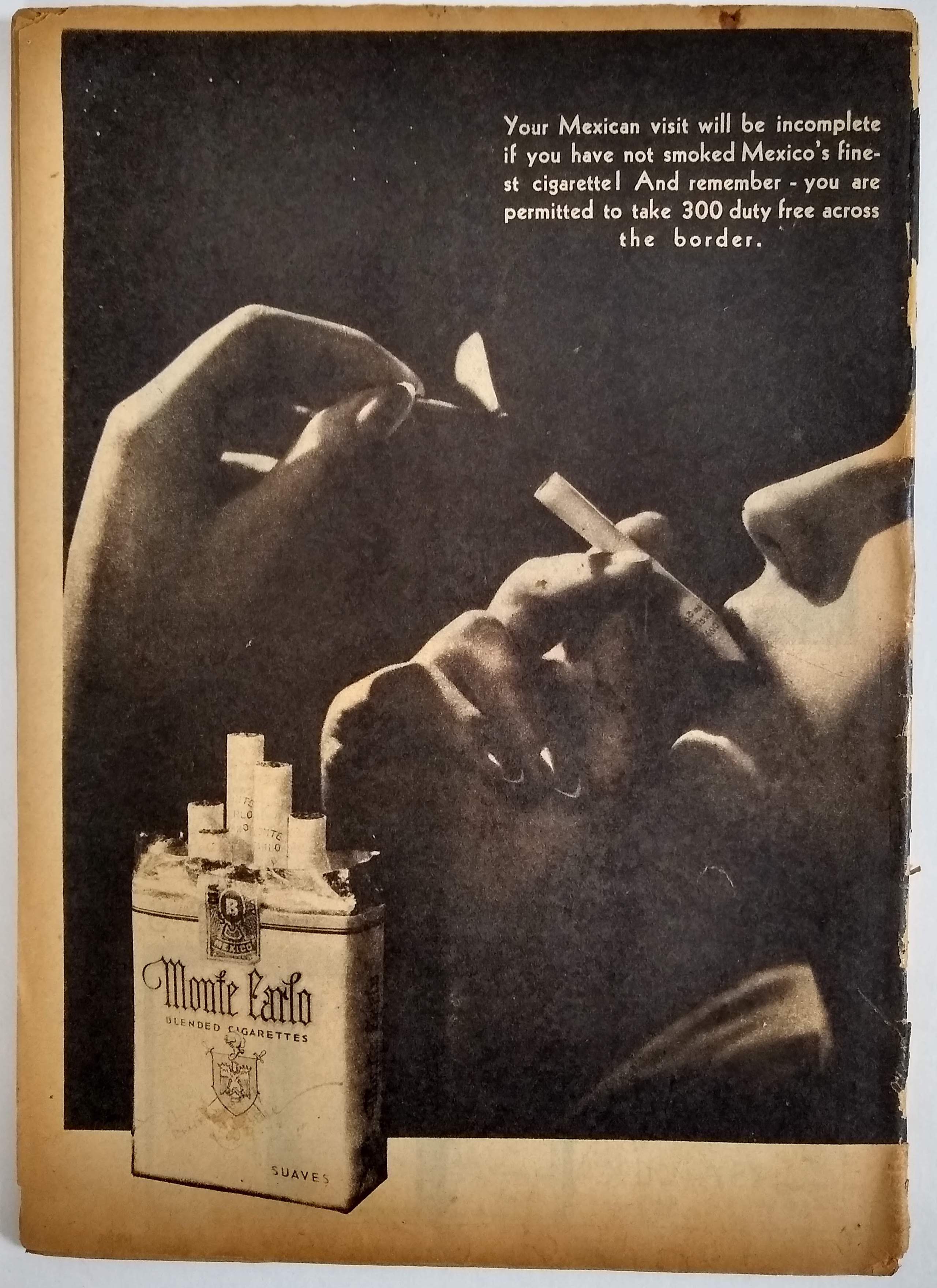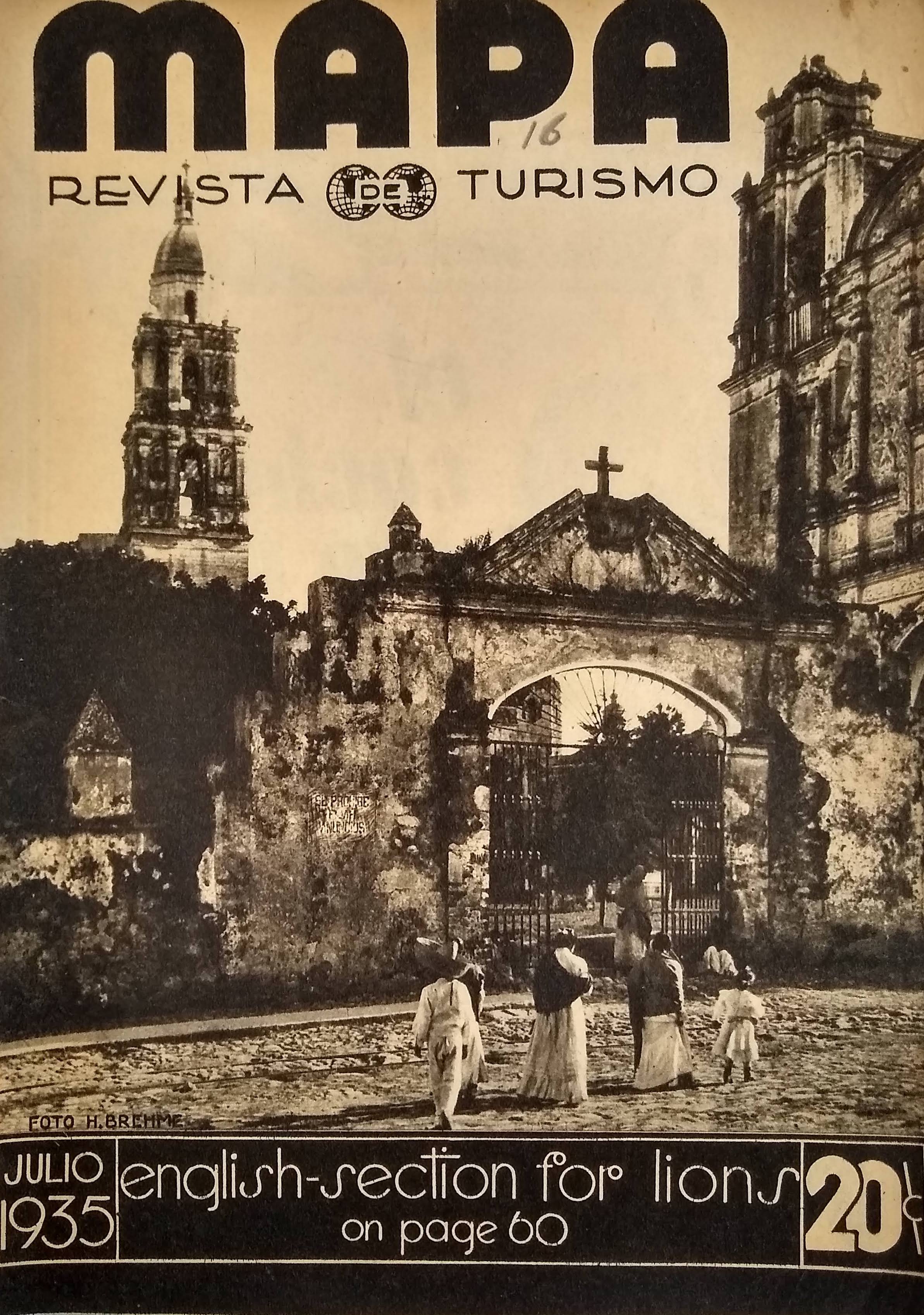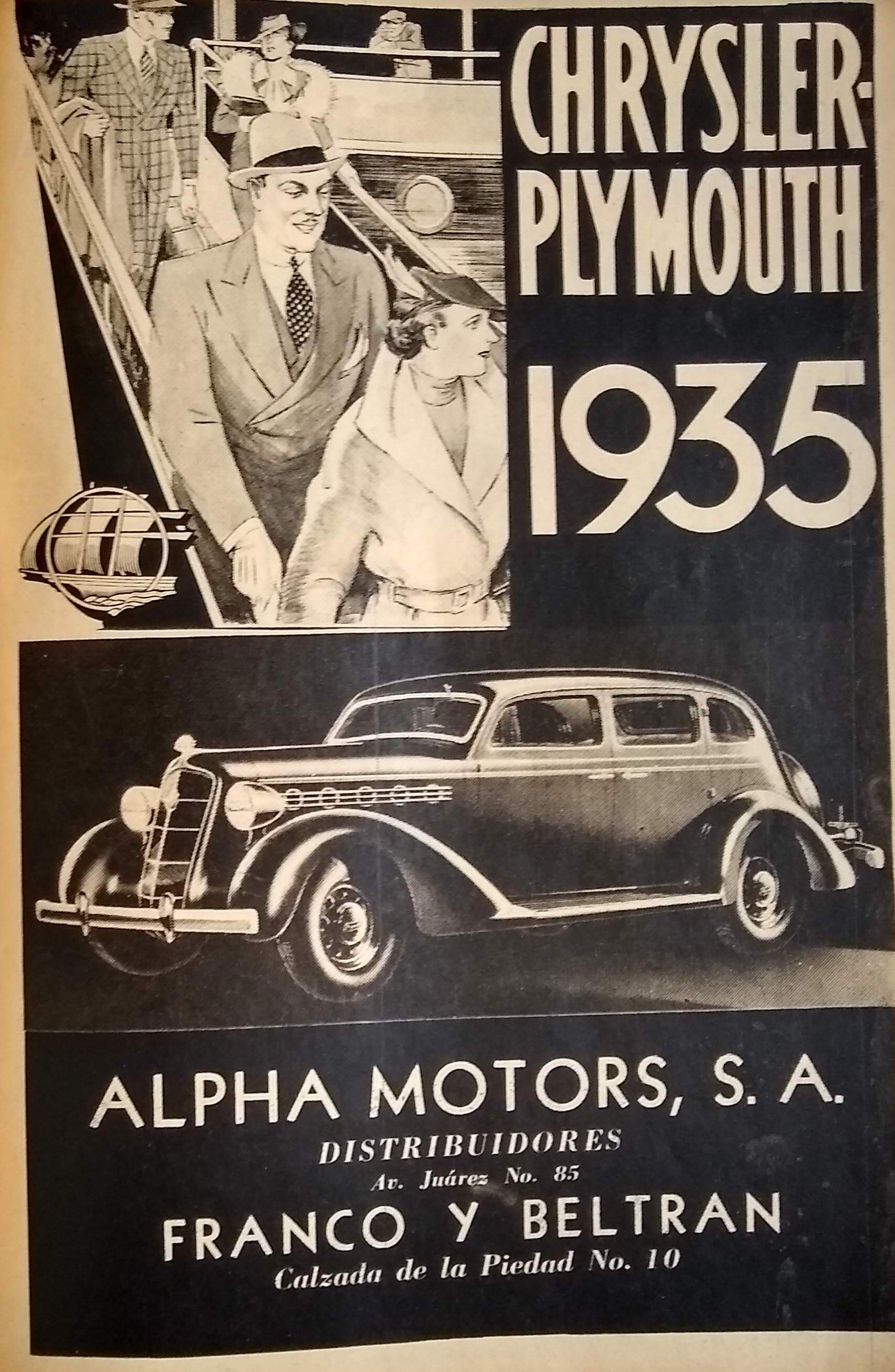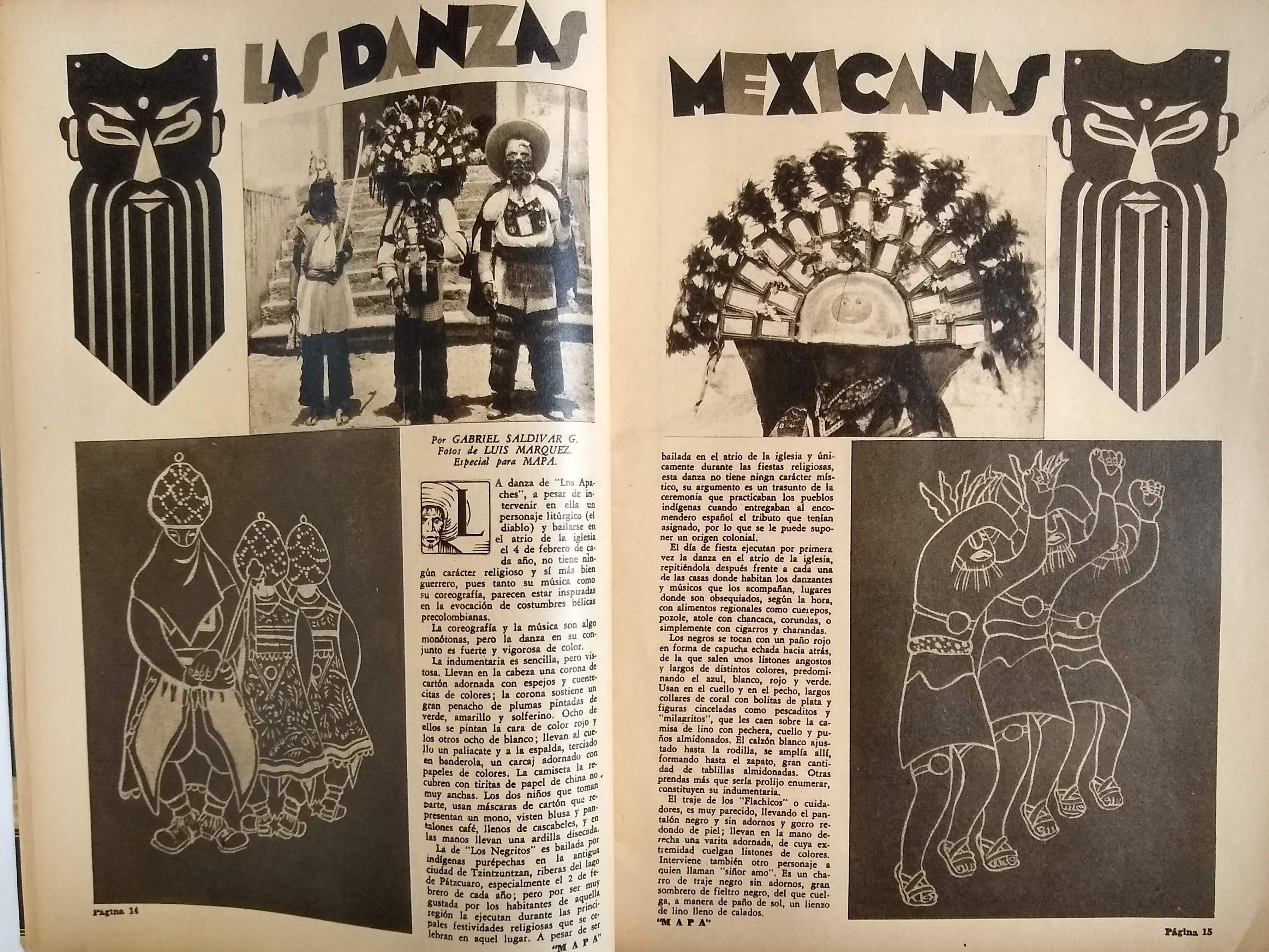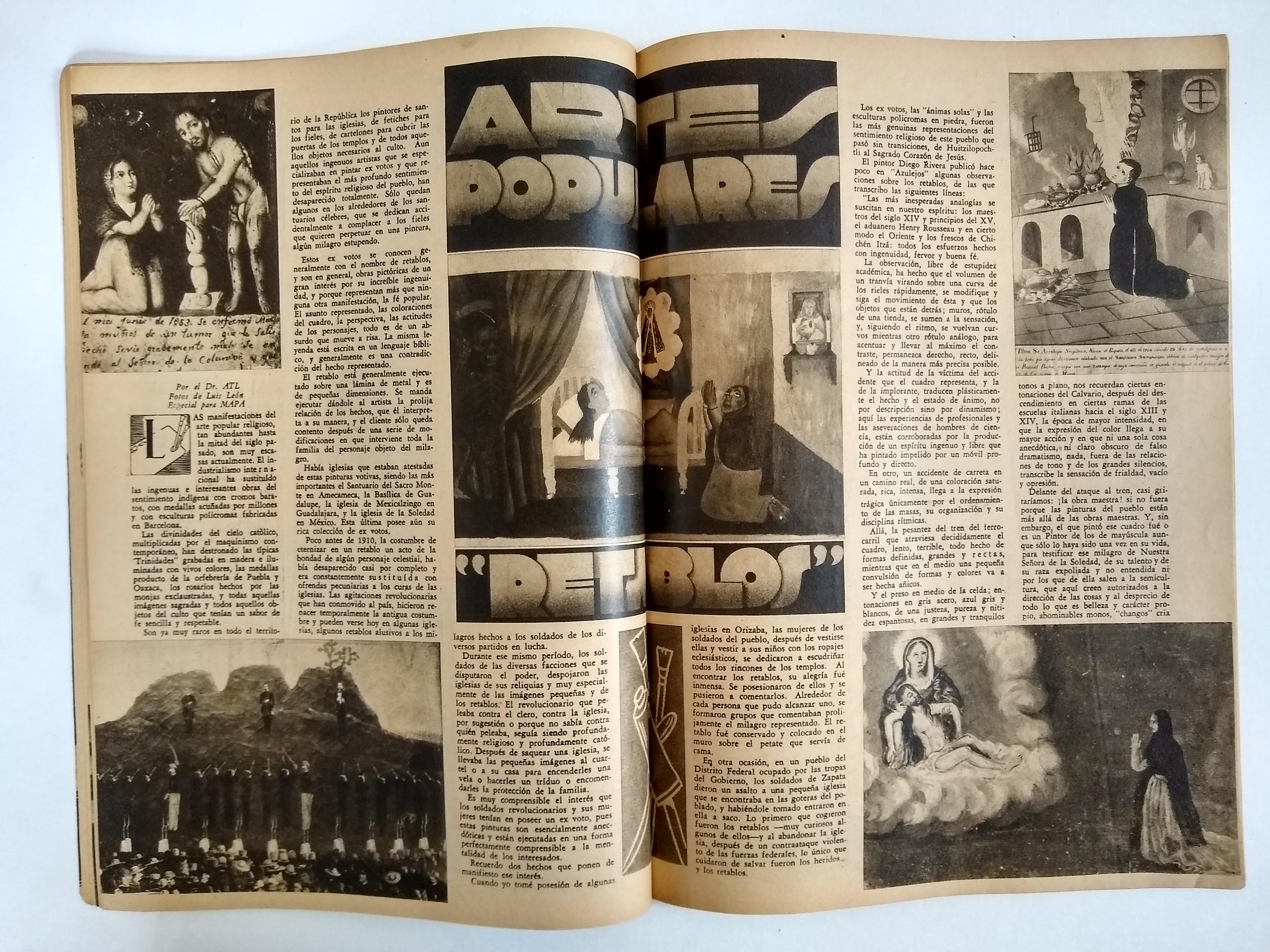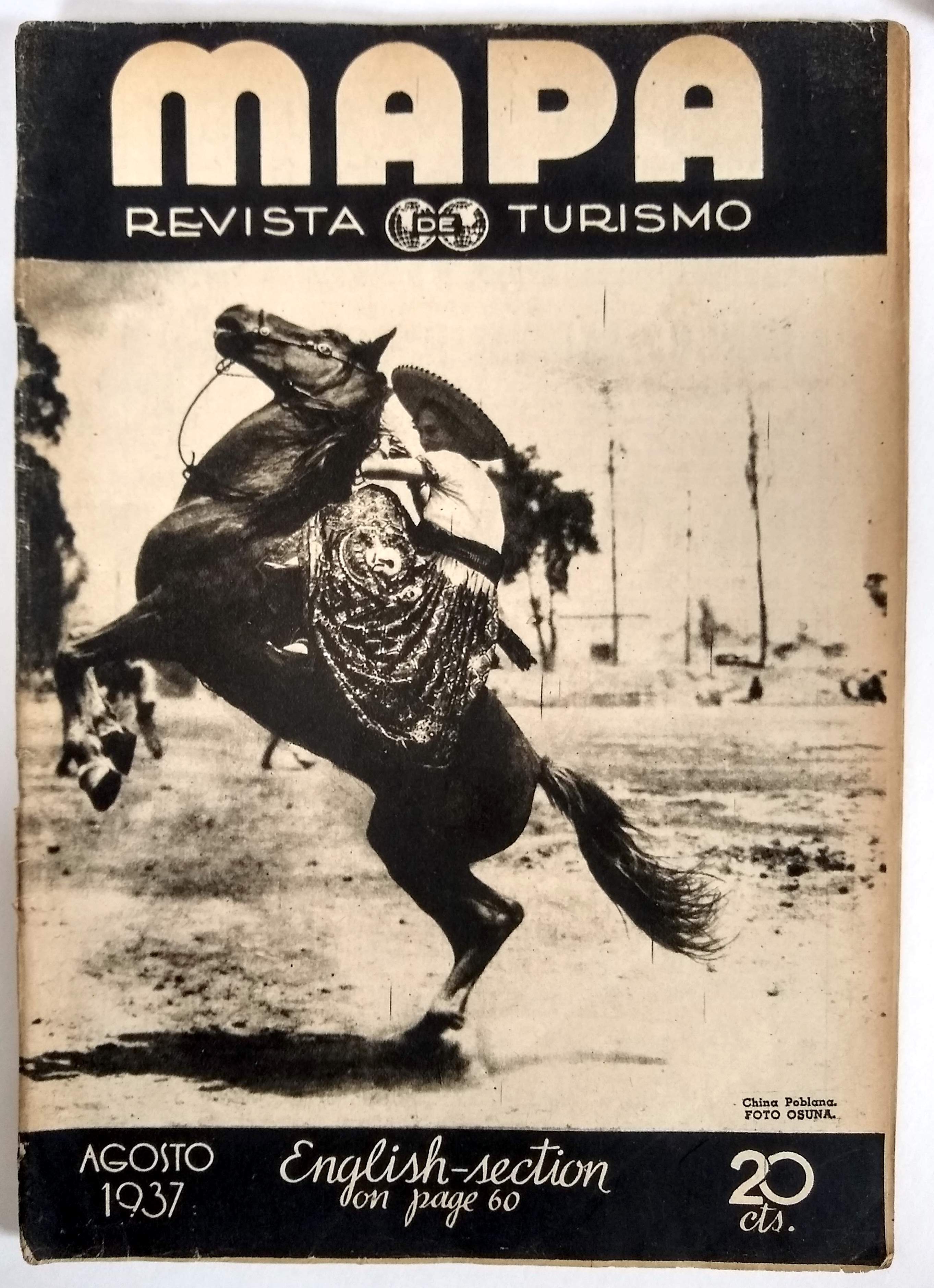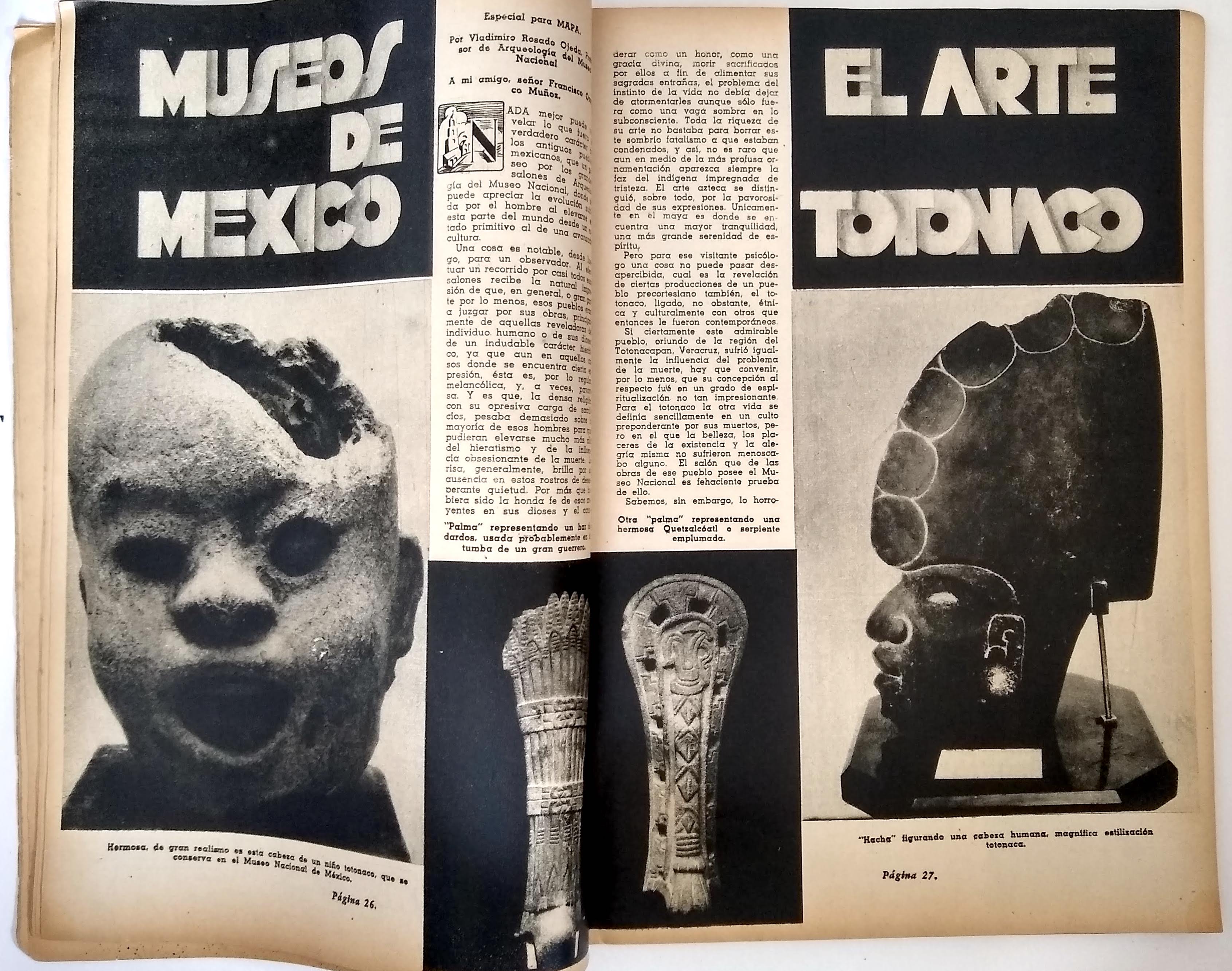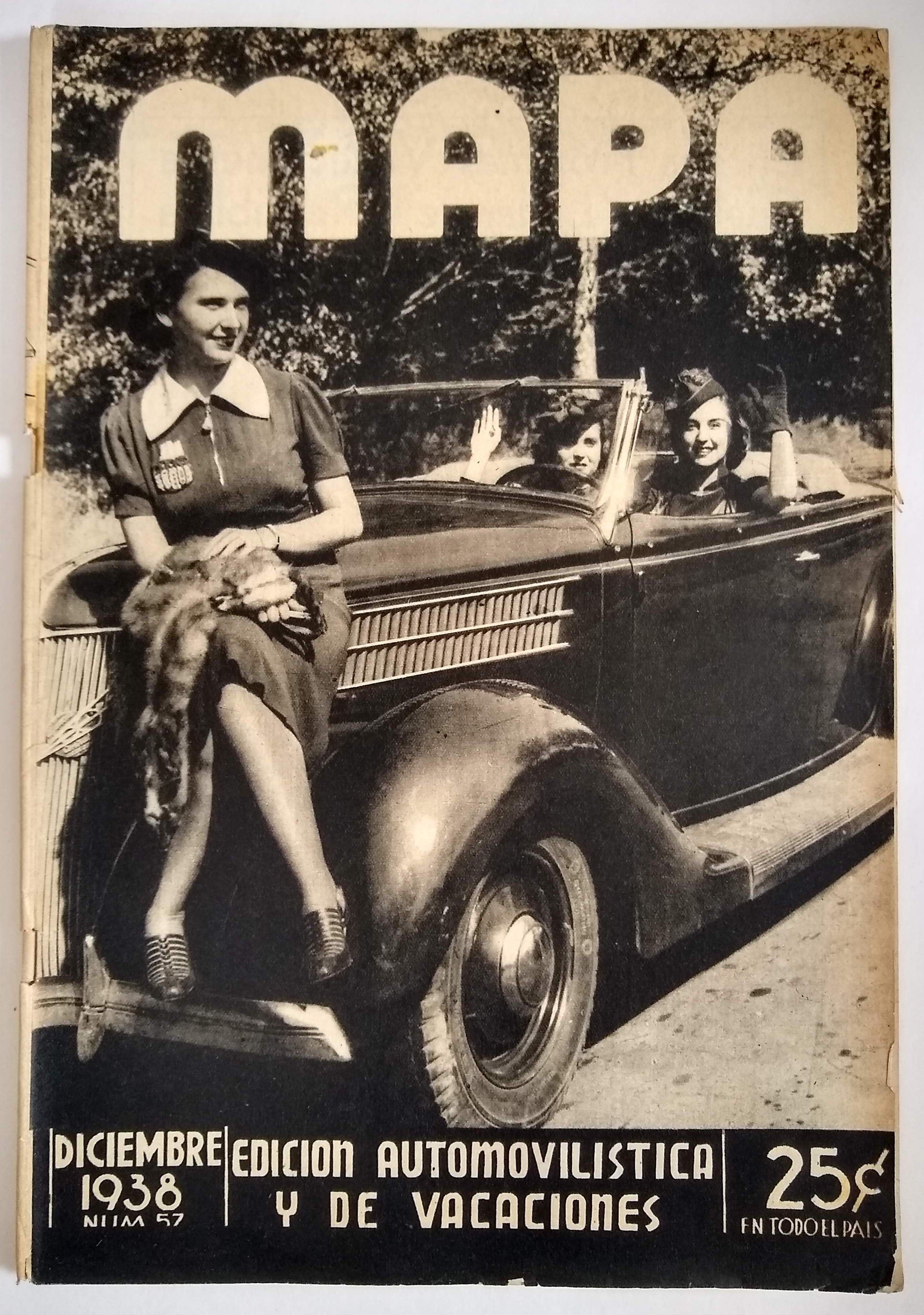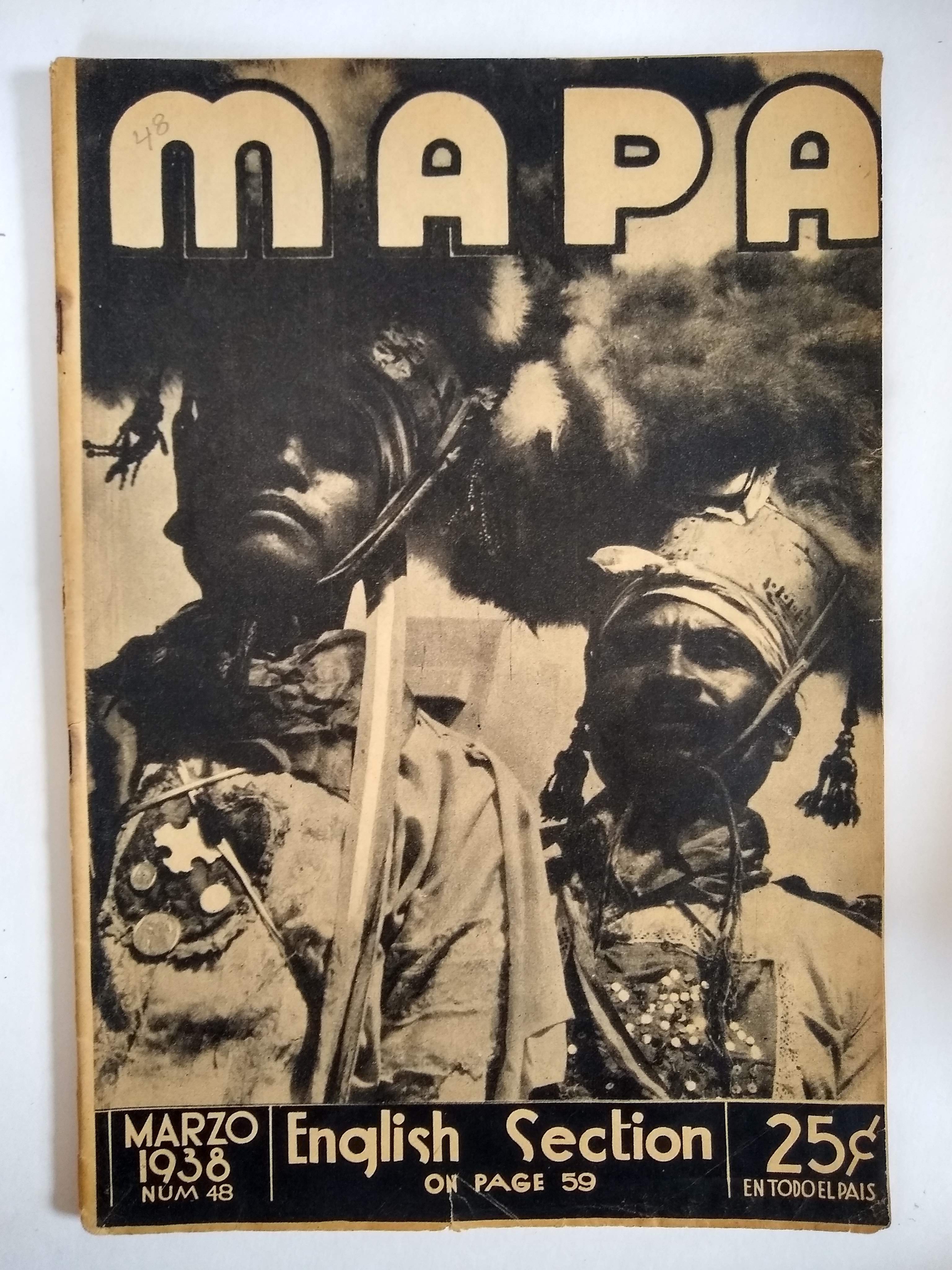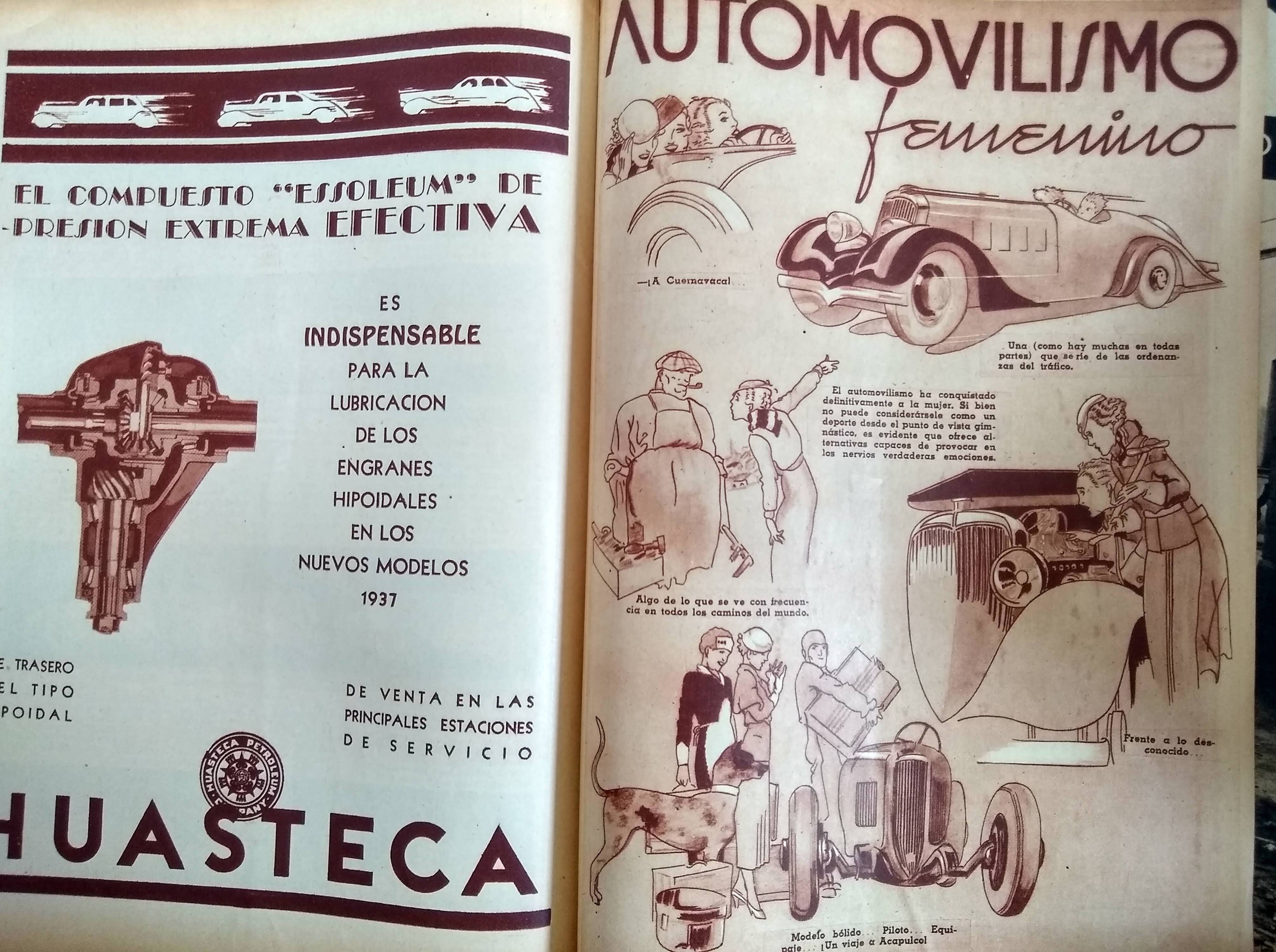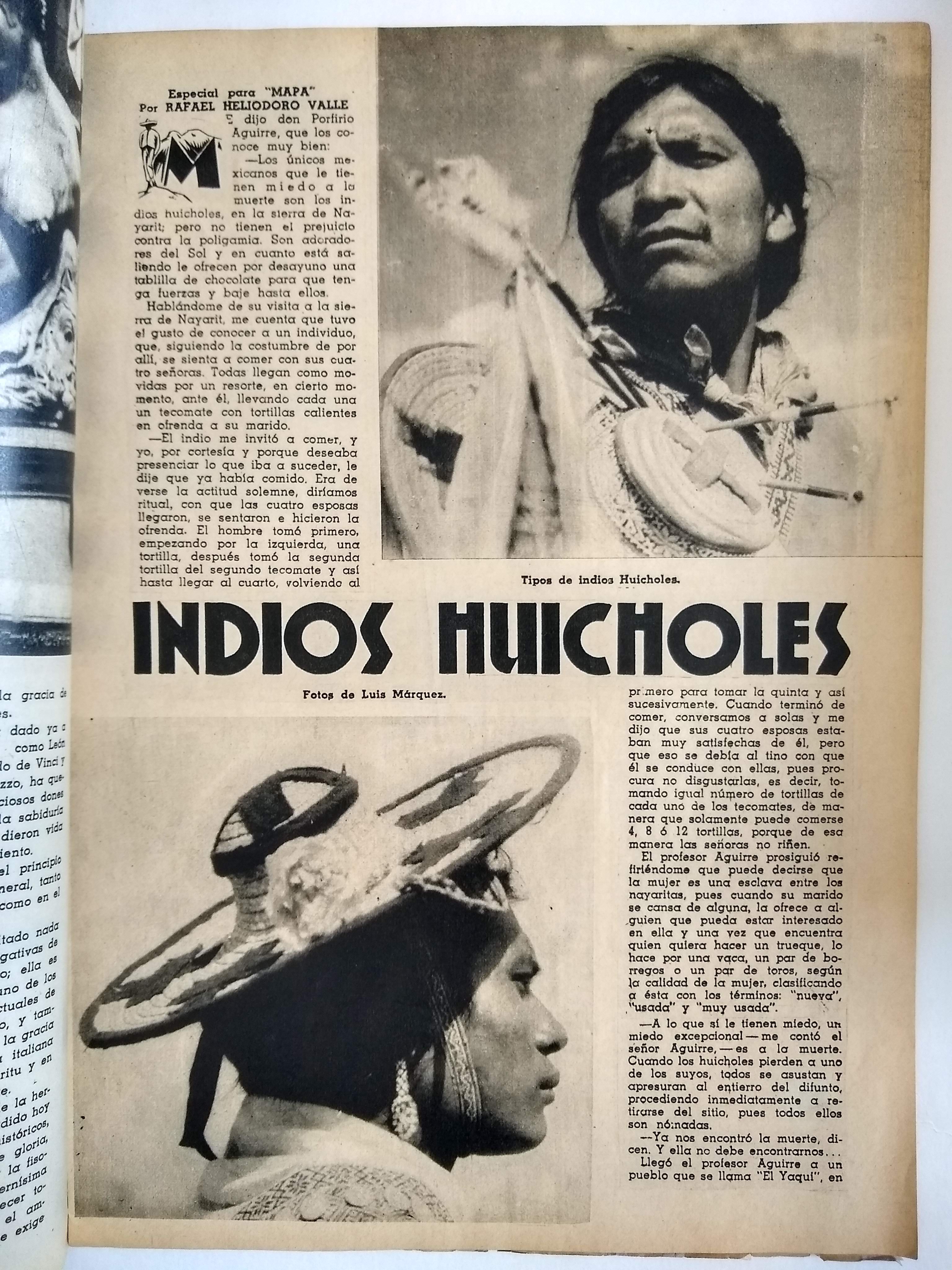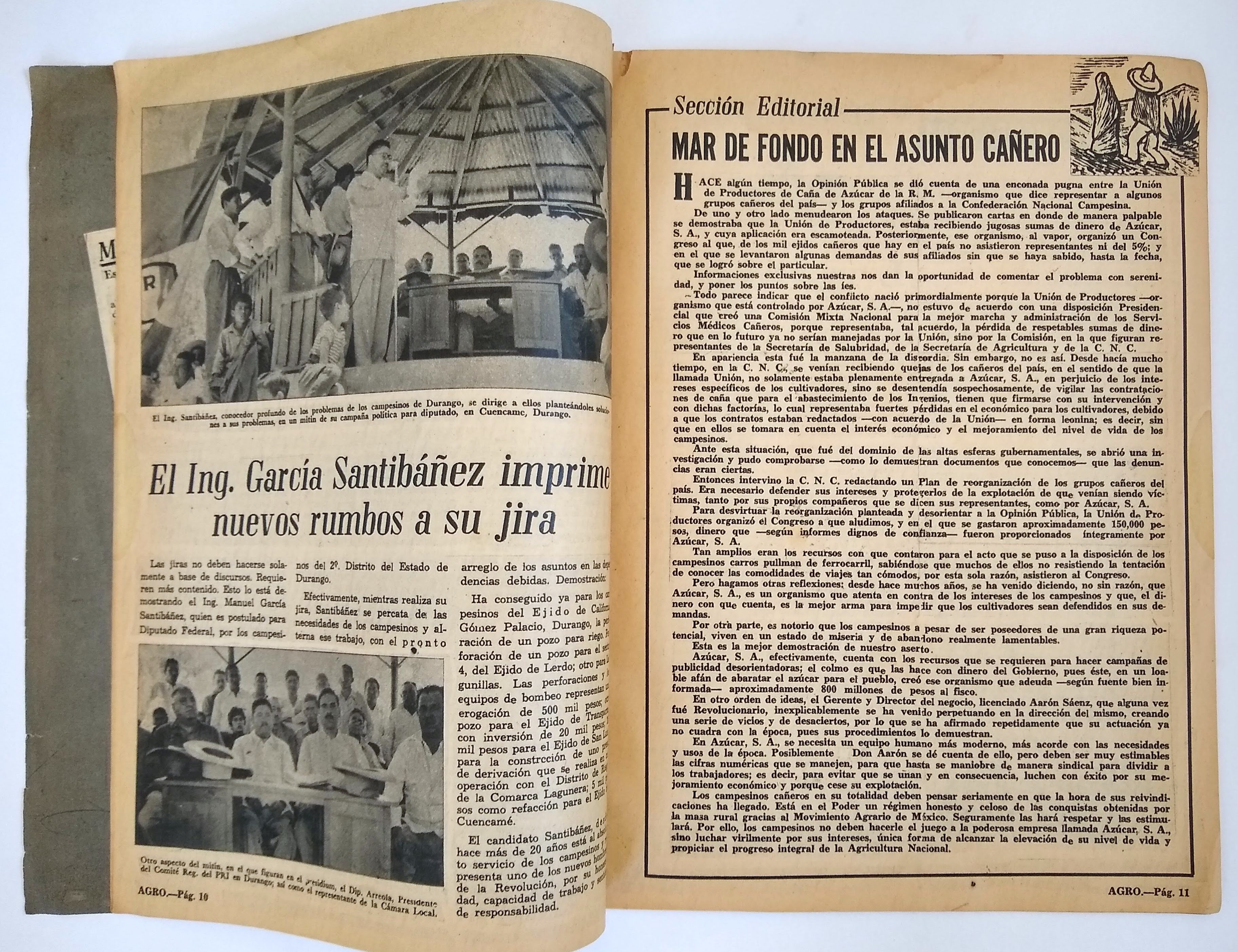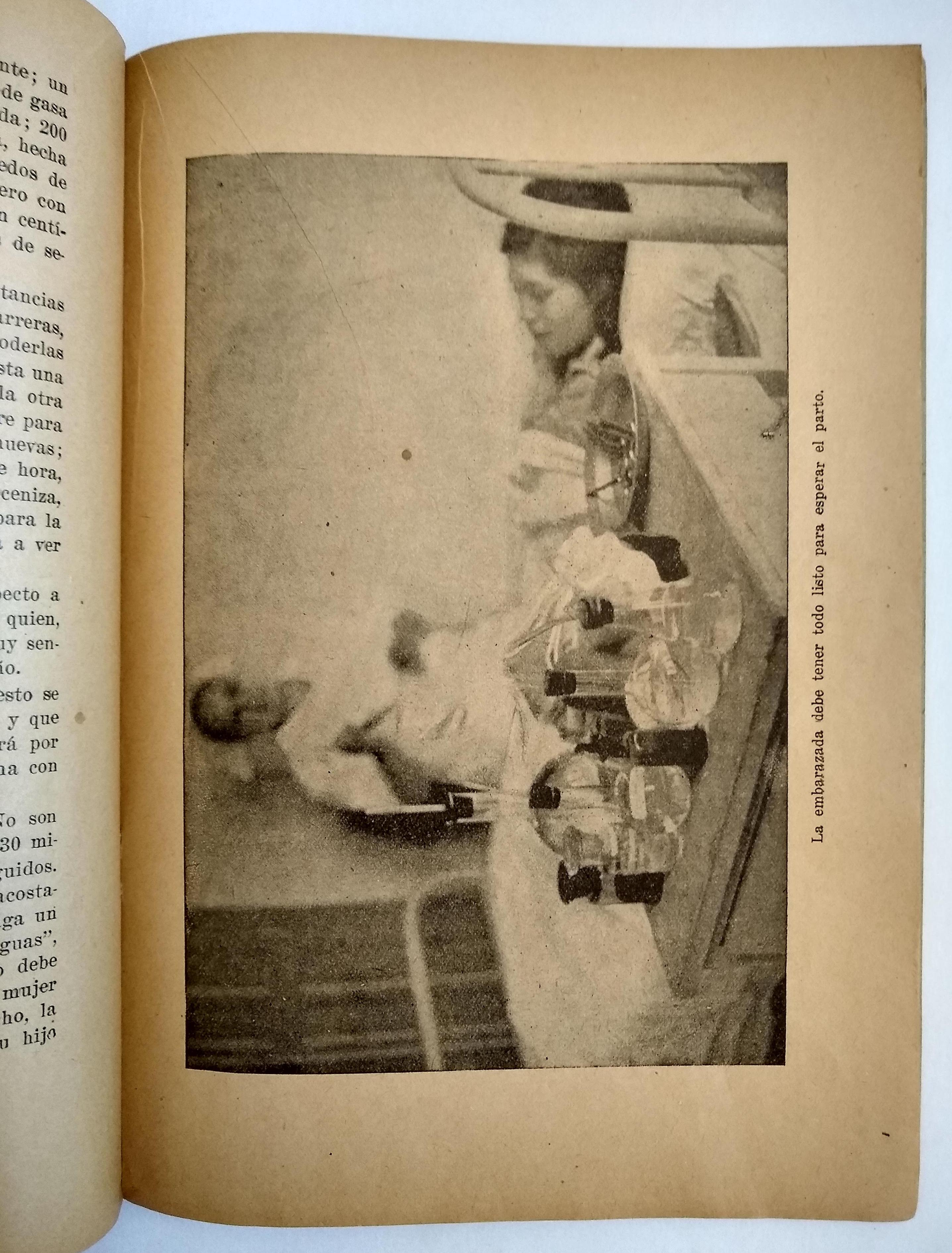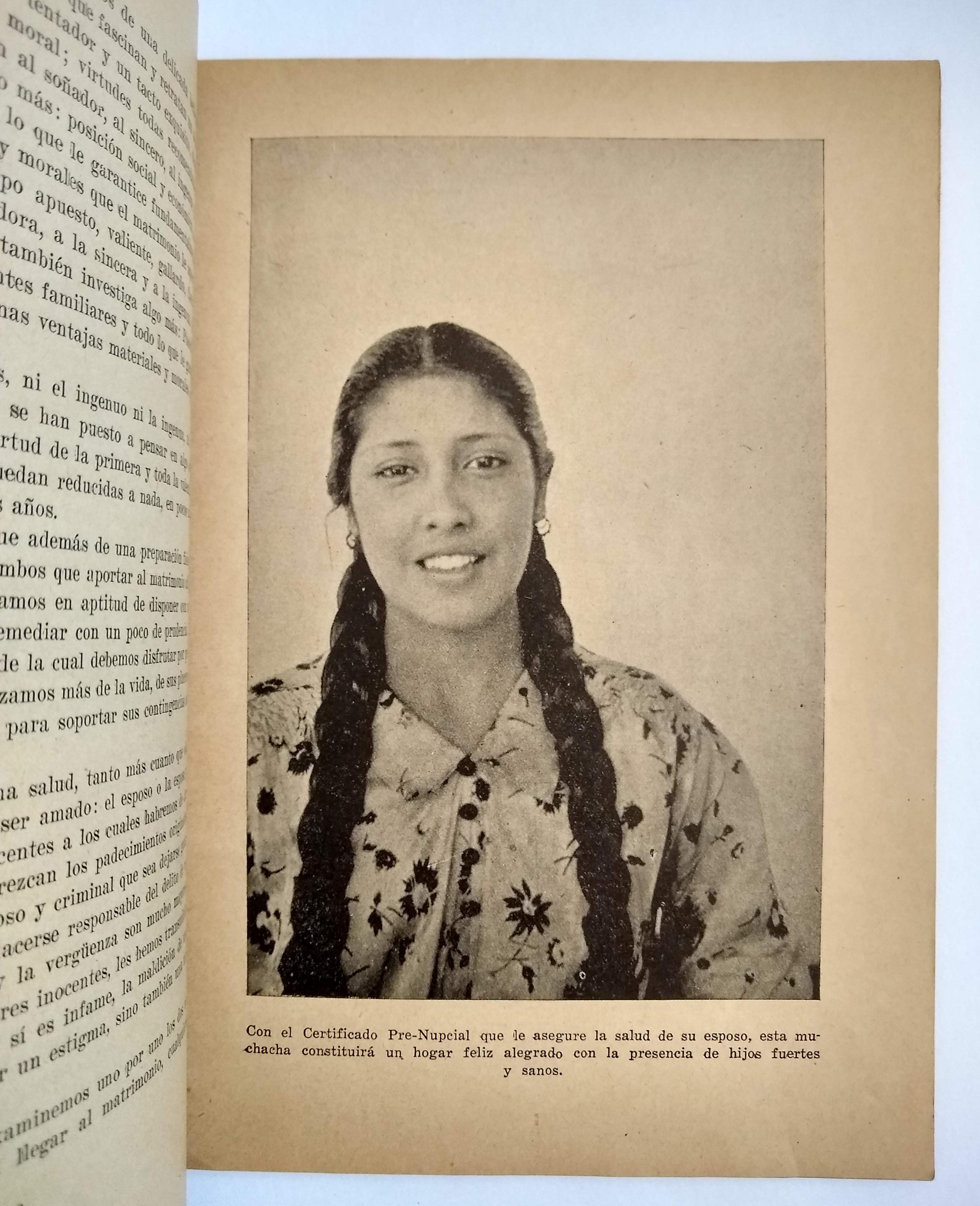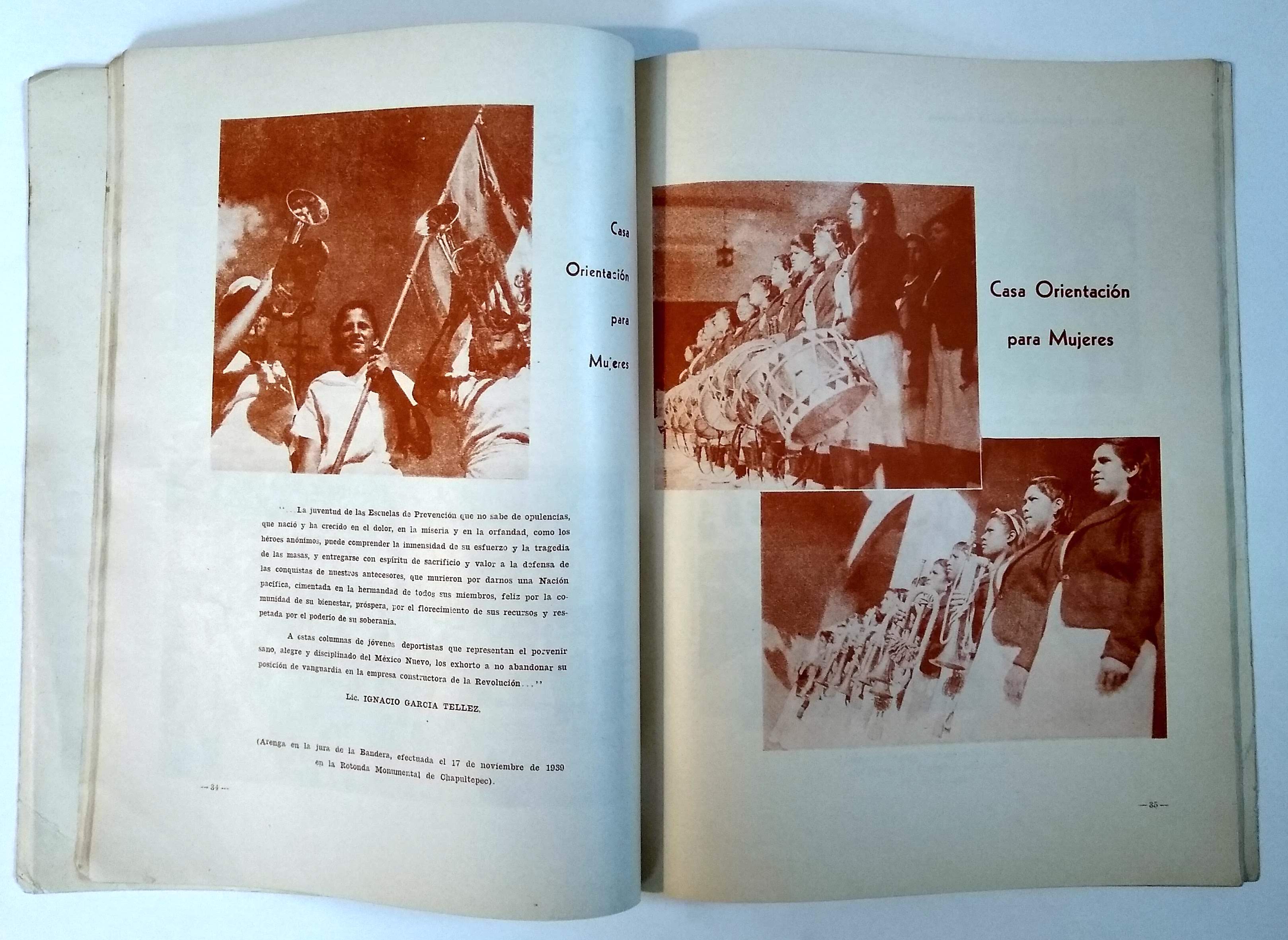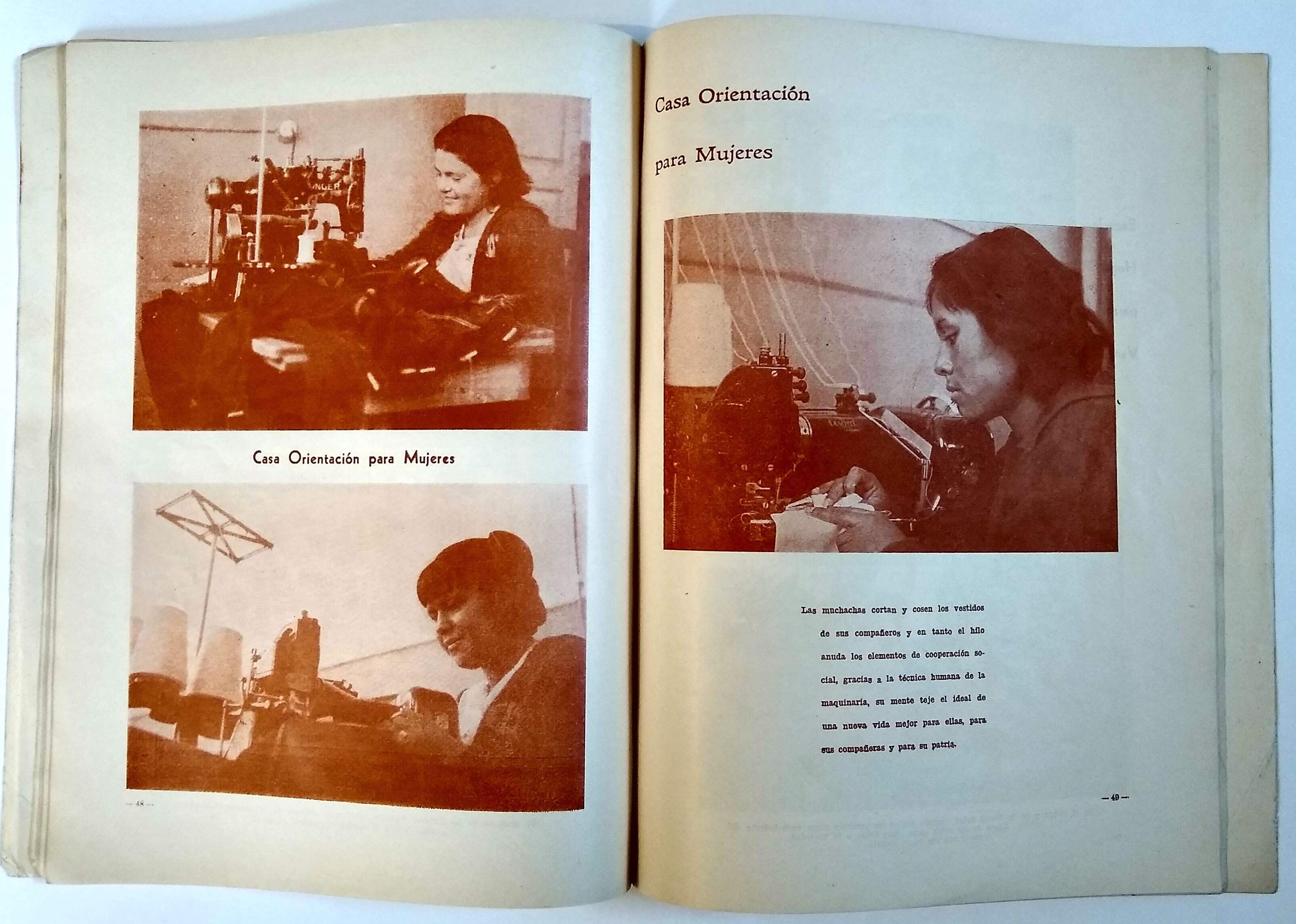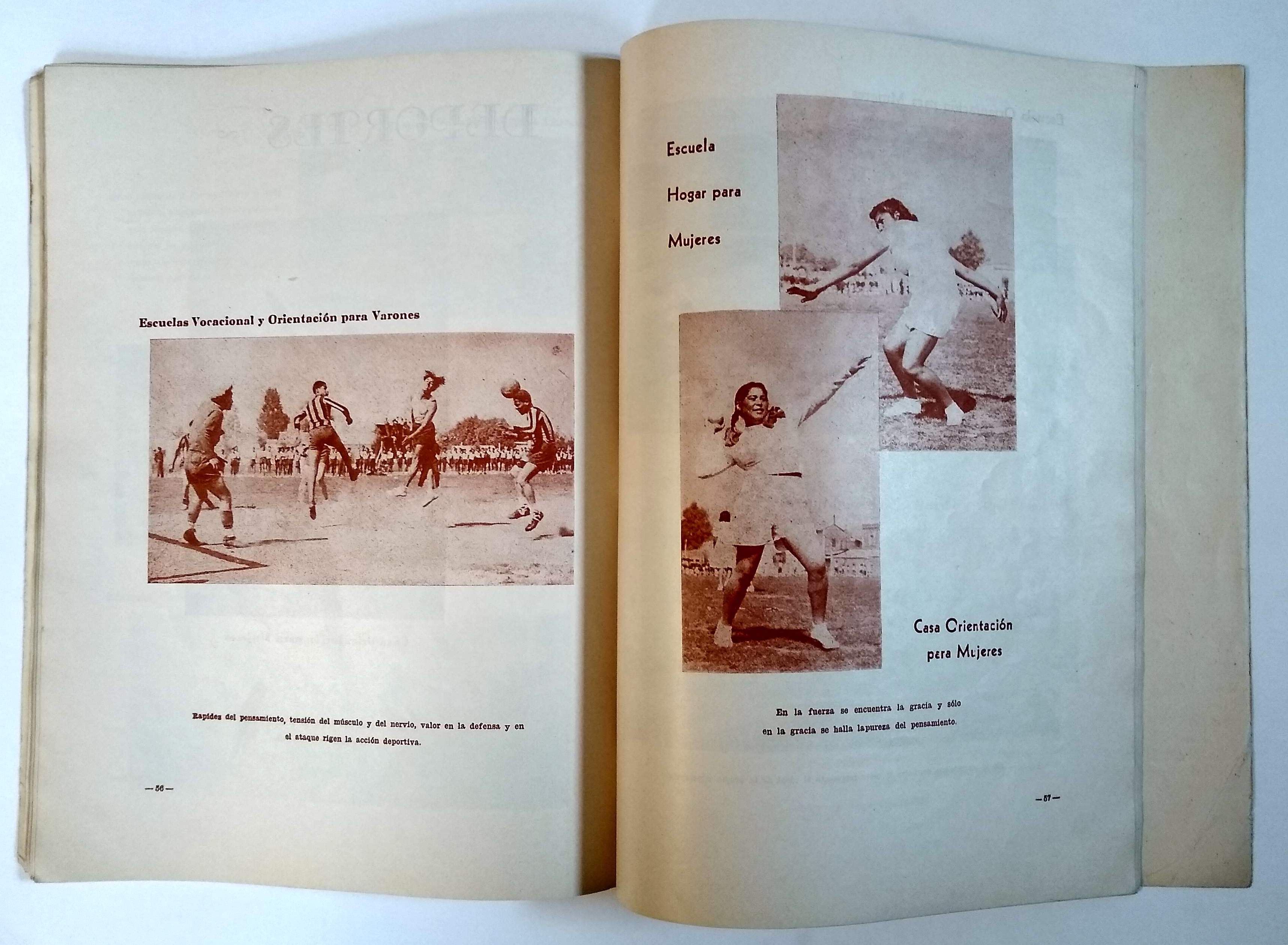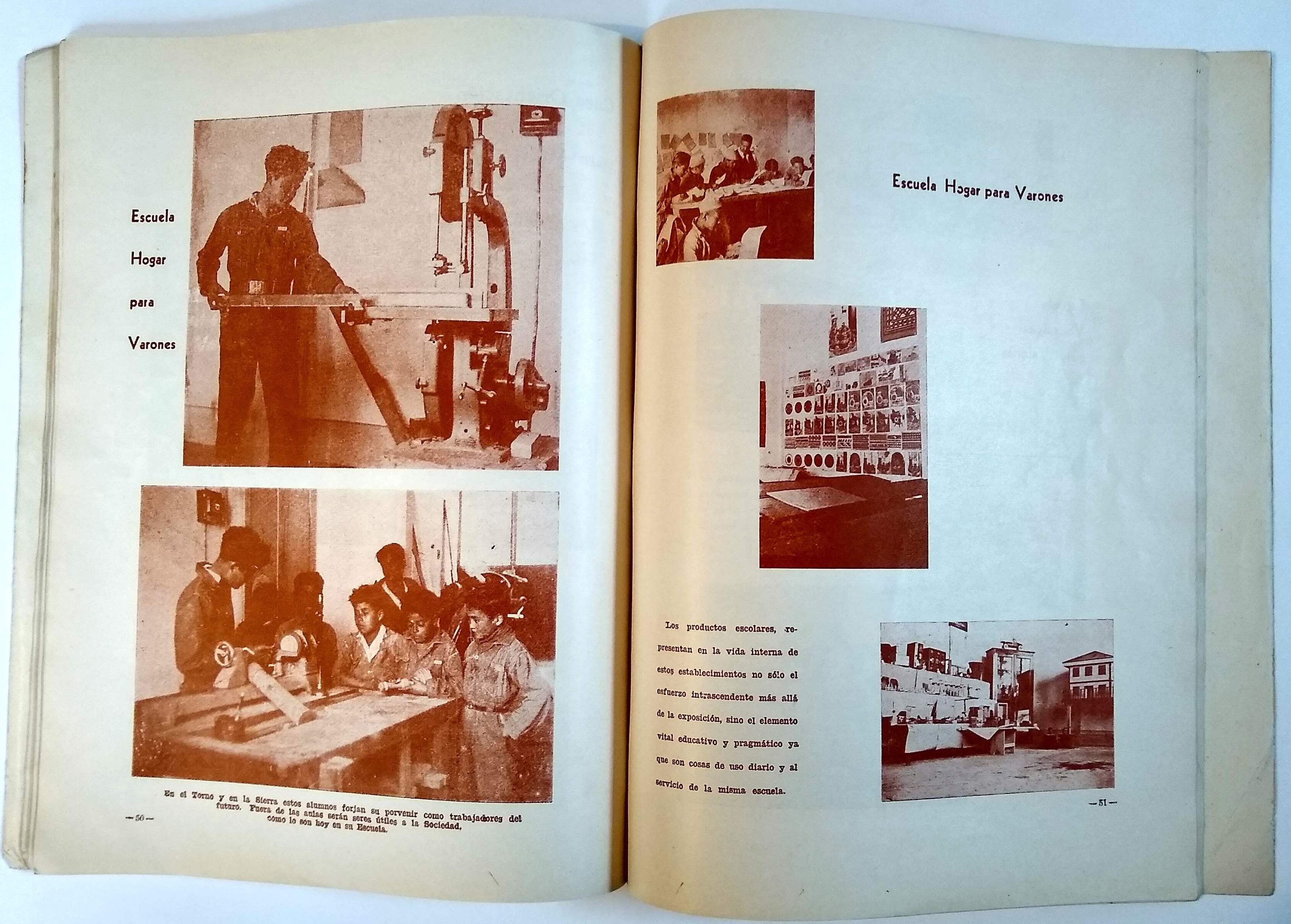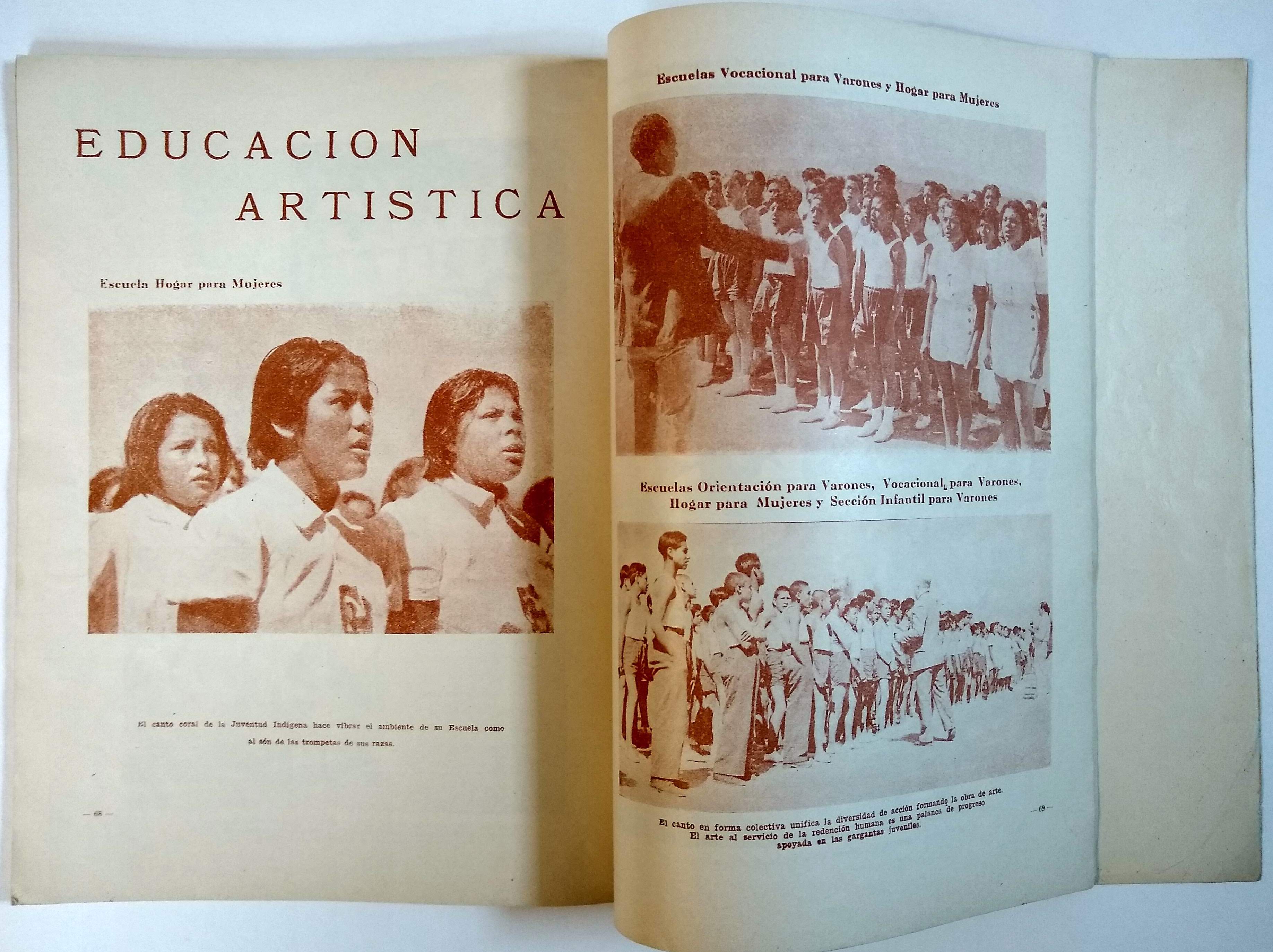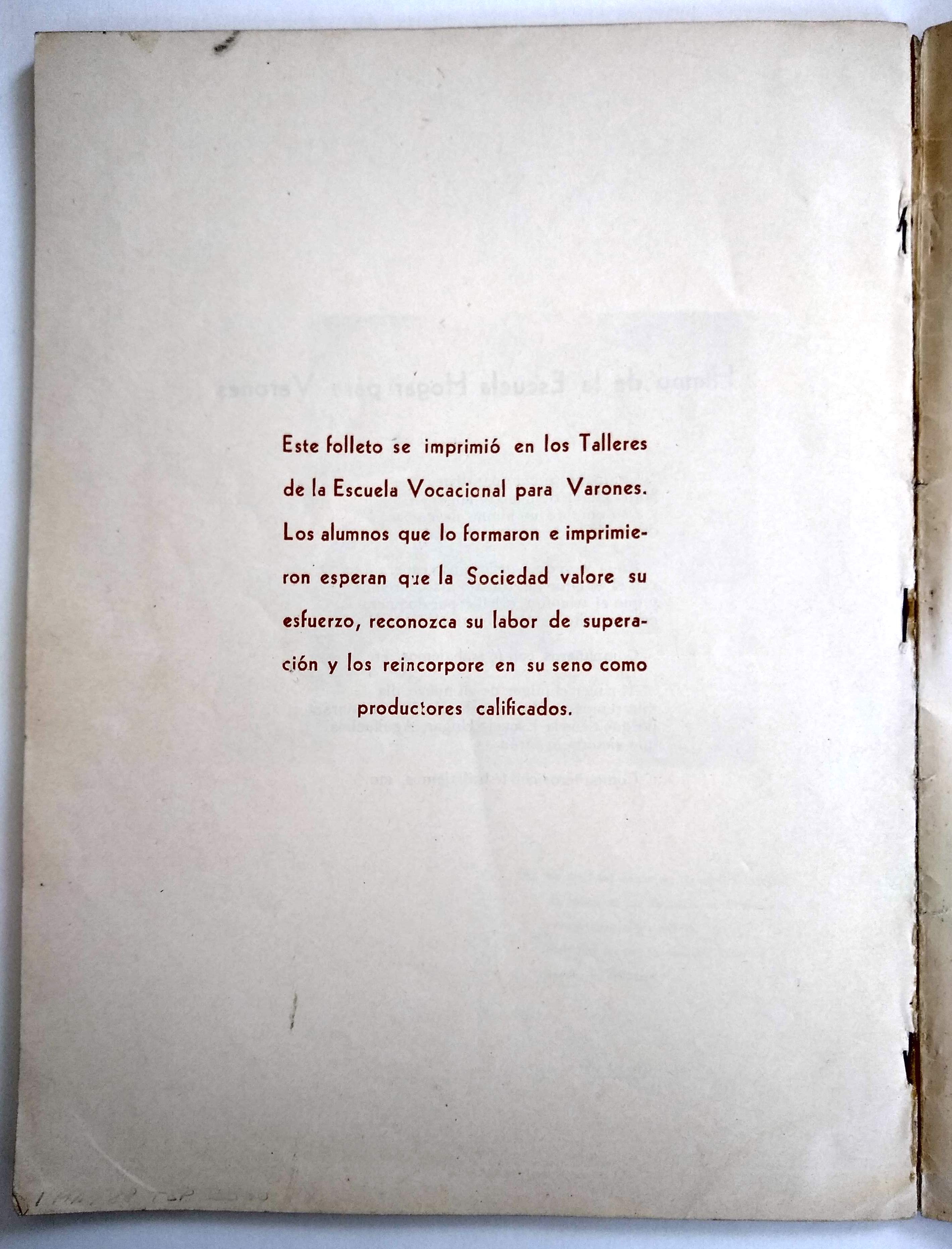GRAPH BOOKS: PRINTED MATTER FROM RADICAL ART AND SOCIAL MOVEMENTS.
FEMINIST HISTORIANS OF MATERIAL CULTURE.
Architecture and Urban Design
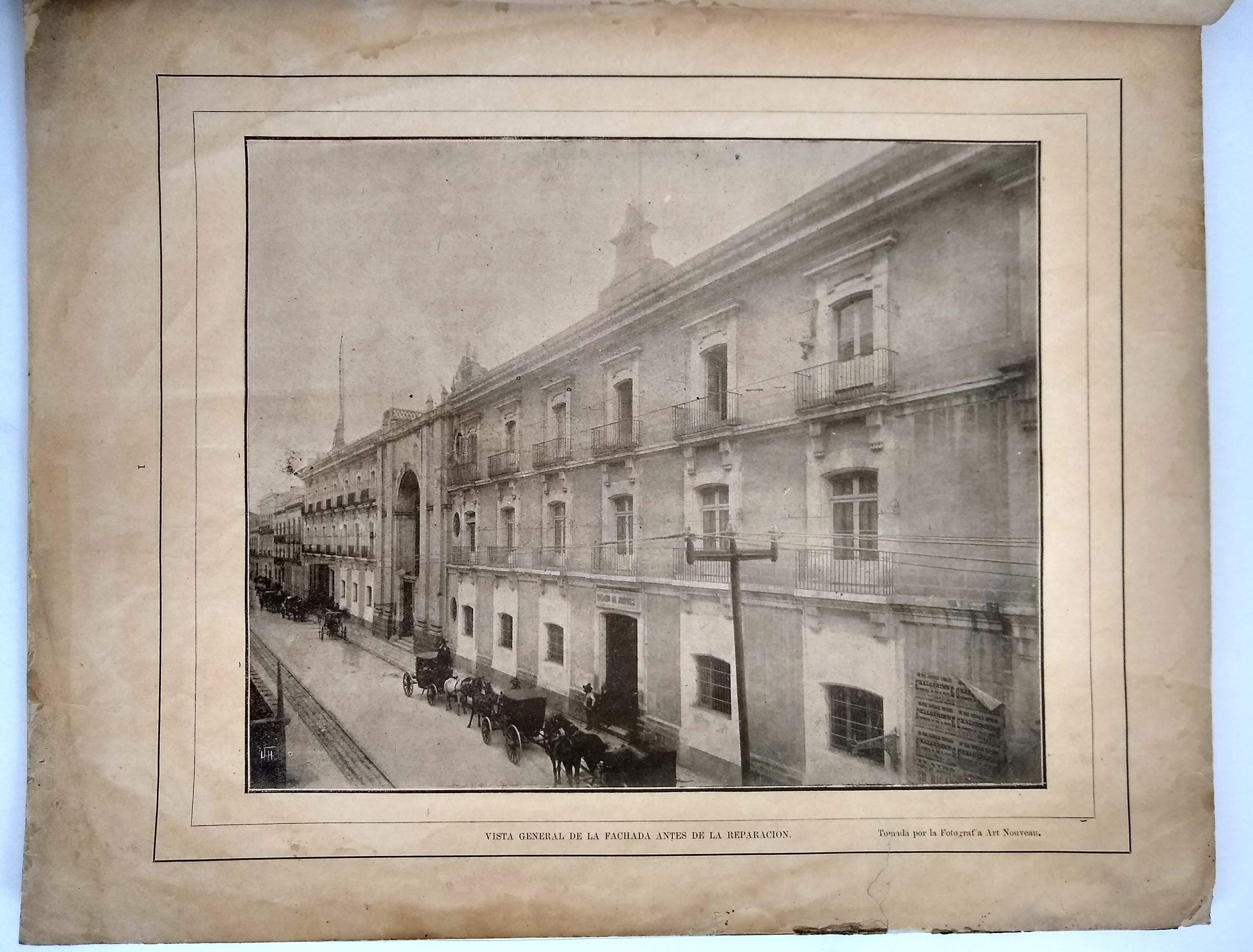
1904; 1964
Privately printed, illustrated booklets document relationship between architecture and legal organization.
Privately printed, illustrated booklets document relationship between architecture and legal organization.
Two programs celebrating the inauguration of Mexico’s Supreme Court buildings in 1904 and 1964
(Architecture) (Law) Santacruz y Olivier. Inauguración del Ala Poniente del Palacio de Justicia Civil [cover title]. [Mexico, D.F.]: Tip. de la Oficina Impresora del Timbre, 1904. Small folio, 36 pp.; 18 full page b/w reproductions of photographs and elevations with captions, texts facing, first leaf chipped with small losses, closed tear to fore-edge affecting all leaves, repaired with tape recto. Decorative wrapper, orig. stab bound, stained and rubbed, in recent protective mylar sleeve. Together with: Carvajal Herrera, Fernando, Ed. Palacio de Justicia del Distrito Federal Ad Perpetuam Rei Memoriam. Mexico, D.F.: Imprenta Ayuntamiento, 1964. 4to, 131 pp.; first 60 pp. a history of the courts and their organization, Mexican legal code, and the orig. courthouses on calle Donceles, the remainder a profusely illus. account of the new building by Juan Sordo Madaleno and Assoc., its construction and inauguration, some in color. Cloth, gilt title on front board. Edition of 1000.
The first a large, privately printed program celebrating the inauguration of the new national and federal district courthouses on calle Cordobanes (now Donceles). Produced by the engineers who directed the renovation of the buildings, the large plates are accompanied by text detailing the contracts, costs, and results of the work. The government requested the renovation to bring a “more adequate character to the important” offices whose “gloomy appearances” made a “poor impression on foreigners.” Approved in 1900, the work was not completed until 1904 due to engineering challenges discussed here at length. The physical separation of the federal and district courts was accompanied by their legal separation.
The buildings on Donceles remained the primary courts in Mexico City until the subject of the second volume, the new Palacio de Justicia del Distrito Federal, was completed in 1964. This edition was produced to commemorate Juan Sordo Madaleno’s modernist design, whose streamlined spatial organization was intended to reflect a similar rationalization of Mexico’s federal legal code. Exemplar of Latin American modernism as both a corporatist and nationalist aesthetic.
Both quite scarce, OCLC finding only one holding apiece, the former at UT-Austin, the latter at LA Law Library.
$550

Liga de Defensa de Propietarios de Casas 1950
Updates from an organization lobbying for urban planning policy on behalf of property owners.
Updates from an organization lobbying for urban planning policy on behalf of property owners.
Edificación. Nos. 31-33
(Real Estate) Liga de Defensa de Propietarios de Casas. Edificación: Órgano Oficial de la Liga de Defensa de Propietarios de Casas. Nos. 31-33. Mexico, D.F.: N.p., 1950. Three issues, each 11-¾ x 8-⅝ in., 32, 24, 24, pp.; stapled pictorial wraps, worn.
Along with the Union de Propietarios de la Ciudad de México, the Liga was involved in lobbying for the rights of property owners and representing their concerns in many urban planning decisions made during Mexico City’s explosive 20th-century growth. Few copies of their members’ magazine have survived, it offers practical advice, legal analysis, real estate and rental classifieds, and columns dedicated to architecture and design.
SOLD
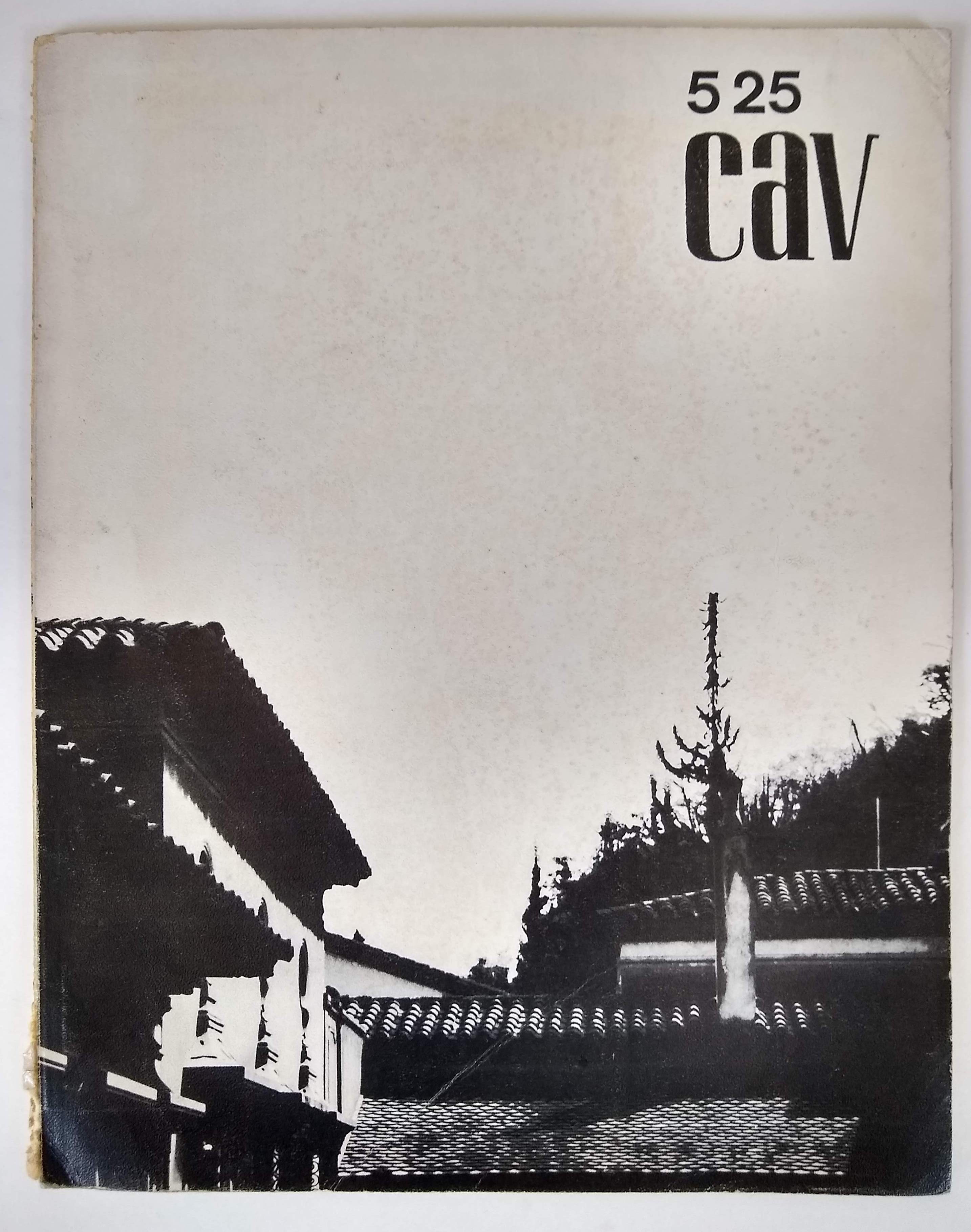
Colegio de Arquitectos de Venezuela [1968]
Fifth issue (known as both No. 5 and No. 25) of the rare Venezuelan architecture magazine.
Fifth issue (known as both No. 5 and No. 25) of the rare Venezuelan architecture magazine.
CAV: Revista del Colegio de Arquitectos de Venezuela. No. 5. 25
(Architecture) Colegio de Arquitectos de Venezuela. CAV: Revista del Colegio de Arquitectos de Venezuela. No. 5. 25. [Caracas]: [Collegio de Arquitectos de Venezuela], [1968]. 4to, 44 pp.; chiefly illus., interior very good; wrappers creased, spine starting.
Fifth issue (known as both No. 5 and No. 25) of the rare Venezuelan architecture magazine, profiling the work of Manuel Mujica Millan. Early issues uncommon institutionally and in the trade.
SOLD
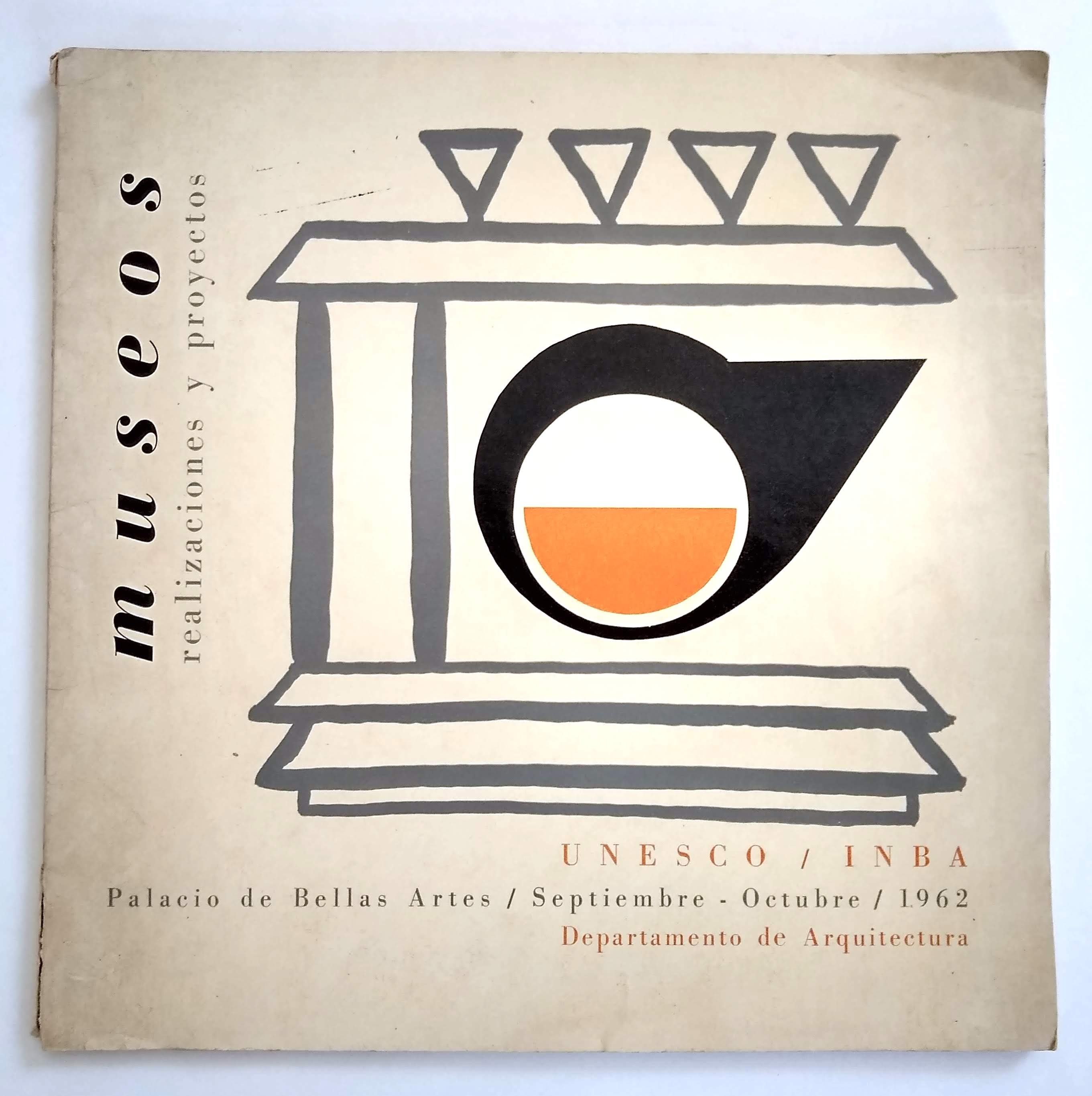
[Ruth Marín Rivera] [1962]
Exh. cat. of realized and unrealized Mexican museums, at the INBA Dept. of Architecture
Exh. cat. of realized and unrealized Mexican museums, at the INBA Dept. of Architecture
Museos: Realizaciones y Proyectos
[Rivera, Ruth Marín]. Instituto Nacional de Bellas Artes. Museos: Realizaciones y Proyectos. UNESCO/INBA [cover title]. Catalogue for an exhibition held at the Palacio de Bellas Artes, Departamento de Arquitectura, September-October, 1962. [Mexico, D.F.]: [Instituto Nacional de Bellas Artes], [1962]. Oblong 4to, [88] pp.; mostly illustrations; illus. wrappers very worn, spine starting, crease affecting upper corner continues throughout text block.
Terrific catalogue of realized and unrealized museums in Mexico, curated by the director of the Department of Architecture at INBA, Ruth Rivera (Diego Rivera’s daughter). It introduces lesser known projects that were part of a huge surge in national modernist architecture during the 1950 and 1960s. These include three planned border museums in Matamoros; Tijuana; and Ciudad Juarez, all designed by Pedro Ramirez Vazquez under the auspices of the Programa Nacional Fronterizo.
Ruth Rivera’s key role as a promoter and archivist of Mexican modernist architecture is often overlooked. Her design for the Galerias Salon de la Plastica Mexicana is included here.
OCLC finds three holdings in North American institutions: Univ. of Arizona, UC Santa Barbara, and the CCA, Montreal.
$250
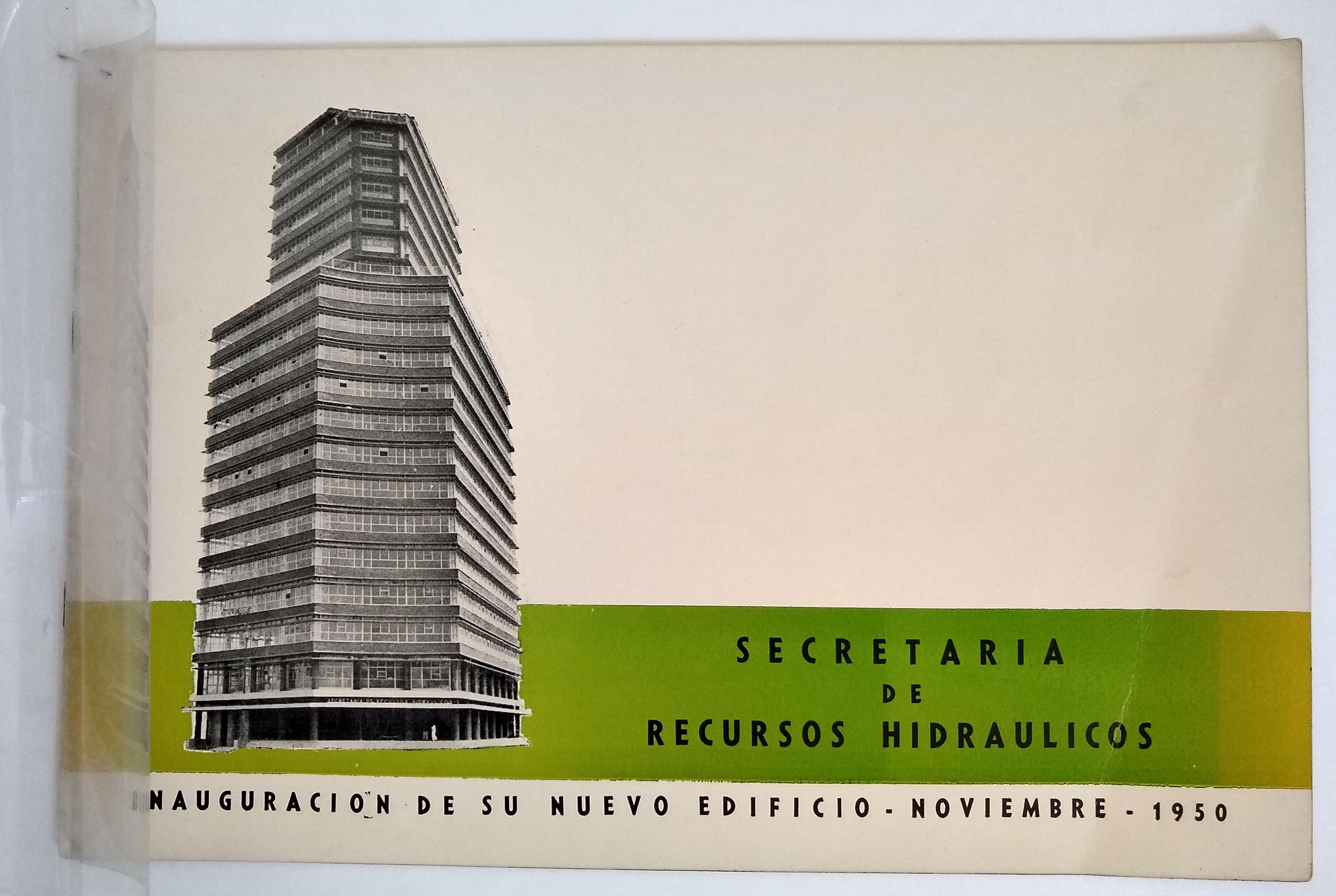
Secretaria de Recursos Hidráulicos [1950]
Unrecorded souvenir of the water ministry's new building. Designed by Del Moral y Pani, with Gustavo Saavedra.
Unrecorded souvenir of the water ministry's new building. Designed by Del Moral y Pani, with Gustavo Saavedra.
Inauguración de su Nuevo Edificio
Secretaria de Recursos Hidráulicos. Inauguración de su Nuevo Edificio. México, D.F.: N.p., n.d. [1950]. Oblong 11-½ x 7-¾ in., [16] pp.; illus. throughout, with a white inauguration ribbon stapled to the first leaf. Pictorial wraps with orig. clear plastic DJ. Front wrap creased. Good.
Souvenir of the inauguration of the politically important ministry’s new building, commissioned in 1946 by President Alemán. Reviews history of water works in Mexico, including dams and irrigation. Several leaves with highlights of the new building, designed by architects Del Moral y Pani with later assistance by Gustavo Saavedra.
Not found in OCLC.
SOLD
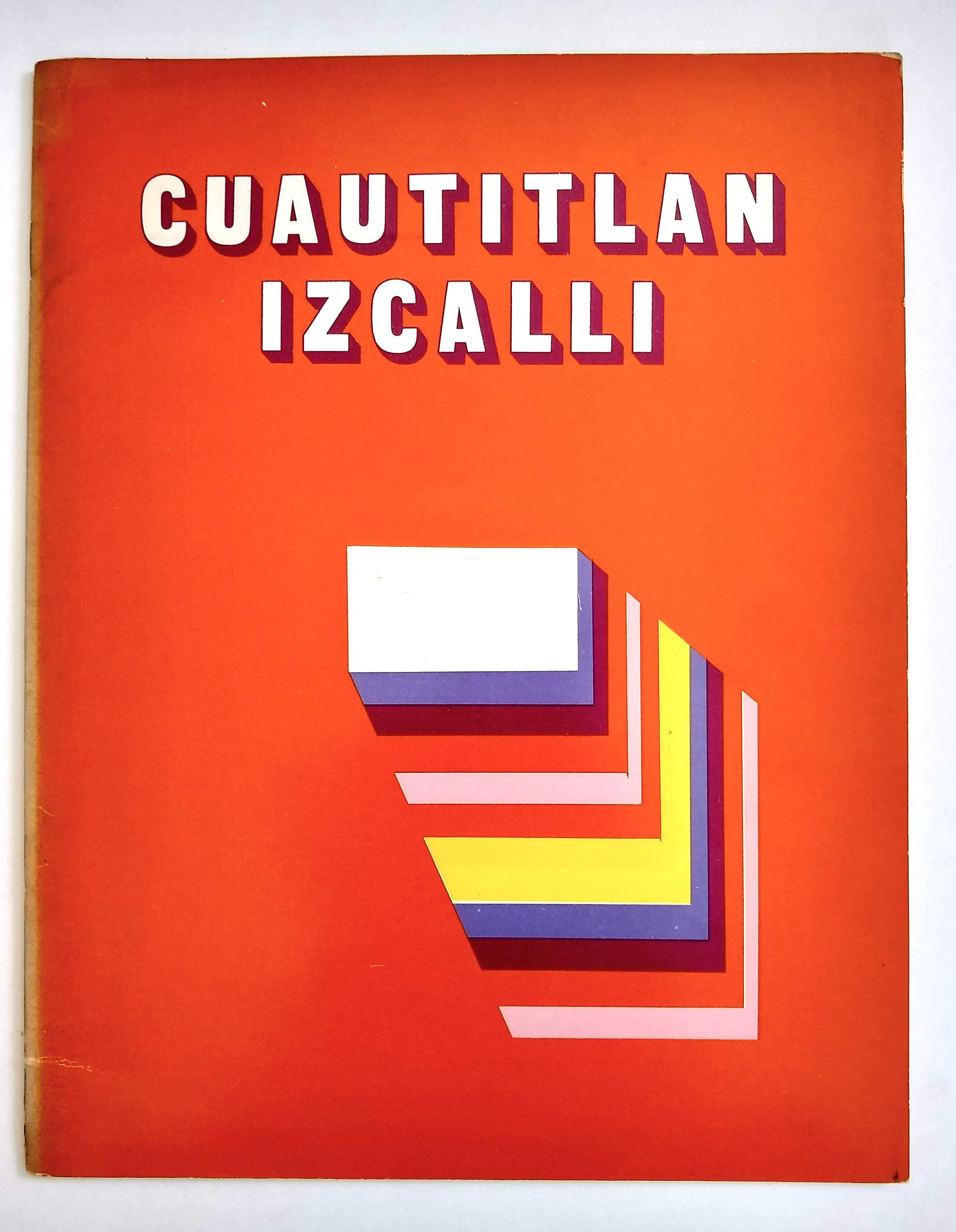
1972
Unrecorded promotional magazine for a planned exurb of CDMX.
Unrecorded promotional magazine for a planned exurb of CDMX.
Cuautitlán Izcalli. Año I, Núm 1 and Año I, Núm 3
(Urban Design) Cuautitlán Izcalli. Año I, Núm 1(Enero 1972); Año I, Núm 3 (Marzo 1972). [Mexico, D.F.]: N.p., 1972. 2 vols: 31; 32 pp.; reproductions in color of maps, plans, infographics, and photographs, edited by Leon Garcia Soler and designed by Andrea Valeria de Gout. With multiple folding leaves per issue and deluxe printing options including clear plastic interleaves and foil wrappers. Generally very good, except no. 1 with losses to the foil wrappers at extremities (see images).
Officially established in 1973, the CDMX municipality of Cuautitlán Izcalli was planned as a self-sufficient, independent city, modeled after European and American urban designs. This magazine promoted the new area in a modern, stylized publication with psychedelic typography and sections on ecology, housing, commercial sectors, and urban forestry.
The original designs for Cuautitlán Izcalli—a Náhuatl phrase meaning “su casa entre los arboles”— were never fully realized. The earthquake of 1985 drove migration to areas outside of seismic activity, including Cuautitlán Izcalli, overwhelming the urban planners and creating large zones of adhoc sprawl.
Unrecorded in OCLC.
SOLD
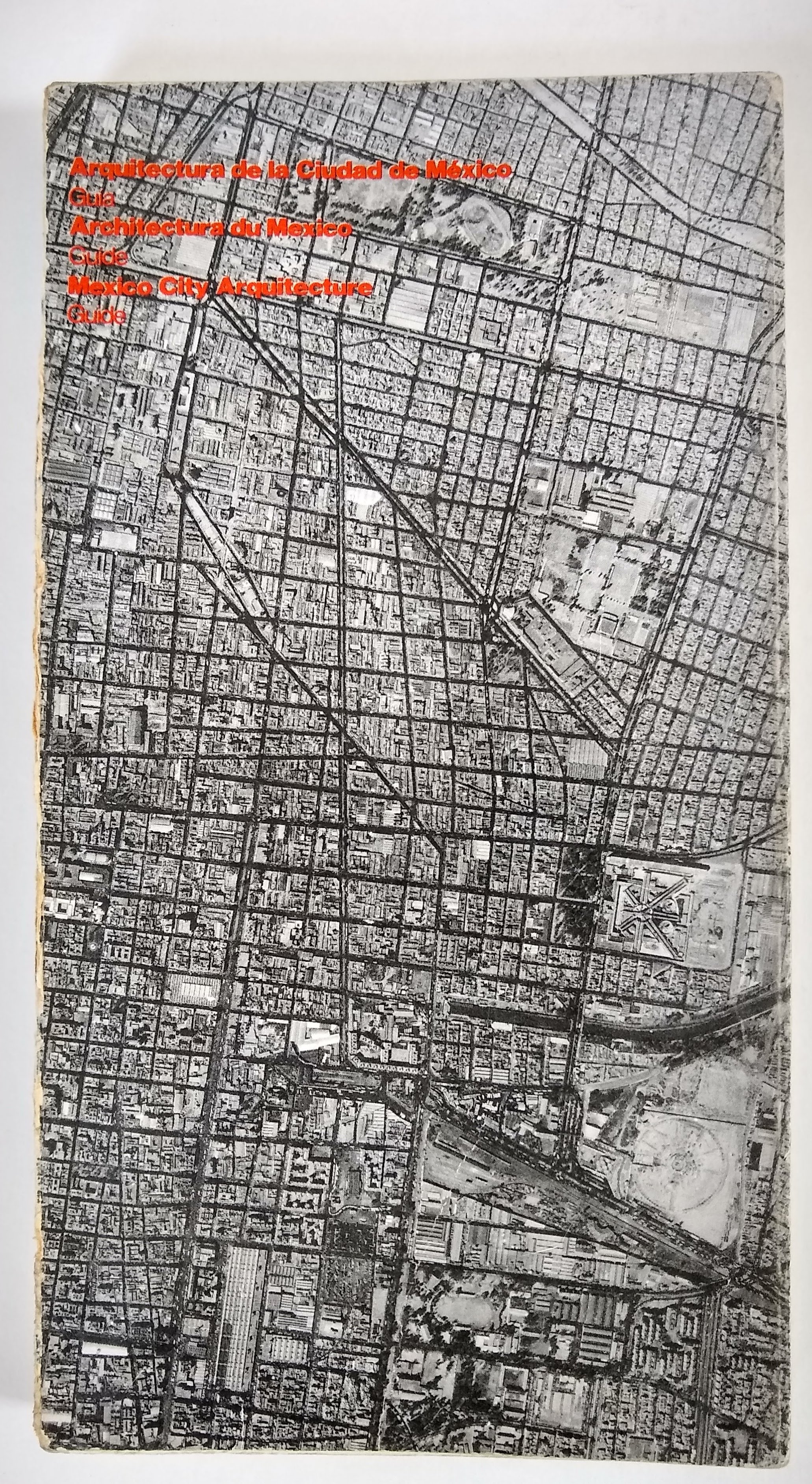
International Union of Architects, World Congress 1978
Uncommon guide to historical and modern architecture of Mexico City, designed by Beatrice Trueblood.
Uncommon guide to historical and modern architecture of Mexico City, designed by Beatrice Trueblood.
Arquitectura de la Ciudad de México: Guía
International Union of Architects. World Congress; Trueblood, Beatrice. Arquitectura de la Ciudad de México: Guía / Architectura [sic] du Mexico: Guide / Mexico City Arquitecture [sic]: Guide. México, D.F.: [International Union of Architects], [1978]. Tall 8vo, 199 pp.; b/w illus. of 74 sites, with 11 folding maps locating each building, pp. 167-173 misbound. In pictorial wraps, with 1 in. loss at spine, adhesive failing, one signature semi-detached. Fair only. Previous owner inscription on half-title.
Fascinating and thorough guide to the historical and modern architecture of Mexico City, prepared for the IUA’s 1978 World Congress. Many unexpected buildings featured among the more obvious highlights. All text given in Spanish, French, and English. Design by Beatrice Trueblood, co-designer of the ‘68 Olympiad graphics.
Scarce, OCLC finds four copies in the Americas: Harvard, Dumbarton Oaks, Library of Congress, Pratt.
$175
Photography
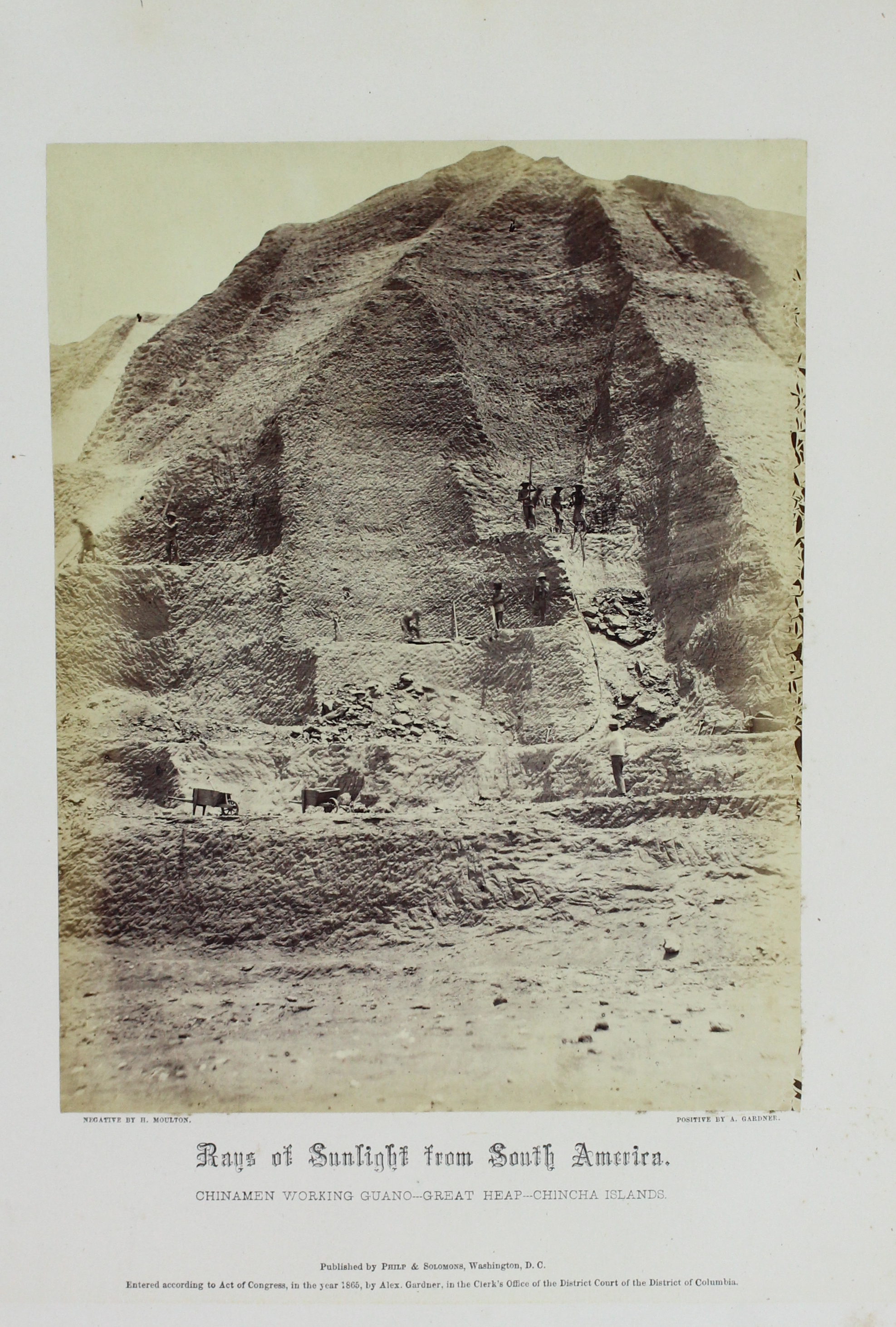
Alexander Gardner [and Henry De Witt Moulton] 1865
(Transnationalism) Monumental photographic album incl. 32 rare views of guano production and Chinese prisoner-laborers on the Chincha Islands.
(Transnationalism) Monumental photographic album incl. 32 rare views of guano production and Chinese prisoner-laborers on the Chincha Islands.
Rays of Sunlight from South America
Gardner, Alexander [and Henry De Witt Moulton]. Rays of Sunlight from South America. Washington, D.C.: Philp and Solomons, 1865. Oblong folio with 68 of the 70 original plates. Each with albumen print mounted recto, image approx. 17.2 x 22.5 cm, with letterpress caption and credits (Gardener for the “positive”; Moulton for the “negative”) on mount. Some mounts with minor soiling or damp stain to edges, not affecting images. Lacking front album cover, title page, preface and 2 plates (nos. [1] and [2]).
Monumental photographic album printed by famed Civil War photographer Alexander Gardner from negatives by an itinerant American photographer, Henry De Witt Moulton. Moulton’s photos of Lima and the Chincha Islands were taken while he was living in Peru, sometime between 1860 and mid-1863, when he returned to the US. The size of the edition is unknown, though it was printed around the same time as Gardner’s Photographic Sketch Book of the War (and advertised with it in early 1866), copies are exceedingly rare.
The album’s significance has been chronically underestimated. It provides fascinating transnational and bibliographic context for the better known Photographic Sketch Book, and comprises the most comprehensive photographic evidence of the historic guano deposits and the laborers who worked them. Gardener’s selection of 38 (36 in the present copy) views of Lima and Callao for the opening section of Rays of Sunlight largely follow other contemporary images of the capital’s major monuments. The extraordinary nature of the album lies instead in Gardner’s addition of 32 of Moulton’s unique “views of those celebrated Islands situated within the rainless region of the Peruvian Coast, and which furnish the richest fertilizing material known to agriculture.”*
In the early 1860s the Chincha Islands’ guano heaps were the world’s most important source of fertilizer. Revenues from the nationalized deposits paid for much of Peru’s public works from 1840-1870, including construction of the railways that crossed the Andes. Even more importantly, guano income was used by the state to free its black slaves and to abolish poll taxes on indigenous citizens.
Despite these progressive measures, the Chincha Islands’ guano piles were worked by prisoners and indentured Chinese laborers who were brought to Peru in large numbers under a policy known as Ley China to replace freed slaves in all aspects of industry and agriculture. Nearly half died from ill-treatment and overwork in one of the lesser-known and grim episodes of British Imperial human trafficking. Moulton’s “most interesting images concerned the soon to be depleted guano itself and the process used to exploit it.” His dramatic photos are the primary source for nearly all the existing photographic evidence of the Islands and the people who worked there, including scenes of the “Great Heap” with workmen loading rail cars, others of craft transporting the cargo to ships and piers, and poignant images of the laborers who Moulton seems to have seen as victims of exploitation. A small church for the workers appears three times; in one the prisoner-laborers are surrounded by armed soldiers while they kneel outside during Sunday services. Gardner’s rich contact prints preserve these minute details and the subtle value transitions captured in Moulton’s negatives.
In April 1864, just before Gardner assembled the album, the Chincha Islands became an object of great concern for the US when Spain seized them “as part of European efforts to re-establish colonial rule in South America while the United States was preoccupied with its Civil War.” He foresaw the historical value of the work when he wrote in his preface “In after times, these sketches of the Chincha Islands will have a peculiar interest [...] The original estimate of the length of time—one thousand years—that this deposit of the Chincha Islands would suffice for the wants of the world, is destined to prove fallacious. So great has become the demand for it that half the deposit of the largest island has been removed already; and the probabilities are, that in twenty years the supply will be exhausted.”
Four copies are recorded in three public collections: the Library of Congress, the New York Public Library, and the Public Library of Cincinnati. Two other copies have come to auction in the last 30 years. The most recent, a complete copy offered at Swann, sold for $35,000 in 2012.
$18,000
Isabelle Lausent-Herrera (2009). Tusans (tusheng) and the Changing Chinese Community in Peru. Journal of Chinese Overseas 5: 116.
Keith McElroy (1984). Henry De Witt Moulton: Rays of sunlight from South America. History of Photography, 8:1, 7-21.
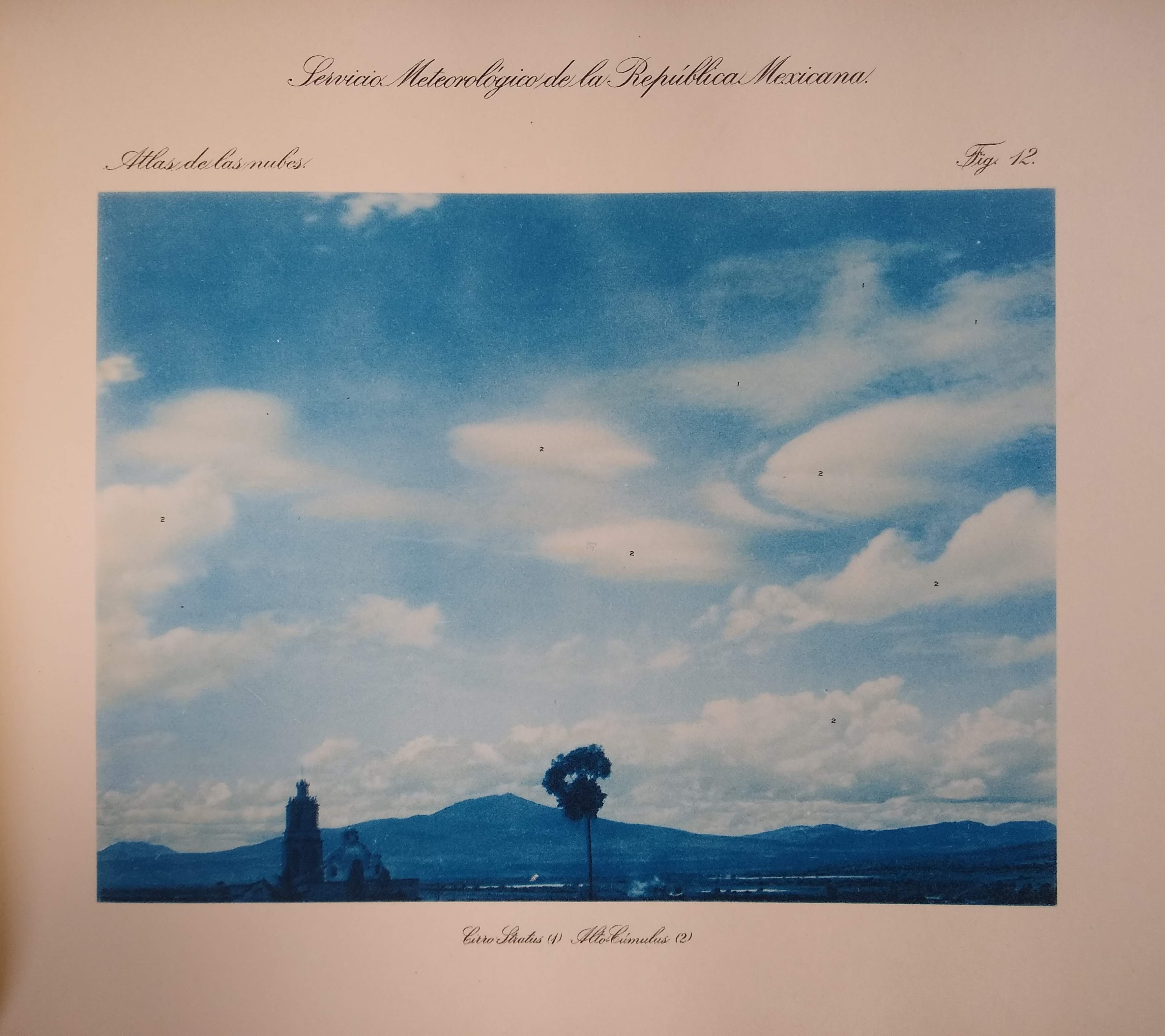
Manuel E. Pastrana 1906
First Mexican cloud atlas, richly illustrated with 65 collotype plates, most color.
First Mexican cloud atlas, richly illustrated with 65 collotype plates, most color.
Atlas de las Nubes para el Servicio meteorológico de la República Mexicana
Pastrana, Manuel E. Atlas de las Nubes para el Servicio meteorológico de la República Mexicana formado por Manuel E. Pastrana i del Observatorio Meteorológico Central de México [...]. Boston, MA: Heliotype Co., 1906. Oblong 4to, [9] leaves, 61, [4] pls.; introduction by Pastrana followed by plates, nos. 1-20, 22, 29, 31-34, 41-58, and 60 in color, very good; stamped publisher’s cloth with marbled endpapers; boards rubbed, corners bumped. Numbered 135 in ink on title, from stated edition of 1000.
The first cloud atlas produced for use by the Mexican meteorological service; most images reproduced from photographs taken at La Escuela Industrial Militar Porfirio Diaz in Morelia, Mexico. At the time of printing, the national meteorological service was comprised of 49 observatories, including one in each state. Each reported by telegraph to the central observatory in Tacubaya. The atlas’s classification and captions follow the recommendations of the 1891 International Meteorological Conference, Munich, and the first International Cloud Atlas (Hildebrandsson, Riggenbach, and Teisserenc de Bort, 1896).
Four US holdings listed in OCLC: UT, UNM, SDSU, and Stanford.
SOLD
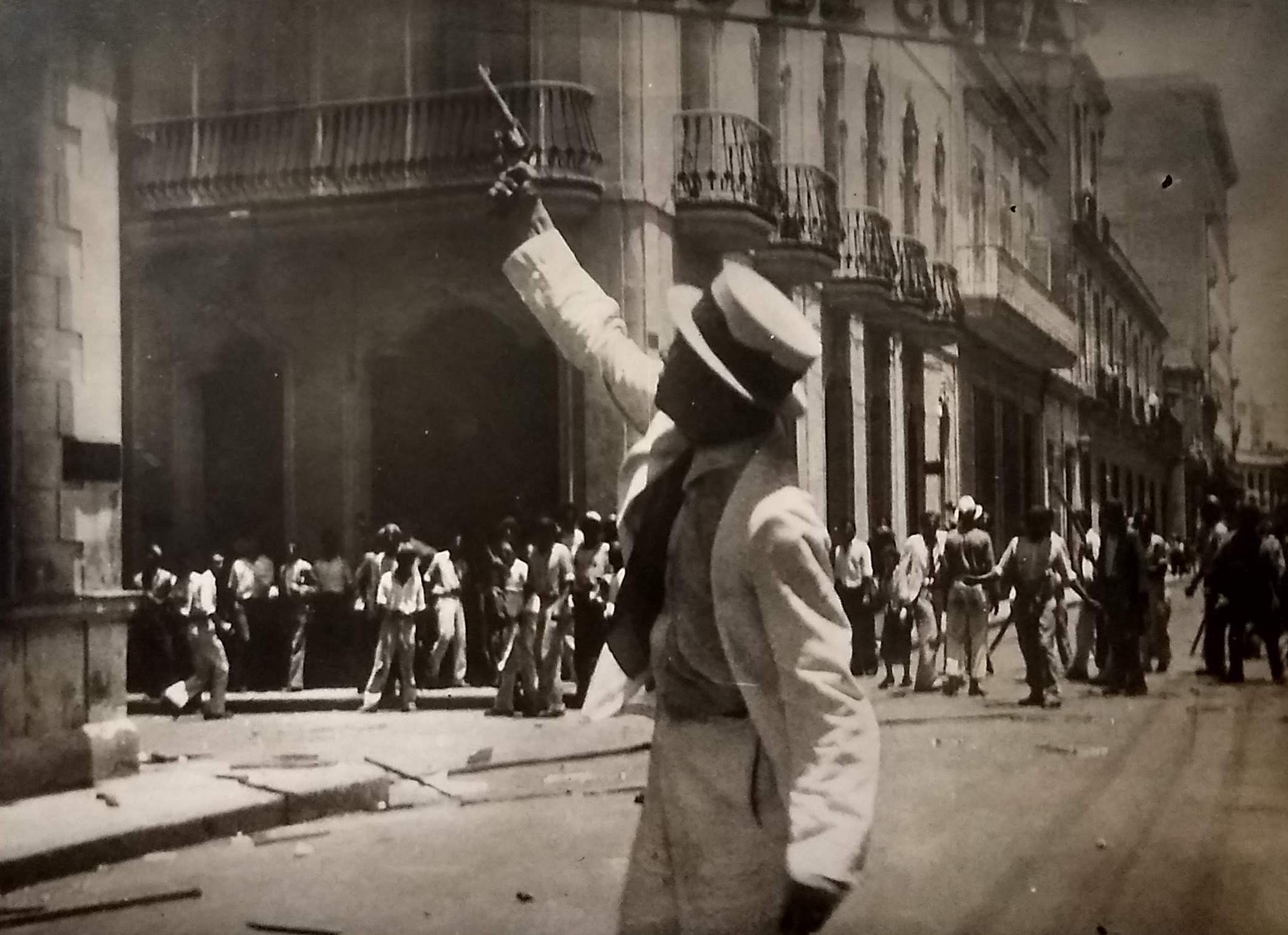
1933
Images of the violence that marked the end of the Machado regime, the brief Céspedes presidency, and the establishment of the Pentarchy.
Images of the violence that marked the end of the Machado regime, the brief Céspedes presidency, and the establishment of the Pentarchy.
Nineteen Press Photographs of Havana Riots, President Céspedes, and La Pentarquía
(Cuba) Nineteen Press Photographs of Havana Riots, President Céspedes, and La Pentarquía, 1933. Vintage silver prints, trimmed to various sizes, most close to 16.5 x 11.5 cm. Sixteen with typed English captions pasted verso, all with Vidal (Madrid) stamps, some with editing pencil marks, also verso. Lightly worn, three groups of prints (4, 2, and 2) taped together by a contemporary newspaper editor for layout. Overall VG.
Dramatic photographs taken during the first “Cuban crisis” of August-September 1933, including the Havana strikes and riots that led to the resignation and exile of President Gerardo Machado, the formation of a provisional government under President Carlos Manuel de Céspedes, and the subsequent coup d’etat that led to the latter’s removal and the establishment of the Pentarchy coalition.
The majority are focused on looting and violence in front of the Presidential Palace and the offices of El Heraldo newspaper in August 1933. Two captions identify members of the ABC resistance and other student organizations that fought against Machado and “El Porra,” the regime’s secret police.
Several other images show the Céspedes cabinet and moments from during the Sergeant’s Revolt in which it was overthrown. The constitutional crisis began decades of political instability and US interference, leading directly to the Batista dictatorship and eventually, to the Cuban Revolution.
No photographer identified but the captions were supplied by a US news organization. Stamps identify a Spanish agency founded by José Vidal.
$950
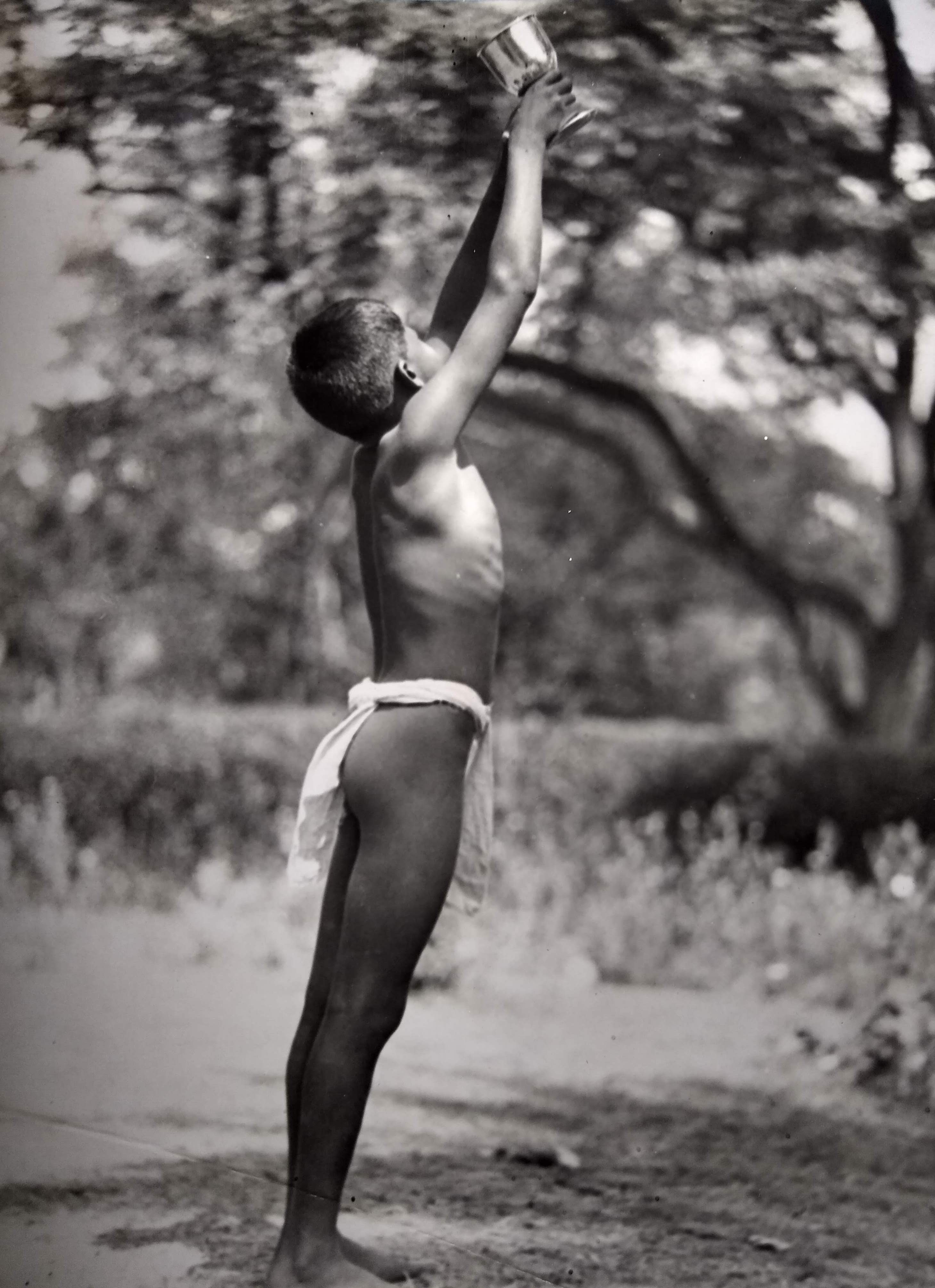
[Rev. H.S.P. Warren] ca. 1938-1943
Remarkable, troubling collection of portraits for the evolving study of the relationship between colonial photographers and their subjects.
Remarkable, troubling collection of portraits for the evolving study of the relationship between colonial photographers and their subjects.
Photograph Album, British Honduras [Belize]
[Warren, Rev. H.S.P.]. Photograph Album, British Honduras [Belize], ca. 1938-1943? Oblong photo album with 43 photographs: 40 larger prints (22.6 x 18.8 cm) and 3 real photo postcards (approx. 14 x 19 cm). The former originally secured one per page via contemporary plastic photo corners which are now fragile or unusable, some images therefore partially or totally loose. Prints VG+. Three items laid-in: 1) a manuscript copy of an extract from Belize Town’s The Daily Clarion, Vol. LXXI, No. 135, June 19, 1943, “Farewell to St. Michael’s Principal”; 2) an envelope inscribed in the same hand to an unknown reader: “I feel sure you will like to see this as you contributed so generously to St. Michaels”; and 3) a greeting card with a hand-drawn map showing topography of a home as photographed (these photographs not present?). Two pages with empty corners.
Remarkable and sometimes unsettling collection of portraits presumed to be taken by Father H.S.P. Warren, an Anglican priest in British Honduras (Belize). From 1938-1943, Warren was the principal of St. Michael’s College, a boys’ secondary school in Belize Town.*
A skilled amateur photographer, Warren produced images with rich tones and self-conscious compositions in a quasi-Pictorialist style. The intimate scenes speak to a familiarity with his subjects, possibly encountered through church-sanctioned camps or other extracurricular activities related to his position at St. Michael’s. Although some of the photographs depict children at play, laughing and making eye contact with the camera in European-style clothing, many are posed and profoundly exoticized and/or eroticized. These scenes reproduce a troubling, colonial vision of Central American people, and use certain props—a bow and arrow, textiles and loincloths—to represent a generalized “Indian” ethnicity.
Warren’s imagined indigenous subject was particularly tenuous in the territories of British Honduras. Largely abandoned by the Maya before the European encounter, its self-described mestizo and Creole populations descend from Afro-Caribbean, Garifuna, Maya, East Indian, Spanish, and British ancestry. The vague “otherness” of the pictures reveal how fictive Central American racial identities were created within the European imagination, replacing real, lived hierarchies of economic and political repression.
The album is an important example for the evolving study of the relationship between colonial photographers and their subjects, demonstrating both the exploitative potential of the lens and its more nuanced history as a “medium of interaction between white settlers and indigenous peoples, shaping the social processes of identity formation and cultural exchange.” Despite the obvious problems of objectification, photographic archives such as this one have become critically important forms of memory in the context of colonial dispossession and loss.
Photographic documentation from Belize in this period is scarce and underrepresented in relevant area studies collections in North America.
SOLD
*Now part of the coeducational Anglican Cathedral College in Belize City.
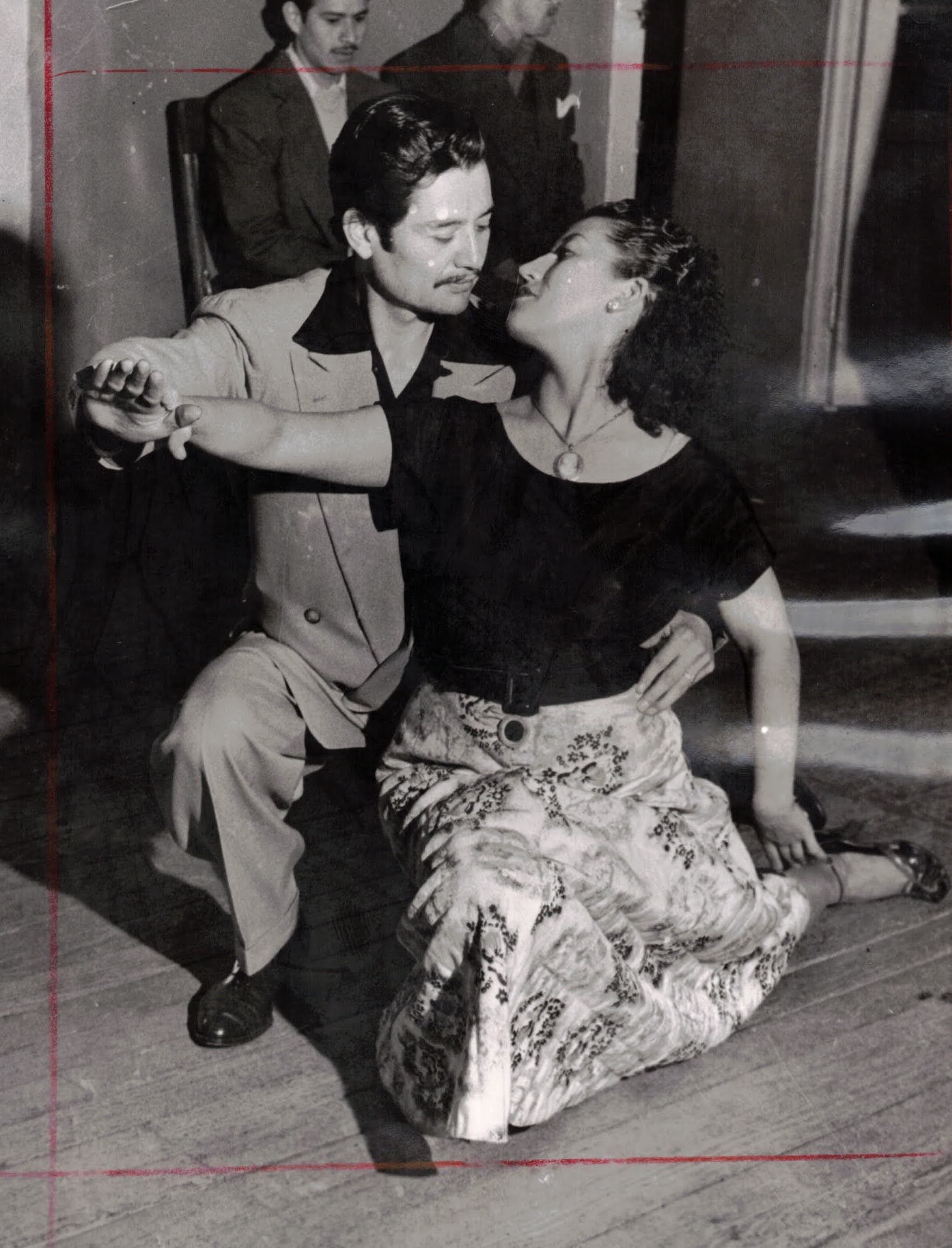
Héctor García ca. 1956-1966
Rare vintage prints by the quintessential photographer of Mexico City.
Rare vintage prints by the quintessential photographer of Mexico City.
25 Photographs
García, Héctor. 25 Vintage Photographs, ca. 1956-1966. Gelatin silver prints. Ranging from 12.5 x 17.5 cm to 25 x 20 cm, most 17 x 20 cm or larger. All with studio stamp verso, some with penciled inscriptions, five with editor’s red pencil cropping marks recto. One with date stamp 1966 verso, one inscribed 1956 by HG, 2 with lengthy penciled captions in HG’s hand, others with penciled annotations verso possibly in HG hand. A few slightly rippled, minor wear to edges and surfaces, most VG+.
Acclaimed Mexican photographer Héctor García (1923-2012) began his six-decade career as a student of Manuel Álvarez Bravo and Gabriel Figueroa at the Academia de Artes y Ciencias Cinematográficas. Inspired by Álvarez Bravo, García became a photojournalist, celebrated for his social criticism and images of Mexico City. From the late 1940s onward, the core of his work was street photography, taken during daily walks through the poor and working-class areas of the city where he grew up. García defined himself this way (“yo soy un fotógrafo callejero”) and “posited street photography as central to the medium itself by stating that ‘el mundo de fotógrafo está en la calle, y que allí está el elemento esencial para lograr buenas fotografías: el aspecto humano’ (the world of the photographer is the street, for it is there that one finds the element essential for good photographs: the human factor).”
He also won awards for his documentation of national protest movements in 1958 and 1968, and created well known portraits of his friends in the city’s artistic and intellectual circles, including Frida Kahlo, David Sisquieros, Dolores del Río, Octavio Paz, and Maria Félix.
The present group epitomizes his artistic talent and the contradictions he witnessed in a postrevolutionary Mexican society that idealized rural peasant life while nurturing anxiety over the growing importance of urban youth culture. “The period during which García began to work professionally coincides with President Miguel Alemán’s milagro mexicano (Mexican miracle, 1946–1952), an era of intensive urbanization and industrialization.” Images of laborers, children, and the homeless, as well as dynamic portraits of the transnational Pachuco culture (which thrived in the 1950s in lower class neighborhoods like Tepito); street barbers and musicians; and one of García himself, surrounded by children in a slum, all represent an emerging “modern” Mexico in great contrast to the one popularized by Alemán’s patriarchal, authoritarian PRI.
In 1950 he founded his own agency, Foto Press, and unlike many other photographers of his generation, was able to retain the rights to his work. The inexpensive papers and editorial notations and cropping marks (some of which are in García’s hand) are revealing of his working practices and speak to his commitment to photojournalism as both an art and information. Representing himself, he was able to actively collaborate with photo editors, as well as a number of writers, including Carlos Fuentes, Elena Garro, and Elena Poniatowska.
Despite the historical significance of his massive archive, holdings of vintage García prints are scarce in US institutions and often limited to celebrity portraits.
SOLD
Contents list available on request.
See Jesse Lerner, “The Proletarian Camera: Héctor García and the Reconfiguring of the Mexican Street,” in Ghosts of the Mexican Revolution in Mexican Literature and Visual Culture, pp. 191-218.
Offered in collaboration with Auger Down Books.
Visual and Performing Arts; Literature
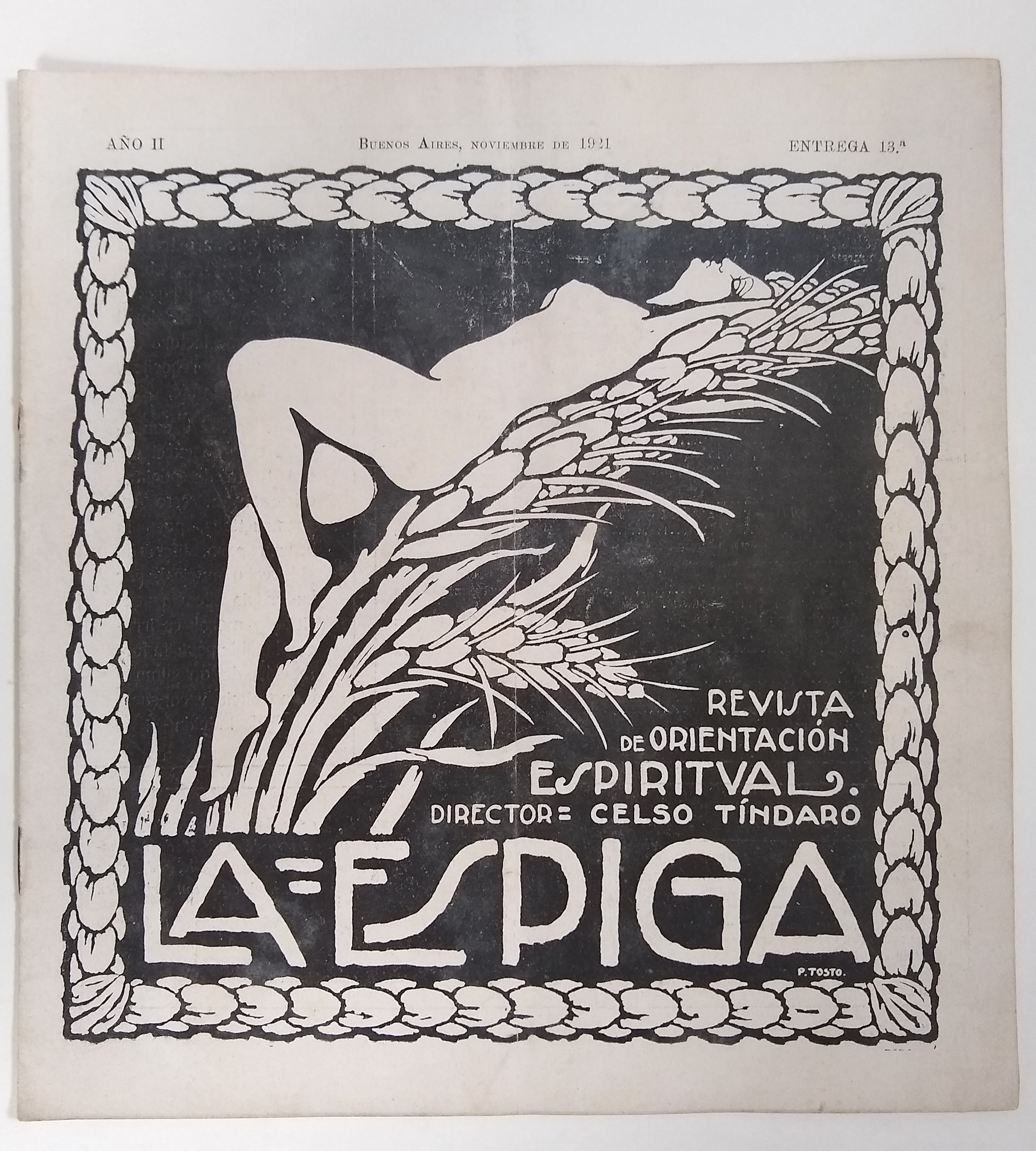
Celso Tíndaro, Editor 1920-1922
Nearly complete run of a rare, little known precursor to the mystical, polyglot serials of Argentina's modern avantgarde movements.
Nearly complete run of a rare, little known precursor to the mystical, polyglot serials of Argentina's modern avantgarde movements.
La Espiga: Revista de Orientación Espiritual
Tíndaro, [Jorge] Celso, Ed. La Espiga: Revista de Orientación Espiritual. Ano I, No. 1 (Nov. 1920) -No II, No. 15 (Jan 1922) (lacking no. 5). Buenos Aires: [Imp. Oceana], 1920-1922. Fourteen issues: trimming varies, each approx. 23 x 24 cm, [12]-[20] pp.; stapled pictorial wrappers from an illustration by “P. Tosto,” nos. 1-3 on fragile newsprint, toned with losses, nos. 1-3 and 8 with tape repairs; all with center fold crease, many with closed tears starting at creases, edges worn. Most with “Biblioteca S.A.L.C. F.V.” stamp recto. Mild odor.
A nearly complete run of the exceptionally rare literature monthly focusing on modernismo, romantic, and symbolist writers from Latin America, Europe, and Eurasia, many originally in French, Italian, German, and English, in addition to translated excerpts from classic texts in Greek, Hindu, Latin, and Farsi. Recurring sections on Meshalim and Talmud suggest additional familiarity with Judaism. The polyglot, pantheistic nature of the magazine prefigures by several years the Argentinian literary avant-garde’s fascination with mythology, the occult, and language (e.g. Xul Solar, Grupo Florida, Proa and Sur).
“Celso Tíndaro” seems to have edited and written under a number of pseudonyms, including Pedro B. Franco. Through these names they can be traced to an international network of socialist politicians and labor leaders, mystical and symbolist poets, philosophers and a surprising number of early feminists. Tíndaro was involved with two of the Ottoman diplomat Emín Arslán’s Argentinian papers, as a writer at La Nota, and editor at El Lápiz Azul, where they presumably developed connections to Turkish and Persian literature.
Tíndaro can also be connected to Juan B. Justo, Alicia Moreau de Justo’s husband, both prominent socialists and supporters of women’s rights in Argentina. Espiga published an unusual number of women, including Juana de Ibarbourou, Justa B. Gallardo de Salazar, Concepción Arenal, Carmen Sonda de Pandolfini, Amalia Guglielminetti, Alfonsina Storni, Gabriela Mistral, Ellen Key, and Herminia Catalina Brumana. Excerpts are also included by Elizabeth Barrett Browning.
Additional authors of note include Ruben Dario, Jose Ingenieros, José Enrique Rodó, Amado Nervo, Jose Marti, Jose Ortega y Gasset, Jean Jaurès, Oscar Wilde, and Ralph Waldo Emerson.
A fascinating publication, worthy of further study, that may aid in broadening understanding of the diverse influences on the South American avantgarde. A single record listed in OCLC, with no holdings identified.
SOLD
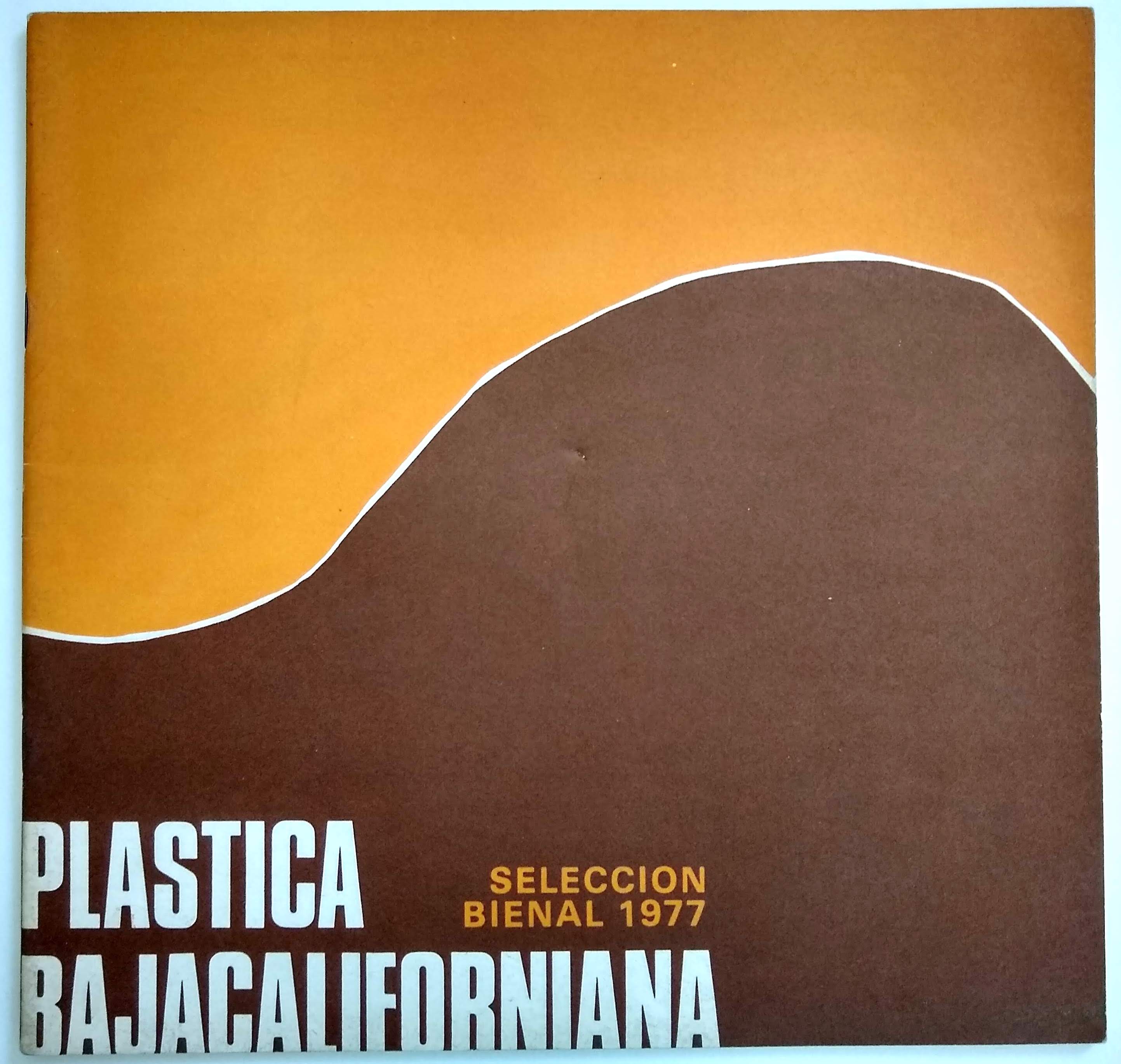
[Alfredo Guati Rojo] 1972
Unrecorded? catalogue for a new printmaking salon at the Instituto Nacional de Bellas Artes.
Unrecorded? catalogue for a new printmaking salon at the Instituto Nacional de Bellas Artes.
Primer Salon Nacional de la Estampa
[Guati Rojo, Alfredo]. Primer Salon Nacional de la Estampa. Exh. cat. [Mexico, D.F]: [Instituto Nacional de Bellas Artes], 1972. Square 8vo, [36] pp.; profusely illus. checklist with reproductions of artists’ works. Stapled wrapper toned but tight, pinholes affecting second half of text block and rear wrapper.
A new salon for contemporary Mexican printmaking, bypassing the established “Salones Anuales de Grabado.” Including many important Mexican modernists and a wide array of styles.
Unrecorded in OCLC.
$50
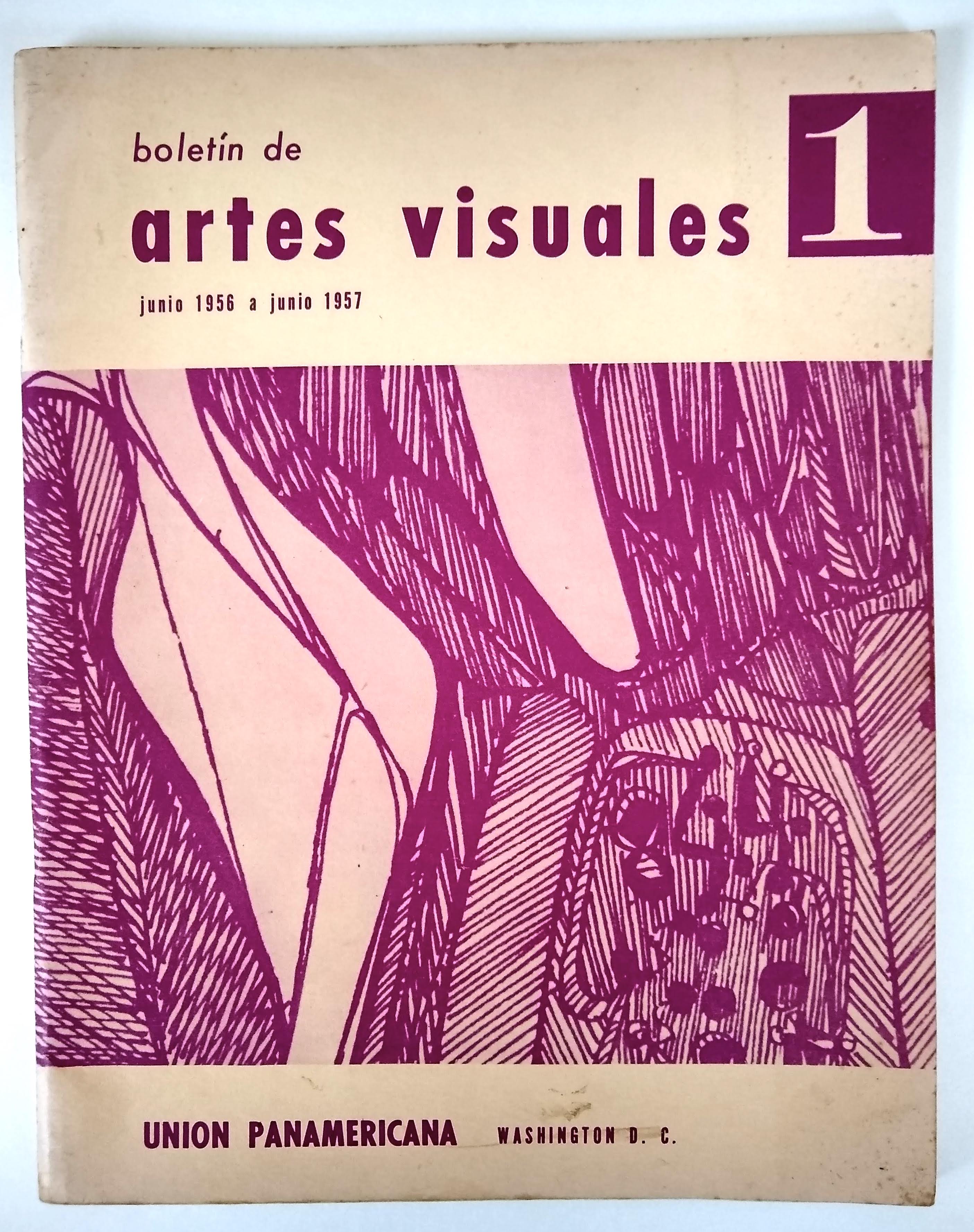
Unión Panamericana, Sección de Artes Visuales [1956/1957; 1958/1959]
Boletín de Artes Visuales. Nos. 1 and 4.
Unión Panamericana, Sección de Artes Visuales. Boletín de Artes Visuales. Nos. 1 and 4. [Washington, D.C.]: [Unión Panamericana], [1956/1957; 1958/1959]. Two vols.: 80, 61 pp.; illus. throughout; in pictorial color wraps, lightly worn.
Uncommon early issues of a comprehensive Latin American visual art digest reporting on exhibitions, conferences, publications and other activities in the Americas and beyond.
$100
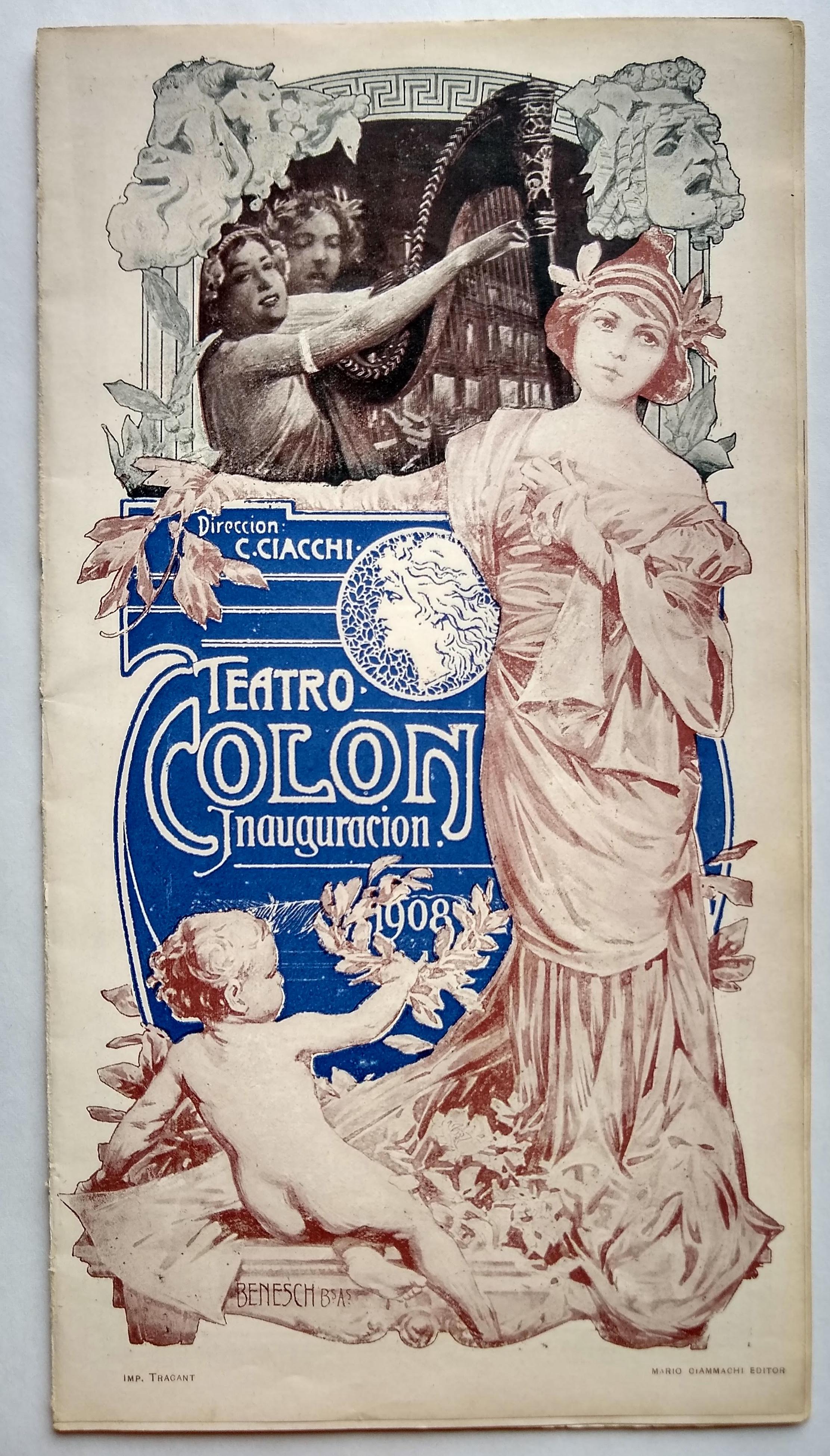
1908
Unrecorded Art Nouveau opera programs, incl. the premiere of the Argentinian national opera, Aurora
Unrecorded Art Nouveau opera programs, incl. the premiere of the Argentinian national opera, Aurora
Five Programs from the Inaugural Season of Teatro Colón, Buenos Aires: Amlet, Aurora; et al.
(Opera) (Art Nouveau) Five Programs from the Inaugural Season of Teatro Colón, Buenos Aires: Amlet; Aurora; Don Giovanni; Otello; and Pagliacci / Tristano e Isotta. [Buenos Aires, Argentina]: [Imprenta Tragant], [1908]. Trimmed sizes vary slightly, each approx. 26.5 x 14.3 cm, 23 pp.; illus. throughout from b/w photos of conductors, singers, and composers, and advertisements, some toning throughout, a few small closed tears or chipping, Otello with more substantial wear and losses; stapled color pictorial wrappers illus. by “Benesch,” four with small ink inscriptions on cover identifying the opera. Aurora staples removed.
The original Teatro Colón was closed in 1888 to make way for a modern national opera. The new building took twenty years to complete, and it opened in May, 1908, with a performance of Aida. The highlight of the inaugural season was the world premiere of Hector Panizza’s Aurora, the first “Argentinian” opera, commissioned by the theater. Beloved by Buenos Aires’s audiences, the tenor aria “Alta en el cielo” became the hymn for the Argentine national flag. The present group includes the program for this premiere, conducted by Panizza. It also includes a program for Pagliacci; the featured soprano, Emilia Reussi, was the first Argentine woman to sing at the Colón.
The programs are each printed in 2-4 colors. They include plot synopsis and Art Nouveau advertisements for liquors, interior furnishings, fashions, soaps, perfumes, opera glasses, pianos, Pathé records and phonographs, and modern appliances, including an early domestic vacuum.
Not recorded in OCLC.
$1500
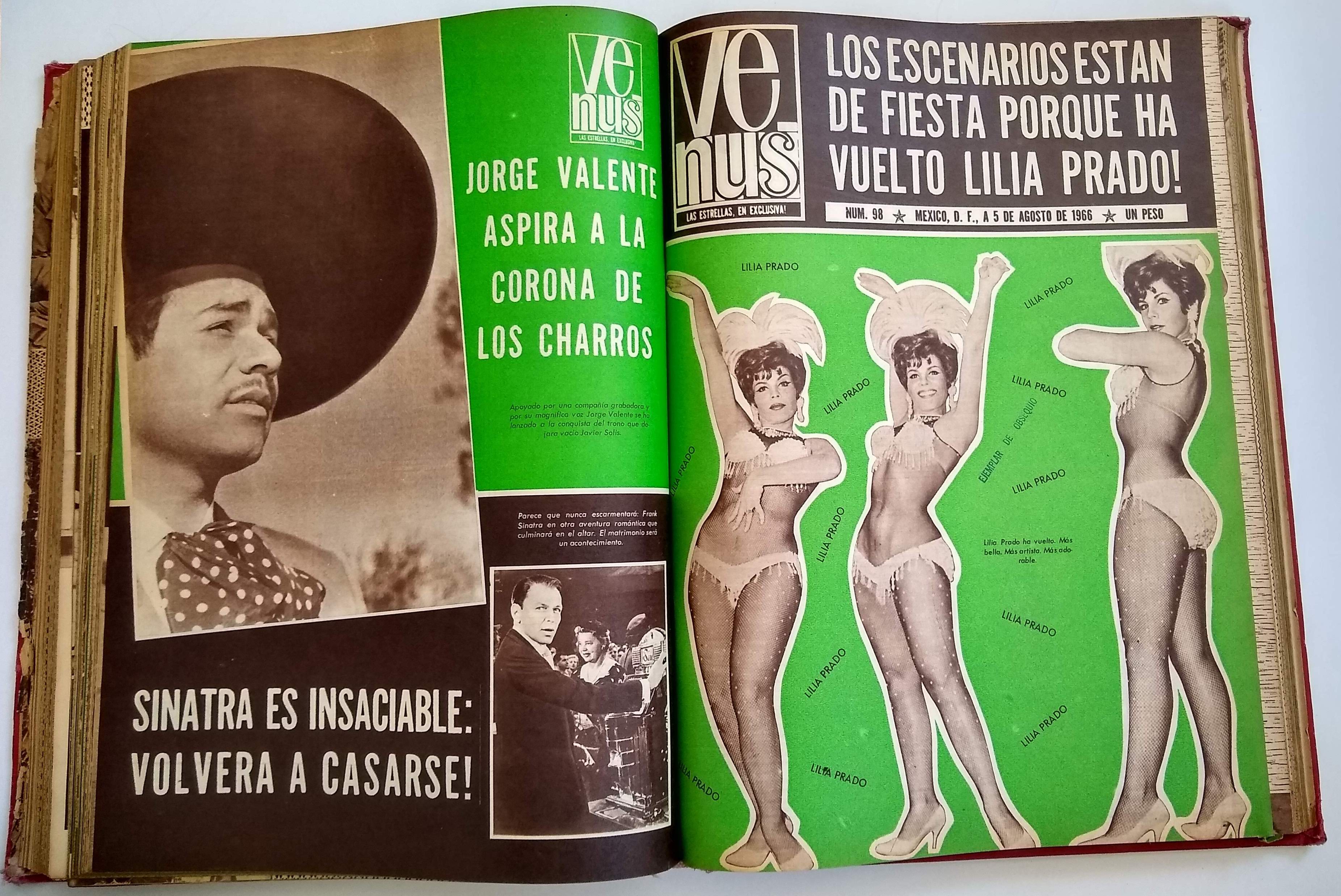
[Carlos Samayoa Lizárraga] 1966
Unrecorded cinema tabloid featuring Mexican actresses, edited by founder of groundbreaking prensa rojo weekly, Alarma!
Unrecorded cinema tabloid featuring Mexican actresses, edited by founder of groundbreaking prensa rojo weekly, Alarma!
Venus: Las Estrellas en Exclusiva! Nos. 73, 75-77, 79-82, 84-85, 88, 91-92, 95-104.
(Cinema) (Mexploitation) (Prensa Rojo) Samayoa Lizárraga, Carlos, Ed. Venus: Las Estrellas en Exclusiva! Nos. 73, 75-77, 79-82, 84-85, 88, 91-92, 95-104. México: D.F.: [Publicaciones Llergo], 1966. Small folio, 23 issues, each 31 pp., bound with orig. illustrated wrappers in contemporary cloth with orig. covers. Newsprint fragile and lightly toned, some minor chipping, creases.
A broken but substantial run of an otherwise unrecorded chiefly photographic tabloid featuring the major and minor actresses of Mexican cinema. Each issue with full-page centerfolds. The editor, Carlos Samayoa founded the iconic tabloid weekly Alarma! in 1963. As the original prensa rojo, Alarma! revolutionized the Mexican popular press and Samayoa (together with right wing publisher Regino Hernandez Llegro) led the era-defining transition to sensationalist journalism.
Venus follows Samayoa’s successful graphic formula at Alarma!, with a skillful combination of photography, eye-catching headlines, and gossipy industry columns. Issues are dedicated to well-regarded actresses and singers of the 1960s including Lilia Prado, Maria Victoria, Angélica María, Ana Bertha Lepe, Sonia Infante, Ana Martín Yolanda Montes (Tongolele), and Gina Romand. Retrospectively Venus documents a generation of women whose work on Mexploitation films has largely been forgotten. These include Mary Esquivel, Rossy Mendoza, Mayte Carol, Angelita Castany, Grace Polit, Marga Lopez, Ana María Fernández Pomar, Elsa Cárdenas, Eva Norvind, Jeanine Acosta, Fanny Cano, Maria Fuensanta, Malu Reyes, Vianey Lárraga, Olga Guillot, et al.
Articles written under pseudonyms report on social issues of the 1960s, including “skirts vs. pants,” and actresses exploited in border towns of Cd. Juarez and Tijuana by Northamerican tourists. Privilege given to actresses of Mexican origin, frequent accusations of malinchismo to those descriminating against Mexican beauties.
$900
Isidoro Slullitel 1971
Unrecorded volume of Argentinian art criticism, signed by artist Gyula Kosice.
Unrecorded volume of Argentinian art criticism, signed by artist Gyula Kosice.
Crónicas, documentos, y otros papeles.
(Art—Medicine) Slullitel, Isidoro. Crónicas, documentos, y otros papeles. [Rosario, Argentina]: Self-published, 1971. 8vo, 473 pp.; frontispiece b/w reproduction of a woodcut by Juan Grela; paper toned; pink card wraps, worn and splitting, top edge foxed. Gift inscription on half-title from author to the artist Gyula Kosice.
Slullitel was an orthopedist and art collector whose patronage in Rosario extended to both the visual arts and a literary salon. An uncommon volume of his thoughts about the relationship between medicine, art, and culture, with an important association.
Unrecorded in OCLC.
$175
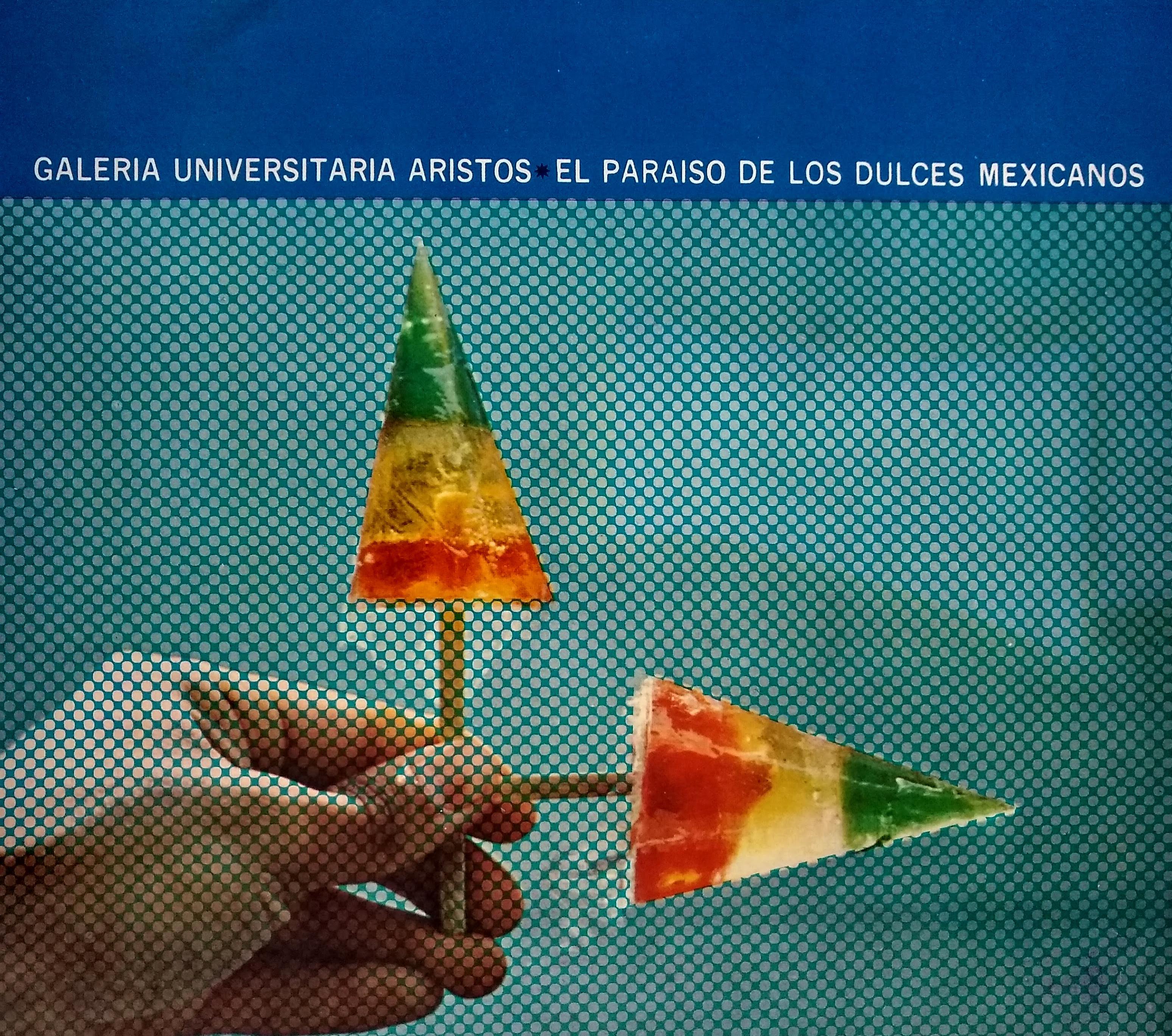
Galeria Universitaria Aristos [1968]
Scarce Mexican Pop Art exhibition catalogue.
Scarce Mexican Pop Art exhibition catalogue.
El Paraíso de los Dulces Mexicanos
Galeria Universitaria Aristos. El Paraíso de los Dulces Mexicanos. México, D.F.: Universidad Nacional Autónoma de México, n.d. [1968]. Square 8vo, [16] pp.; primarily visual, some reproductions in color, with [2] pp. wove paper insert. Stapled color pictorial wraps, extremities worn.
Exh. cat. exploring the sculptural artistry of Mexican confectionaries. Surrealist and Pop overtones. With text and images by artists associated with UNAM in the late 1960s including Olga Costa and Victor Fosado.
OCLC finds one US holding: UCSD.
SOLD

Uncommon catalogue of the second Baja artist biennial at the Instituto Nacional de Bellas Artes, CDMX.
Uncommon catalogue of the second Baja artist biennial at the Instituto Nacional de Bellas Artes, CDMX.
Plastica Bajacaliforniana: Selección Bienal 1977
Plastica Bajacaliforniana: Selección Bienal 1977. Exh. cat. [México, D.F.]: [Instituto Nacional de Bellas Artes], [1977]. Square 8vo, [24] pp.; intro by critic Raquel Tibol, reproductions of artists’ works followed by bios and checklist. Stapled wrapper tight, a few small dents.
Catalogue of the second Baja artist biennial, held at the Instituto Nacional de Bellas Artes in Mexico City. One OCLC holding: LACMA.
$45
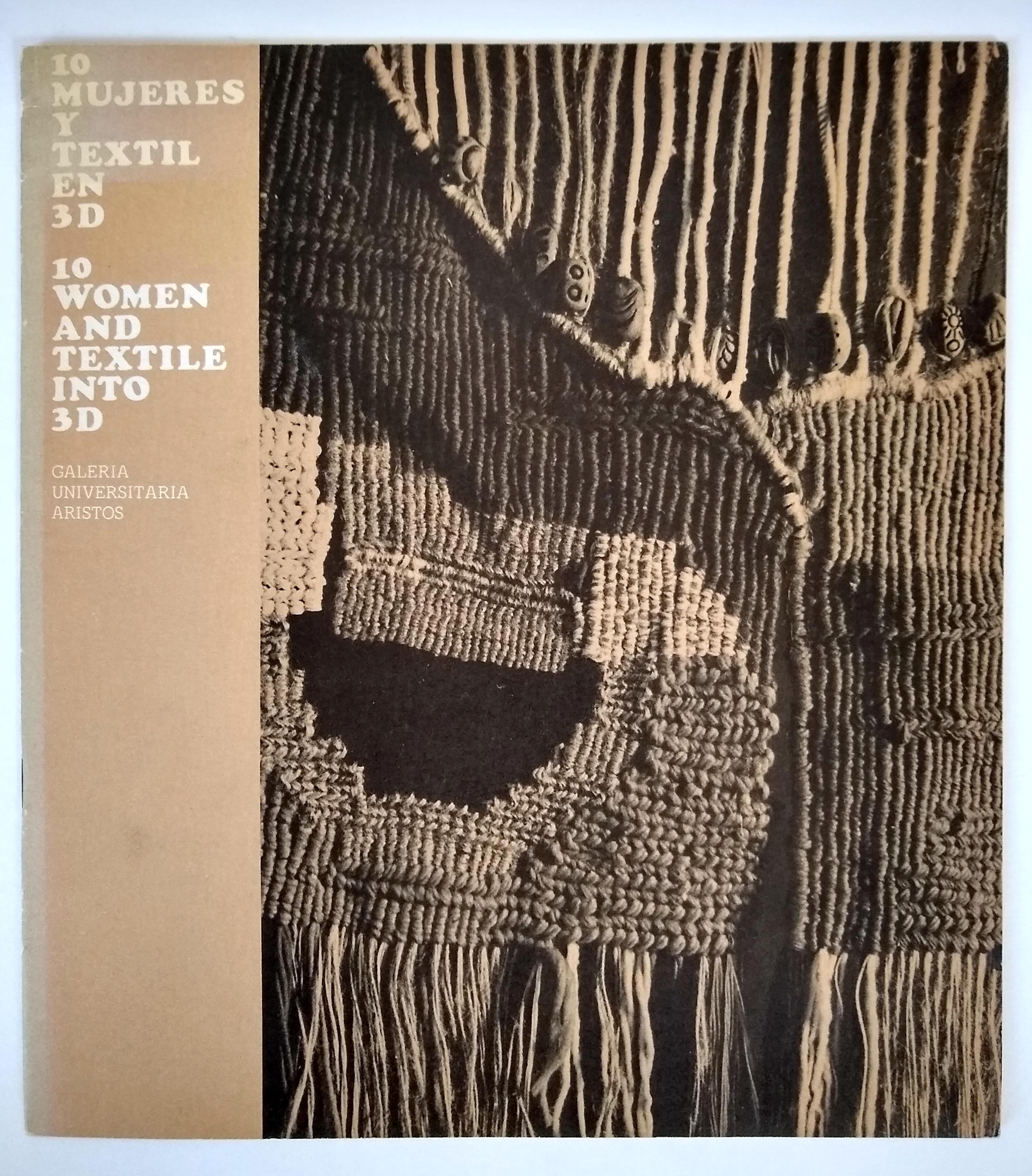
Galeria Universitaria Aristos 1975
Fiber arts catalogue.
Fiber arts catalogue.
10 Mujeres y Textil en 3D / 10 Women and Textile into 3D
Galleria Universitaria Aristos. 10 Mujeres y Textil en 3D / 10 Women and Textile into 3D. México, D.F.: Universidad Nacional Autónoma de México, 1975. Square 8vo, [16] pp.; intro, checklist and 11 b/w pls.; stapled pictorial wraps, sunned. Printed by Imprenta Madero.
Exh. cat. in Spanish and English, exploring contemporary fiber arts in Mexico, including Marta Palau, Leticia Arroyo, et al., and paying “homage to the creative weaver during the Women’s International Year.” Introduced by anthropologist and curator Marta Turok.
$60
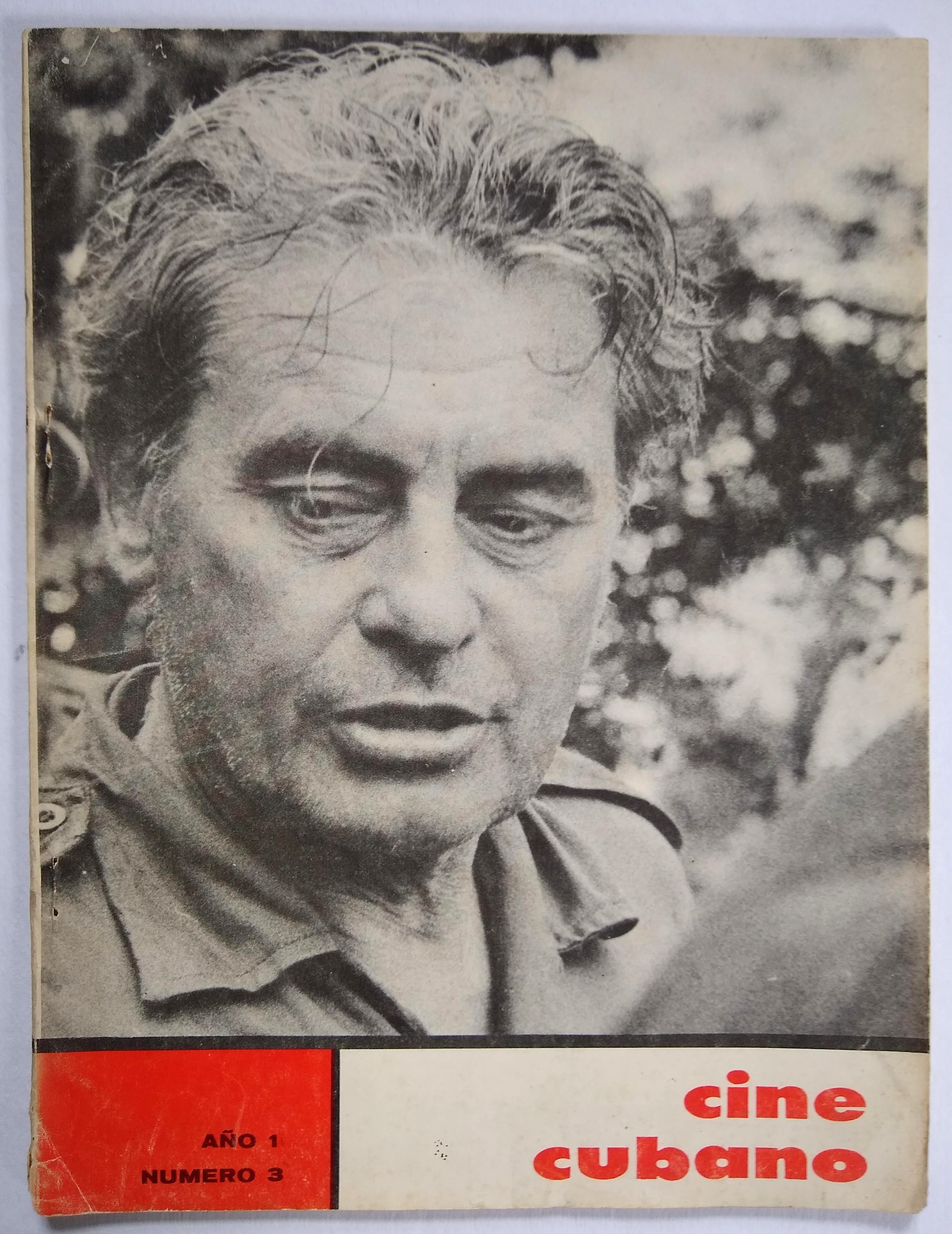
1960; 1962
Cine Cubano. Año 1, No. 3 and Año 2, No. 6.
Guevara, Alfredo, Ed. Cine Cubano. Año 1, No. 3 (Nov. 1960) and Año 2, No. 6 (February 1962). La Habana: n.p., 1962. 2 issues, each: 4to, 82 pp.; profusely illustrated review of Cuban and international cinema; some edgewear, creases, or nicks; former with ex-libris stamp on p. 3, latter with loss to top corner of front wrap.
Early issues of the classic revolutionary film journal.
$75
Misc.: Health, Propaganda, Tourism, Women
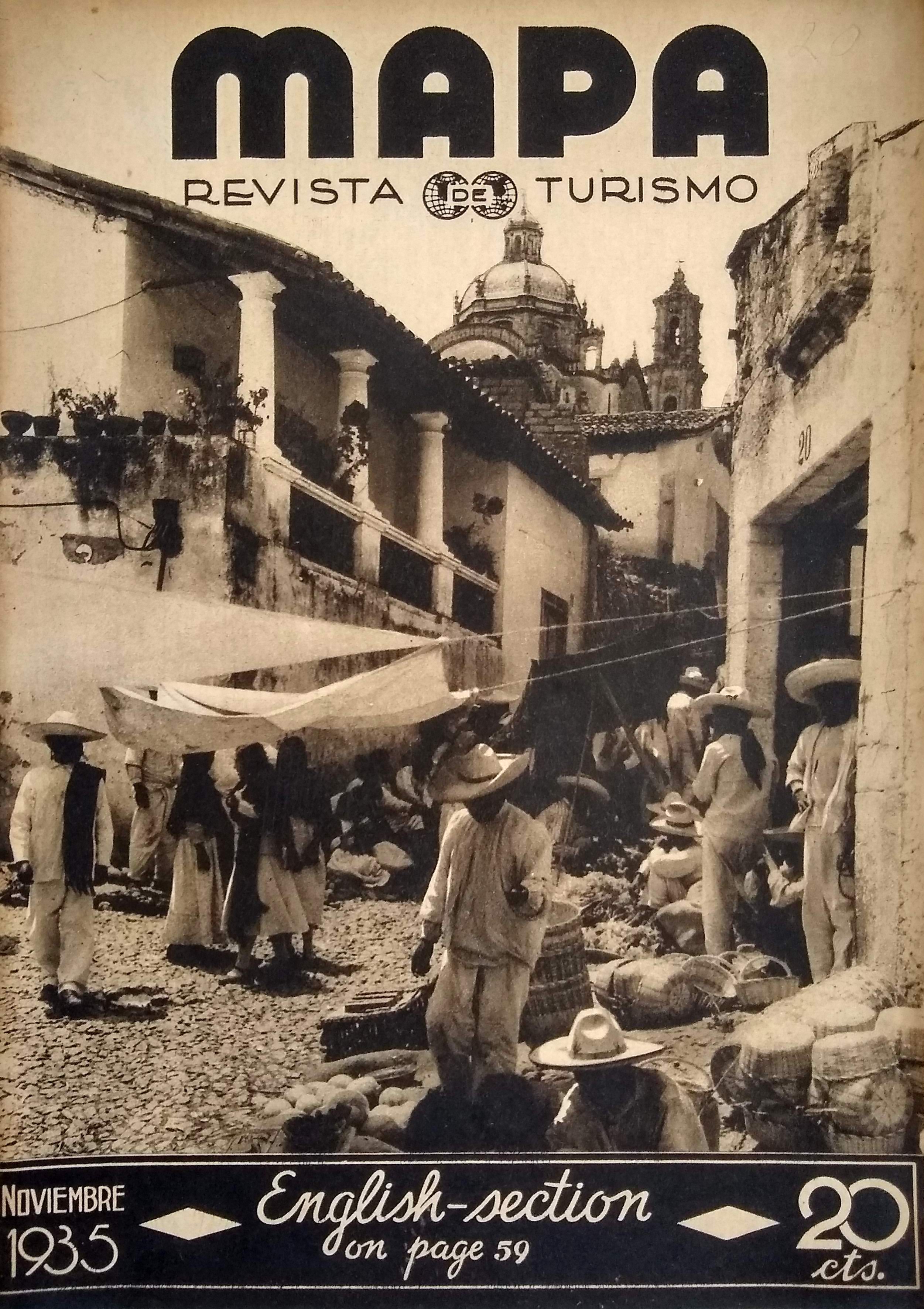
[Asociación Mexicana Automovilística] 1934-1943
(Photography) (Graphic Design) Documenting the development of Mexico's tourist industry during a period of post-revolutionary state building.
(Photography) (Graphic Design) Documenting the development of Mexico's tourist industry during a period of post-revolutionary state building.
MAPA: Revista de Turismo. [50 issues]
[Asociación Mexicana Automovilística]. MAPA: Revista de Turismo. Nos. 1, 3-5, 7-11, 13-22, 24, 26, 31, 34-35, 38-46, 48, 52-54, 56-59, 61-62, 78, 80, 88, 108, 114. [subtitle varies]. Mexico, D.F.: Editorial Mercurial, 1934-1943. 50 issues incl. two duplicate (nos. 9, 43), 11-¾ x 8 in., most approx. 46-64 pp.; profusely illus., largely by b/w reproductions from photos, Spanish with a short English language section in most issues; printed on fragile newsprint, many issues toned or dampstained, small tape repairs, and minor chips or closed tears throughout; pictorial stapled wrappers, stained and/or chipped, many with issue number penciled recto, nos. 7, 22, 24, 58, and 61 either loose or with substantial losses, nos. 46, 54, and 56 incomplete.
Founded in 1934, the monthly serial MAPA is now recognized as an inventive, primary document of Mexico’s national tourist program. “The story of the development of Mexico’s tourist industry unfolds during a mostly unlikely period—revolutionary state building.” Embracing both modernism and indigenism, MAPA publicized the incredibly diverse natural, archaeological, and cultural features of Mexico’s states, providing a literal roadmap for the tourist industry that continues today. The Asociación Mexicana Automovilística worked with government agencies to produce a stylized and propagandistic guide for automobile tourism, informing the public about new roads and services, promoting automobile ownership and travel, but especially highlighting popular arts, festivals, local traditions, natural resources, architecture, museums in the capital, and even foreign tourism in a monthly feature. Tourism emerged during the Cardenas administration as a post-revolutionary industry that fused nationalism and modernity by celebrating the grandeur of all things Mexican and fueling local economic growth. “It was an expression of revolutionary reconstruction rooted in capitalism, namely development, urbanization, and personal advancement.” Unfortunately it also proved to be “a kind of imperialism.”*
The editor, Francisco Borja Bolado, worked with luxury hotel impresario and AMA founding member Lucas de Palacio to engage an envious list of collaborators for MAPA. The arresting photography of the first five years was chiefly by Hugo Brehme, Luis Márquez, and Rafael Garcia, with additional contributors including Manuel Álvarez Bravo and Gerardo Murillo (Dr. Atl). In addition to accomplished staff writers, issues include articles by Nobel laureate Gabriela Mistral, historian Manuel Toussaint, poet Xavier Villaurrutía and novelist José Rubén Romero.
Hand-lettered Art Deco titles within are complemented by period advertisements for cars, hotels, perfumes, auto parts and services, etc. Although the magazine shifted in the 1940s from its initial avantgarde design, it continued in various formats until 1953.
Substantial runs of the early numbers are uncommon institutionally and in the market. OCLC finds scattered or incomplete holdings at Harvard (missing), NYPL, UC-Berkeley, and Toronto; with a more or less intact run at UT-Austin.
*Dina Berger, The Development of Mexico’s Tourism Industry: Pyramids by Day, Martinis by Night, New York: Palgrave Macmillan, 2006.
SOLD

1955
Single issue of a rare serial distributed to "campesinos [y] agricultores ..."
Single issue of a rare serial distributed to "campesinos [y] agricultores ..."
Agro: La Mejor Revista del Campo. Año I, No. 5.
Agro: La Mejor Revista del Campo. Año I, No. 5. (June 1955). Mexico, D.F.: Imp. Cal-Yu-Mex. 4to, 30 pp., pictorial illus. wrapper, chipped with small closed tears. Toned.
One issue of a government sponsored(?) agricultural serial distributed for free to “campesinos, agricultores, miembros de las Sociedades de Crédito Ejidal.” Sections on farming, labor organizing, health, and religion.
OCLC listed only at BNM (partial).
$50
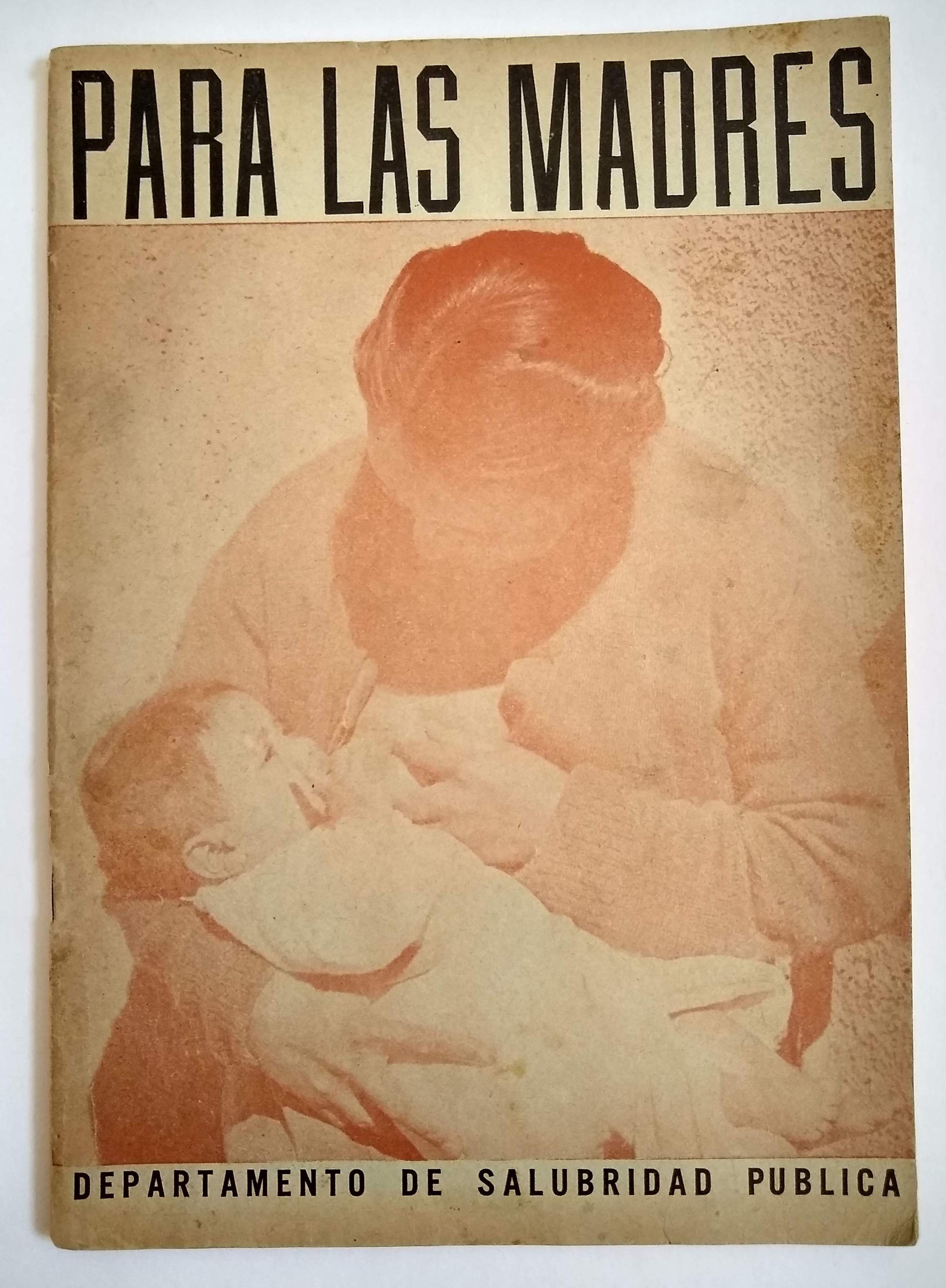
Departamento de Salubridad, México 1939
Public health propaganda incl. the "certificado pre-nupcial" exam promoted by the Mexican Eugenics Society.
Public health propaganda incl. the "certificado pre-nupcial" exam promoted by the Mexican Eugenics Society.
Para las Madres ...
(Maternal Health and Child Care) (Eugenics) Departamento de Salubridad, México. Para las Madres …. México, D.F.: D.A.P.P., 1939. 8vo, 64 pp.; 8 b/w pls., in pictorial stapled wrappers, rubbed and sunned. Good.
Propagandistic public health booklet promoting the connection between healthful, clean mothers and children and a strong society and nation. Including a section on the “certificado pre-nupcial,” a required premarital medical exam that was a part of the post-Revolutionary regulation of the national (“la gran familia mexicana’‘) family. The Mexican Eugenics Society was actively involved in the creation and implementation of these laws. Focusing on hygiene and care before marriage, during pregnancy, birth, and infancy, with sections on STDS, labor, early schooling, and the prevention of common infant diseases.
SOLD

Secretaria de Gobernacion, Departamento de Prevención Social 1939
Propaganda promoting social rehabilitation of juvenile delinquents.
Propaganda promoting social rehabilitation of juvenile delinquents.
Labor pro menores
(Juvenile Rehabilitation) (Socialism) (Photography) Secretaria de Gobernacion, Departamento de Prevención Social. Labor pro menores. México, 1939. 4to, 78 pp.; 9 pp. of introductory text followed by a chiefly illus. review of remedial institutions for juvenile delinquents, incl. one folding chart, very good. Illus. wrapper glued to stapled text block, wrapper stained and abraded, some separation, spine starting, fair.
Excellent, rare example of Cárdenas-era government propaganda. Espousing the revolutionary commitment to the social rehabilitation of children and providing an etiology of juvenile delinquency in Mexico from 1927-1931, the book celebrates newly built workshops and homes for boys and girls. Covers juvenile tribunals, vocational training, commercial enterprises, schooling, sports, and medical services.
Printed in the workshop of the boy’s vocational school.
One copy discoverable through OCLC: NYPL.
SOLD
